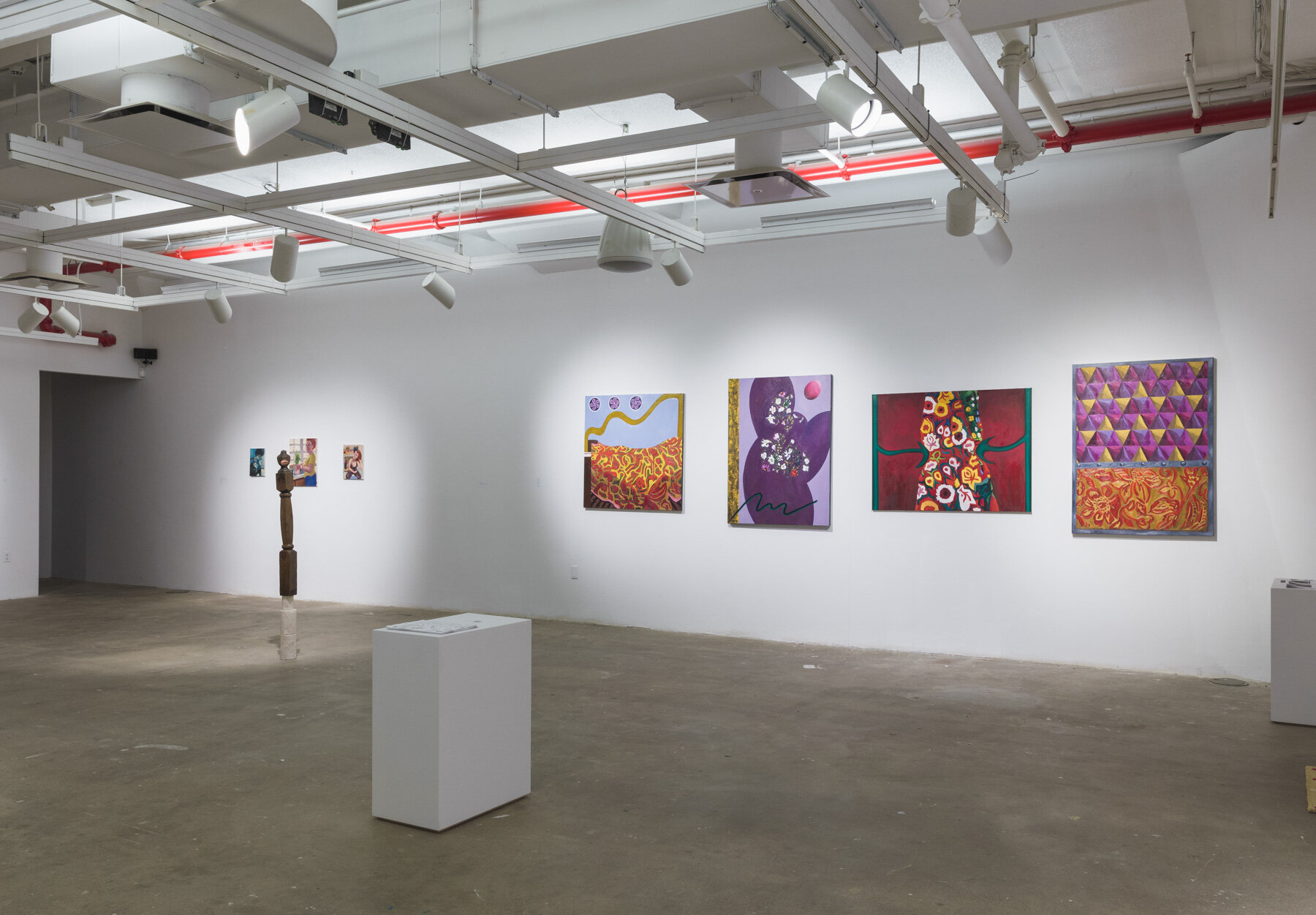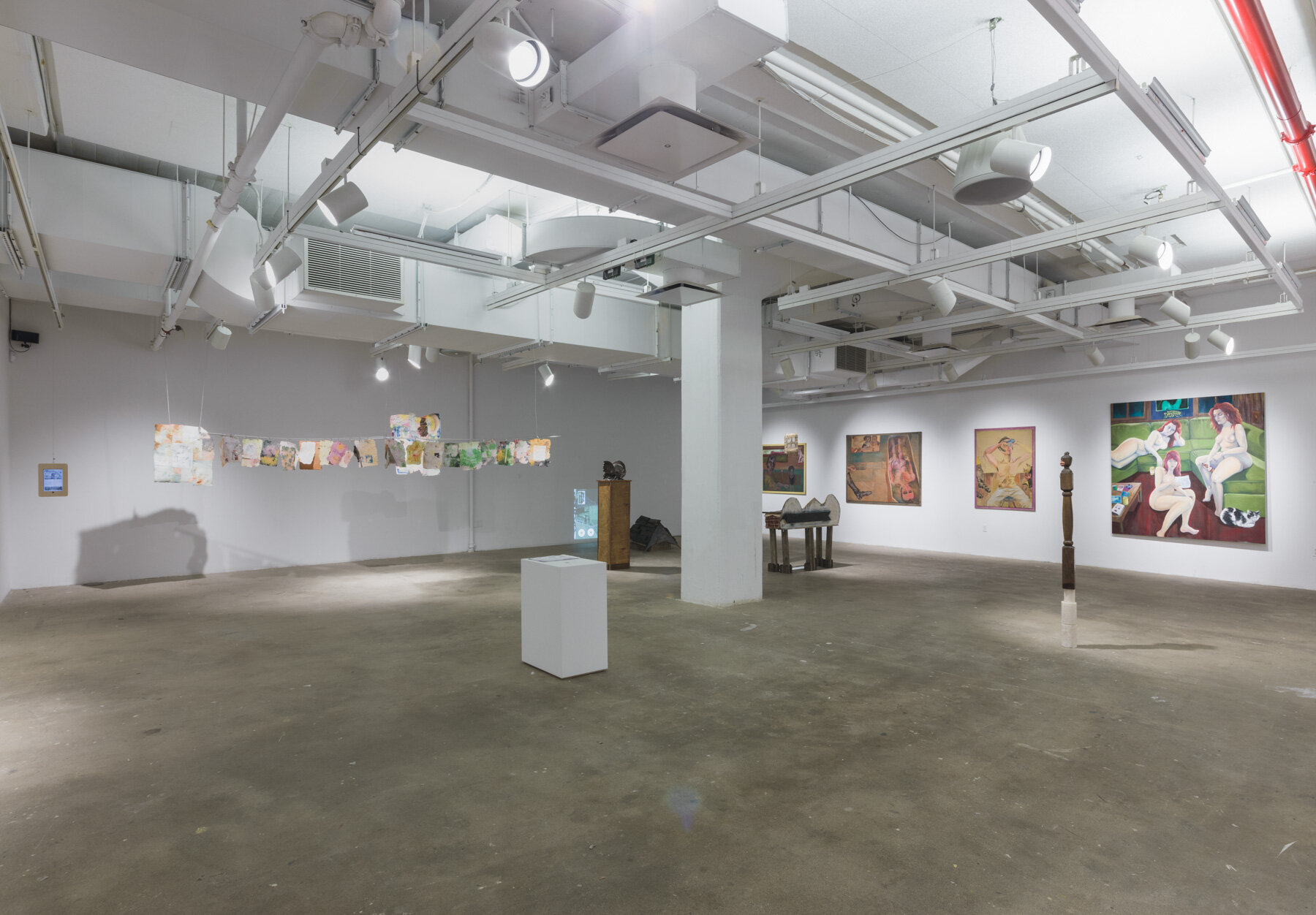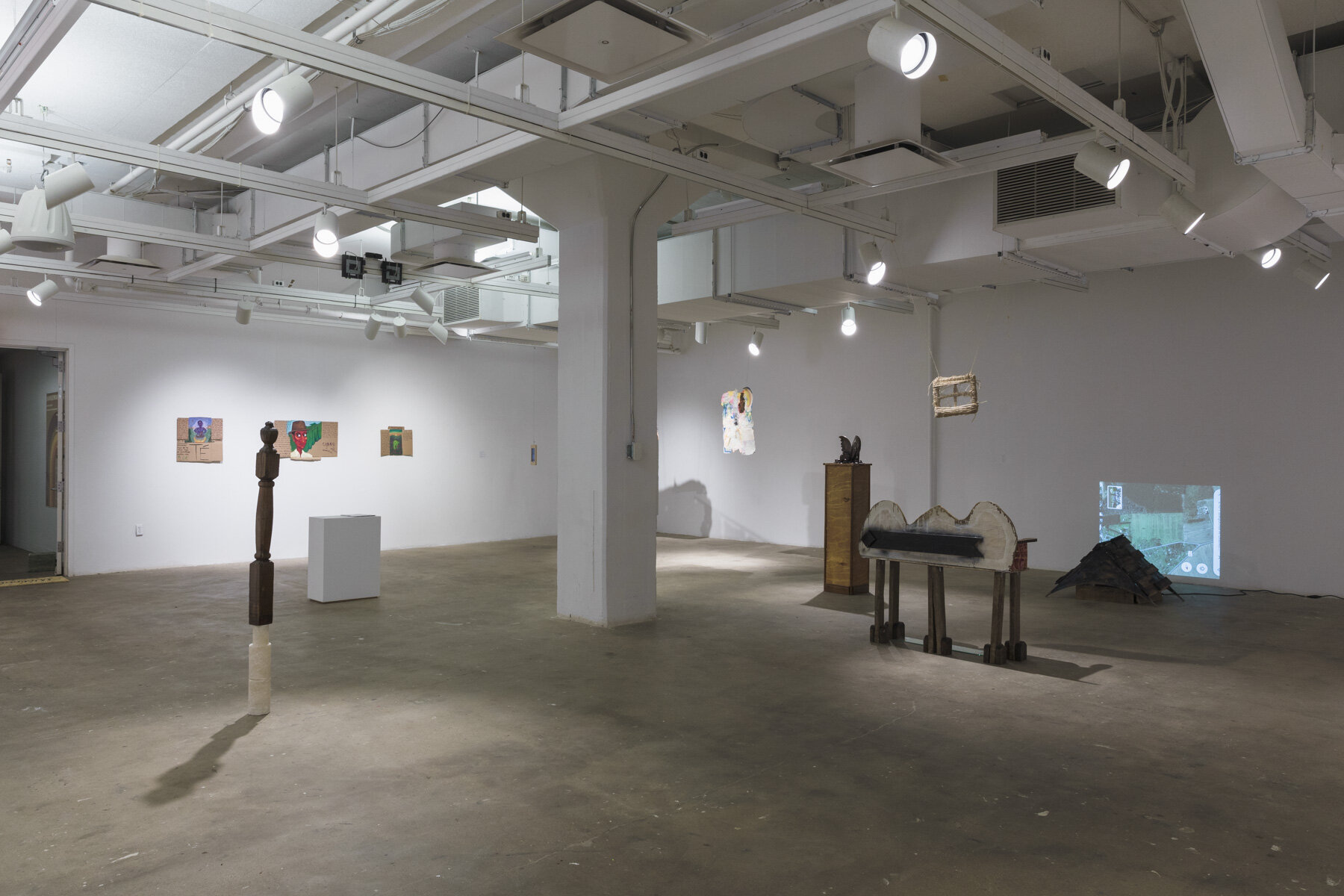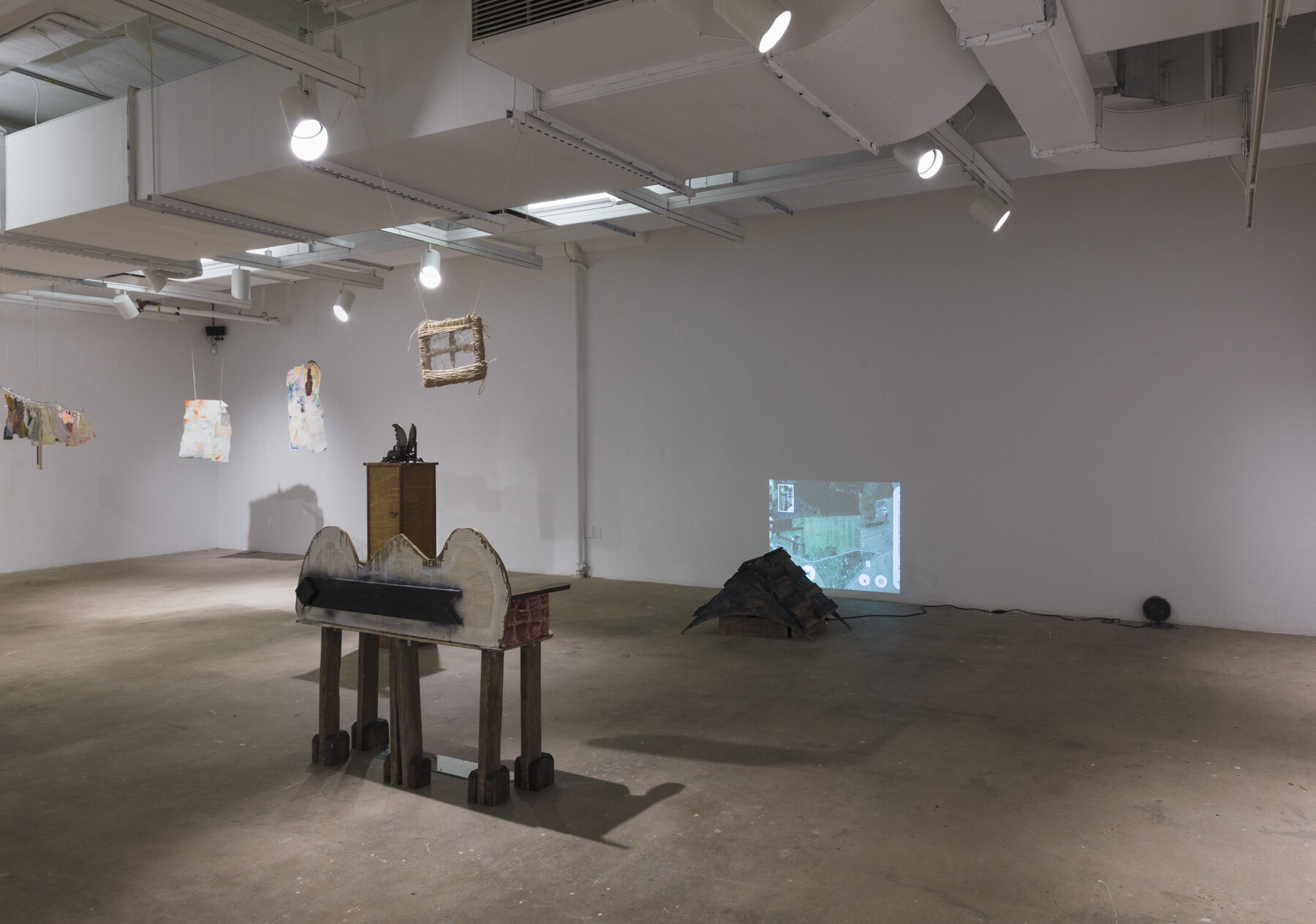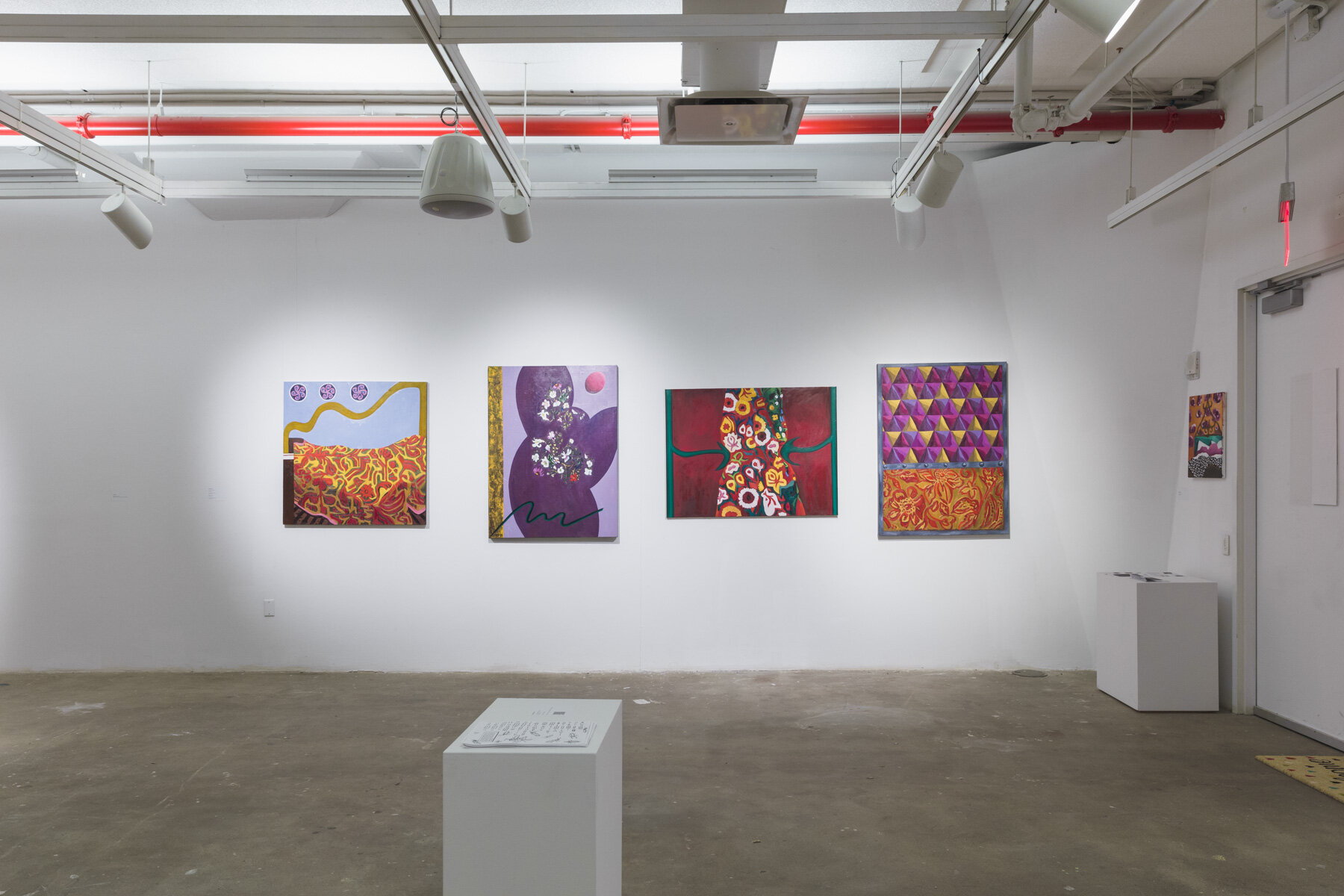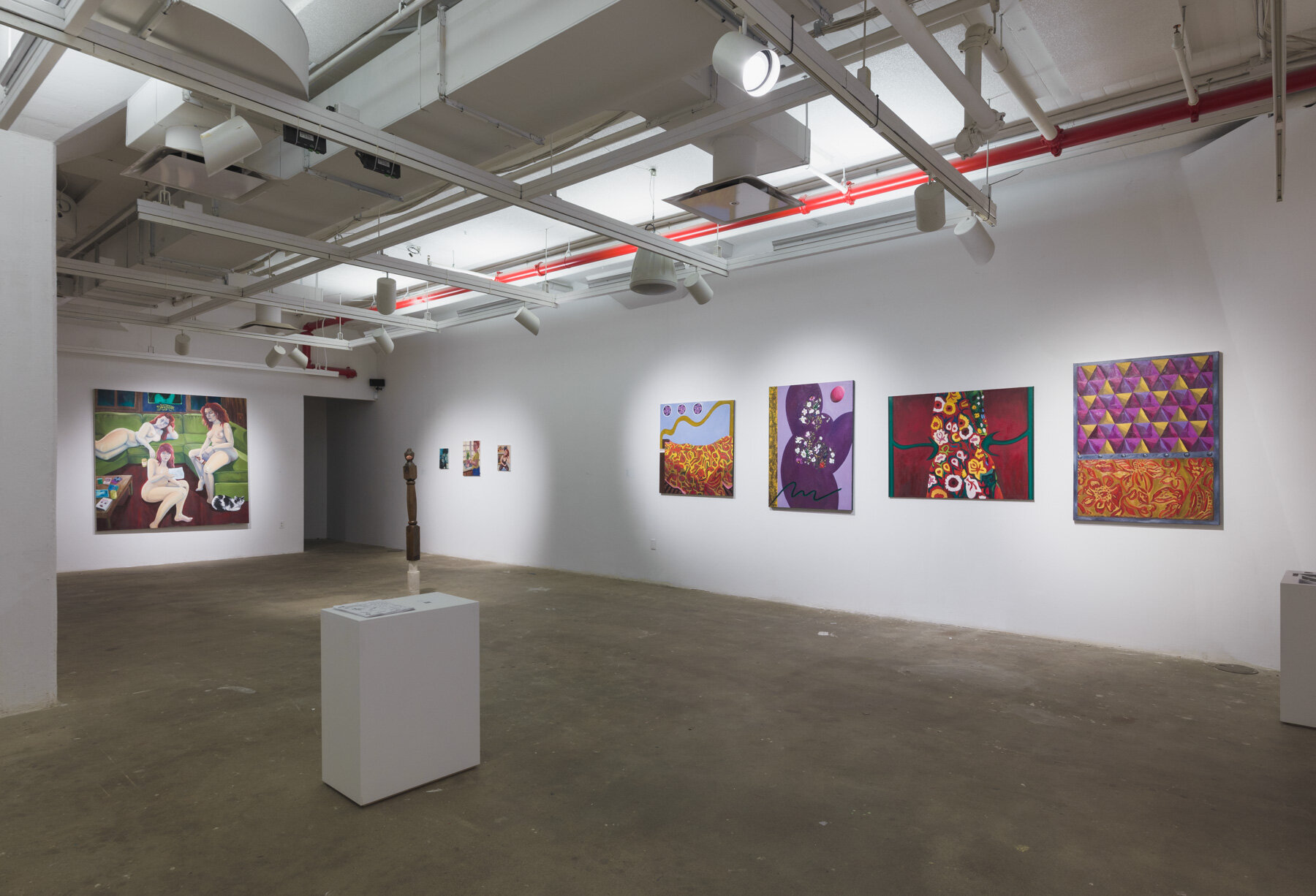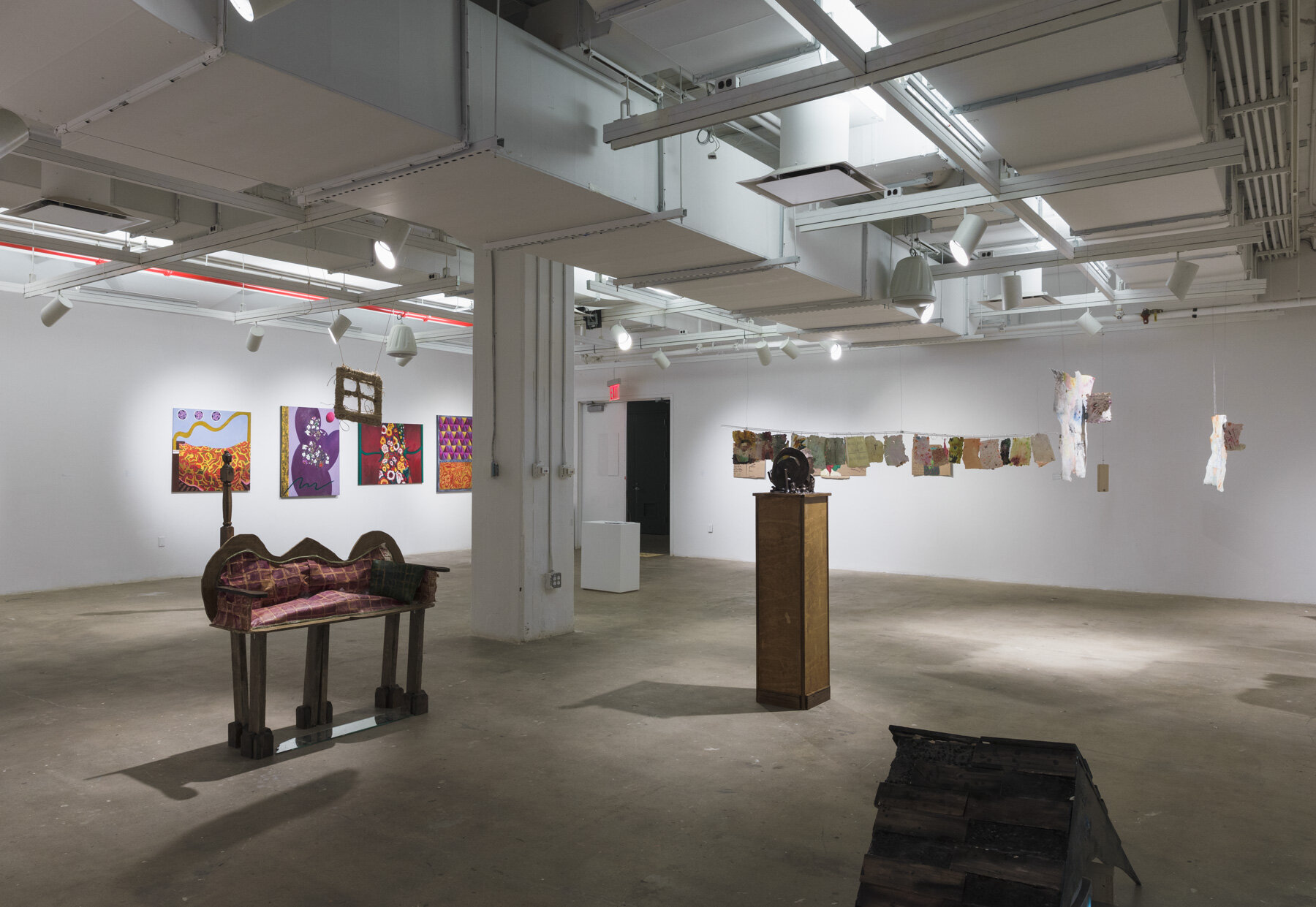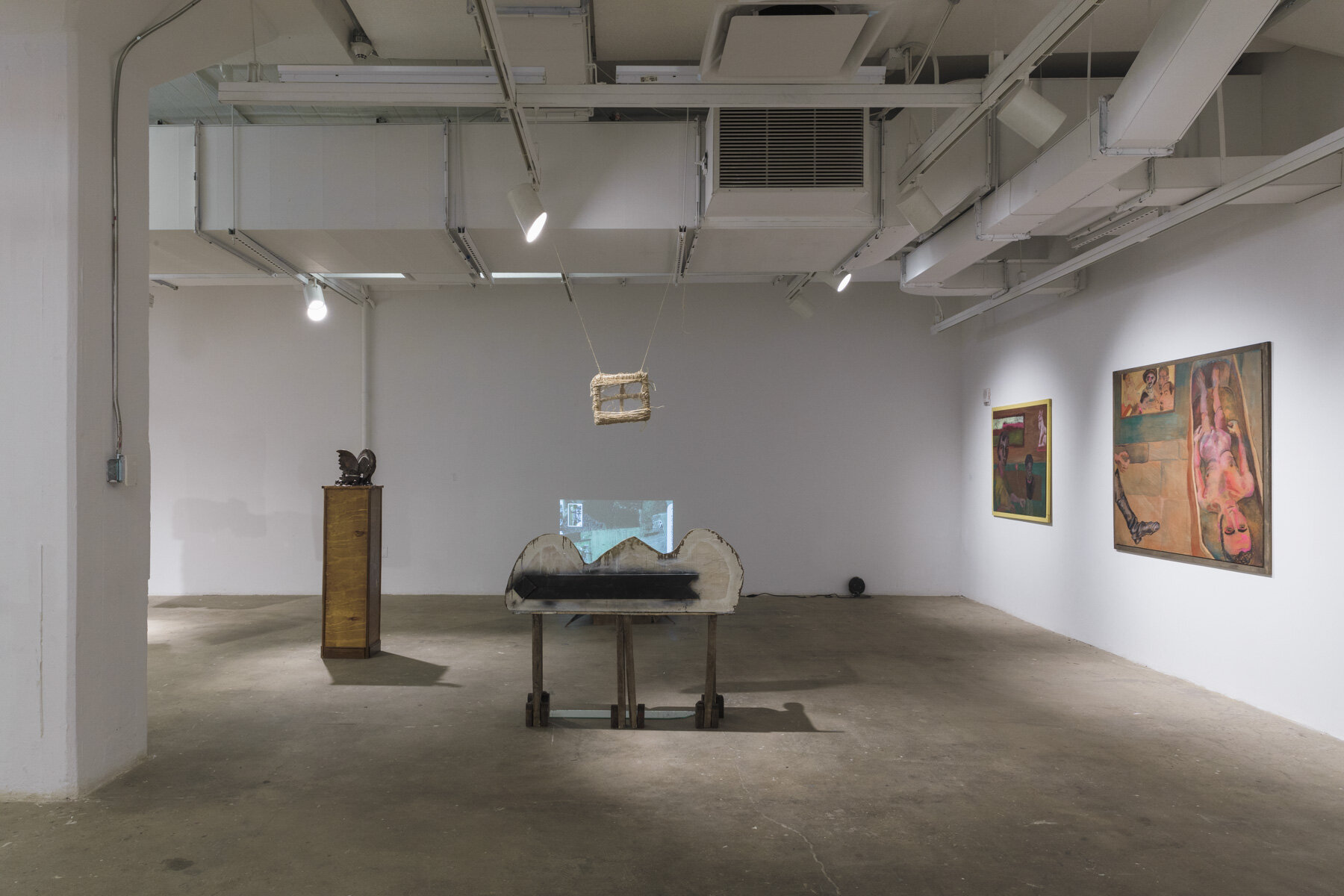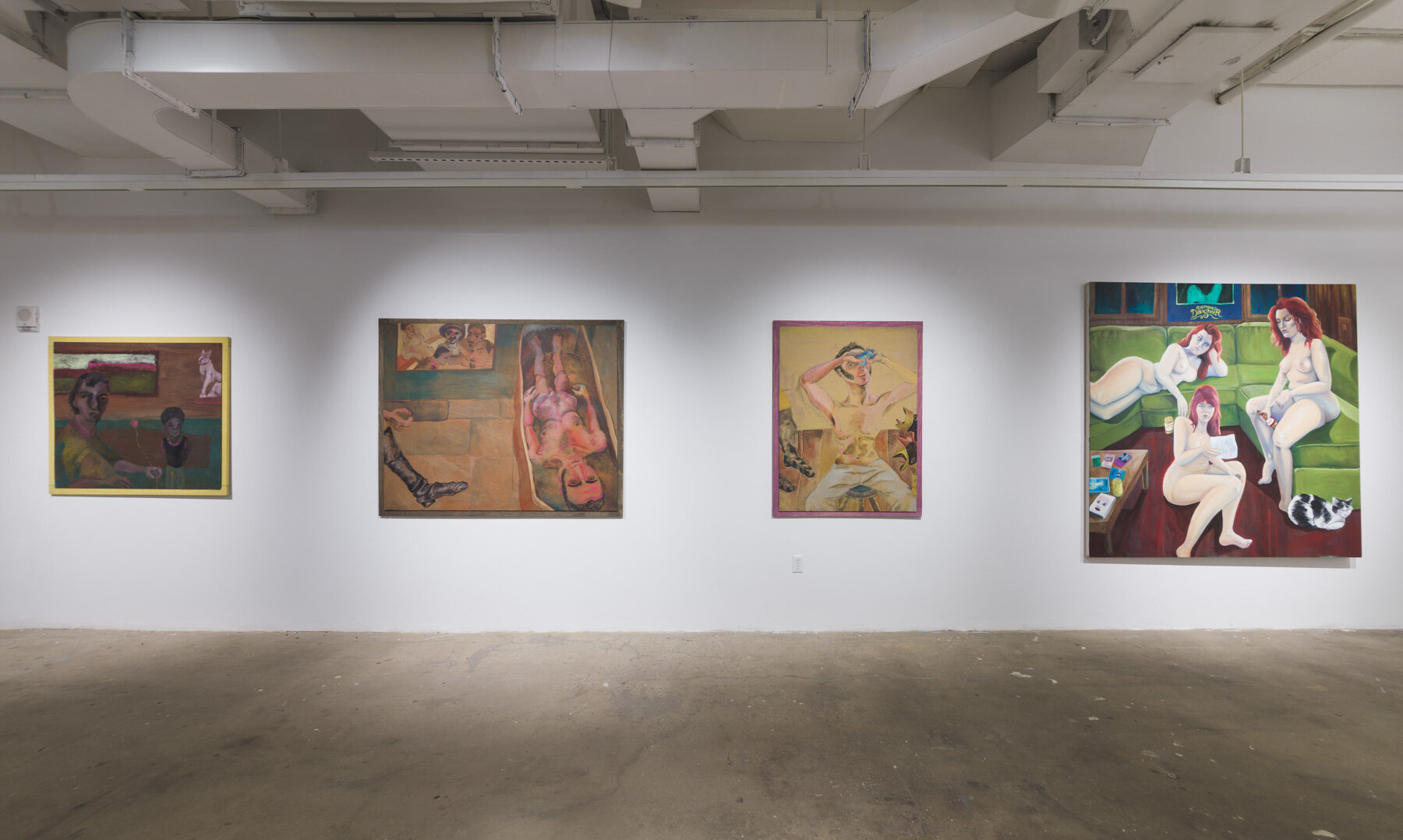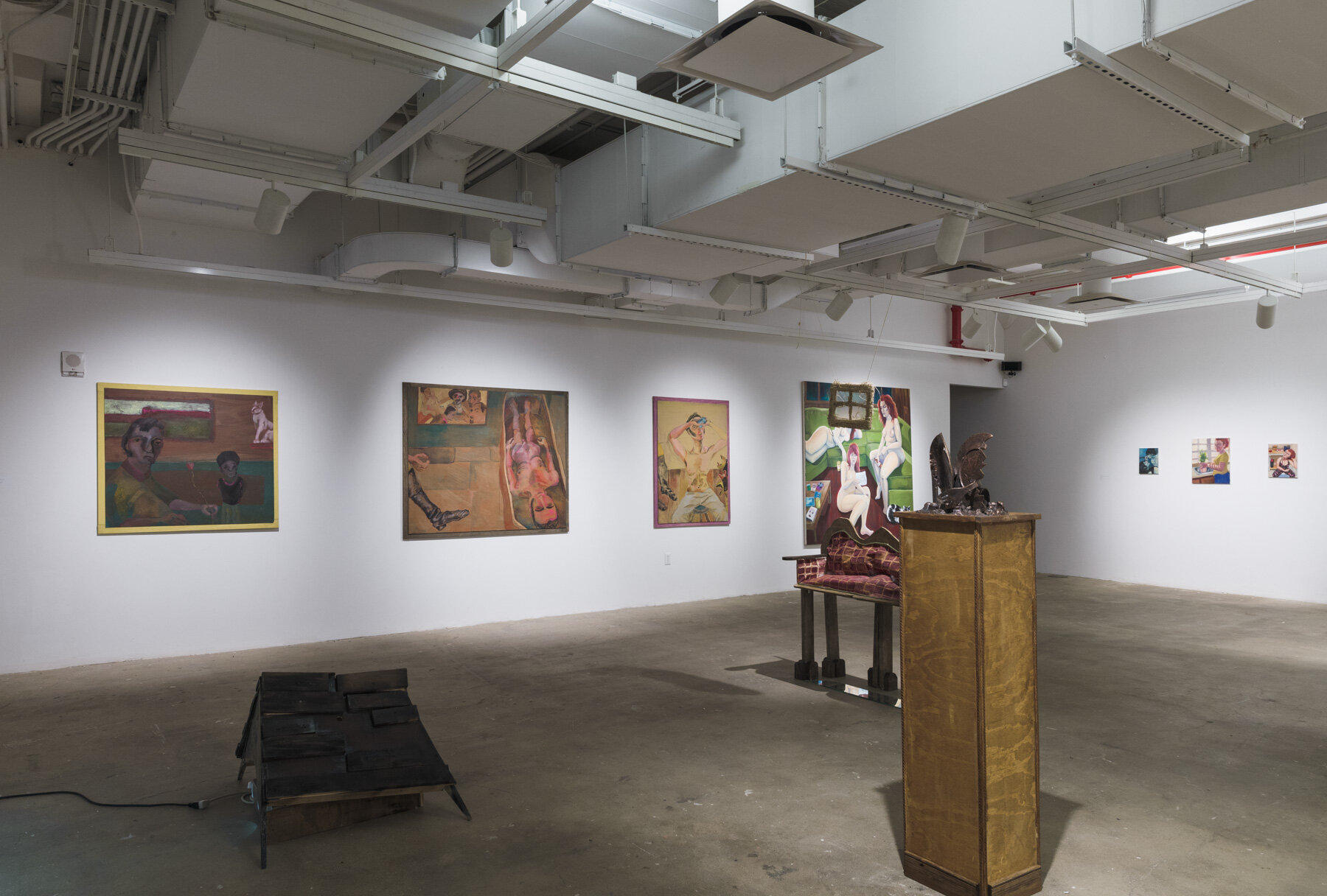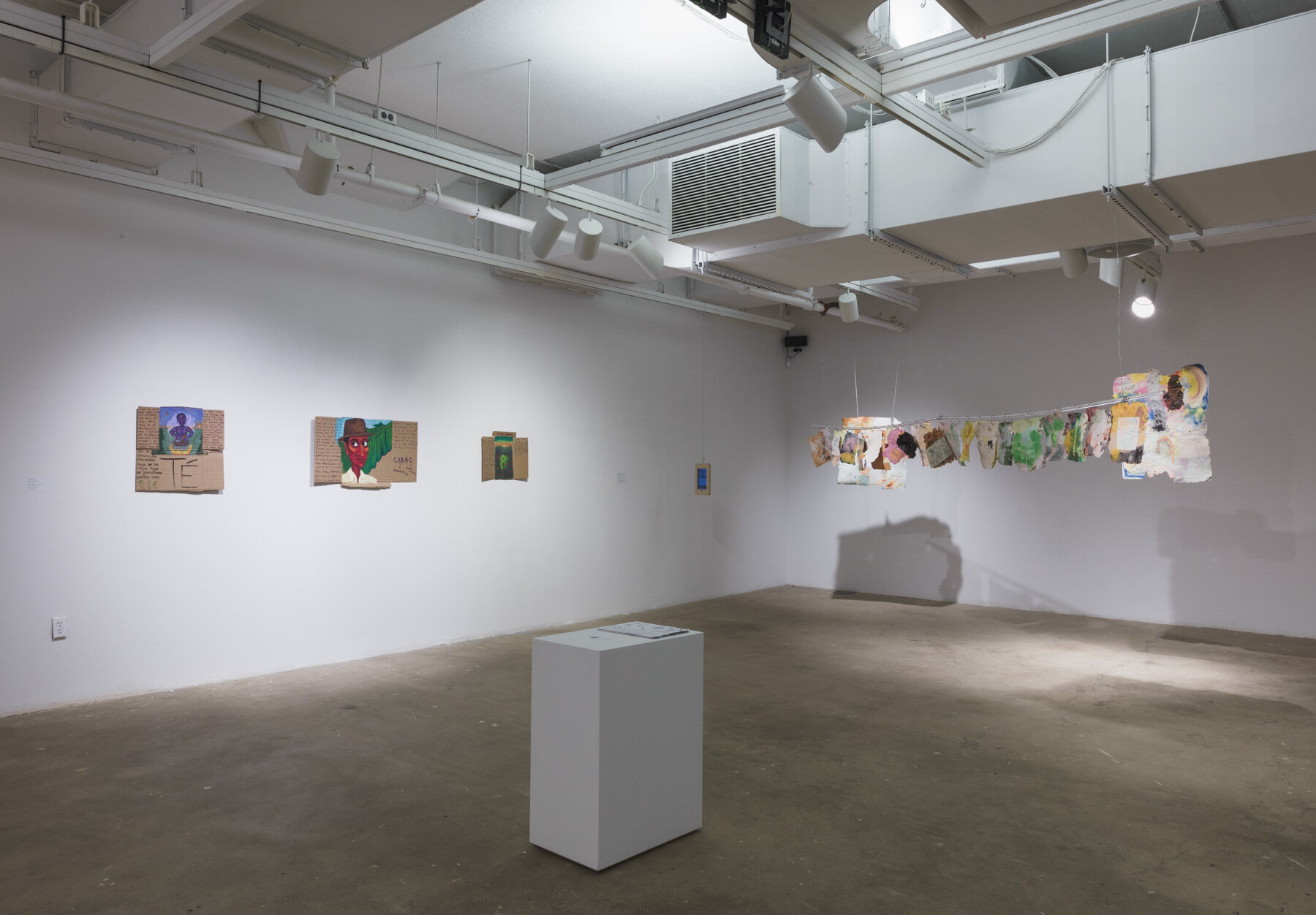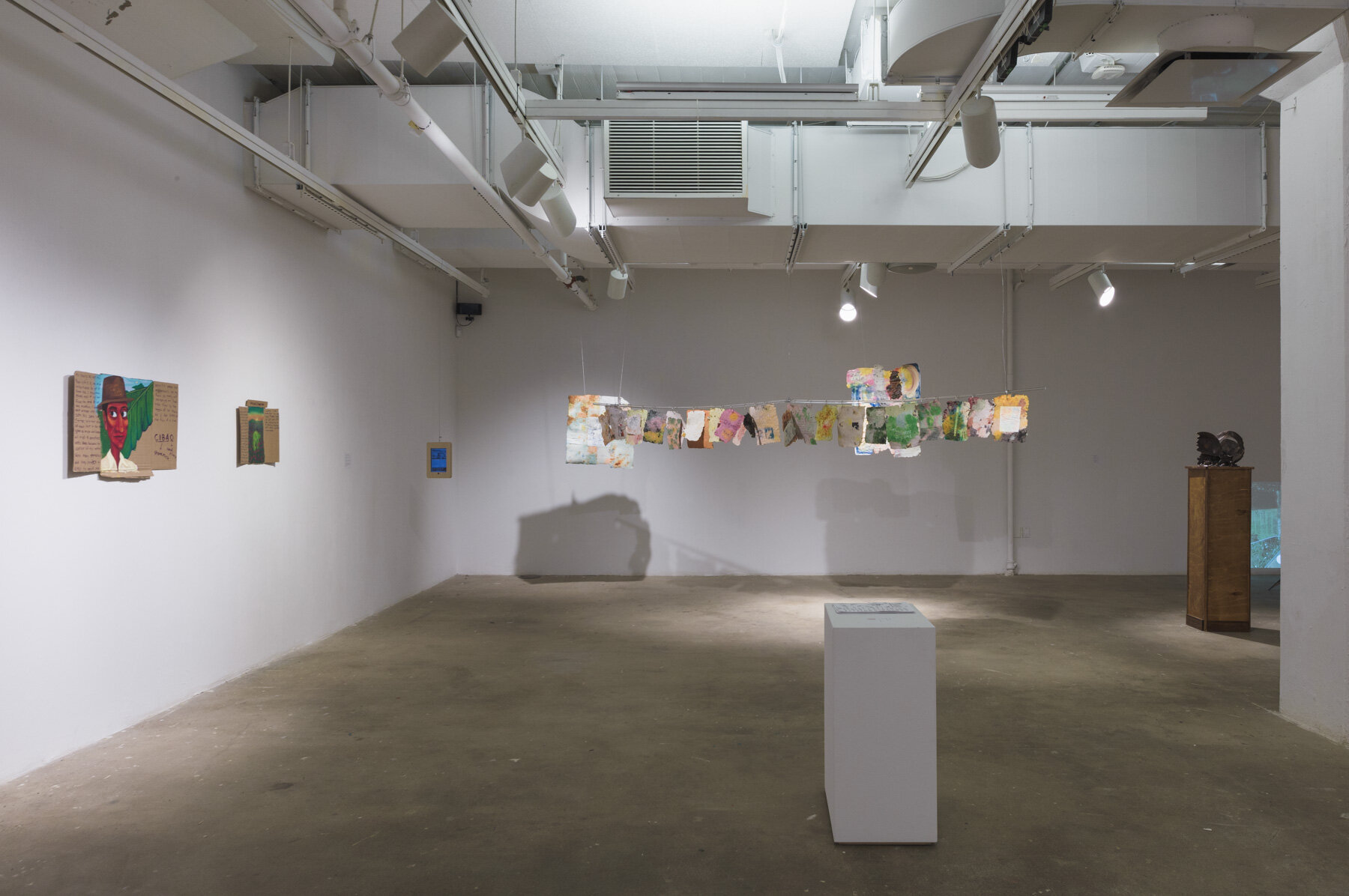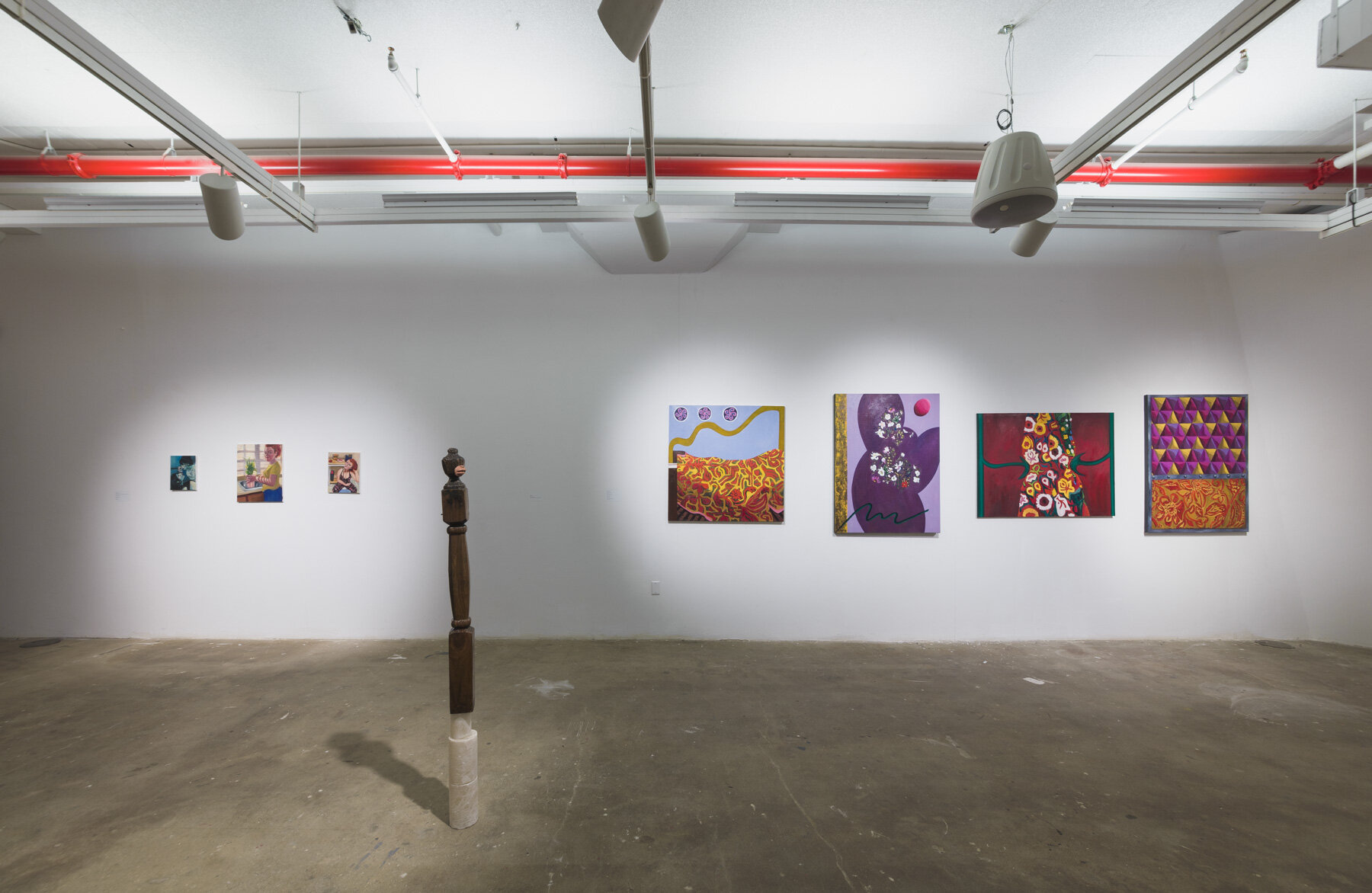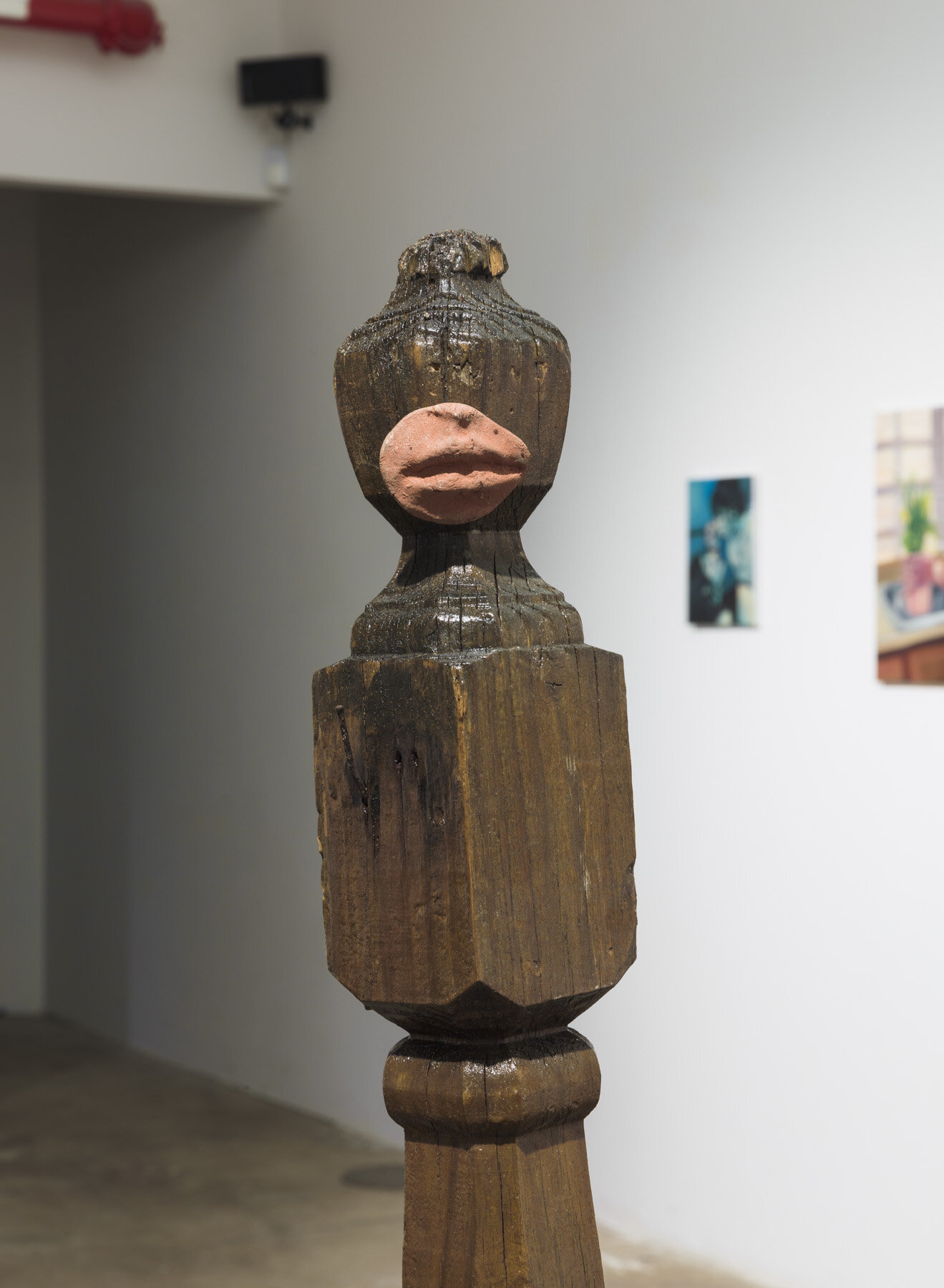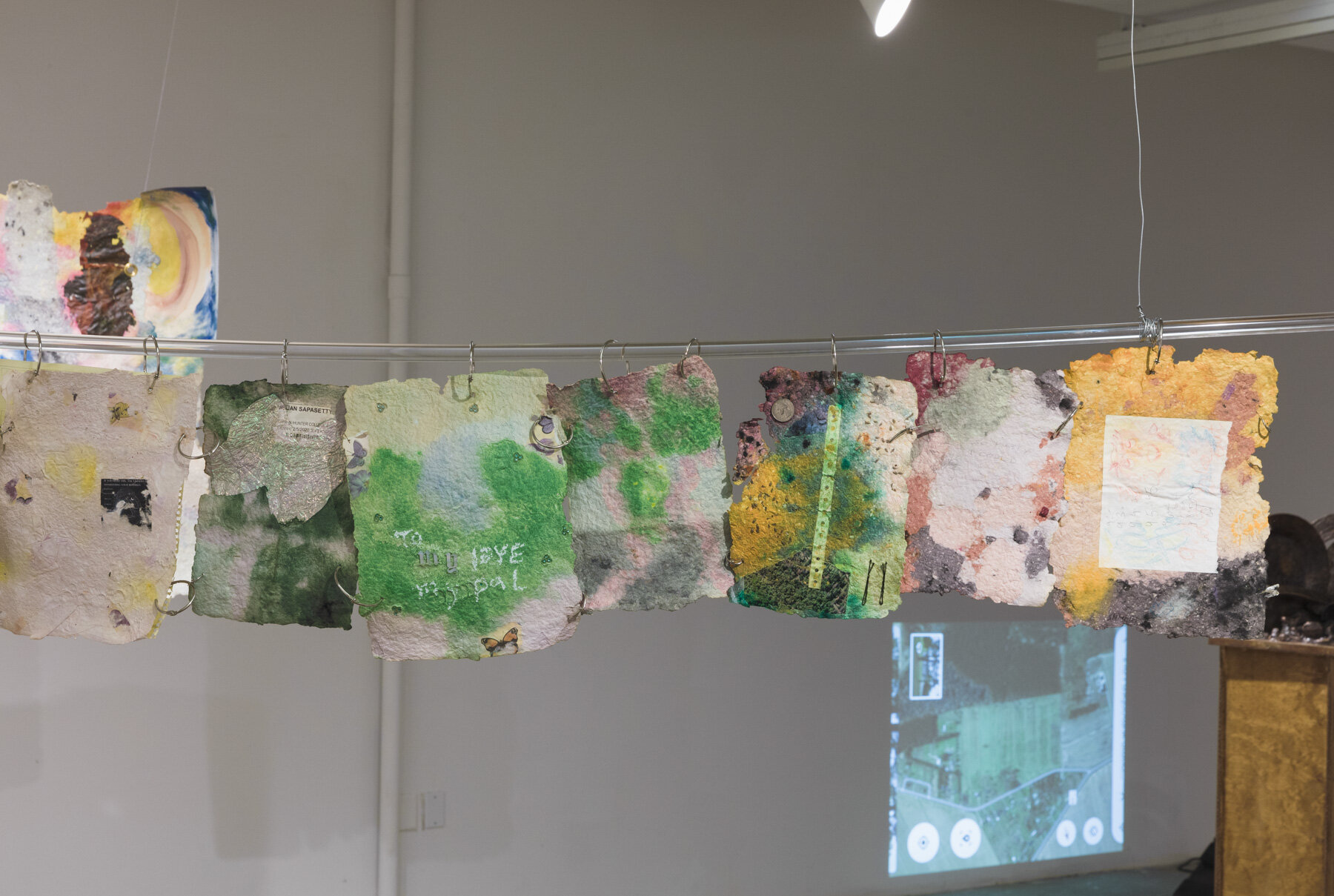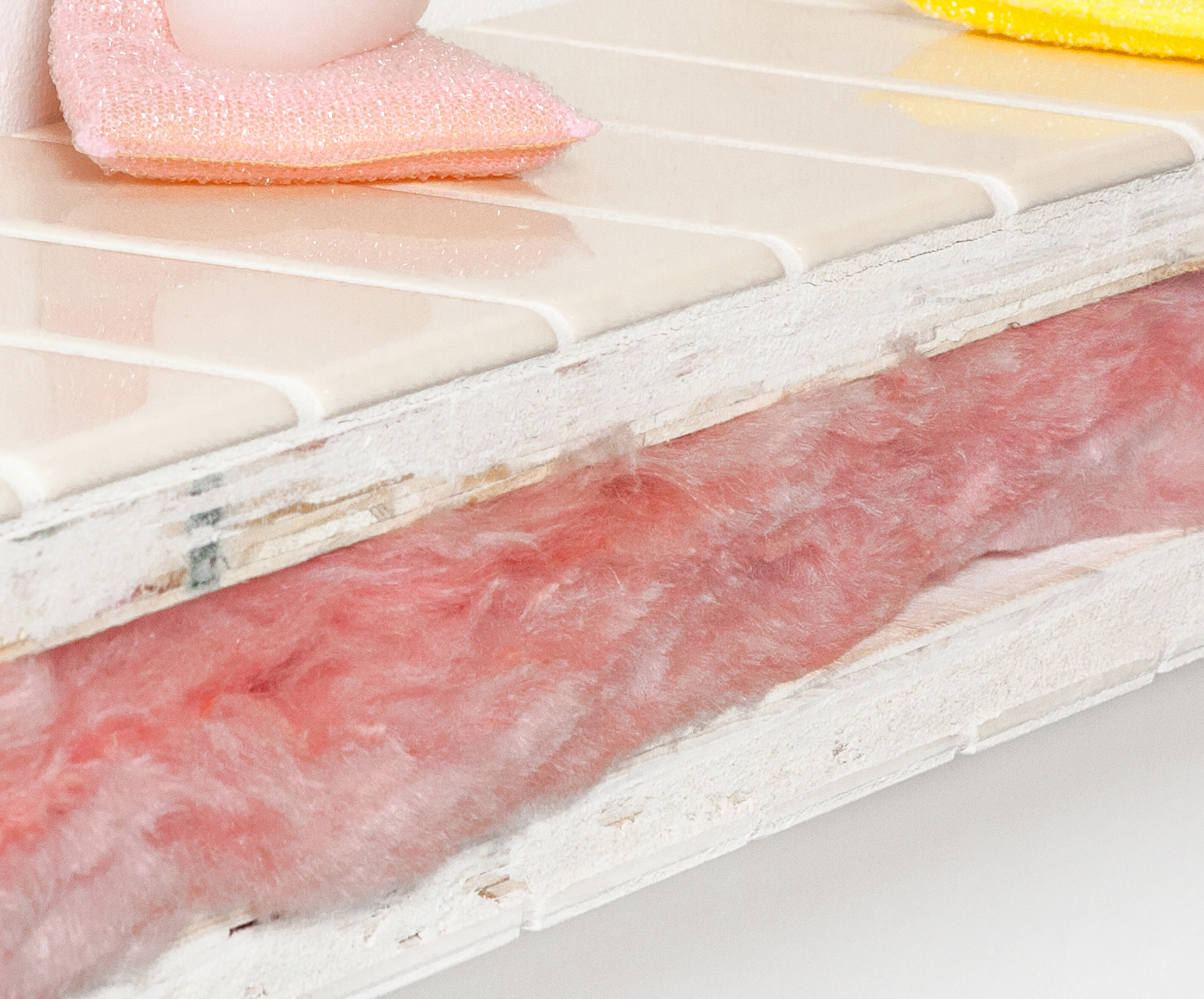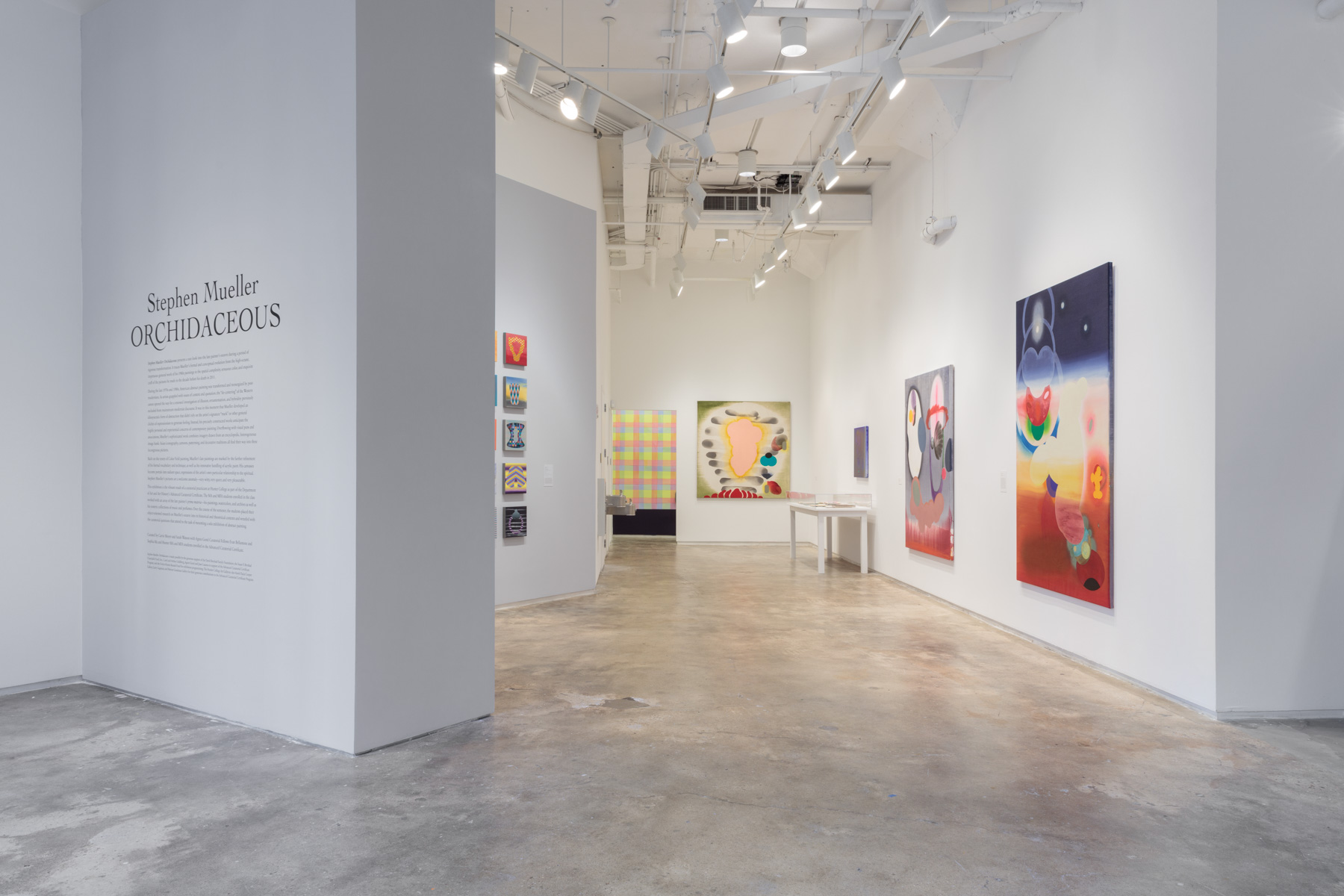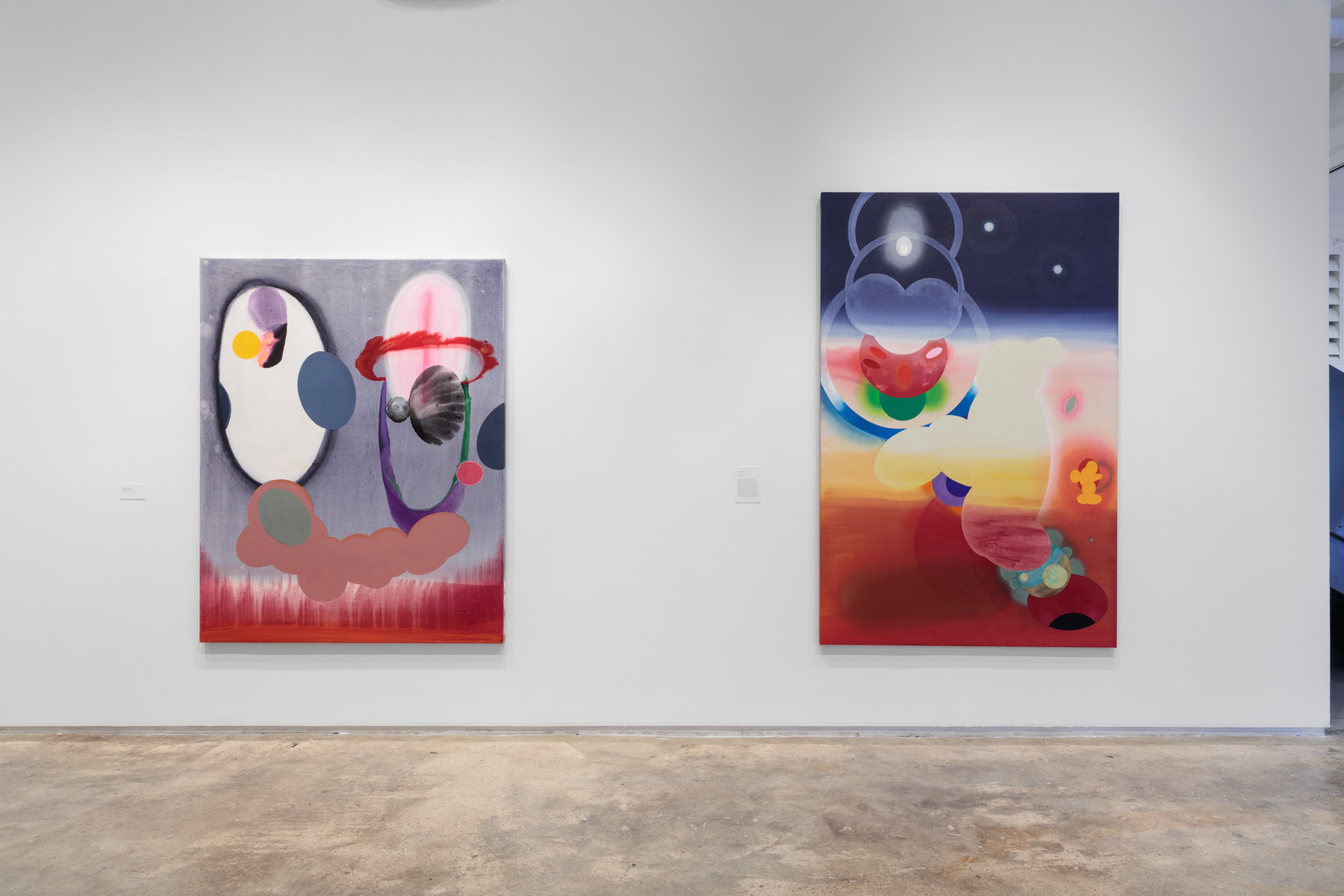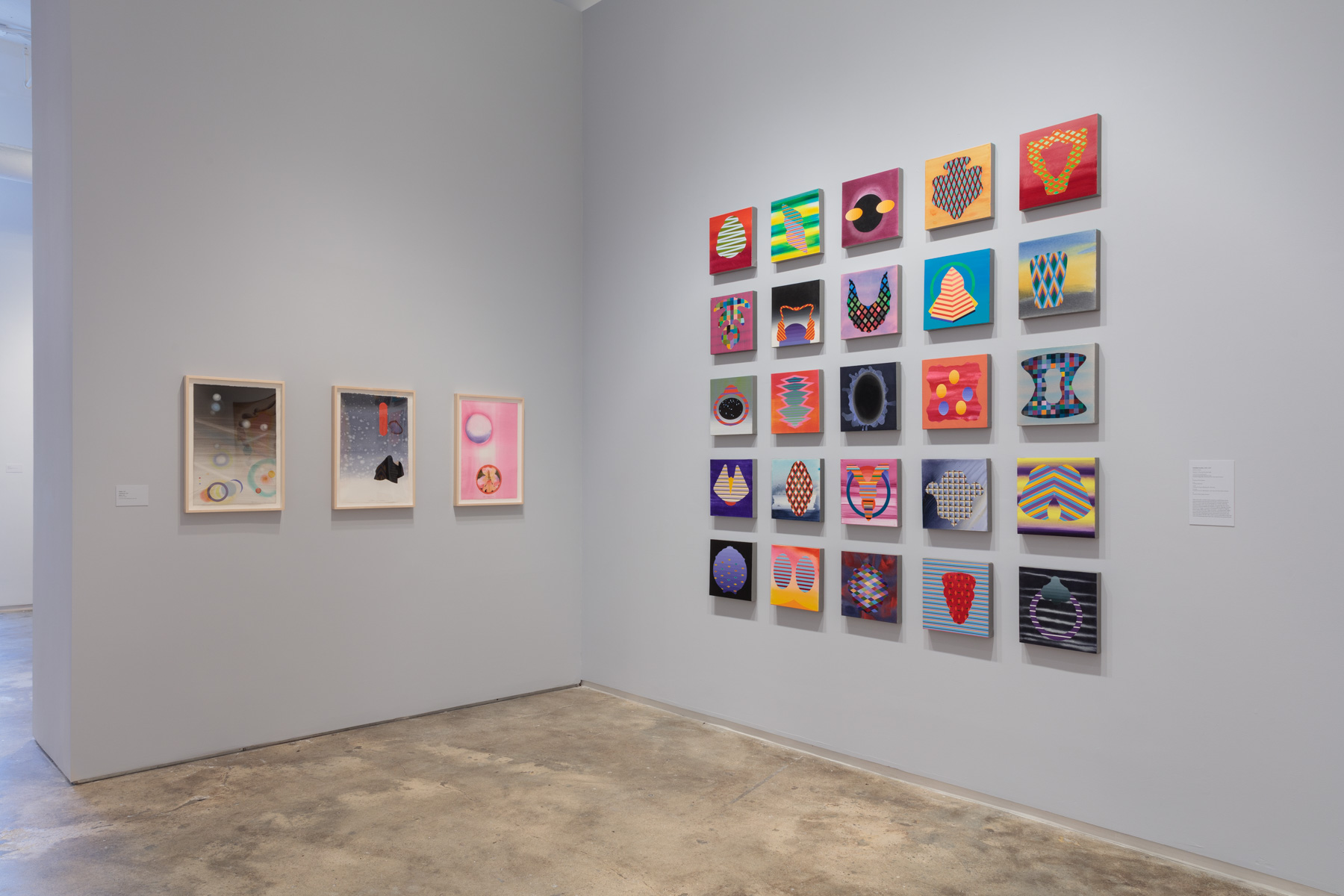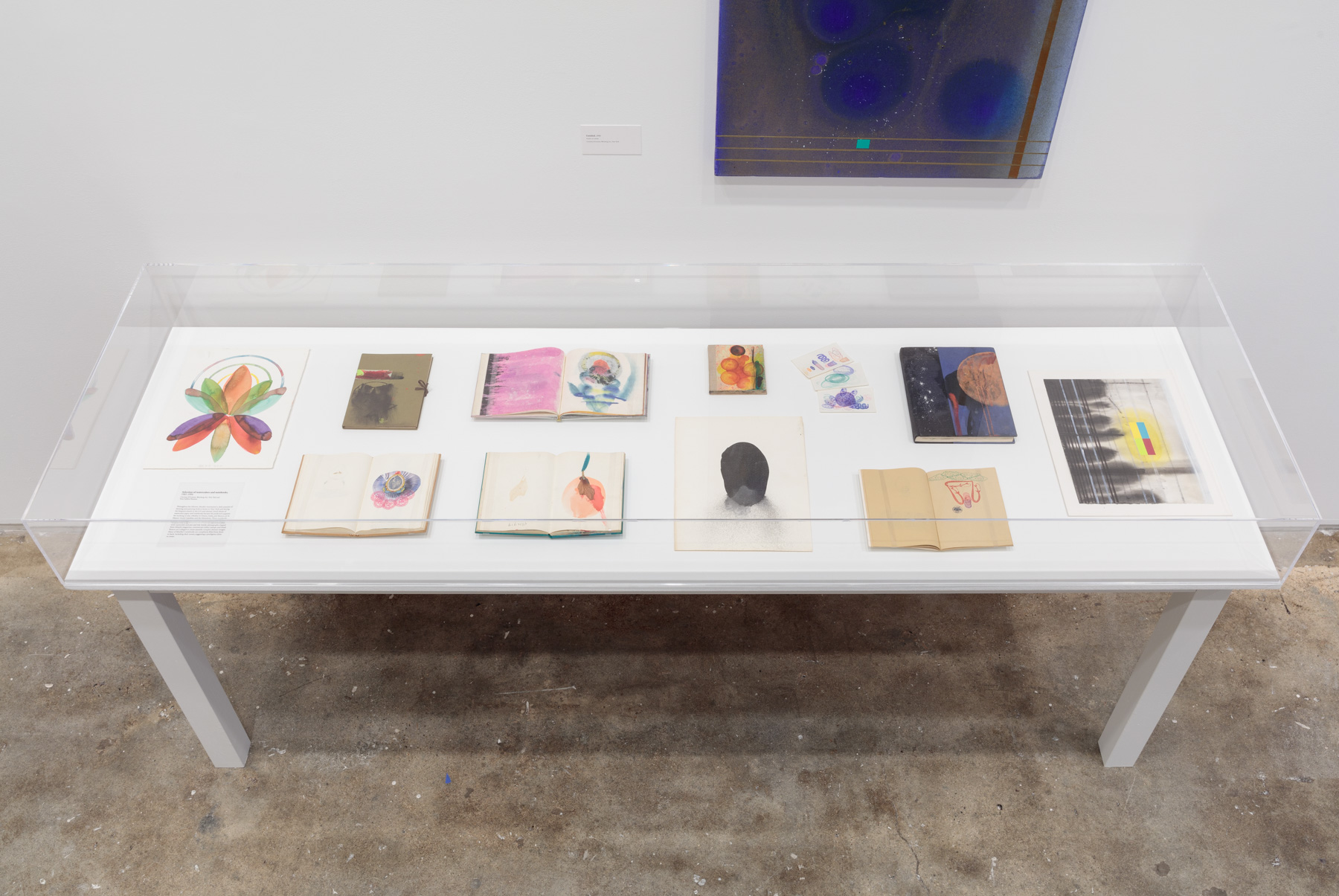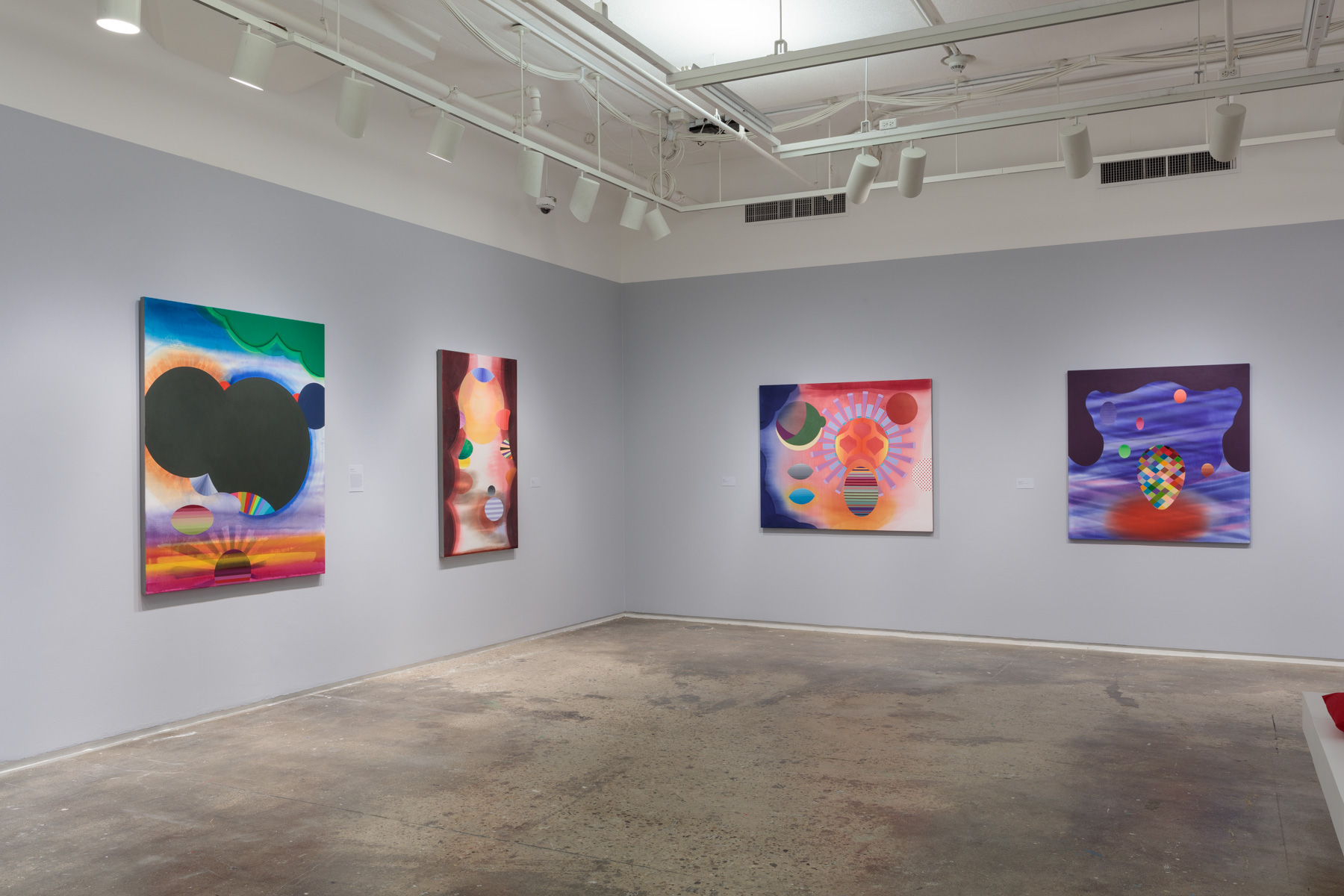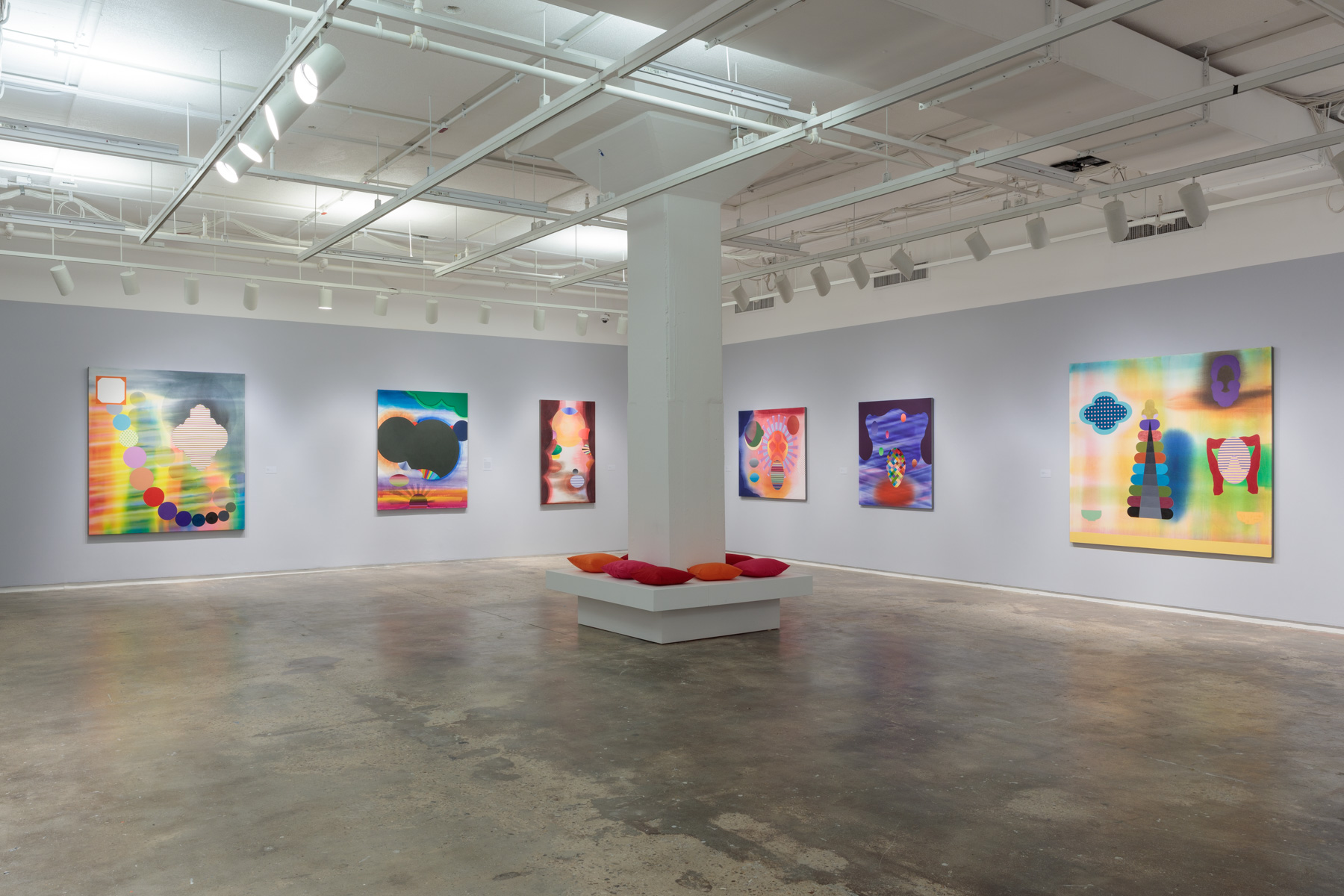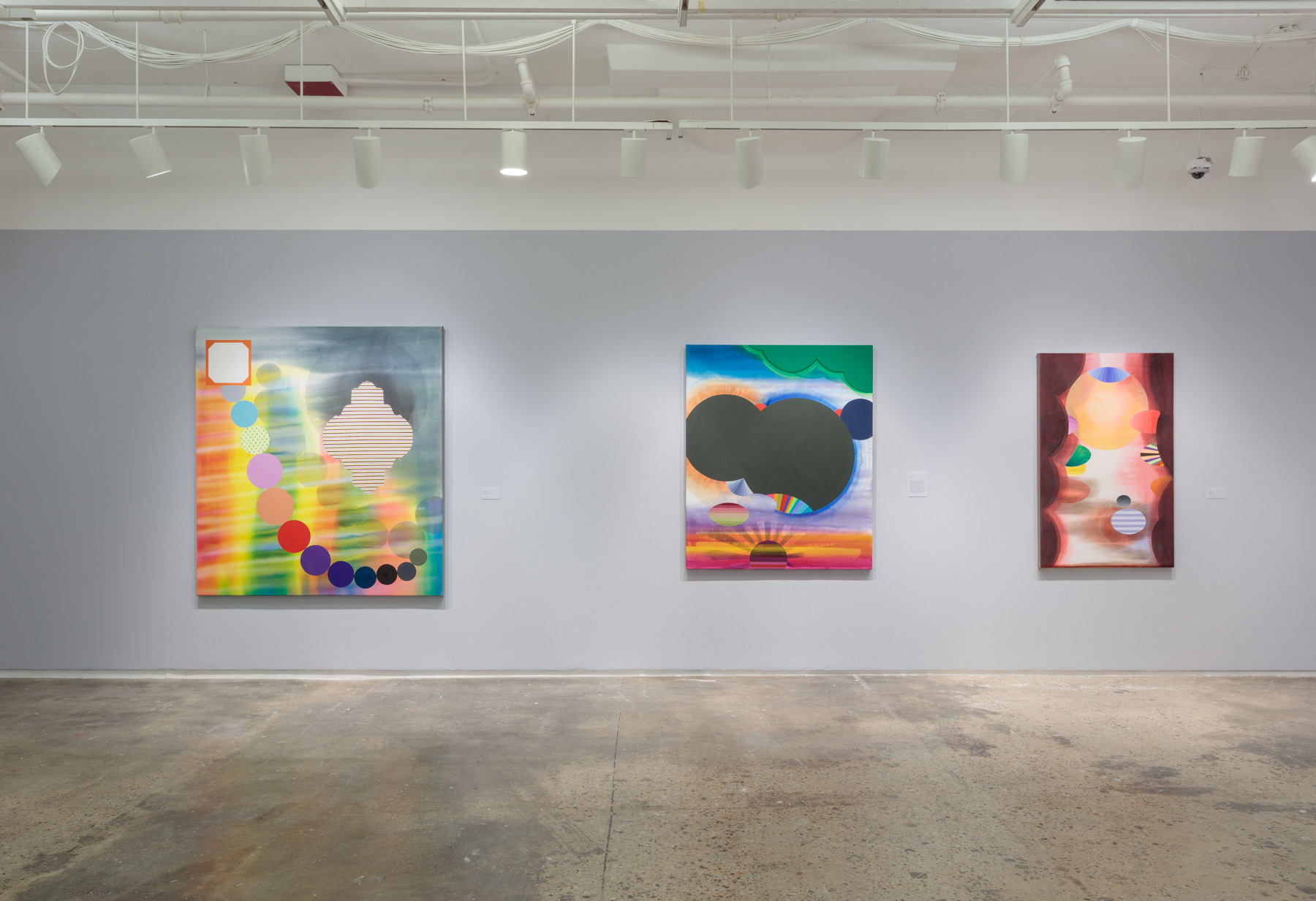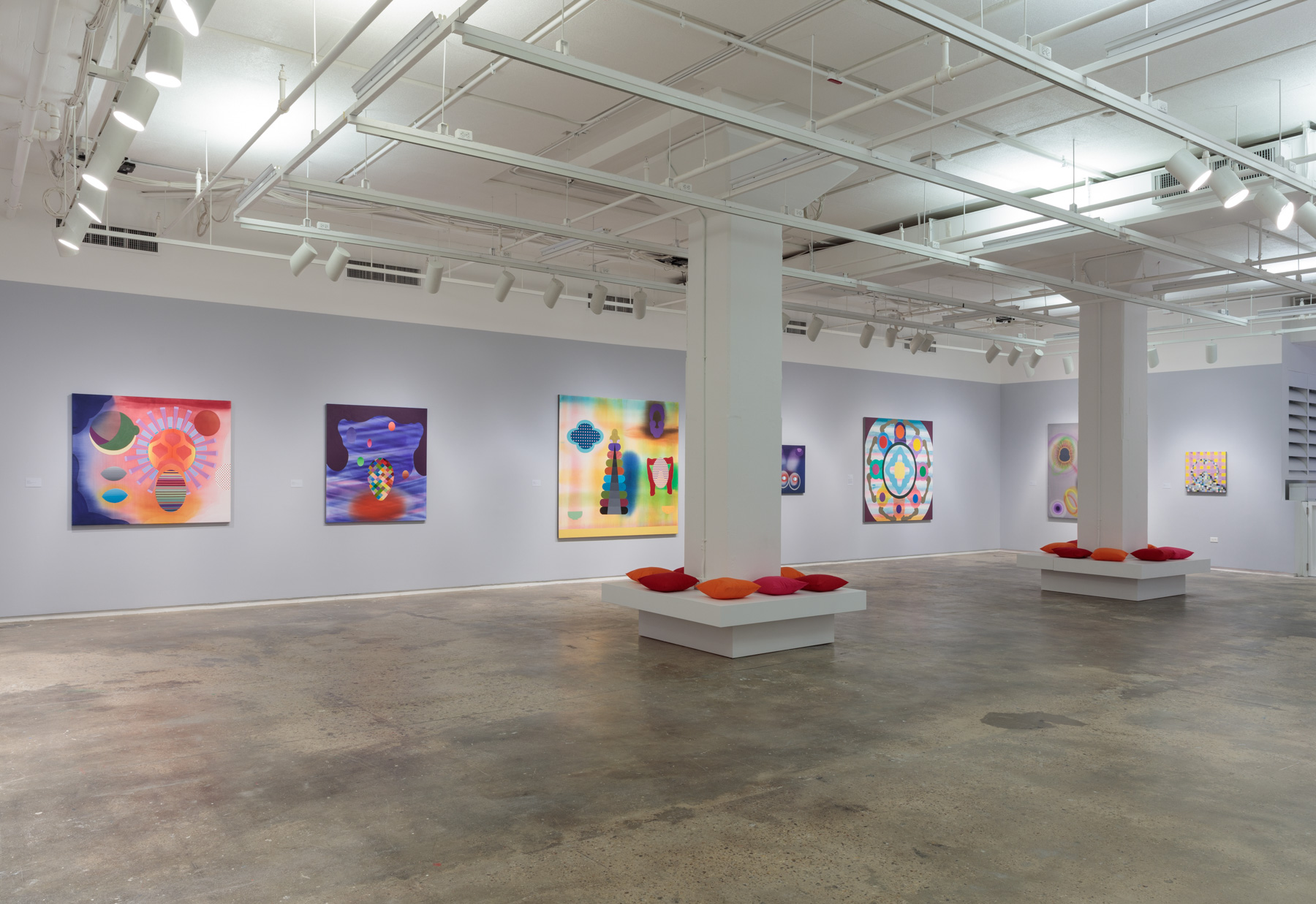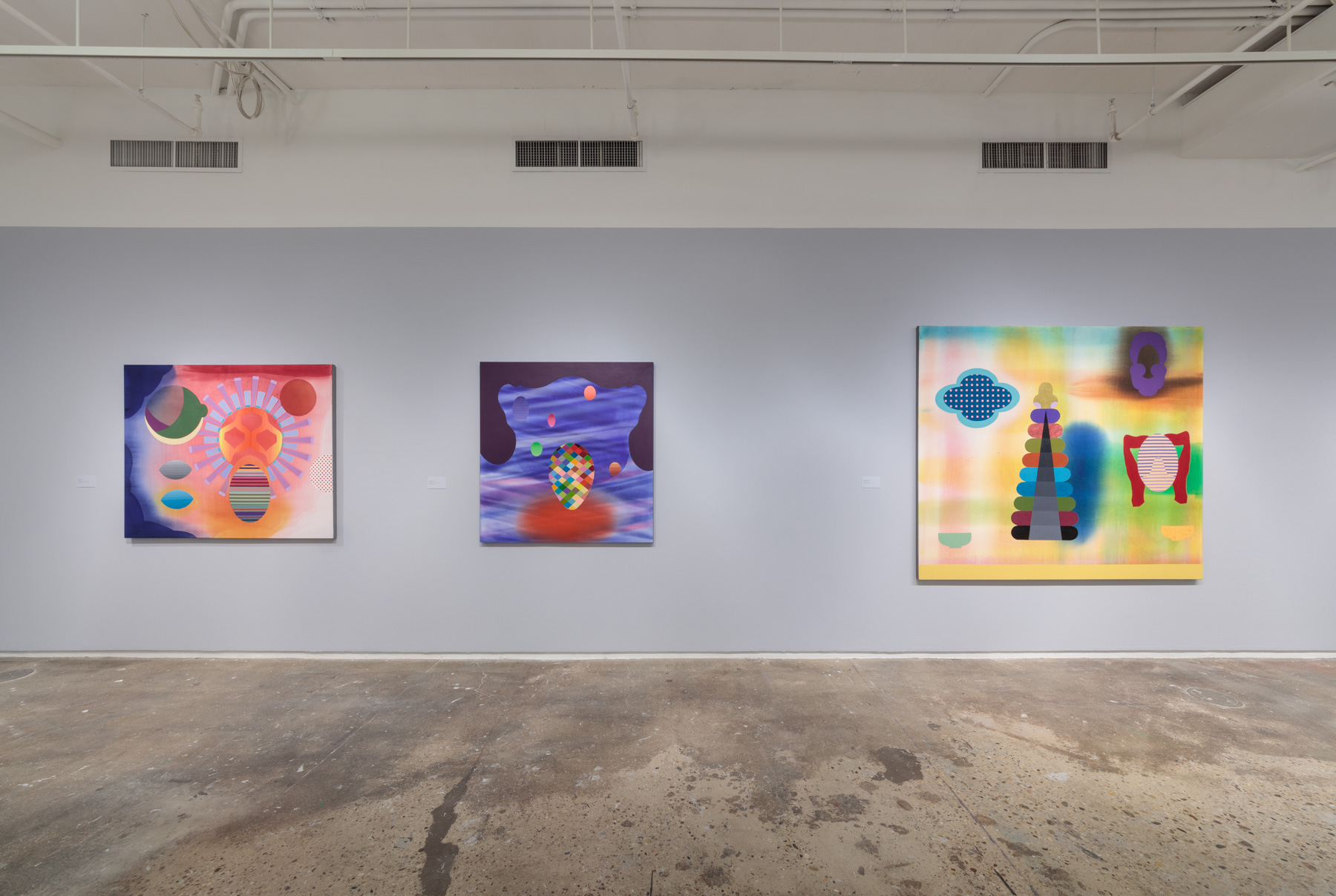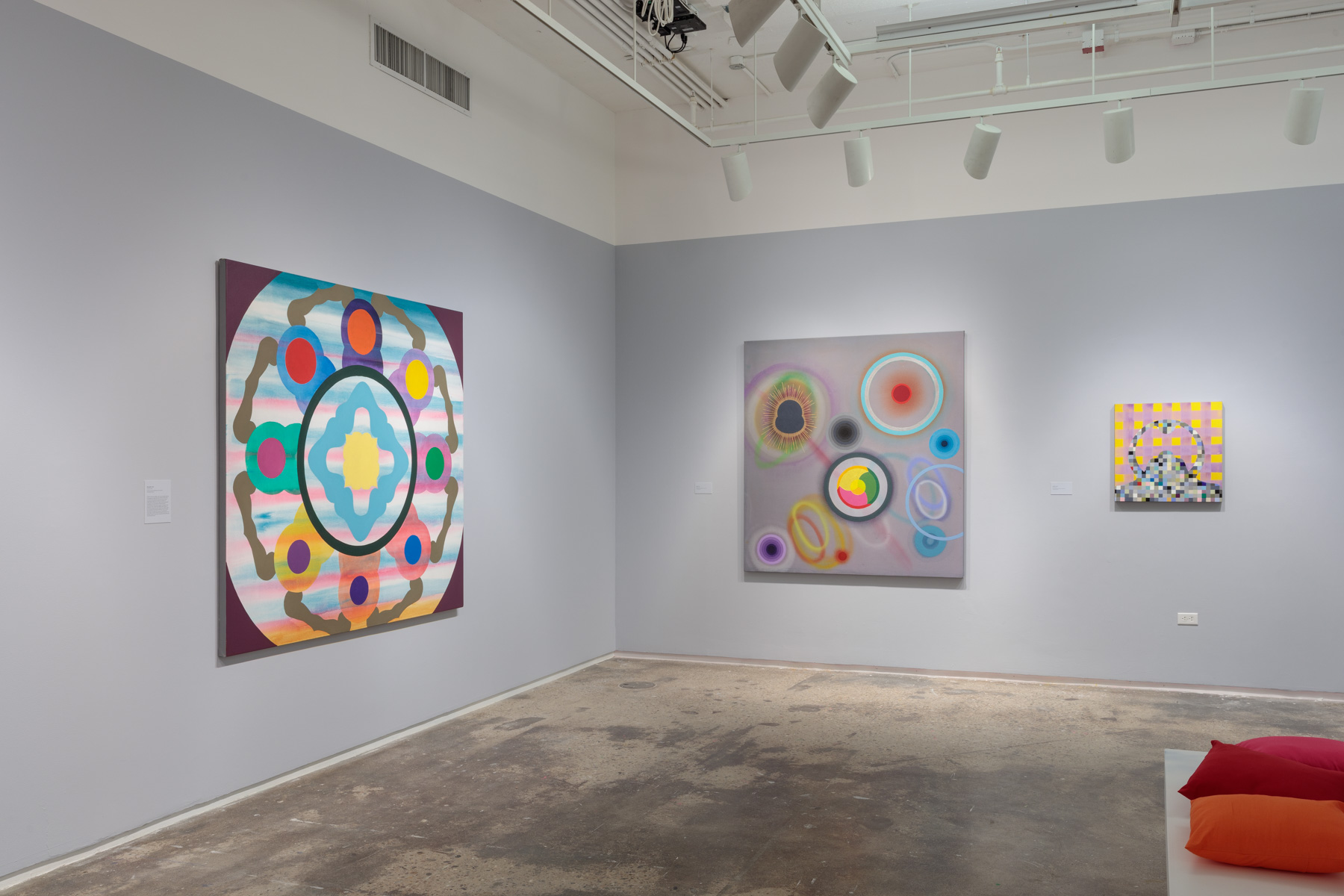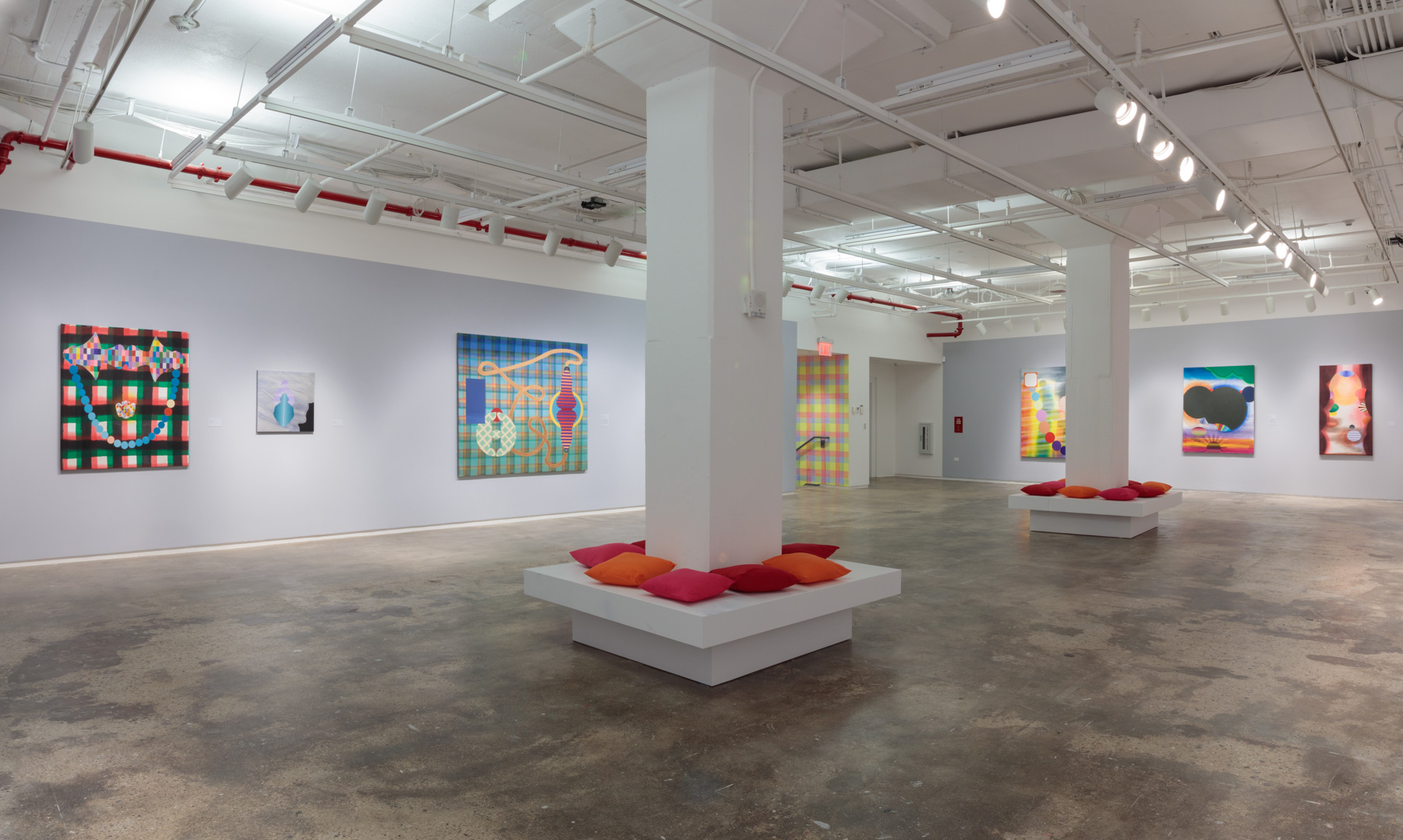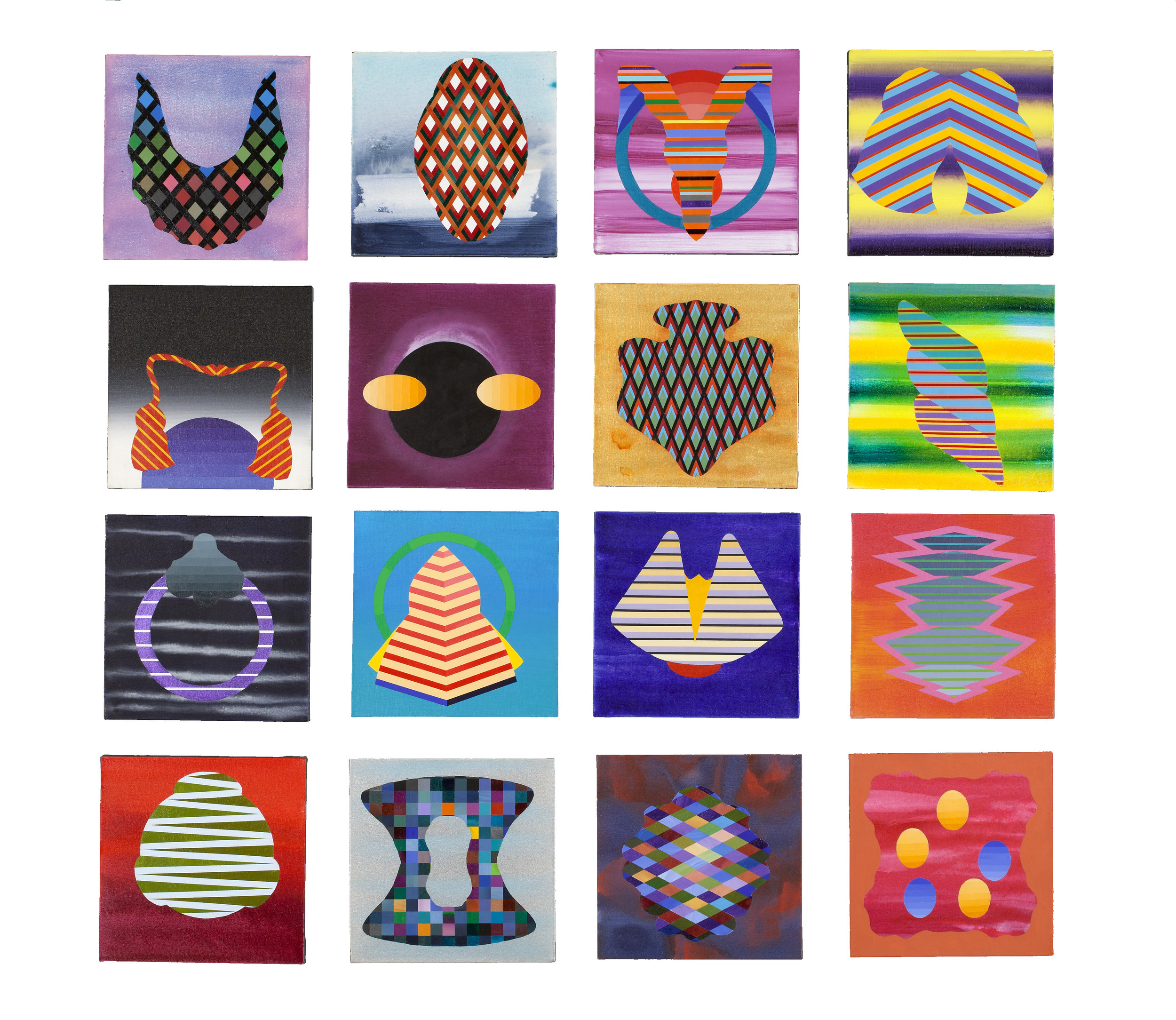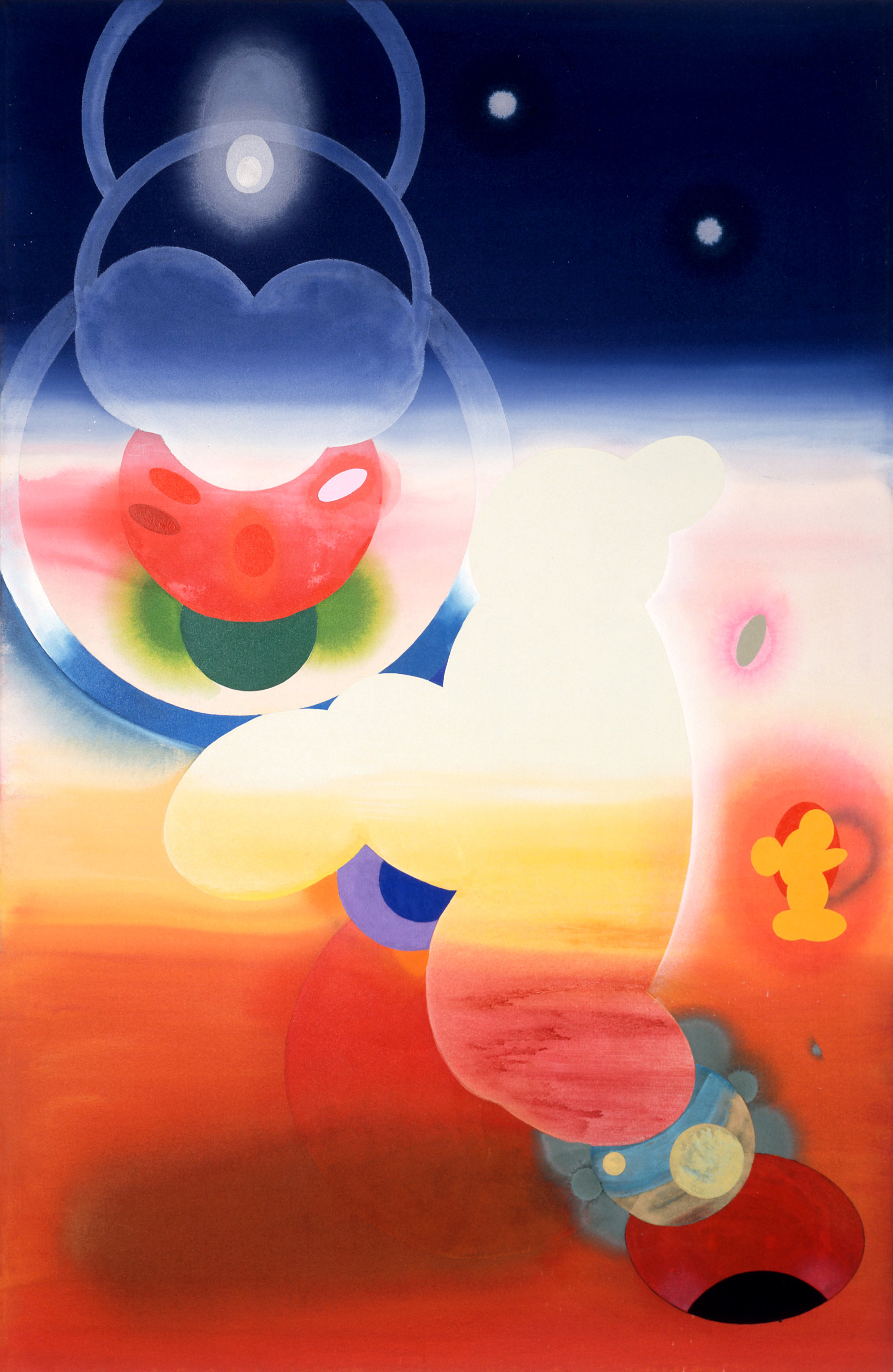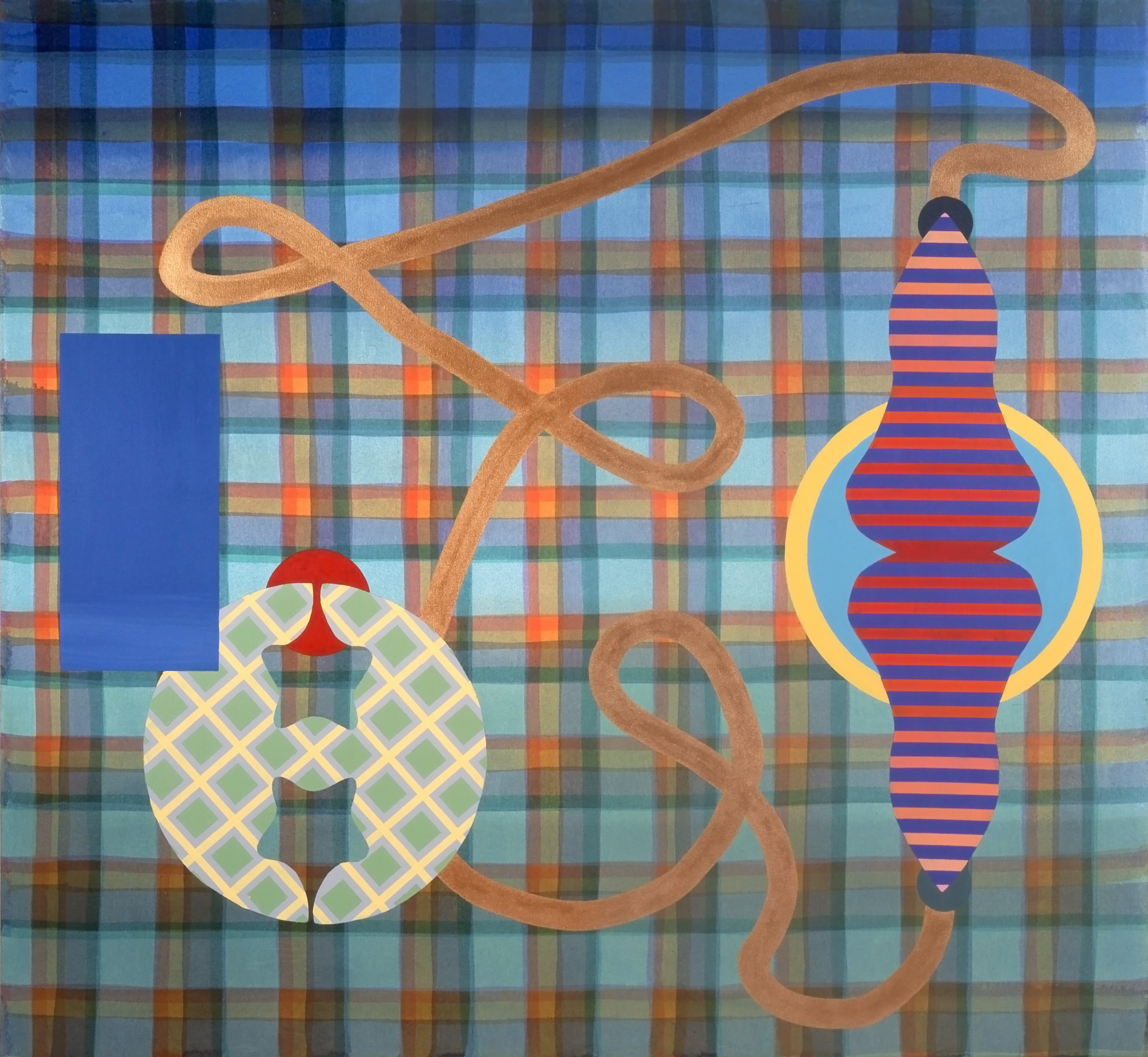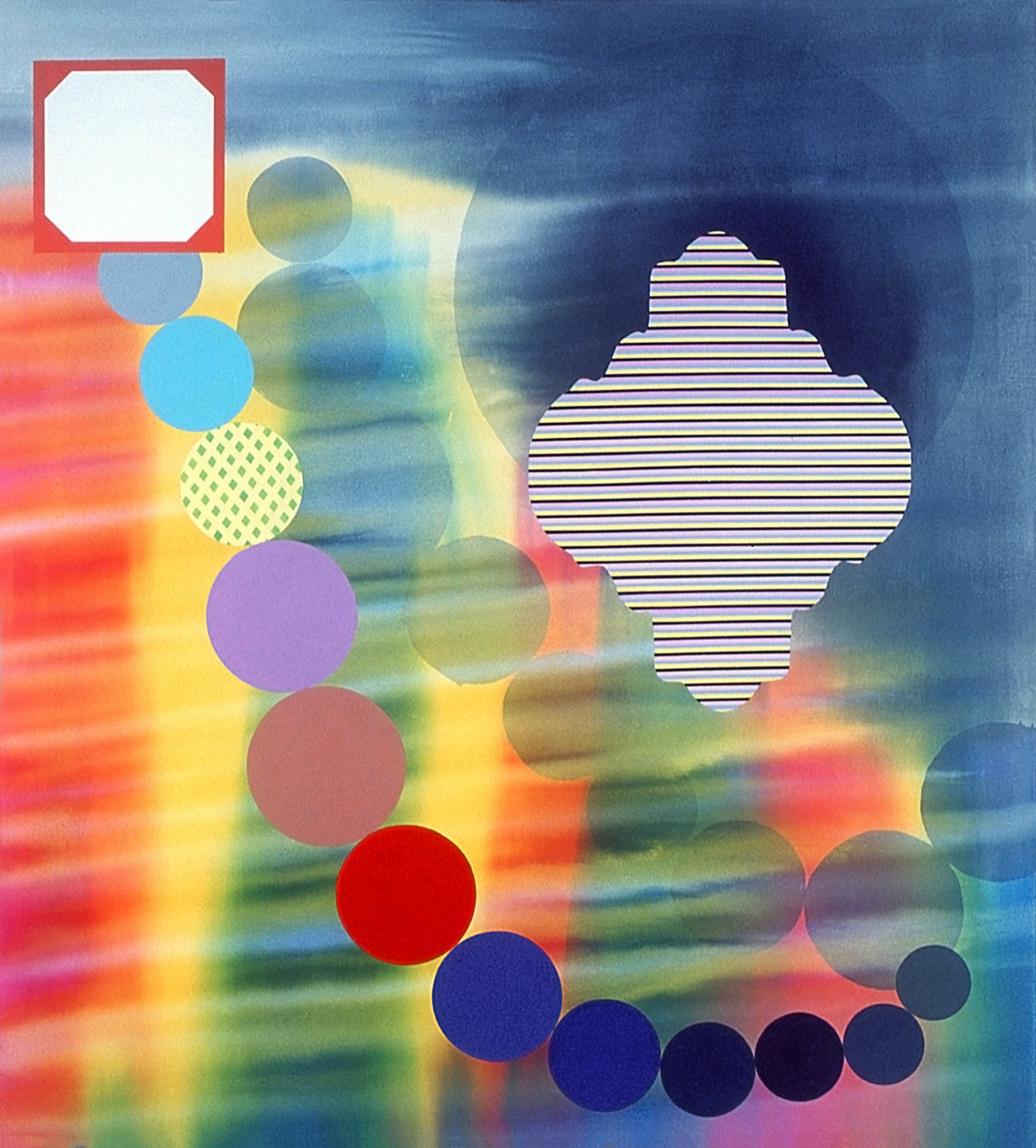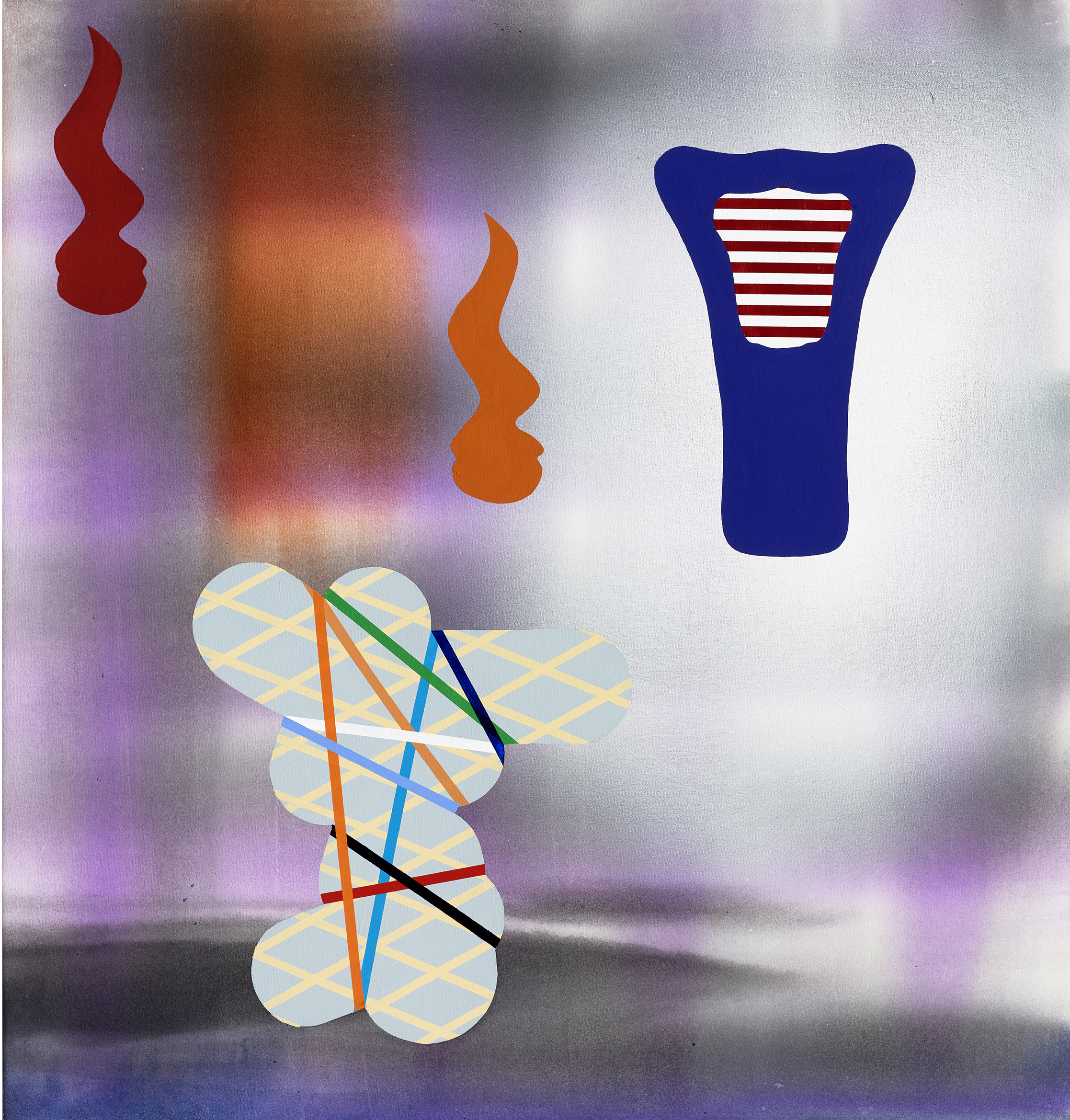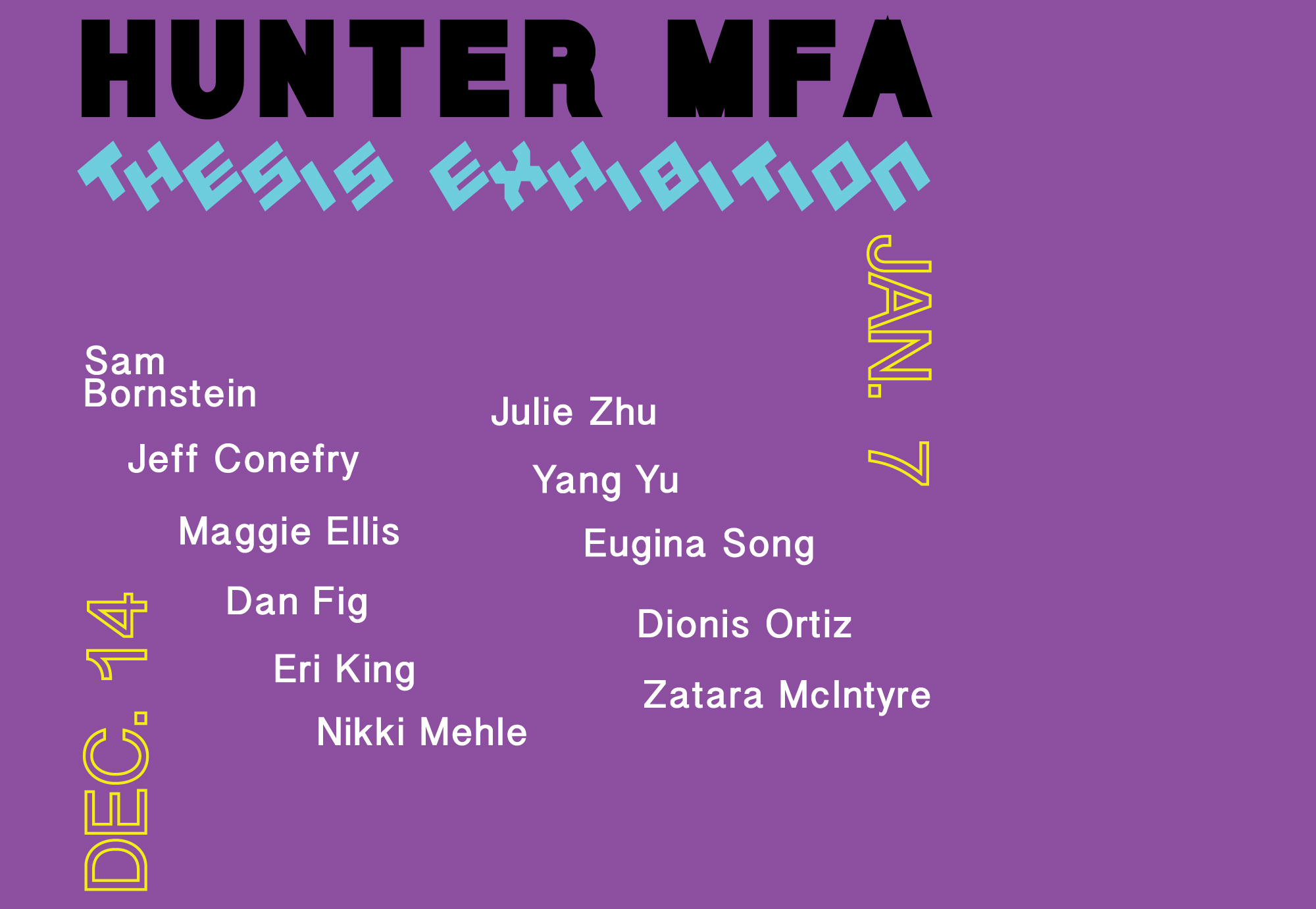MFA Thesis Exhibition: Part 2
PART I
DECEMBER 12, 2019 - JANUARY 4, 2020
Opening reception: December 12, 6-9pm
MFA Thesis Exhibition: Part 1
PART I
NOVEMBER 14 - NOVEMBER 30, 2019
Opening reception: November 14, 6-9pm
Additional performance programming Nov 18, 20, 25 at 6:30pm, Closing reception Nov 30 at 4pm.

Hunter MFA Thesis Exhibition: Part II
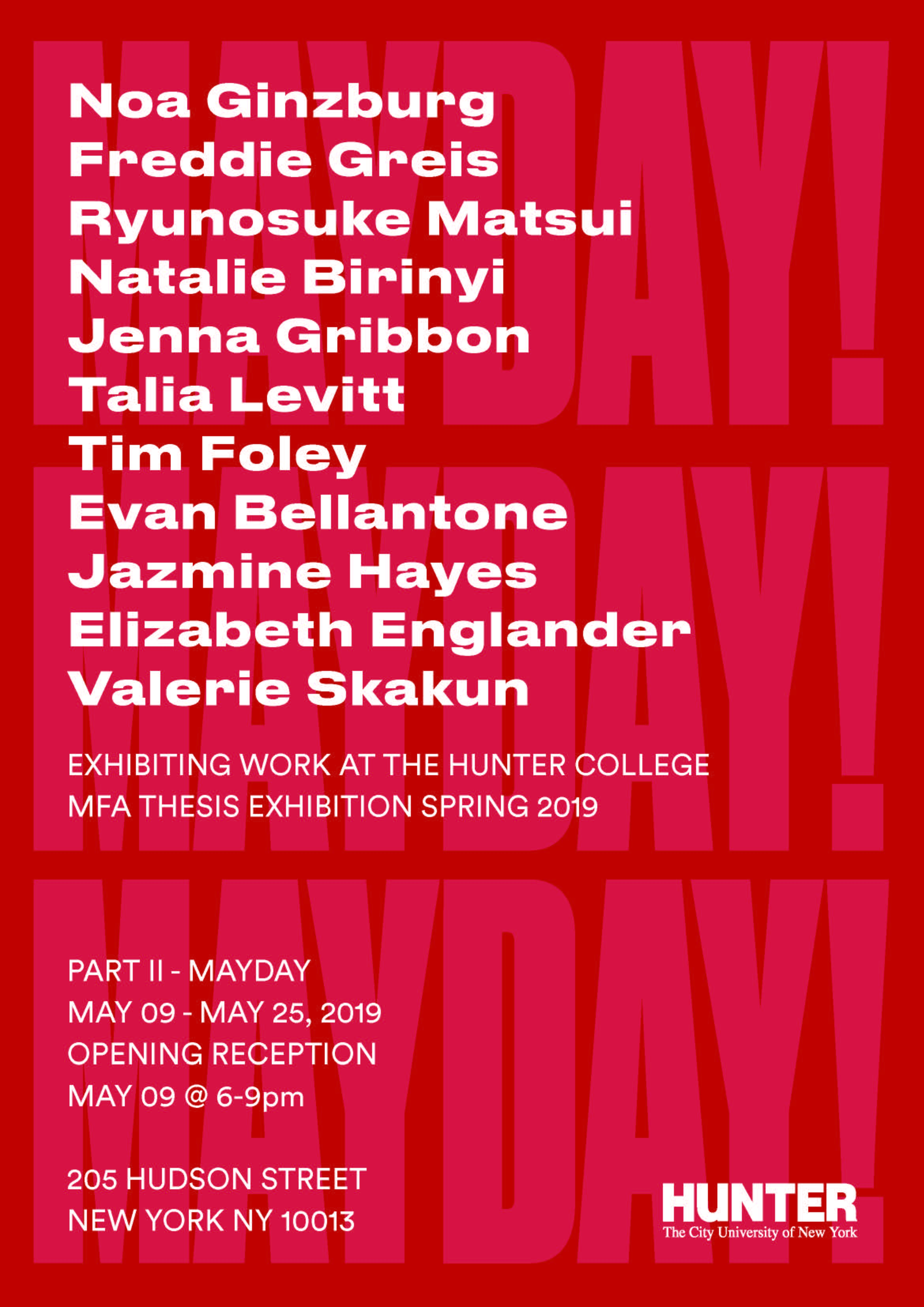
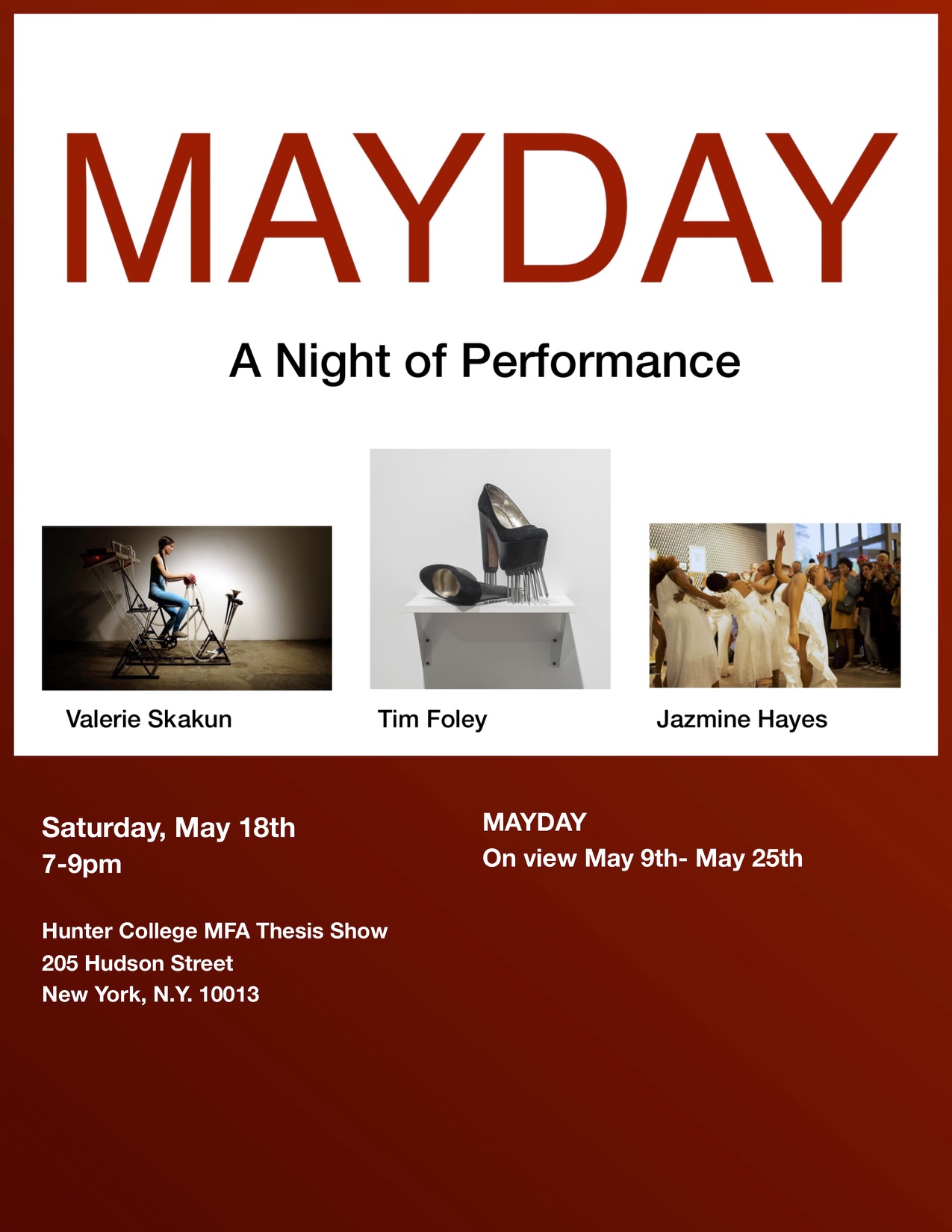
205 Hudson Gallery
205 Hudson Street
New York, NY 10013
Open daily 11–6pm
Free and open to the public
MayDay
Hunter MFA Thesis Part 2
May 9–May 25
*EXTENDED: Now on view through June 1
Opening Reception: Thursday, May 9, 6–9pm
Exhibiting Artists:
Evan Bellantone
Natalie Birinyi
Elizabeth Englander
Tim Foley
Noa Ginzburg
Freddie Greis
Jenna Gribbon
Jazmine Hayes
Talia Levitt
Ryunosuke Matsui
Valerie Skakun
Performances and conversations:
May 18, 7–9pm
For more information on this exhibition, hours and the artists, visit: http://www.mfa205hudson.org/mfa-thesis-exhibitions/thesis-spring-2019

Hunter MFA Thesis Exhibition: Part I
Do You Believe in Life After Love?
Hunter MFA Thesis Exhibition: Part I
April 11–April 27
Opening Reception: Thursday, April 11, 6–9pm
Exhibiting Artists:
Rebecca Baldwin
Dounia Bendris
James Chrzan
Rachel Hillery
Jisoo Hur
Staver Klitgaard
Liz Naiden
Hannah Schutzengel
Stewart Stout
Tan Tian
Performances:
April 13, 6:21am
Dawn Chorus, James Chrzan
April 13, 7pm | April 18, 7pm | April 24, 7pm | April 27, 2pm
Piece for 2, Liz Naiden
Insert[FirstName], Rachel Hillery
Txt Play, Rebecca Baldwin
For more information on this exhibition, hours, and the artists, visit: http://www.mfa205hudson.org/mfa-thesis-exhibitions/thesis-spring-2019

Refiguring the Future
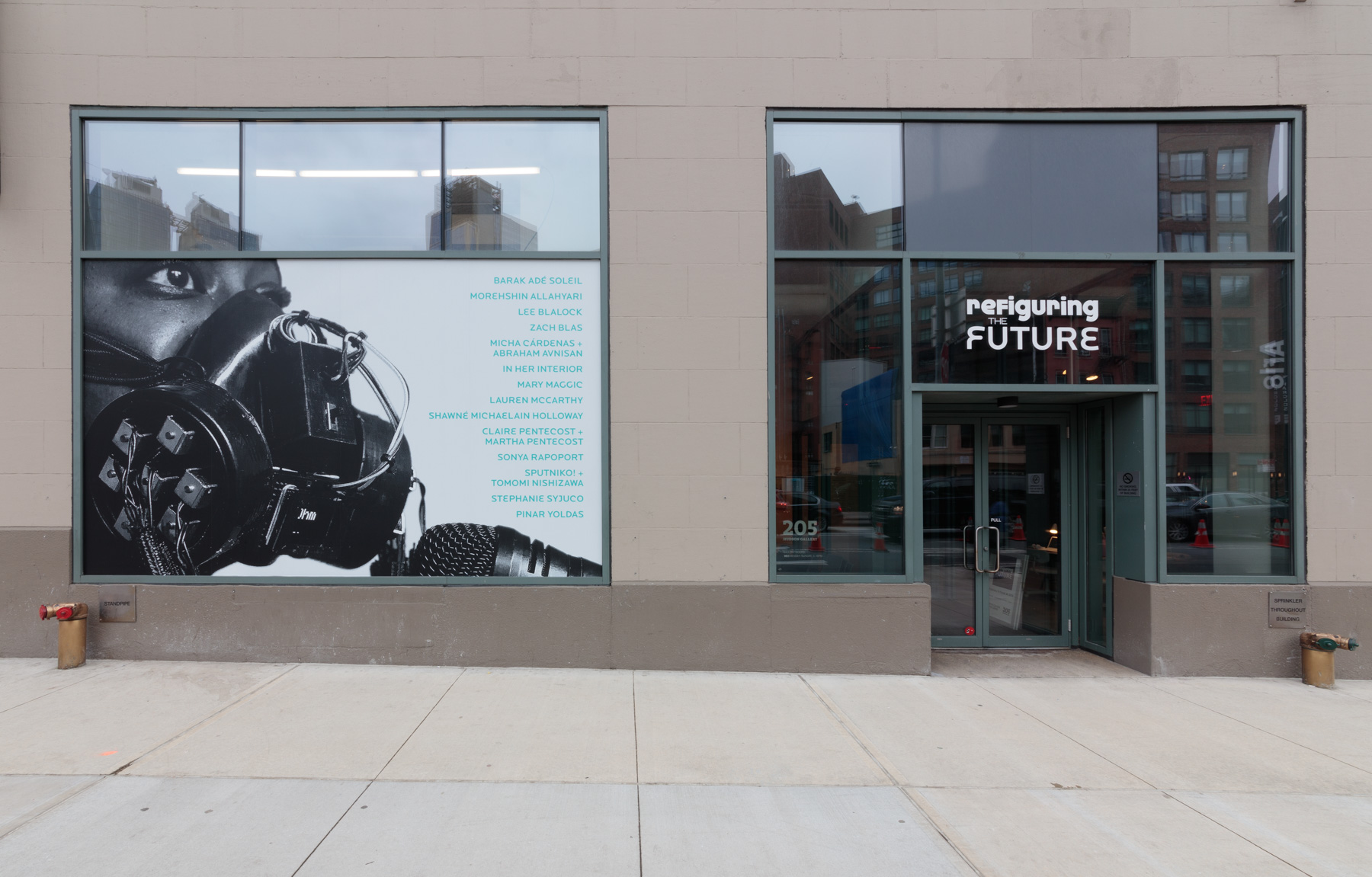
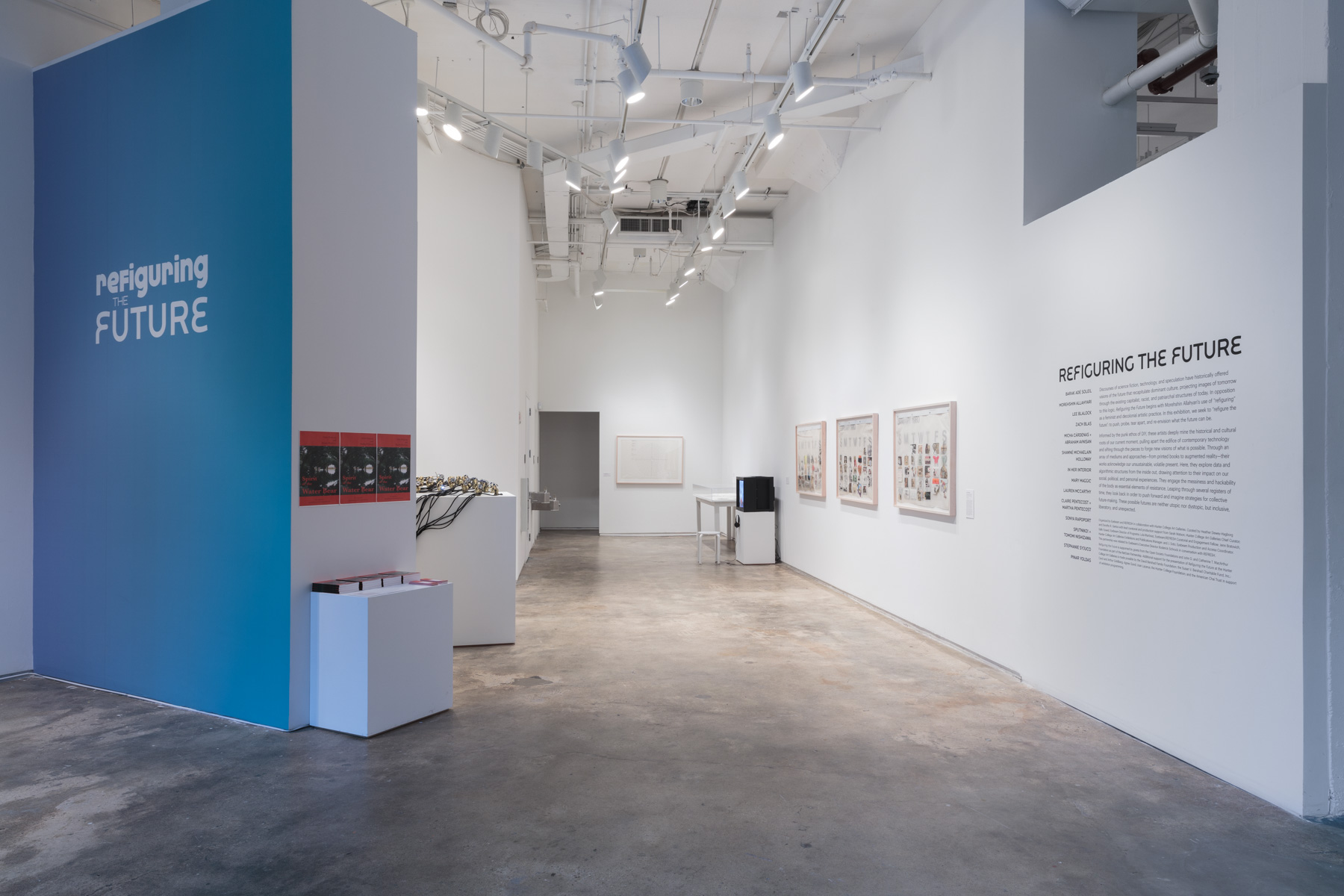
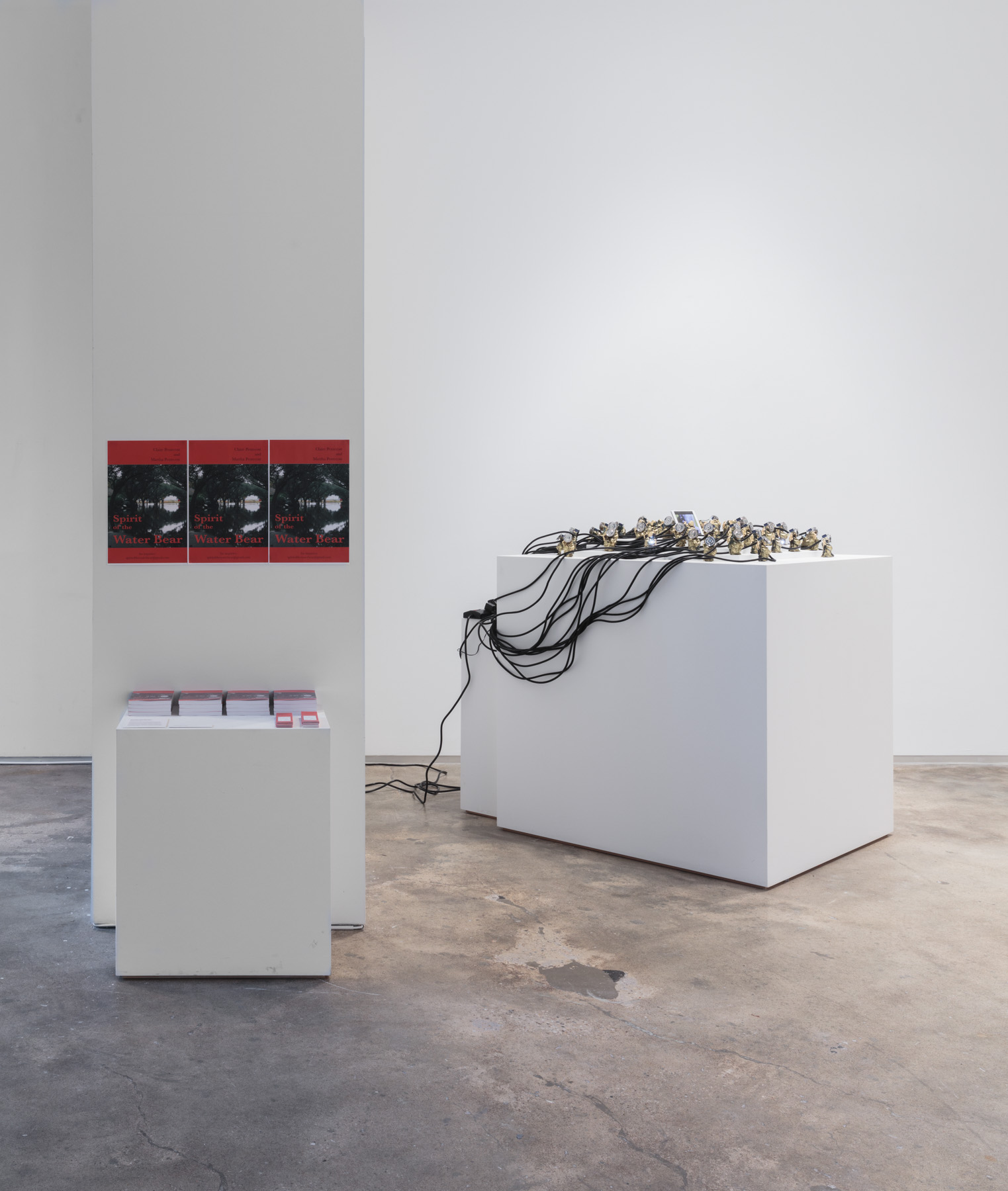
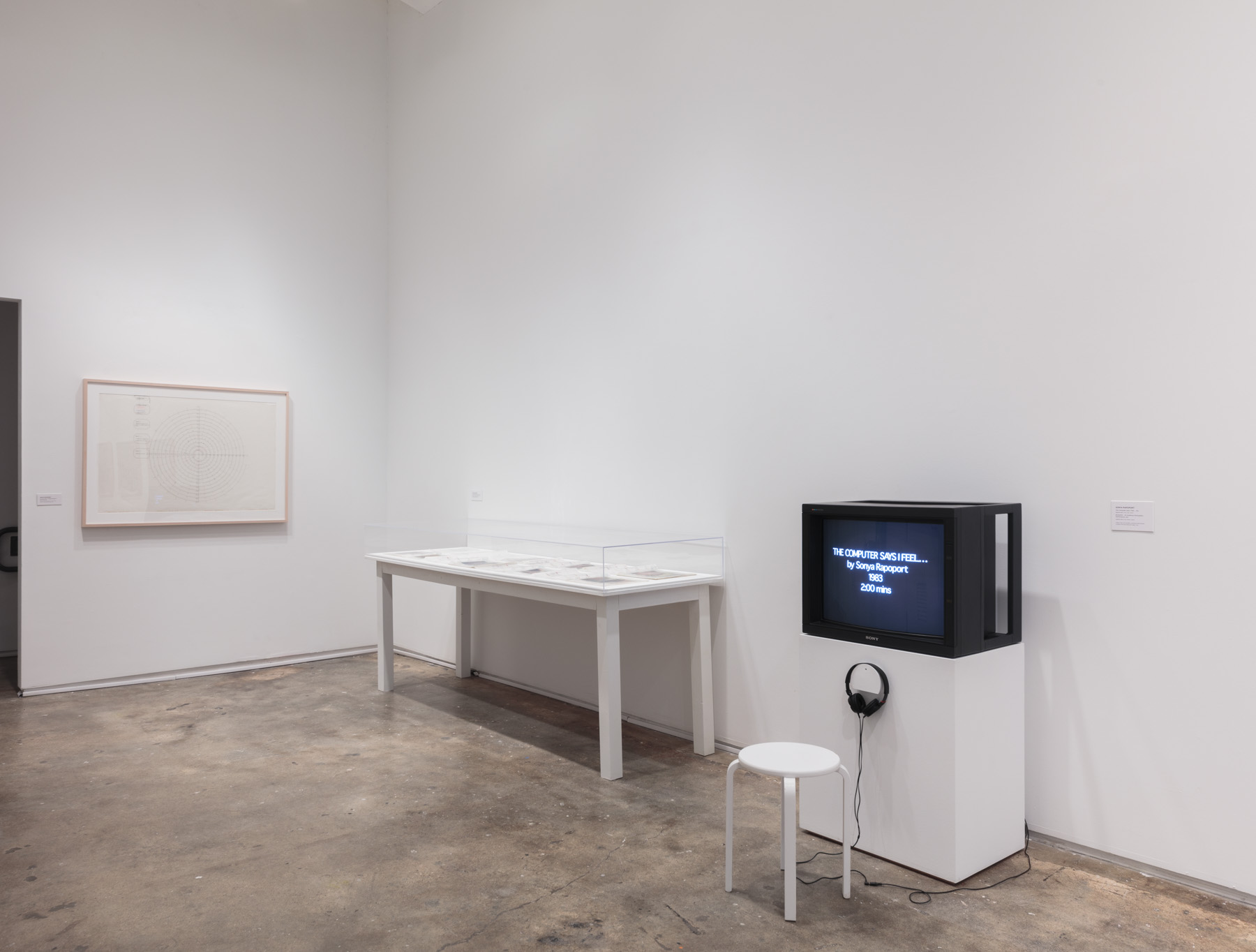
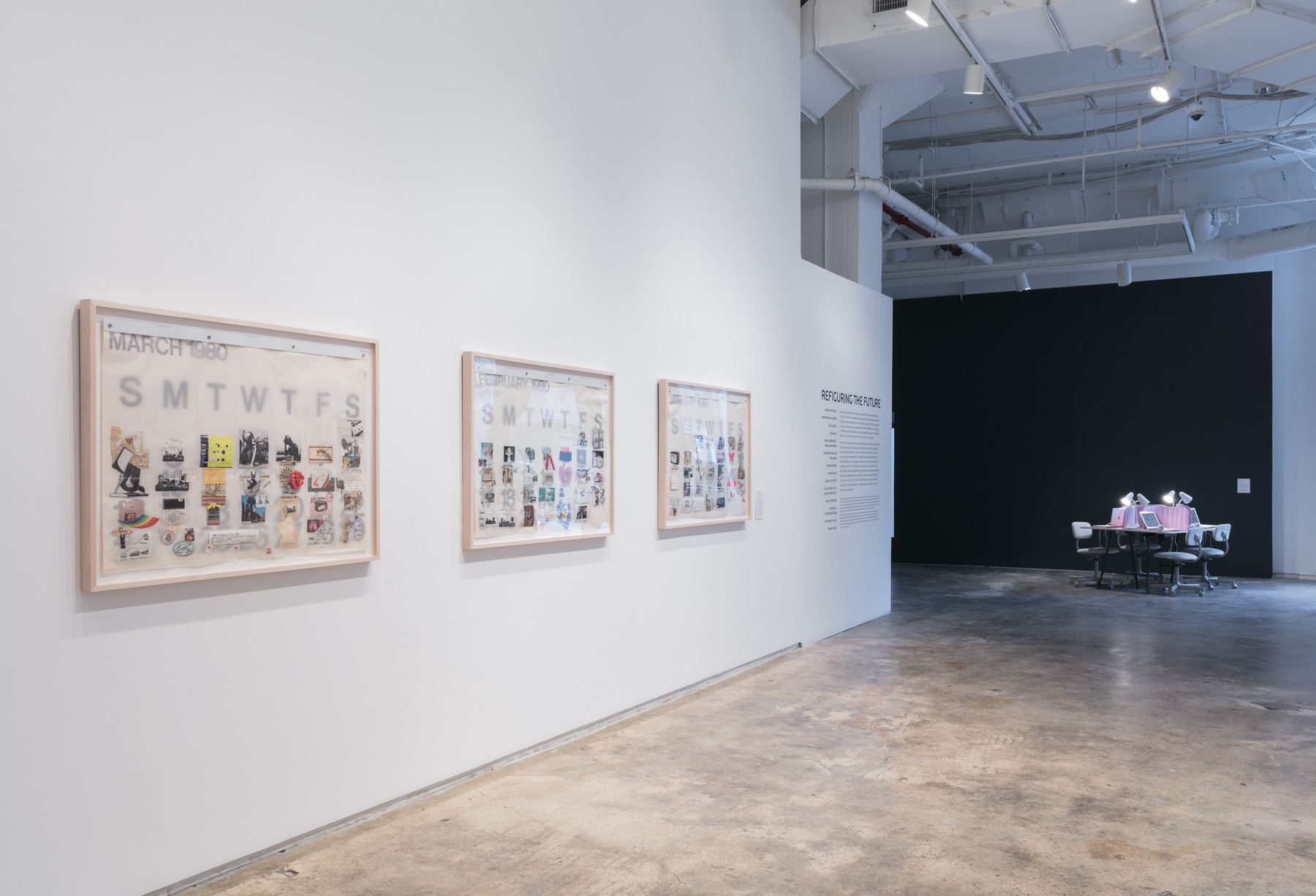

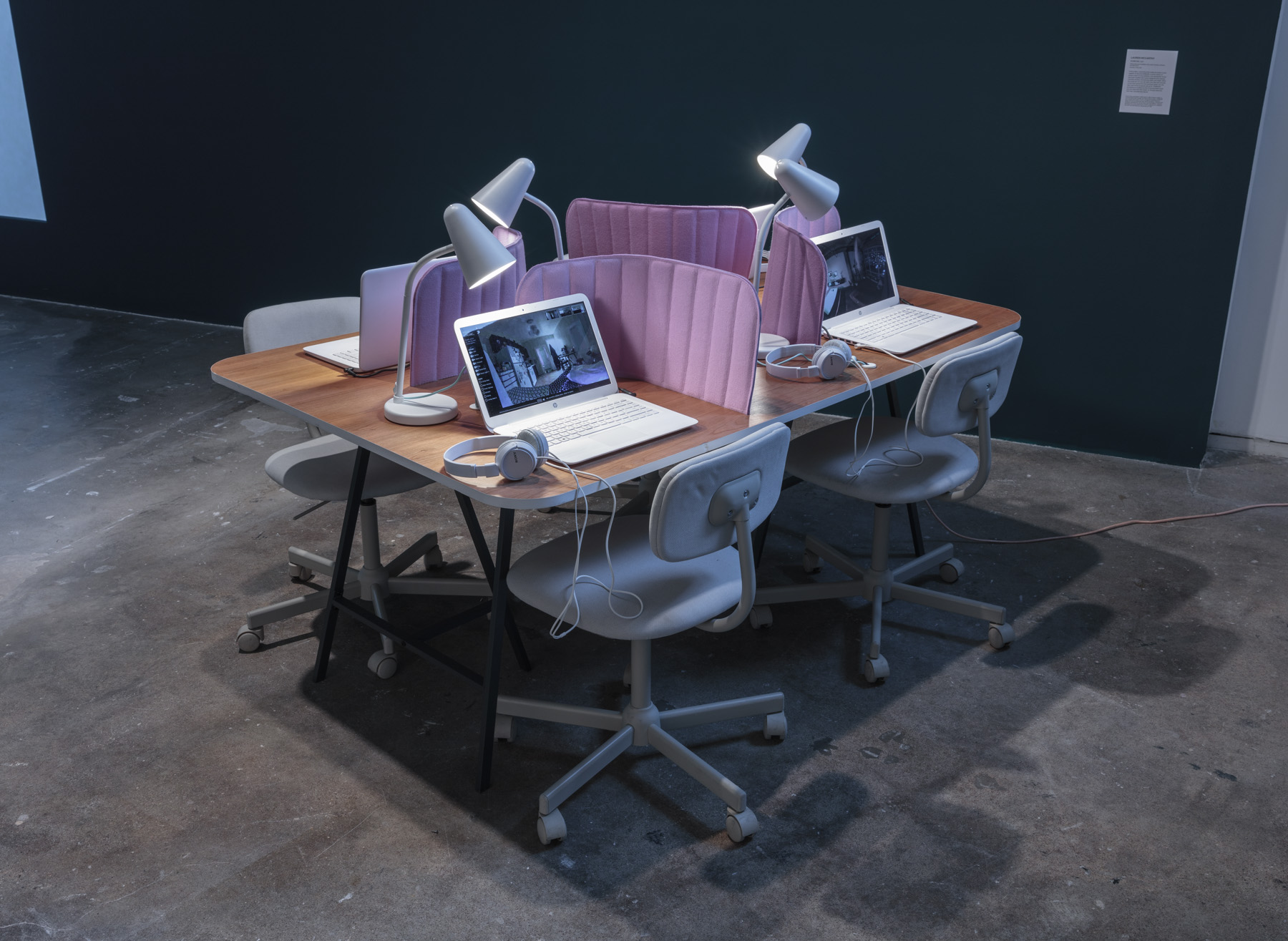
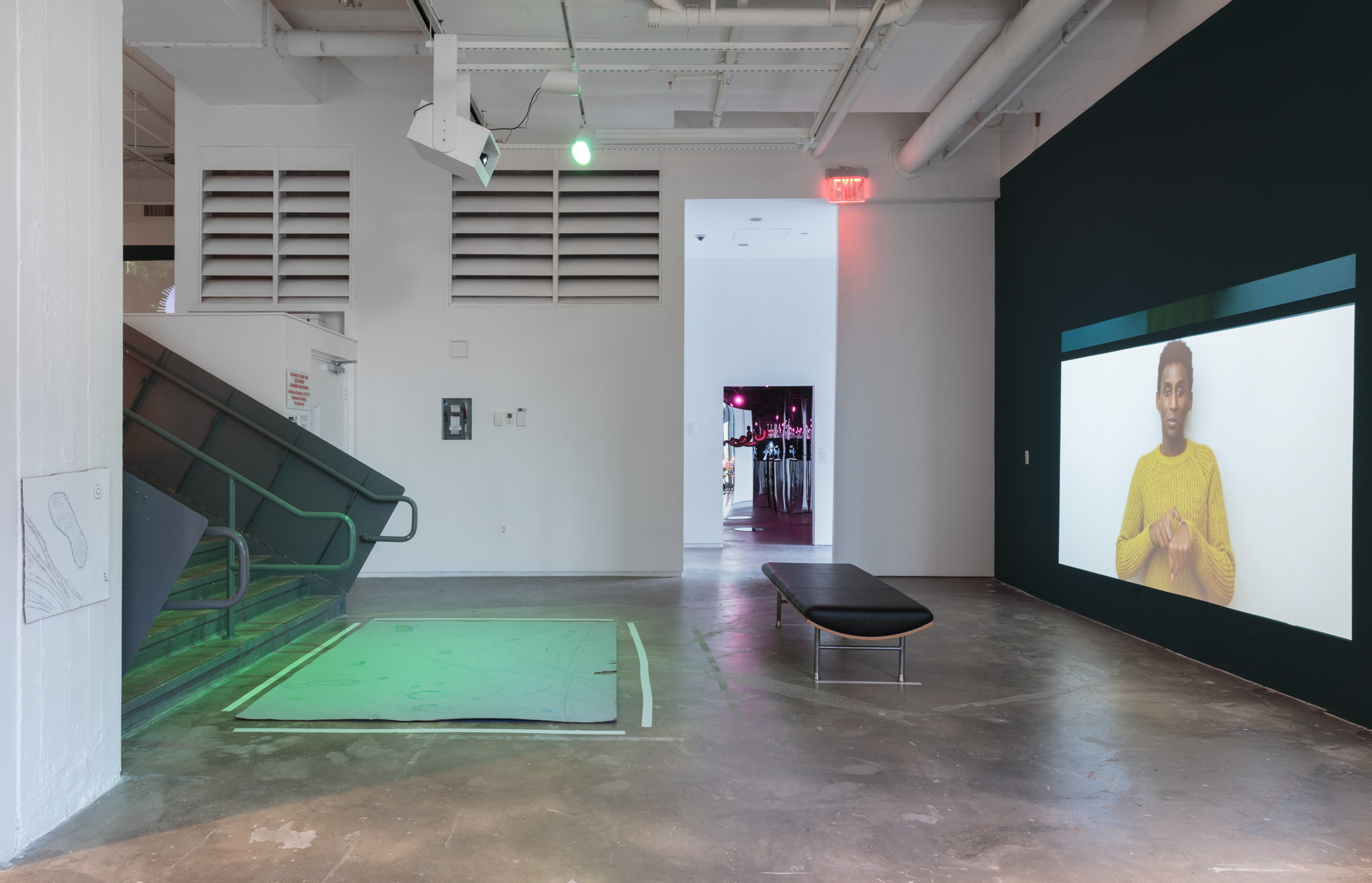
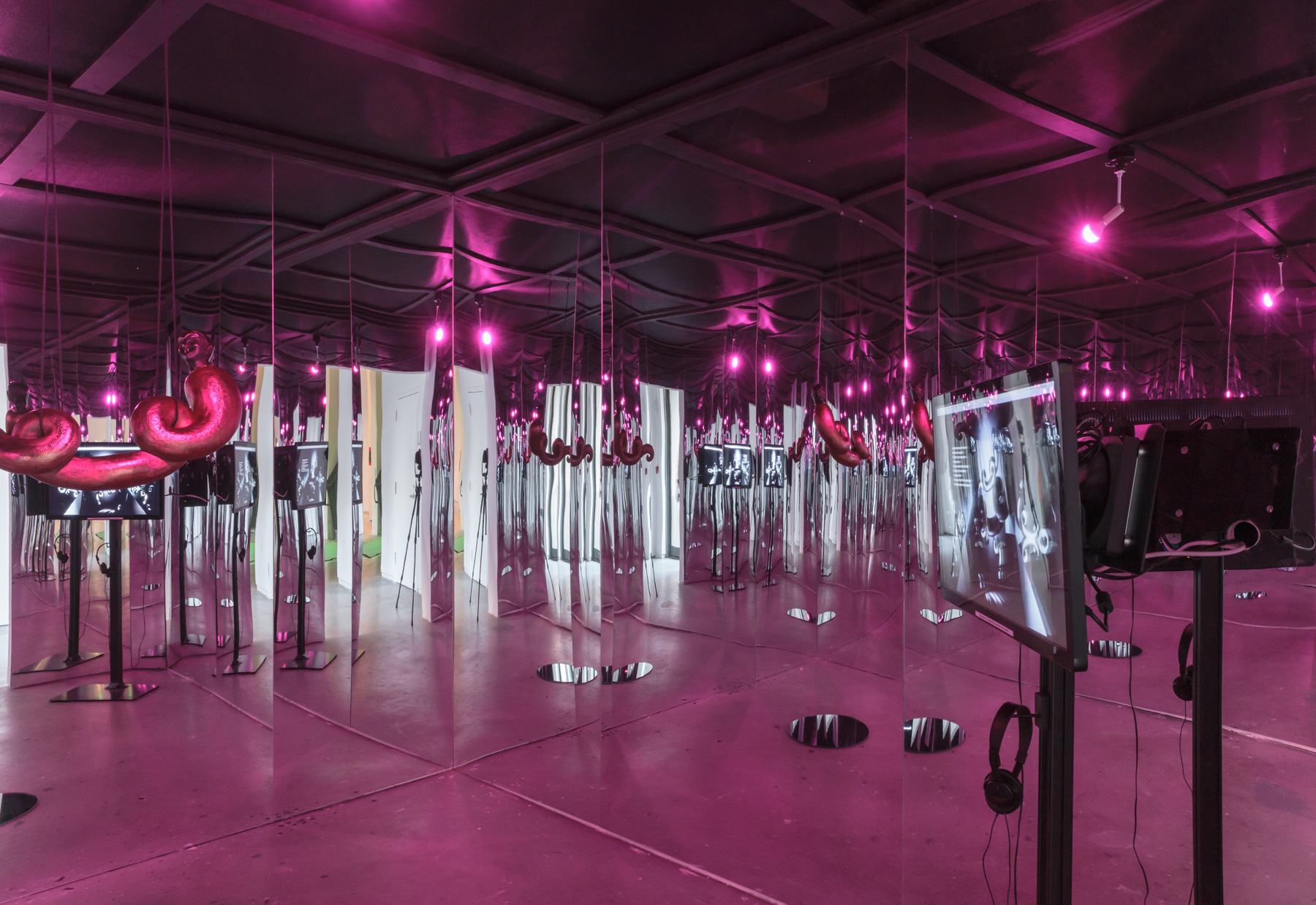
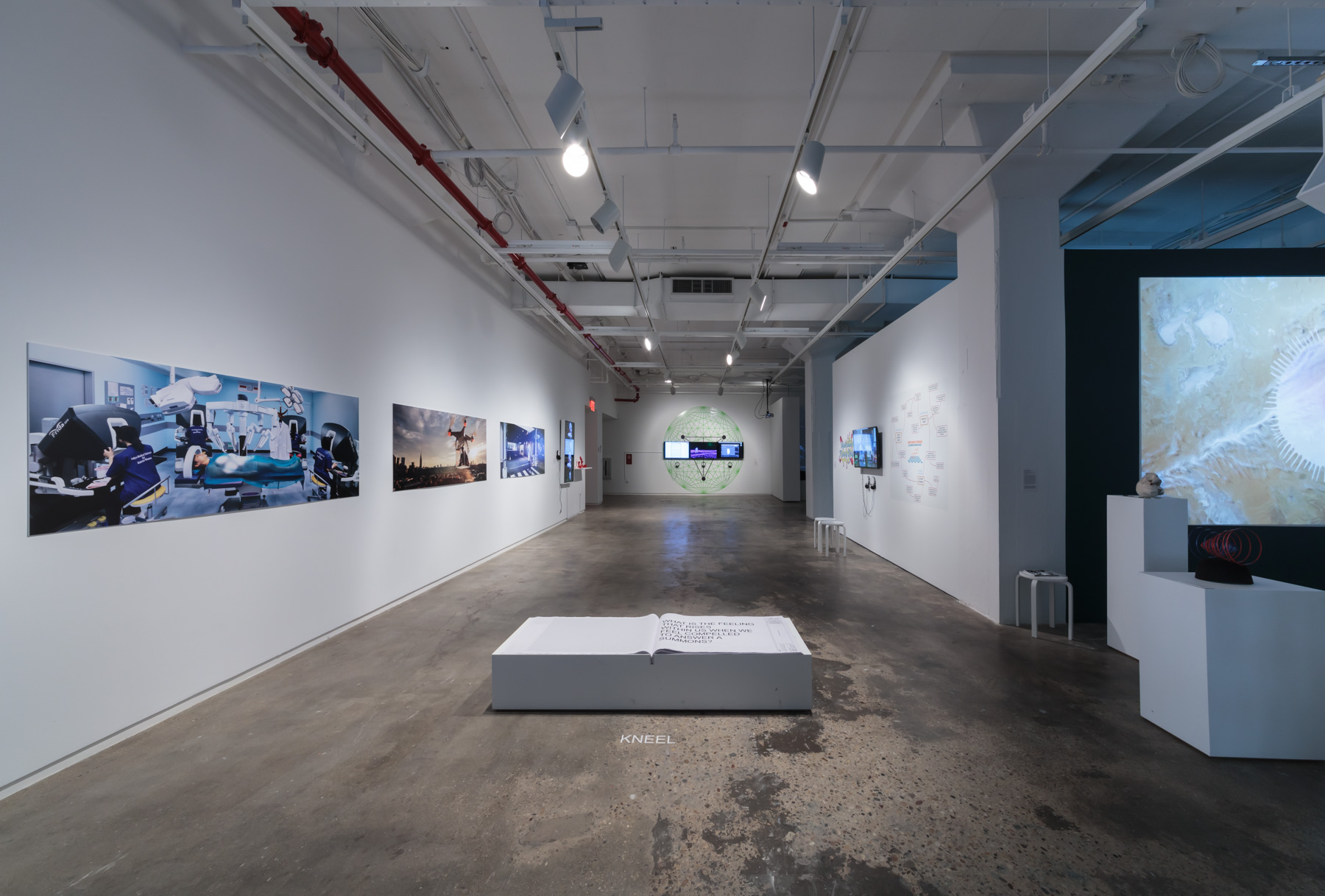

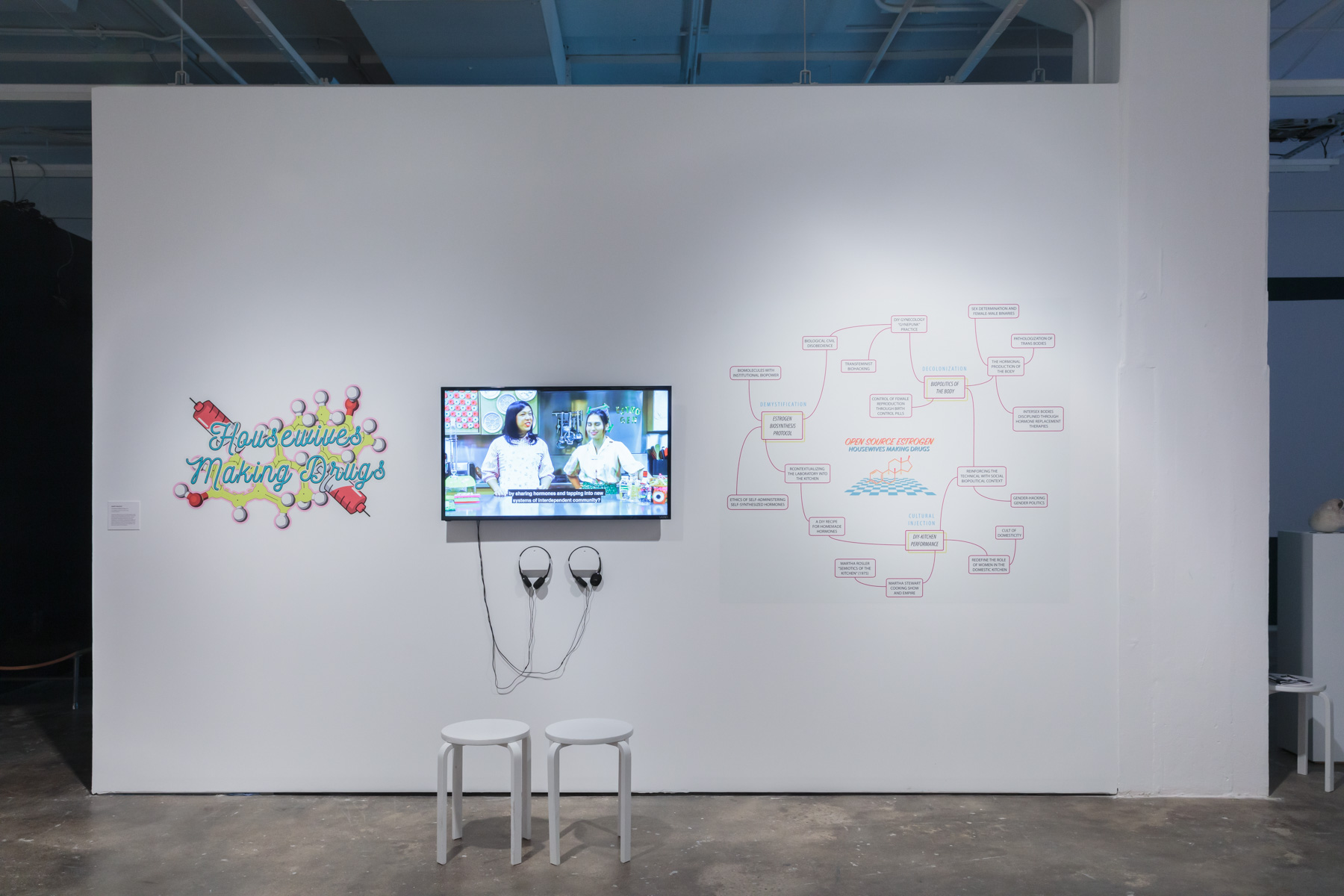
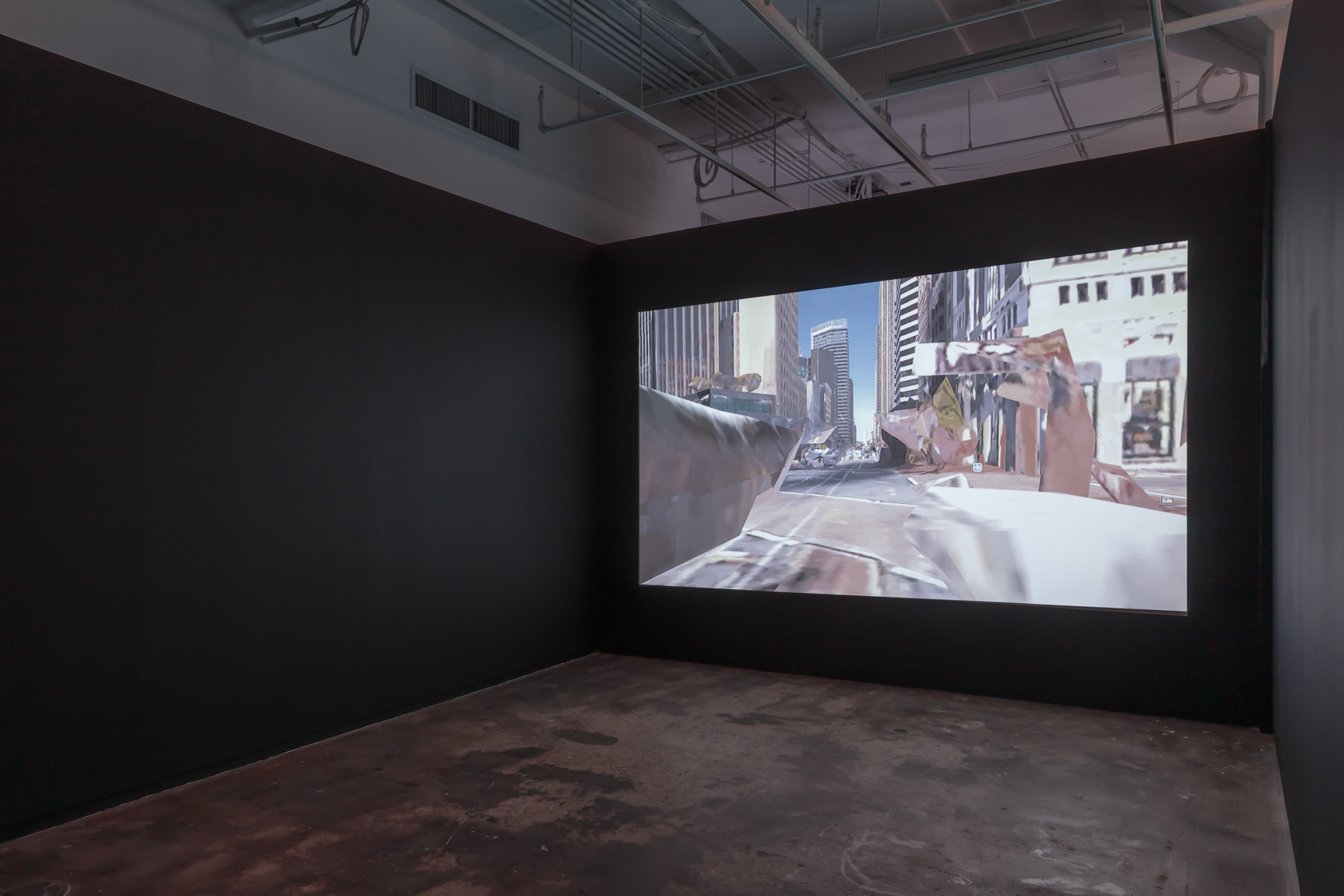
![micha cárdenas and Abraham Avnisan, Sin Sol (No Sun), Walk [detail], 2018. Augmented game reality installation with sound. Courtesy of the artists. Installed in Refiguring the Future , Hunter College Art Galleries, 2019. Photo by Stan Narten.](https://images.squarespace-cdn.com/content/v1/57ab6f341b631bb0ce76339e/1550686973221-VRHY8O0ODWBWI07O9BOH/_SP_6221-web.jpg)
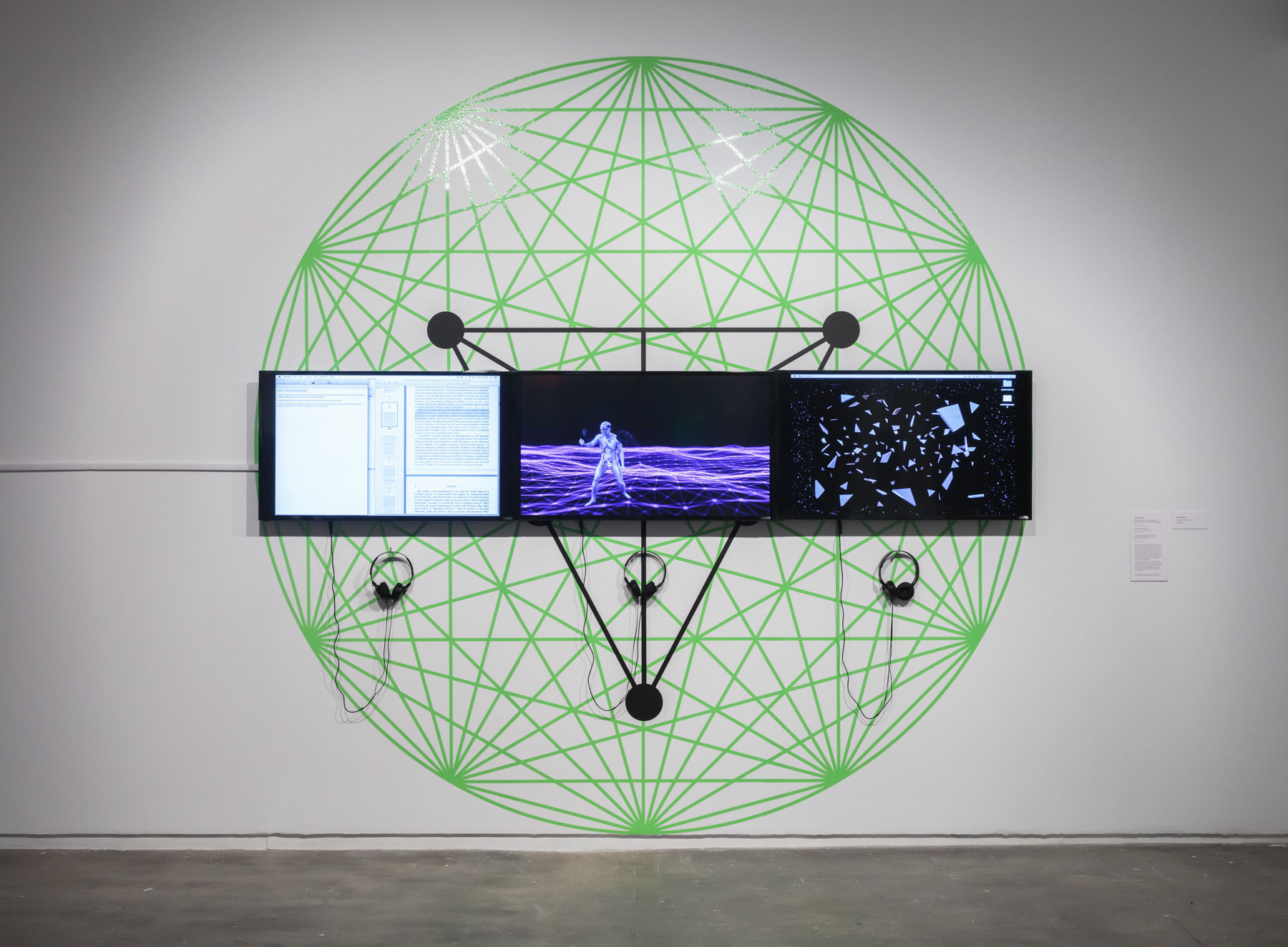
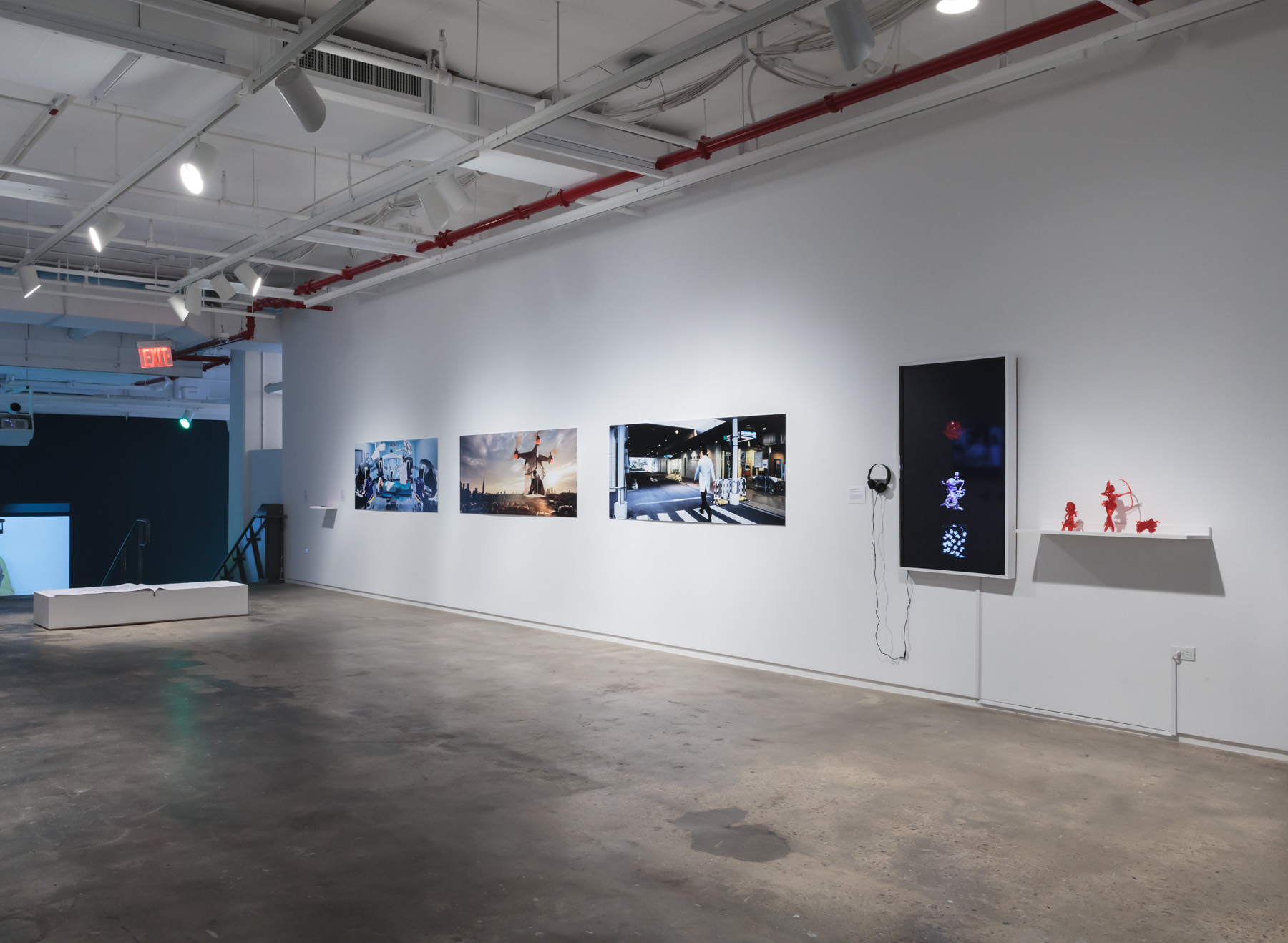
Refiguring the Future
February 9—March 31, 2019
205 Hudson Gallery, Hunter College Art Galleries
New York, NY 10013
Opening Reception: February 8th, 6-8pm
During the opening reception, artists Bararak adé Soleil and Lauren McCarthy will be activating their work. American Sign Language interpretation will be provided at the opening.
Conference: February 9-10, 2019
February 9th, 2018
10am – 6pm
Kaye Playhouse at Hunter College
695 Park Ave, New York, NY 10065
February 10th, 2018
12pm – 6pm
Knockdown Center
52-19 Flushing Ave, Maspeth, NY 11378
Refiguring the Future is organized by Eyebeam and REFRESH in collaboration with the Hunter College Art Galleries.
Curated by REFRESH collective members Heather Dewey-Hagborg and Dorothy R. Santos, the exhibition title is inspired by artist Morehshin Allahyari’s work defining a concept of “refiguring” as a feminist, de-colonial, and activist practice. Informed by the punk ethos of do-it-yourself (DIY), the 18 artists featured in Refiguring the Future deeply mine the historical and cultural roots of our time, pull apart the artifice of contemporary technology, and sift through the pieces to forge new visions of what could become.
The exhibition will present 11 new works alongside re-presented immersive works by feminist, queer, decolonial, anti-racist, and anti-ableist artists concerned with our technological and political moment including: Barak adé Soleil, Morehshin Allahyari, Lee Blalock, Zach Blas*, micha cárdenas* and Abraham Avnisan, In Her Interior (Virginia Barratt and Francesca da Rimini)*, Mary Maggic, Lauren McCarthy, shawné michaelain holloway*, Claire and Martha Pentecost, Sonya Rapoport, Sputniko! and Tomomi Nishizawa, Stephanie Syjuco, and Pinar Yoldas*.
*Denotes participation in conference.
SUPPORT
Refiguring the Future is supported by grants from the Open Society Foundations and John D. and Catherine T. MacArthur Foundation as part of NetGain. This partnership is a philanthropic collaboration seeking to advance the public interest in the digital age.
Additional support for the presentation of Refiguring the Future at the Hunter College Art Galleries is made possible by the David Bershad Family Foundation, the Susan V. Bershad Charitable Fund, Inc., Carol and Arthur Goldberg, Agnes Gund, Joan Lazarus, and the Hunter College Foundation.
VENUE ACCESSIBILITY
205 Hudson is an accessible space. The entrance and lobby is on the ground floor at 205 Hudson at Watts St. The mezzanine level is accessible via a wheelchair lift. Restrooms are located on the ground floor and are wheelchair accessible.
Kaye Playhouse is an accessible venue. The conference entrance and lobby are located at 68th Street, between Park and Lexington, on the north side of the street, through the courtyard. Accessible entrance is available by ramp on the left side of the courtyard. Restrooms are located on the ground floor and are wheelchair accessible.
The Knockdown Center is an accessible venue. The conference entrance is located on 52-19 Flushing Ave at 54th St through a parking lot. The accessible entrance is available by ramp in front of the building. Restrooms are located on the ground floor lobby area and are wheelchair accessible.

Hunter MFA Thesis Exhibition: Part II
HUNTER MFA THESIS EXHIBITION PART II
December 15, 2018–January 9, 2019
Opening: Saturday, December 15th, 5–8pm
Corey Allen
Alison Kizu-Blair
Michelle Hernandez Vega
Lila Jamail
Jessi Li
Wai Ying Zhao
Jason Rondinelli
Christopher Roberson
For more information on this exhibition hours and the artists, visit: http://www.mfa205hudson.org/mfa-thesis-exhibitions/fall-2018

Hunter MFA Thesis Exhibition: Part I
HUNTER MFA THESIS EXHIBITION PART I
November 10 – December 2, 2018
Opening: Saturday, November 10th, 3–6pm
The Hunter College MFA Program in Studio Art is pleased to announce Part I of the Fall 2018 MFA Thesis Exhibition at 205 Hudson Street, November 10 – December 2, 2018.
The exhibition will feature seven MFA Candidates:
Jordan Artim
Patricia Ayres
Amanda Brown
Joseph Burwell
Amy Butowicz
Nathan Sinai Rayman
Kyle Utter
The exhibition will be open seven days a week from 11am–6pm, and is free and open to the public. The seven artists in the exhibition represent an array of art making practices, including painting, sculpture, photography, video, performance, and site-specific installations.
For more information on this exhibition and the artists, visit: http://www.mfa205hudson.org/mfa-thesis-exhibitions/fall-2018

Stephen Mueller: Orchidaceous
Stephen Mueller: Orchidaceous
Curated by Carrie Moyer and Sarah Watson with Agnes Gund Curatorial Fellows Evan Bellantone and Sophia Ma and Hunter MA and MFA students enrolled in the Advanced Curatorial Certificate
205 Hudson Gallery
September 14–October 28, 2018
Opening reception: September 13, 2018, 6–8pm
Gallery hours: Wednesday–Sunday, 1–6pm
Stephen Mueller: Orchidaceous presents a rare look into the late painter’s oeuvre during a period of rigorous creative transformation. The exhibition traces Mueller’s formal and conceptual evolution from his high-octane, impetuous gestural work from the late 1980s to the spatial complexity, exquisite color and sensuous facture of his late paintings. With over 40 paintings and works on paper, this will be the artist’s most comprehensive exhibition to date.
Stephen Mueller (1947–2011) was part of a loose-knit group of New York-based artists—including Mary Heilmann, Jonathan Lasker, Elizabeth Murray, Thomas Nozkowski, David Reed, Pat Steir, Gary Stephan and others—who transformed and reenergized American abstract painting during the late 1970s and 1980s. Building on the tenets of Color Field painting, Mueller’s subtle, luminous images anticipate many of the concerns of contemporary painting. The work overflows with visual puns and associations through sophisticated re-combinations of Asian iconography, cartoons, encyclopedic decorative traditions, new-age sensibility, and electric, synthetic color. Through his endlessly innovative use of acrylic paint, his canvases become portals into radiant space. The trajectory of Mueller’s work reveals an artist deeply committed to inventing his own articulation of the spiritual—an impulse that has particular appeal and resonance for painters working today.
Stephen Mueller: Orchidaceous is the result of generous collaboration with the Estate of Stephen Mueller; Texas Gallery, Houston; and Lennon, Weinberg, Inc., New York. The exhibition is accompanied by a richly illustrated publication containing an essay by curator Carrie Moyer; Mueller’s own writing; and interviews with painters in Mueller’s creative circle, including Robin Bruch, Joe Fyfe, Judith Hudson, Shirley Kaneda, Melissa Meyer, Carl Palazzolo, Ellen Phelan, Pat Steir and Billy Sullivan. A full schedule of public programing will accompany the exhibition.
Stephen Mueller had nearly 50 solo exhibitions during his lifetime. His paintings were included in numerous group exhibitions across the U.S., Europe, and Asia, including in two Whitney Biennials (1987, 1995). Curated by Klaus Kertess, Mueller’s 2003 mid-career exhibition was held at the Joslyn Museum, Omaha, NE. He was the recipient of grants and fellowships from the NEA, NYFA, the Gottlieb Foundation, the Guggenheim Foundation and the Pollock-Krasner Foundations, among others. Between 2003 and 2011, Mueller was a frequent contributor for artcritical.com, Gay City News, and Art in America. His work is held in the collections of the Whitney Museum of American Art, New York; the High Museum, Atlanta; the Brooklyn Museum; the Birmingham Museum of Art; and the Museum of Fine Arts, Houston, among others. His estate is jointly represented by Texas Gallery, Houston; and Lennon, Weinberg, Inc., New York.
Public Programming
Saturday, September 22, 4pm
Artist-led walkthrough with Joe Fyfe, Carrie Moyer, and Carl Palazzolo
Tuesday, September 25, 7pm
The Gallerists: A panel discussion on the intimate relationships and histories between gallerists and artists.
With Margaret Liu Clinton (Koenig & Clinton), Michael Findlay (Acquavella Galleries), and Fredericka Hunter (Texas Gallery and the Robert Rauschenberg Foundation). Moderated by Carrie Moyer.
Hunter College MFA Program Flex Space, Room 200
205 Hudson Street
Wednesday, September 26th, 6–9pm
205 Hudson Gallery open late for the 9th edition of Tribeca Art Night
Saturday, October 27
4pm | Artist-led walkthrough with Josh Blackwell, Carrie Moyer, and Arlene Shechet
6–8pm | Closing reception with performance by Ariana van Gelder
Stephen Mueller: Orchidaceous is made possible by the generous support of the David Bershad Family Foundation, the Susan V. Bershad Charitable Fund, Inc., Carol and Arthur Goldberg, Agnes Gund and Joan Lazarus in support of the Curatorial Certificate Program, and the Evelyn Kranes Kossak Fund for exhibition programming.
The Hunter College Art Galleries also thank Paula Cooper Gallery, Larry Gagosian, Marian Goodman Gallery, and David Zwirner for their generous contributions to the Curatorial Certificate Program.

Axis Mundo: Queer Networks in Chicano L.A.
An exhibition of work by a collaborative network of over 50 LA-based queer Chicanx artists produced through the 1960s to 1990s

Hunter MFA Thesis Part II
May 17th–June 2nd, 2018
Monday–Sunday, 11am–6pm
Opening Reception:
May 17th, 6–9pm
Featuring the work of:
Ben Browne
Justin Cloud
Sarah Creagan
Paola Di Tolla
Emily Furr
Carter Johnson
Jule Korneffel
Madhini Nirmal
Russell Perkins
Leonard Reibstein
Todd (T. Eliott Mansa) Thomas
Andy Van Dinh
For more information, please visit:
http://www.mfa205hudson.org/mfa-thesis-exhibitions/spring-2018/

Hunter MFA Thesis Part I
April 19th, 2018–May 5th, 2018
Monday–Sunday, 11am–6pm
Opening Reception:
April 19th, 6–9pm
Featuring the work of:
Patrick Costello
Theresa Daddezio
Rachelle Dang
Pablo Diaz
Mikey Estes
Zac Hacmon
Michelle O'Connell
Hector René Membreno Canales
Becky Jane Rosen
For more information, please visit:
http://www.mfa205hudson.org/mfa-thesis-exhibitions/spring-2018/
Copy, Translate, Repeat: Contemporary Art from the Colección Patricia Phelps de Cisneros
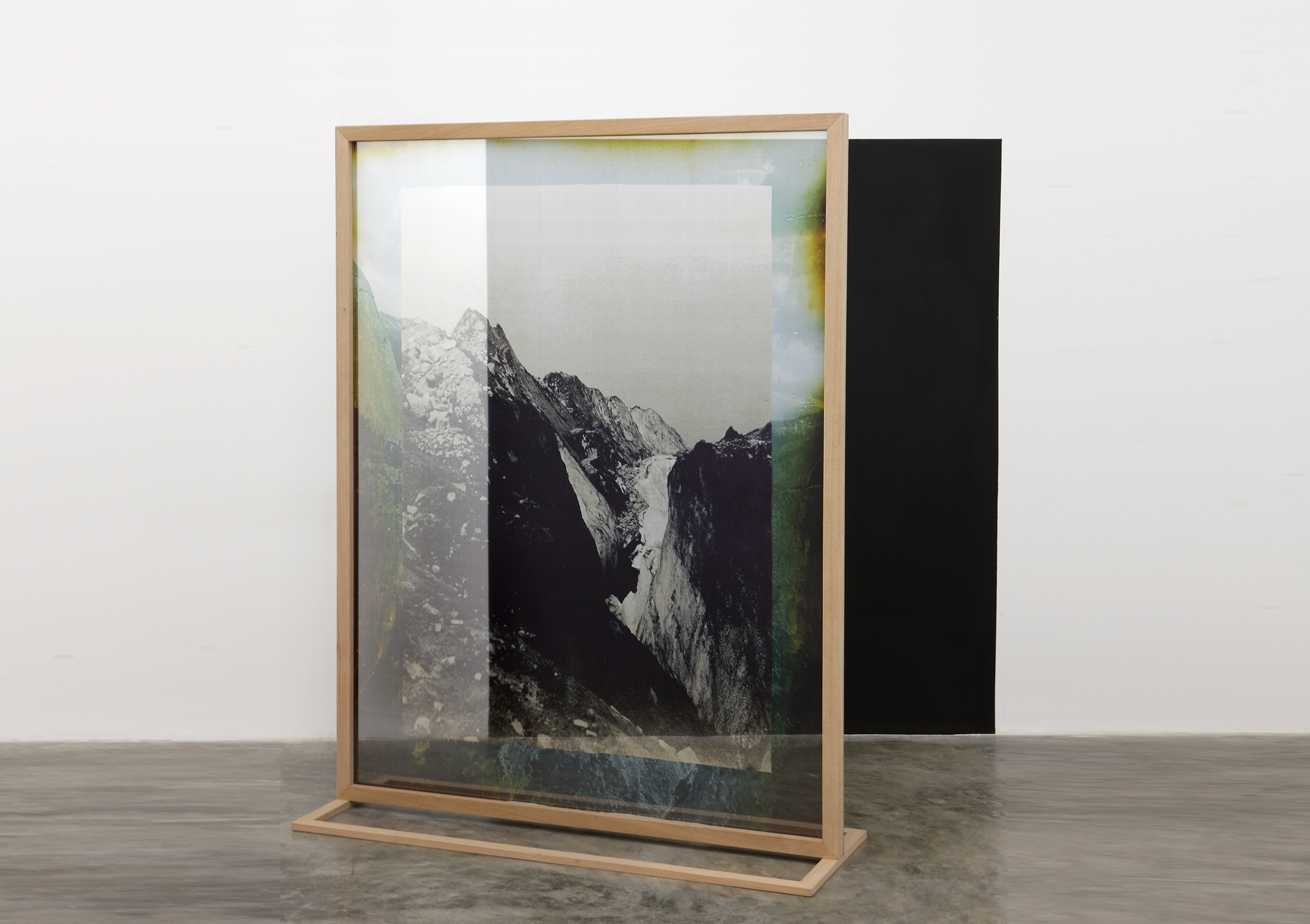
![Leandro Katz, El Castillo [Chichén Itzá], 1985. Gelatin silver print, 20 x 16 inches. The Museum of Modern Art. Promised gift of Patricia Phelps de Cisneros through the Latin American and Caribbean Fund in honor of May Castleberry.](https://images.squarespace-cdn.com/content/v1/57ab6f341b631bb0ce76339e/1516929213145-579QCDUGOWMJNJ24EA42/Katz.jpg)
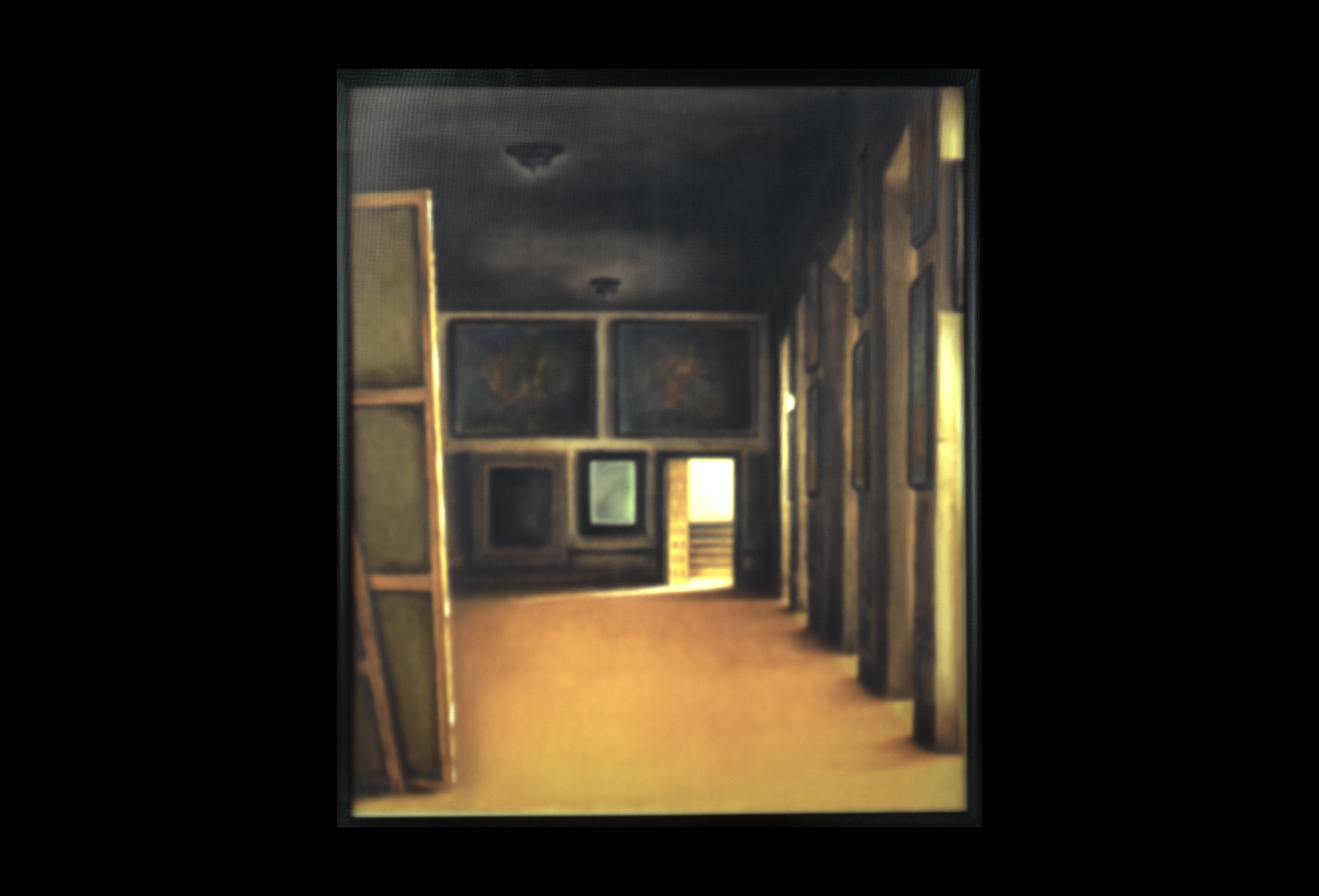
![Jorge Macchi, Vidas paralelas, 1998. Glass [two panels], 31 ½ x 51 1/8 inches. Colección Patricia Phelps de Cisneros](https://images.squarespace-cdn.com/content/v1/57ab6f341b631bb0ce76339e/1517064377854-TDFJZSNTSJU7SHZA63CU/vidas+paralelas.jpg)
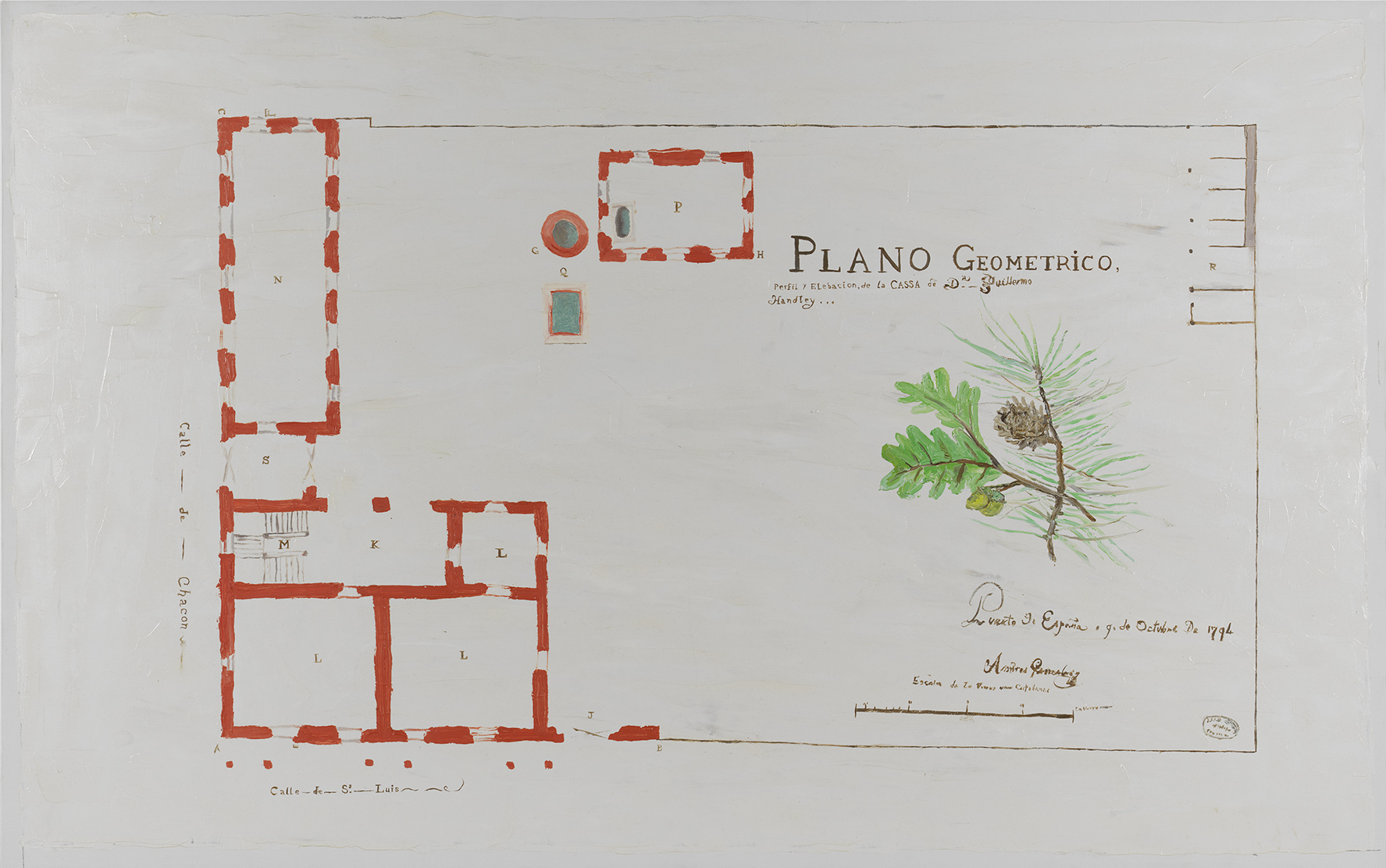
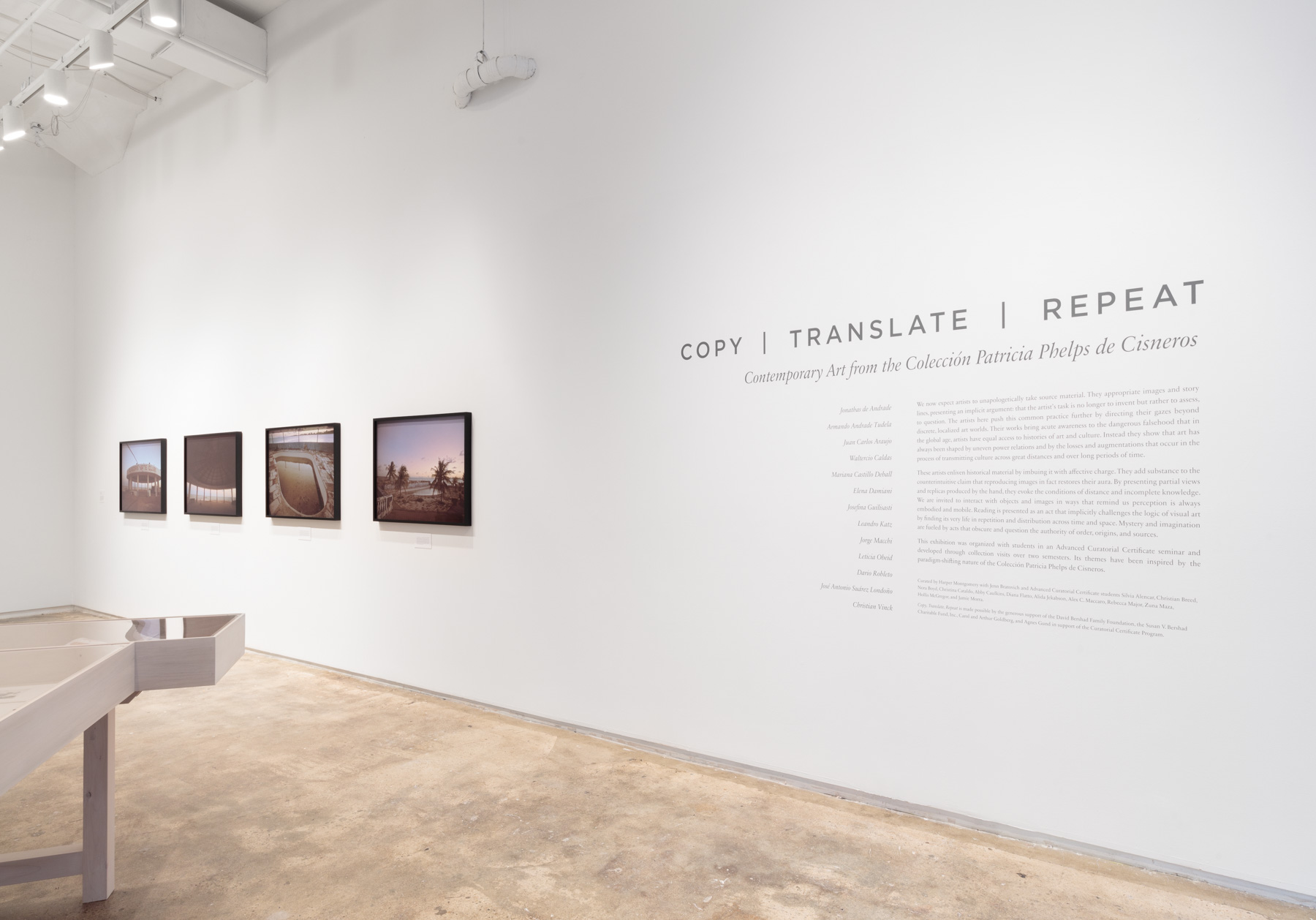
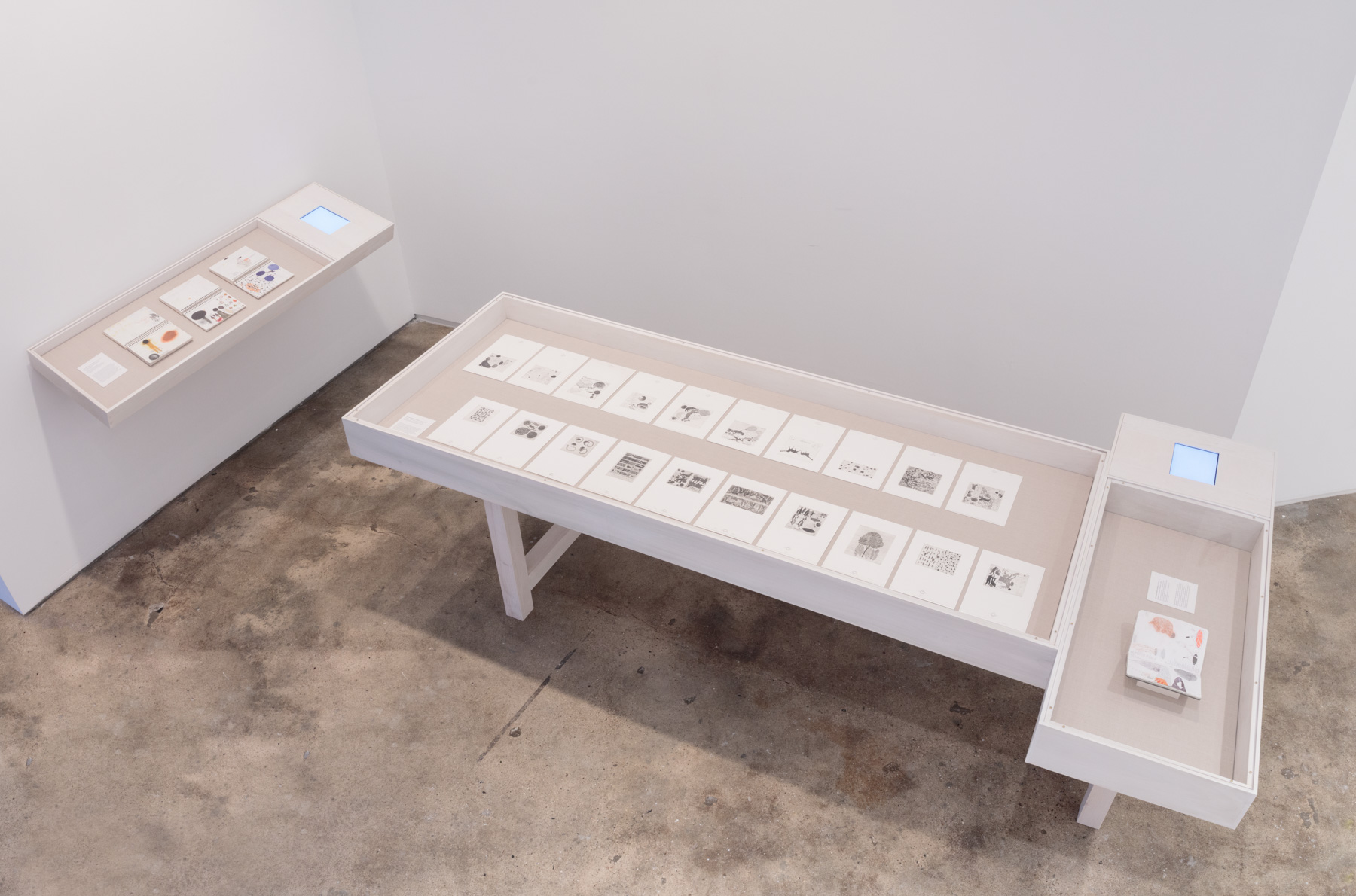
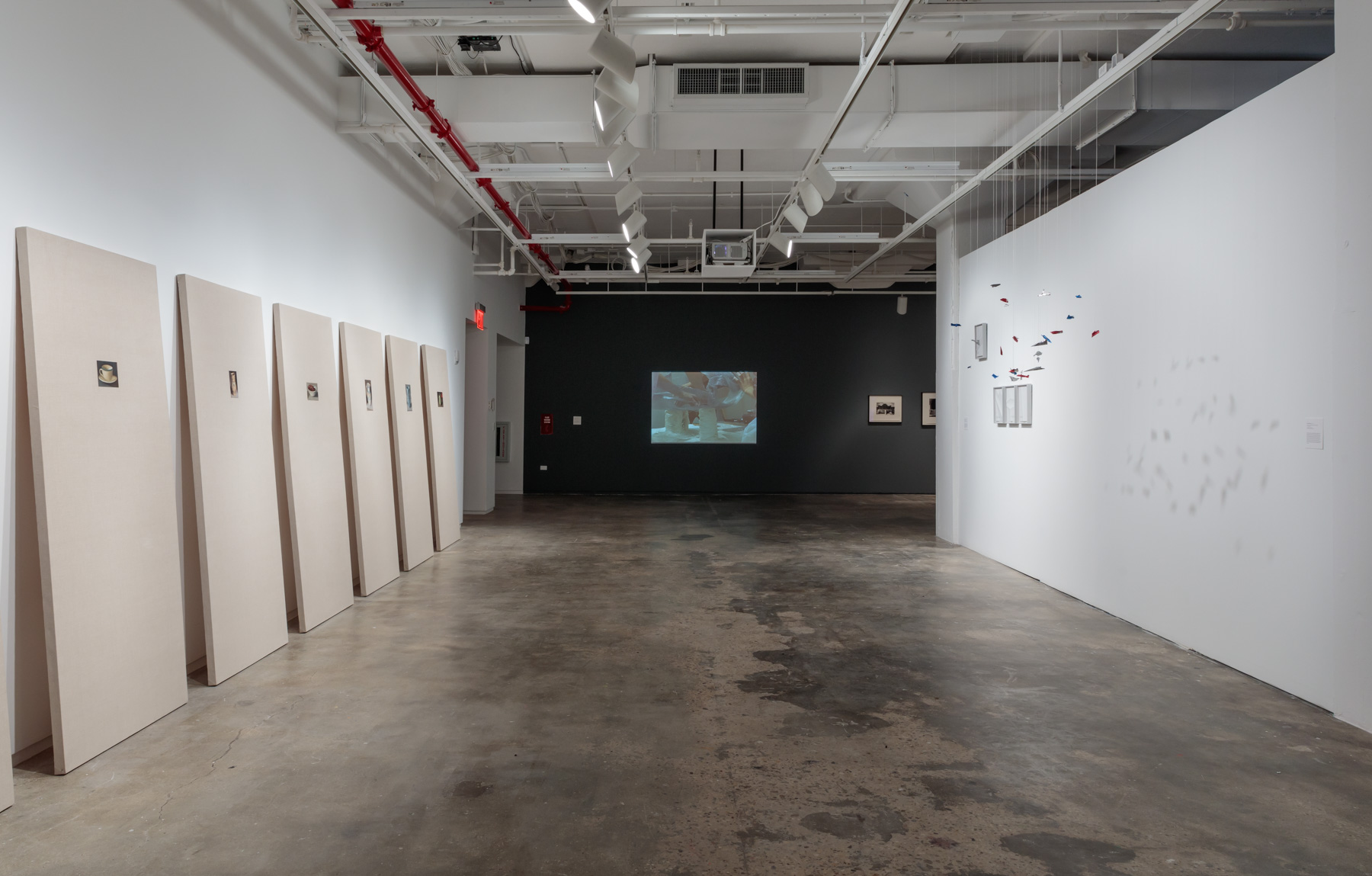

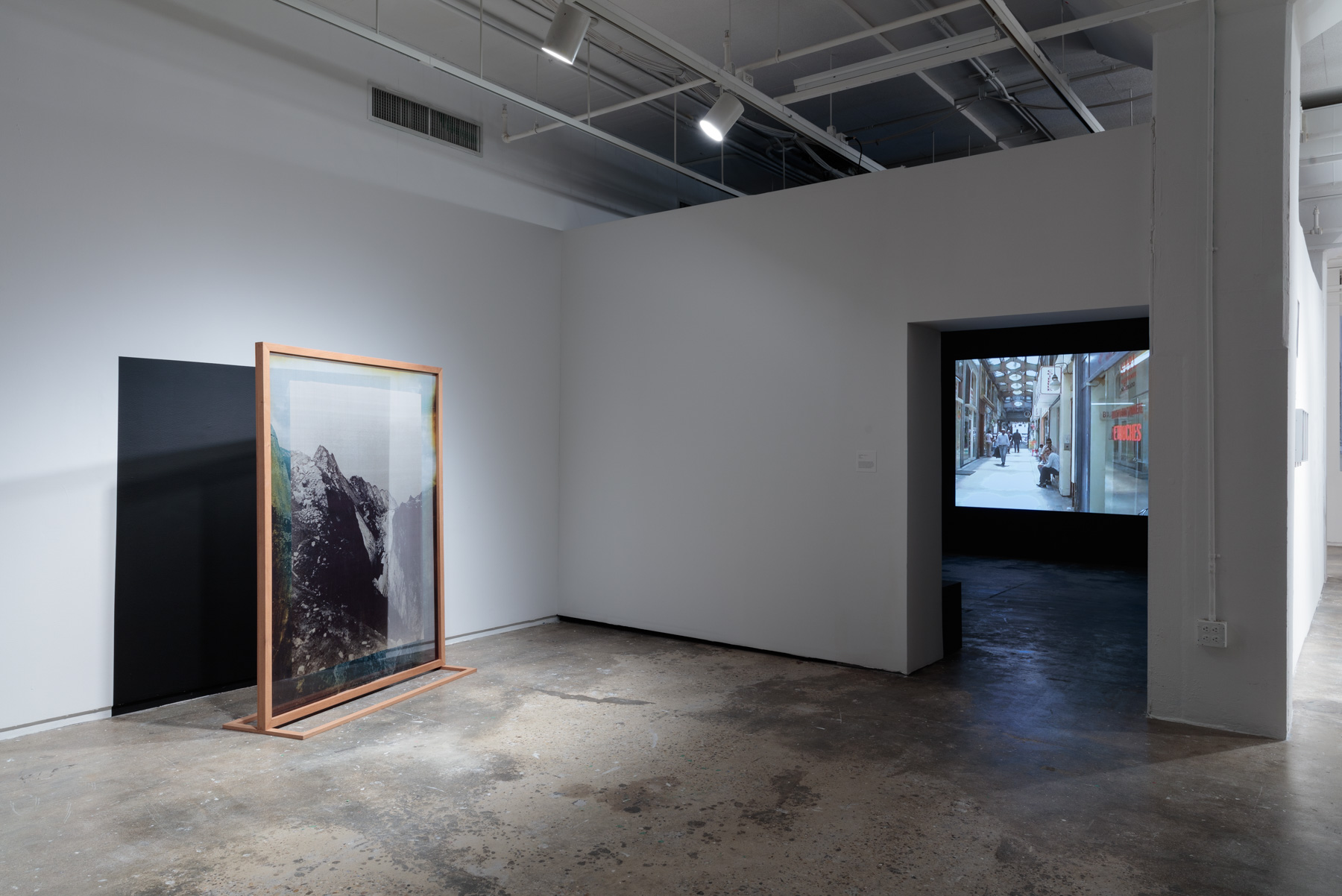
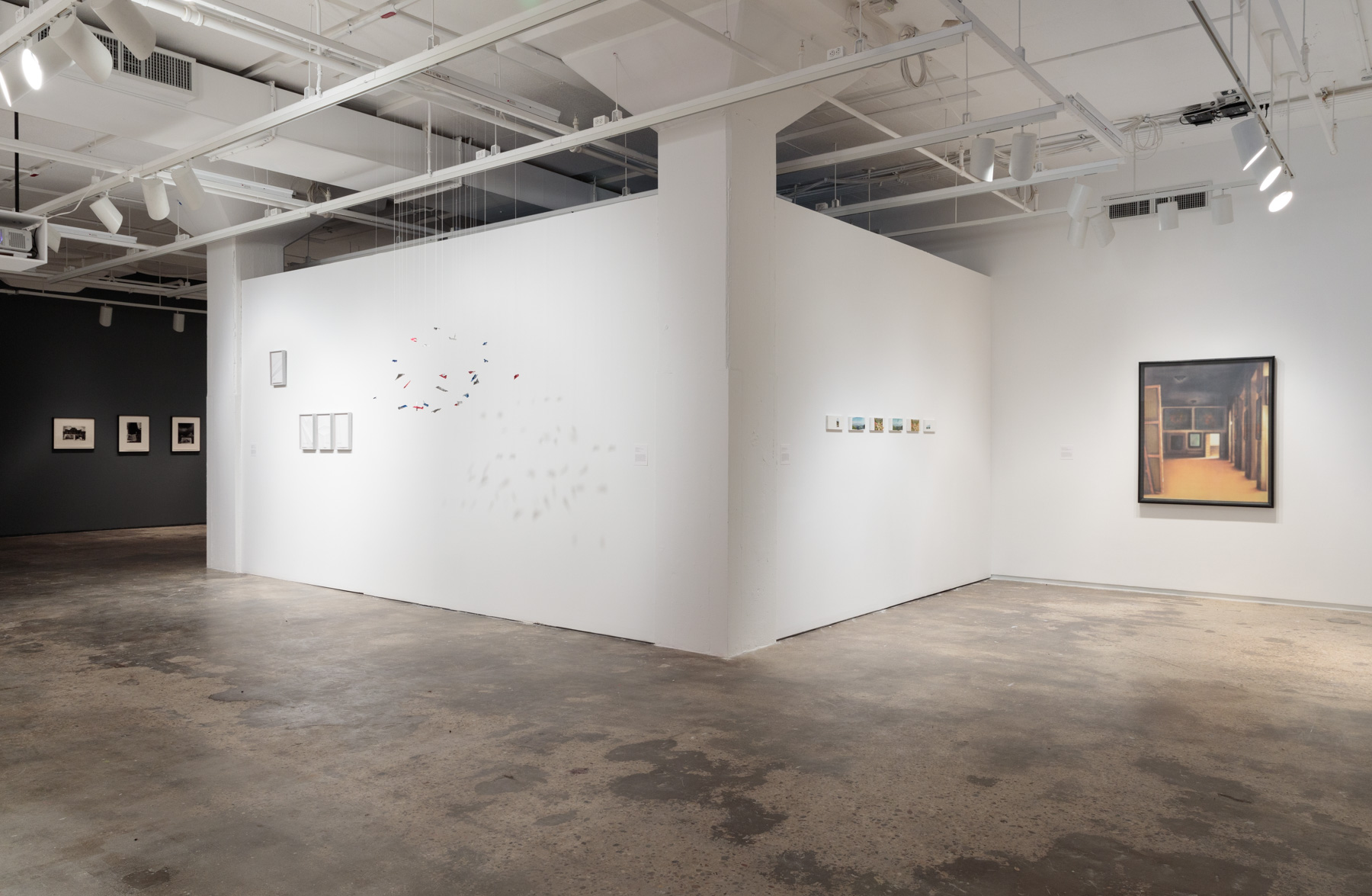
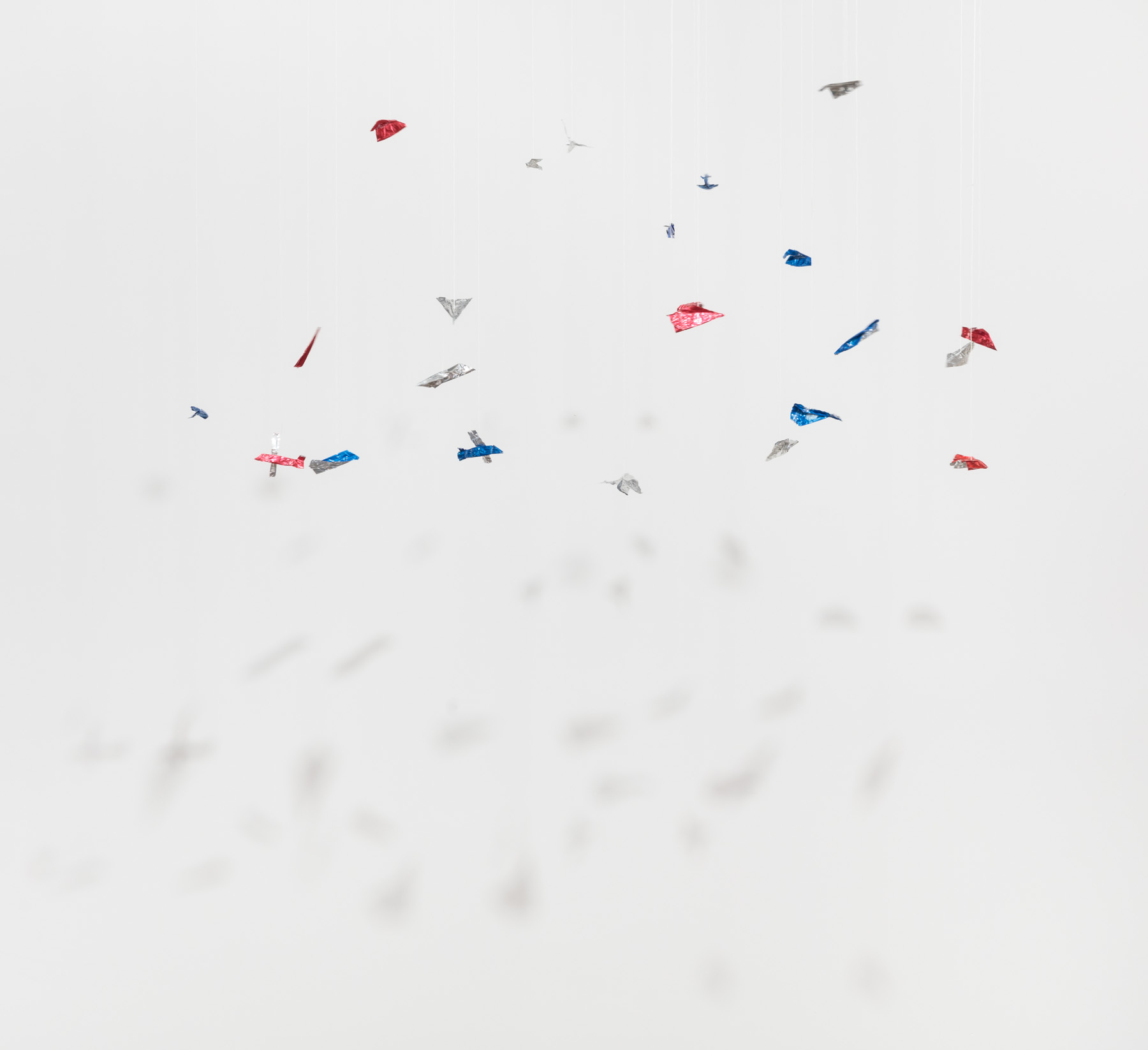

Copy, Translate, Repeat: Contemporary Art from the Colección Patricia Phelps de Cisneros
Jonathas de Andrade, Armando Andrade Tudela, Juan Carlos Araujo, Waltercio Caldas, Mariana Castillo Deball, Elena Damiani, Josefina Guilisasti, Leandro Katz, Jorge Macchi, Leticia Obeid, Dario Robleto, José Antonio Suárez Londoño, Christian Vinck
Curated by Prof. Harper Montgomery with Jenn Bratovich and Hunter MA and MFA Students enrolled in the Advanced Curatorial Certificate
Hunter College Art Galleries
205 Hudson Gallery
205 Hudson Street
New York, NY 10013
Entrance on the south side of Canal Street between Hudson and Watts
February 8–April 1, 2018
Opening Reception: February 8, 2018, 6–8pm
At a moment of much debate about the status of global contemporary art, this exhibition examines how artworks drawn from the contemporary collection of Patricia Phelps de Cisneros navigate this complex issue by embracing appropriative strategies for making art. The appropriative act enables the artists in this exhibition to confound conventions of time and space and question narratives of history, art, and progress. By repeating and copying art historical and archival sources, literary texts, and objects made far away and long ago, they collapse distance as near and far or “here” and “there.” In one way or another, all these artists are intervening, inserting themselves, repeating some type of source. If they are all devoted to repeating already extant works and images, they are also dedicated to exploring the cracks, the potential veins of growth and expansion, exploration and discovery, that always existed within the “originals.” Waltercio Caldas, for instance, invites us to join him in his study of Velázquez’s mastery of pictorial space by presenting a depopulated version of the artist’s Las meninas. Whereas in works by Christian Vinck and Mariana Castillo Deball, authorship is replaced by the even more extreme authority of the colonial archive or Primitivist art collection, so that appropriation reveals the powerful structures of classification and image-making that underlie the power of nation states. Even more, in Vidas paralelas Jorge Macchi presents two panes of glass which have shattered in identical patterns, completely confounding our sense of the veracity of time and materiality. We know that one must be the source and one the copy, but we are unable to sort out which is which.
Transformation, travel, memory, landscape, modernism, architecture, ethnography, as well as the photograph, the moving image, the handcrafted object, the presence of the body, and painting are themes brought to bear by the artworks in the exhibition. Although their tactics are varied, the artists all take intensely personal approaches to appropriation to question an authority greater than the market or authorship. Directing their critiques instead toward the construction of culture itself, they work against standards set in Europe and the United States even while they are historically participants in these very traditions. They use appropriation as a means of inhabiting works and documents of the past to bring to bear generative qualities that have not yet been explored. In the end, it is by processing a “source” or “object of critique” through their subjectivities that artists generate new experiences of the sensations of the nonlinear often collapsed and layered temporal and spatial registers in which they live and move.
The exhibition brings together a group of artists who have been shown in New York and are collected by major institutions here (Macchi, Caldas, Katz, Castillo Deball, Suárez Londoño, de Andrade, and Robleto) and artists who will be shown for the first time at Hunter College (Araujo, Damiani, Guilisasti, Obeid, and Vinck). As the first occasion on which such a considerable group of contemporary works from the Cisneros Collection have been shown in the United States, this exhibition is unique in that it showcases the innovative challenges the collection has posed to the question of how, where, and to what end contemporary art has been produced around, in, and about the region we call Latin America. Through the partnership between Hunter and the Colección Patricia Phelps de Cisneros, the collection was made available as a study resource for twelve students from the MA and MFA programs—and participants in the Curatorial Certificate Program. These students contributed to every step required in conceiving and executing the exhibition, including selection of artworks, layout and design, writing of didactic texts, and the crafting of scholarly essays for the catalogue.
Copy, Translate, Repeat: Contemporary Art from the Colección Patricia Phelps de Cisneros is made possible by the generous support of the David Bershad Family Foundation, the Susan V. Bershad Charitable Fund, Inc., Carol and Arthur Goldberg, and Agnes Gund in support of the Curatorial Certificate Program.
About the Advanced Curatorial Certificate
Hunter’s Department of Art & Art History has long provided its graduate students the opportunity to work with faculty and our galleries’ professional staff on exhibitions of exceptional quality. The new Advanced Curatorial Certificate builds on that tradition and the curatorial interests and ambitions of Hunter faculty and students—and our commitment to exhibitions whose themes, theses, and checklists have been developed and honed by our students. The program is designed to offer both a theoretical and historical grounding in curatorial practices and practical experience in exhibition organization and display and object research and preservation. Every student enrolled in the certificate program has the opportunity to work on an exhibition from inception to fruition, whether in the annual Curatorial Seminar or in faculty-supervised guided internships in the Hunter College Art Galleries or in museums and galleries beyond the college.
Hunter MFA Thesis Part II
Hunter College MFA Thesis Exhibition Part II
December 14th, 2017 – January 7, 2018
Opening Reception: December 14th, 6–9pm
Open Tuesday – Sunday, 1-6 pm, closed Christmas Day and New Year’s Day, by appointment Christmas Eve and New Year’s Eve
205 Hudson Gallery
Hunter College Art Galleries
205 Hudson Street
New York, NY 10013
Entrance on the south side of Canal Street between Hudson and Watts
Featuring artists:
Sam Bornstein
Jeff Conefry
Maggie Ellis
Dan Fig
Eri King
Nikki Mehle
Zatara McIntyre
Dionis Ortiz
Eugina Song
Yang Yu
Julie Zhu
In addition to three levels of installed 2D and 3D works, there will be concerts on Dec. 15, Dec. 19, and Dec. 20, and programming throughout the run of the show.
Hunter MFA Thesis Part I
Hunter MFA Thesis Part I
Confluence: Uncertain Archives
November 16–December 3, 2017
Opening Reception November 16th, 6–9pm
205 Hudson Gallery
Hunter College Art Galleries
205 Hudson Street
New York, NY 10013
Entrance on the south side of Canal Street between Hudson and Watts
Hours: Wednesday–Sunday, 1–6pm
Jongwon Bae
Anael Berkovitz
Christian Breed
Alta Buden
Victoria Dolloff
Christian Hendricks
Katy McCarthy
Lang Zhang
“Archives are not static. Their material reality changes over time – decayed, displaced, reorganized – and their meanings shift as well, depending on the moment and context in which we encounter them.” — Mariam Ghani, Field Notes for What we Left Unfinished
How do ideas, actions, objects and events converge for history to “happen”? Can this confluence be measured? How do we reflect on it? We mine archives for ideas, stories and people and end up also finding conflicts, gaps, and redactions. The sources we draw upon are personal and public: some artists in the show address the history of space, while others speak to a more recent past. Uncertainty occurs any time we try to construct meaning from perceptive and subjective experiences.This confluence is where we connect: to question, deviate from, and contribute.
Ugo Rondinone: I ♥ John Giorno
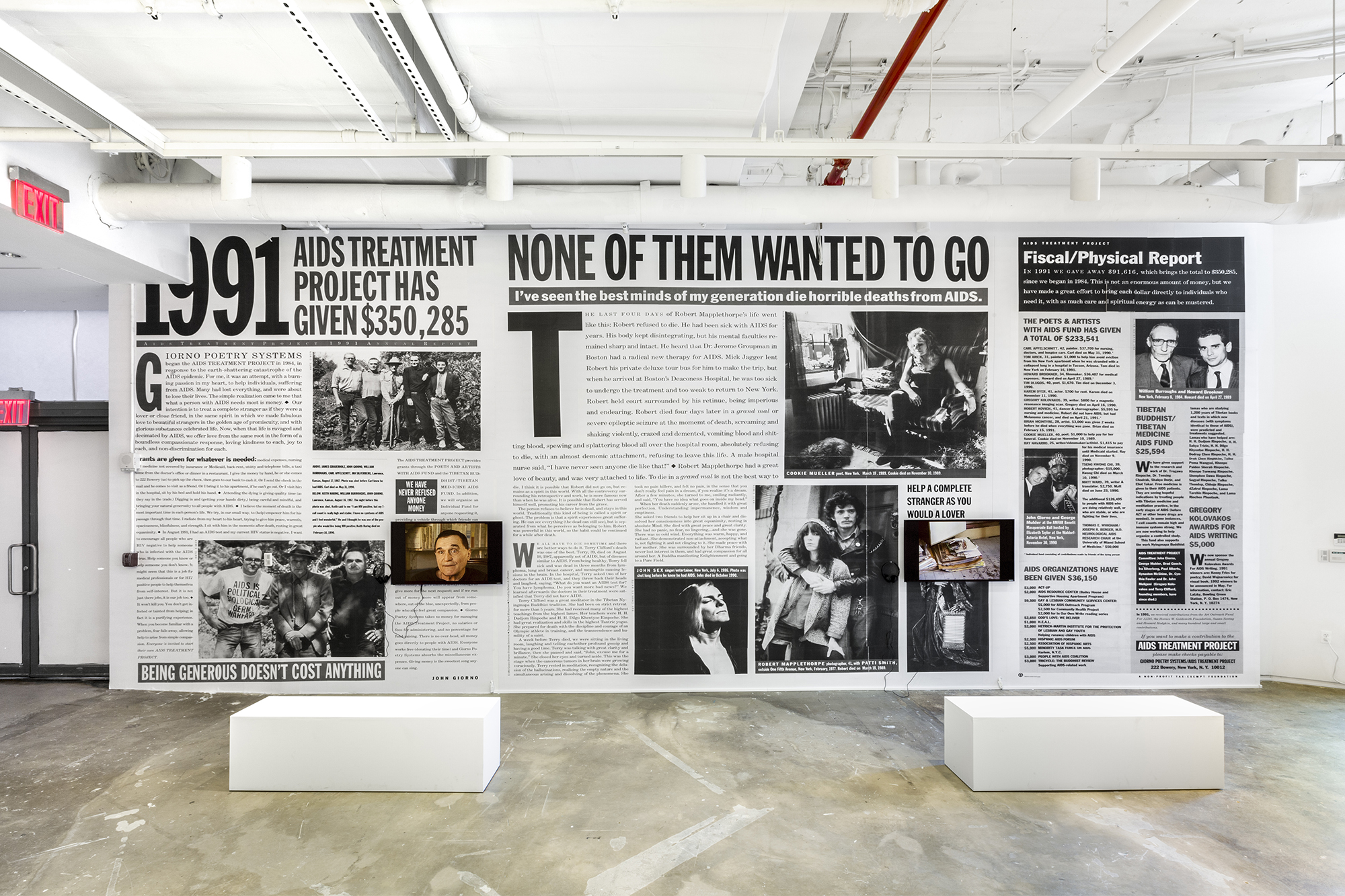
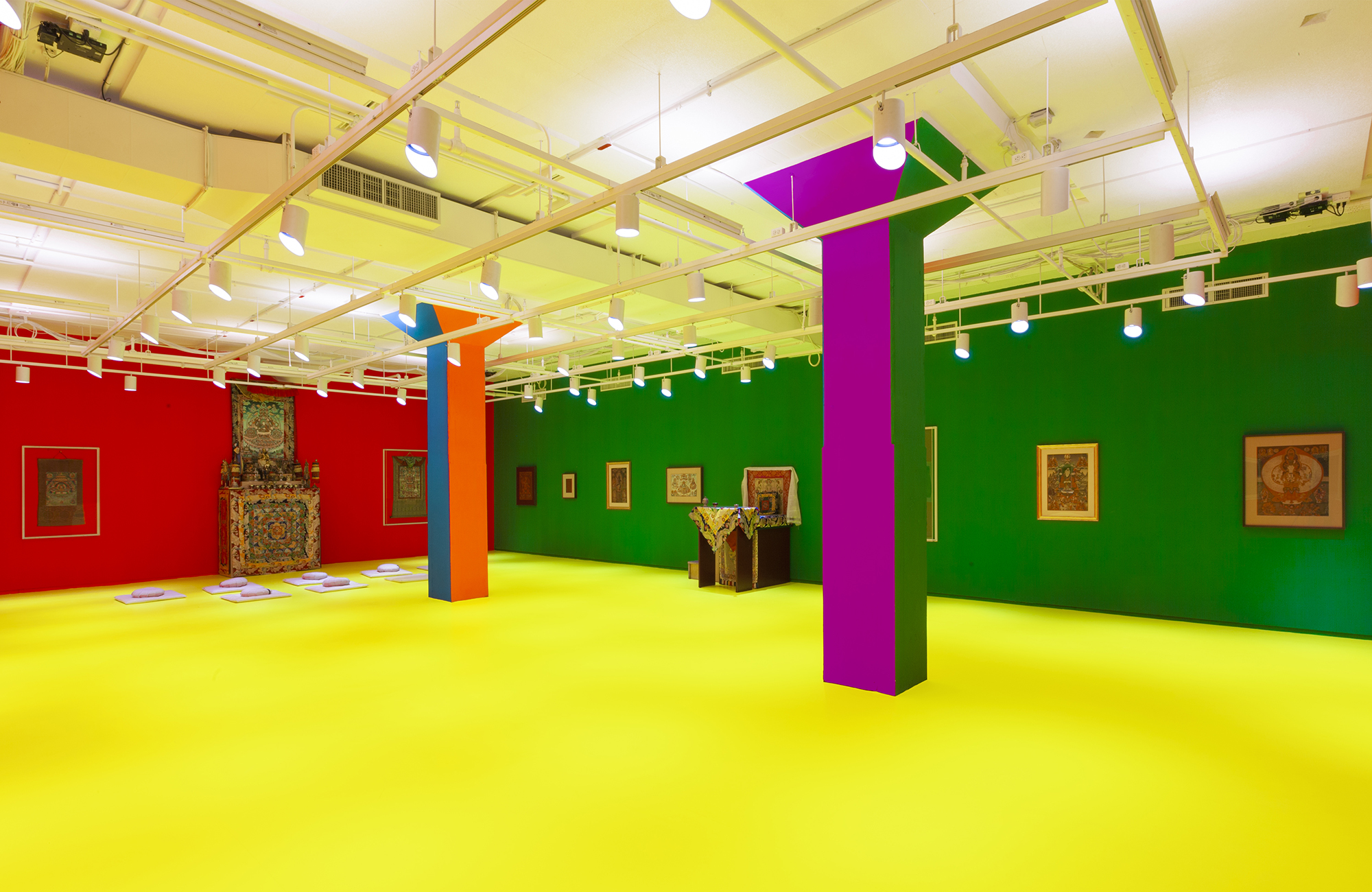

Ugo Rondinone: I ♥ John Giorno
June 21–October 22, 2017
Opening reception: Wednesday, June 21, 5–8pm
Closed Friday, June 30–Friday, July 7, re-opening on Saturday, July 8
205 Hudson Gallery
Hunter College Art Galleries
205 Hudson Street
New York, NY 10013
Entrance on the south side of Canal Street between Hudson and Watts
Hours: Wednesday–Sunday, 1–6pm
On the evening of the June 21st summer solstice, Ugo Rondinone: I ♥ John Giorno—the first major U.S. exhibition about the American poet, artist, activist and muse John Giorno—will open simultaneously across 13 locations in New York City. I ♥ John Giorno is a work of art by Giorno’s husband, the Swiss artist Ugo Rondinone. The exhibition is a celebration of the life and work of John Giorno—an artist whose work has influenced generations. Taking place in his chosen hometown, the exhibition affords a unique opportunity for Giorno’s contributions to be recognized within the canons of American poetry and art history, and celebrates the artist’s 80th birthday.
I ♥ John Giorno is an unprecedented collaboration between leading non-profit and alternative spaces across New York, which are joining forces for the first time to mount a multilayered exhibition on a single subject. Partner venues include: Artists Space, High Line Art, Howl! Happening, Hunter College Art Galleries, The Kitchen, New Museum, Red Bull Arts New York, Rubin Museum of Art, Sky Art, Swiss Institute, White Columns, and 80WSE Gallery. Reconfigured as a festival, including installations in galleries and public spaces, as well as a full roster of public programs and events, I ♥ John Giorno is free and open to the public.
Expanding upon the exhibition that took place at Palais de Tokyo in Paris from October 2015 to January 2016, I ♥ John Giorno has been re-conceptualized specifically for New York, highlighting Giorno’s significant relationship with the city, and his singular role in creating and fostering community here. The 18-part exhibition has been divided by Rondinone into chapters reflecting the layers of Giorno’s life and work, his longstanding influence on and dedication to his chosen hometown of New York City, and his relationships with artist friends, lovers and collaborators including: Richard Bosman, Phong Bui, Angela Bulloch, Anne Collier, Verne Dawson, Judith Eisler, John Giorno, Mark Handforth, Matthew Higgs, Pierre Huyghe, Françoise Janicot, Scott King, Elizabeth Peyton, Ugo Rondinone, Erik Satie, Kendall Shaw, Michael Stipe, Billy Sullivan, Rirkrit Tiravanija, Peter Ungerleider, Joan Wallace, and Andy Warhol, whose work will be presented as part of the festival.
The exhibition format echoes the symbiotic relationship between Ugo Rondinone and John Giorno, who have been both partners and collaborators for the past two decades. Rondinone describes the show saying: “I ♥ John Giorno is a kaleidoscopic exhibition about the life and work of American poet and Tibetan Buddhist John Giorno, whose rich and stimulating life has woven many threads of American culture and spirituality. Within the dreamscape of the exhibition, one is invited to wander through the juxtaposed realm of art and poetry where image and language build upon themselves in a layered stream of consciousness driven by the biographical, the conceptual, and the emotional.”
I ♥ John Giorno is made possible in part by public funds from Pro Helvetia, Swiss Arts Council. The I ♥ John Giorno organizing committee gratefully acknowledges generous support from Van Cleef & Arpels and the Andy Warhol Foundation for the Visual Arts. Thanks to Almine Rech Gallery, Brussels, London, New York and Paris; Elizabeth Dee Gallery, New York; Esther Schipper, Berlin; Galerie Eva Presenhuber, New York and Zürich; Gladstone Gallery, Brussels and New York; Galerie Kamel Mennour, London and Paris; Kukje Gallery, Seoul; and Sadie Coles, London for production support. Additional thanks to Ophelia and Bill Rudin as well as the General Consulate of Switzerland in New York for their gracious contribution, and to agnès b. for in kind support.
ABOUT JOHN GIORNO
John Giorno (b. 1936, New York City, USA) is an artistic innovator who has been defying conventional definitions of poet, performer, political activist, Tibetan Buddhist, and visual artist since he emerged upon the New York art scene during the late 1950s. In the 1960s, he began producing multi-media, multi-sensory events concurrent with Warhol’s Exploding Plastic Inevitable. He worked with Rauschenberg’s Experiments in Art and Technology (E.A.T) in 1966, and with Bob Moog in 1967-68. His breakthroughs in this area include Dial-A-Poem, which was first presented in 1968 at the Architectural Society of New York, and was later included in the MoMA’s Information exhibition in 1970. His contributions are significant to many culturally defining moments: the Beat generation, Pop Art, Punk, the Pictures Generation, and the hip-hop era. His work is included in the collections of the Museum of Modern Art, New York; Centre Georges Pompidou, Paris; Musée National d´Art Moderne, Paris; and Queensland Art Gallery/Gallery of Modern Art, Brisbane; among others.
ABOUT UGO RONDINONE
go Rondinone (b. 1964, Brunnen, Switzerland) is a renowned mixed-media artist who lives and works in New York. Recent solo shows include: your age my age and the age of the rainbow, The Garage Museum of Contemporary Art, Moscow; let’s start this day again, Contemporary Arts Center, Cincinnati; every time the sun comes up, Place Vendome, Paris; girono d’oro + notti d’argento, Mercati die Traiano, Rome; becoming soil, Carre d’Art, Nîmes; seven magic mountains, Art Production Fund and Nevada Museum of Art/Desert of Nevada; vocabulary of solitude, Museum Boijmans Van Beuningen, Rotterdam; Ugo Rondinone: I ♡ John Giorno, Palais de Tokyo, Paris; golden days and silver nights, Art Gallery of New South Wales, Sydney; and artists and poets, Secession, Vienna. His work is in the collections of the Museum of Modern Art, New York, the Institute of Contemporary Art, Boston, the San Francisco Museum of Modern Art, the Walker Art Center, Minneapolis, and the Dallas Museum of Art, among others. Upcoming shows include the world just makes me laugh at Berkeley Art Museum and Pacific Film Archive, Berkeley; and good evening beautiful blue at Bass Museum of Art, Miami.
Ugo Rondinone: I ♡ John Giorno is made possible in part by public funds from the Swiss Arts Council Pro Helvetia. The I ♡ John Giorno organizing committee gratefully acknowledges generous support from Van Cleef & Arpels, the Andy Warhol Foundation for the Visual Arts and LUMA Foundation. Thanks to Almine Rech Gallery, Brussels, London, New York and Paris; Elizabeth Dee Gallery, New York; Esther Schipper, Berlin; Galerie Eva Presenhuber, New York and Zürich; Gladstone Gallery, Brussels and New York; Galerie Kamel Mennour, London and Paris; Kukje Gallery, Seoul; and Sadie Coles, London for production support. Additional thanks to Ophelia and Bill Rudin as well as the General Consulate of Switzerland in New York for their gracious contribution, and to agnès b. for in kind support.
JOHN GIORNO AND TIBETAN BUDDHISM
With works by John Giorno and Ugo Rondinone
205 Hudson Gallery
“When you’re a Buddhist, you work with your mind in meditation, and with various practices you train the mind to realize its empty nature. Strangely, that’s the way I make poems! Maybe it’s developing the ability to see what arises in one’s mind, how it arises and its nature, that makes Buddhism very sympathetic to poets.” — John Giorno
John Giorno was first introduced to Buddhism during his undergraduate studies at Columbia University in 1956 as part of its Core Curriculum. After several trips to India during the 1970s, he discovered Tibetan Buddhism and became a disciple of Dudjom Rinpoche (1904–1987), master of the Nyingmapa lineage, which Giorno actively helped to promulgate in the United States.
Every New Year since 1986, Giorno has welcomed Buddhist masters and students to his home for the traditional fire ceremony, during which the obstacles of the previous year are released to usher in the new one. For this exhibition, Giorno’s personal shrine from his home, which is decorated with intricate brocade from the sacred pilgrimage site of Benaras in India, has been relocated to the gallery space. Additionally, selected from the collection of the Rubin Museum of Art, a group of eighteen thangkas—Tibetan paintings—are also on display along with two from Giorno’s personal collection.
Padmasambhava, the founding figure of the Nyingmapa order, is depicted in a number of the works. Considered to be a “Second Buddha” in Tibet, Padmasambhava played a predominant role in the advancement of Buddhism across Tibet in the 8th century. Padmasambhava is endowed with superhuman qualities and shown through Tibetan iconography in a variety of forms.
Guru Pema Drakpo is one of the most wrathful depictions of Padmasambhava, an illustration of the powerful energy required to neutralize and transmute the obstacles that inevitably arise on the path to Enlightenment and spiritual accomplishment. He holds in his hand a vajra or “Diamond Thunderbolt,” a symbol of Enlightenment and a ritual object. Padmasambhava is believed to have been essential to the dissemination of the teachings of the Vajrakila, also known as the “Diamond Dagger,” throughout Tibet.
Conversely, Guru Pema Jungne is a more peaceful depiction of Padmasambhava. Known as the “Lotus-Born,” he is often shown sitting on a flower and dressed in the robes of a monk, teaching Dharma to the people. In his right hand he holds a diamond scepter, while in his left he holds a skullcap of clear nectar.
AIDS TREATMENT PROJECT
With works by John Giorno, Ugo Rondinone and Peter Ungerleider
205 Hudson Gallery
205 Hudson Gallery presents material from Giorno’s AIDS Treatment Project begun in 1984. Conceived as a direct-action program, Giorno described it as “my personal effort to combat with all-pervasive compassion, the catastrophe of the AIDS epidemic. Cash grants for emergency situations: back rent, telephone and utilities, food, nursing, alternative medicine not covered by Medicaid, taxis, whatever is needed. Money given with love and affection.”
Facilitated through his non-profit foundation, Giorno Poetry Systems, many artists in his LP series, such as William Burroughs, Allen Ginsberg, and Patti Smith, among many others, donated their royalties to the AIDS Treatment Project. Giorno also organized benefit performances at the Beacon Theater with artists including Debbie Harry, Philip Glass, Laurie Anderson and Sonic Youth; posters from these concerts are included here. The AIDS Treatment Project concluded in 2004, though Giorno has continued to help poets and artists since with medical problems.
Peter Ungerleider’s film Loving Kindness, presented with the AIDS Treatment Project documentation, is a portrait of Giorno that focuses on his work with the AIDS Treatment Project interspersed with his musings on death within the Tibetan Buddhist tradition.
JOHN GIORNO DANCING
Kendall Shaw
Bertha and Karl Leubsdorf Gallery
The Bertha and Karl Leubsdorf Gallery displays works by Kendall Shaw depicting his close friend John Giorno. In 1963, Shaw took photos of Giorno dancing that later inspired his spare paintings whose black outlines and colorful silhouettes depict Giorno’s body in motion. The works were first exhibited at the Tibor de Nagy gallery in September 1964. For the first time, a number of Shaw’s original photographs will also be exhibited alongside the paintings.
GRASPING AT EMPTINESS
Richard Bosman and John Giorno
Bertha and Karl Leubsdorf Gallery
Also on view at the Bertha and Karl Leubsdorf Gallery is Grasping at Emptiness, a collaboration featuring Giorno’s 1978 eponymous poem and 20 drawings by Richard Bosman. Bosman’s dynamic depictions of frustration evoke Giorno’s poem about a fraught end to a relationship. This book was published in 1985 by the Kulchur Foundation, an independent press and granting organization that supported poets and critics now primarily known as part of the New York School.
—
Ugo Rondinone: I ♥ John Giorno is made possible by the generous support of the David Bershad Family Foundation, the Susan V. Bershad Charitable Fund, Inc., Arthur and Carol Kaufman Goldberg, the Leubsdorf Fund, and Agnes Gund in support of the Curatorial Certificate Program.

Elective Affinities: A Library











Elective Affinities: A Library
Curated by Jocelyn Spaar and Sarah Watson
February 18–April 9, 2017
Opening Reception: Tuesday, February 21, 6:30–8:30pm
205 Hudson Gallery
Hunter College Art Galleries
205 Hudson Street
New York, NY 10013
Entrance on the south side of Canal Street between Hudson and Watts
Hours: Wednesday–Sunday, 1–6pm
With a library you are free, not confined by temporary political climates. It is the most democratic of institutions because no one—but no one at all—can tell you what to read and when and how. —Doris Lessing
For the 2017 spring season, the Hunter College Art Galleries have transformed 205 Hudson Gallery into a library and reading room comprised of works centering on the notion of family and community in a very broad, inclusive sense, whether that pertains to one’s biological or chosen family, artistic or literary lineage, intellectual community, virtual network, or neighborhood. This library is intended to function as a gathering space to host readings, screenings, performances, meetings, and workshops.
Committed to cultivating conversations by a multiplicity of voices to create an open and inclusive space for dialogue and engagement with art, the gallery has invited artists, small presses, libraries, and organizations to collaborate in the creation of this exhibition to interrogate the concept of family across various selections of printed matter, film, video, and photography.
The library includes selections from Archipelago Books, Blonde Art Books, Ediciones Popolet, Explorers Club of Enrique de Malacca, Melville House, Miniature Garden, New Directions, Primary Information, Purgatory Pie Press, Roof Books, Seven Stories Press, Small Editions, The Song Cave, Stonecutter, Ugly Duckling Presse, Verso, Wendy’s Subway and Word Up Books, with works by artists Erica Baum, Joey Carducci, Kevin Everson, Barbara Hammer, Shigeko Kubota, Sondra Perry, and Bryan Zanisnik.
Our hope is that Elective Affinities: A Library continues to evolve and expand through the creativity, intellect, insight, diversity, connectivity, and power of all who occupy the space.
Elective Affinities: A Library is made possible by the generous support of the David Bershad Family Foundation, the Susan V. Bershad Charitable Fund, Inc., Arthur and Carol Kaufman Goldberg, and Joan and Charles Lazarus.

Something Possible Everywhere: Pier 34 NYC, 1983–84
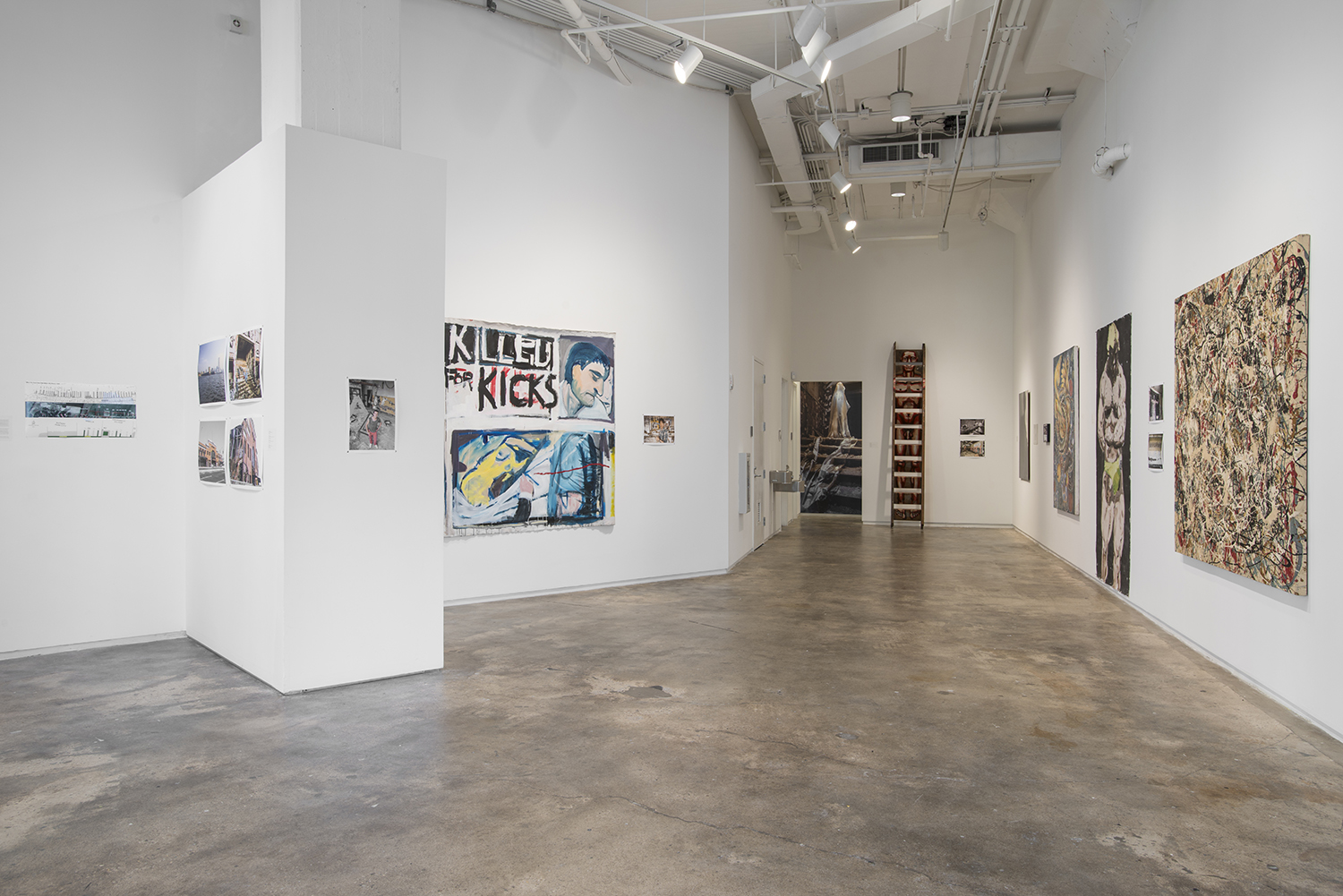
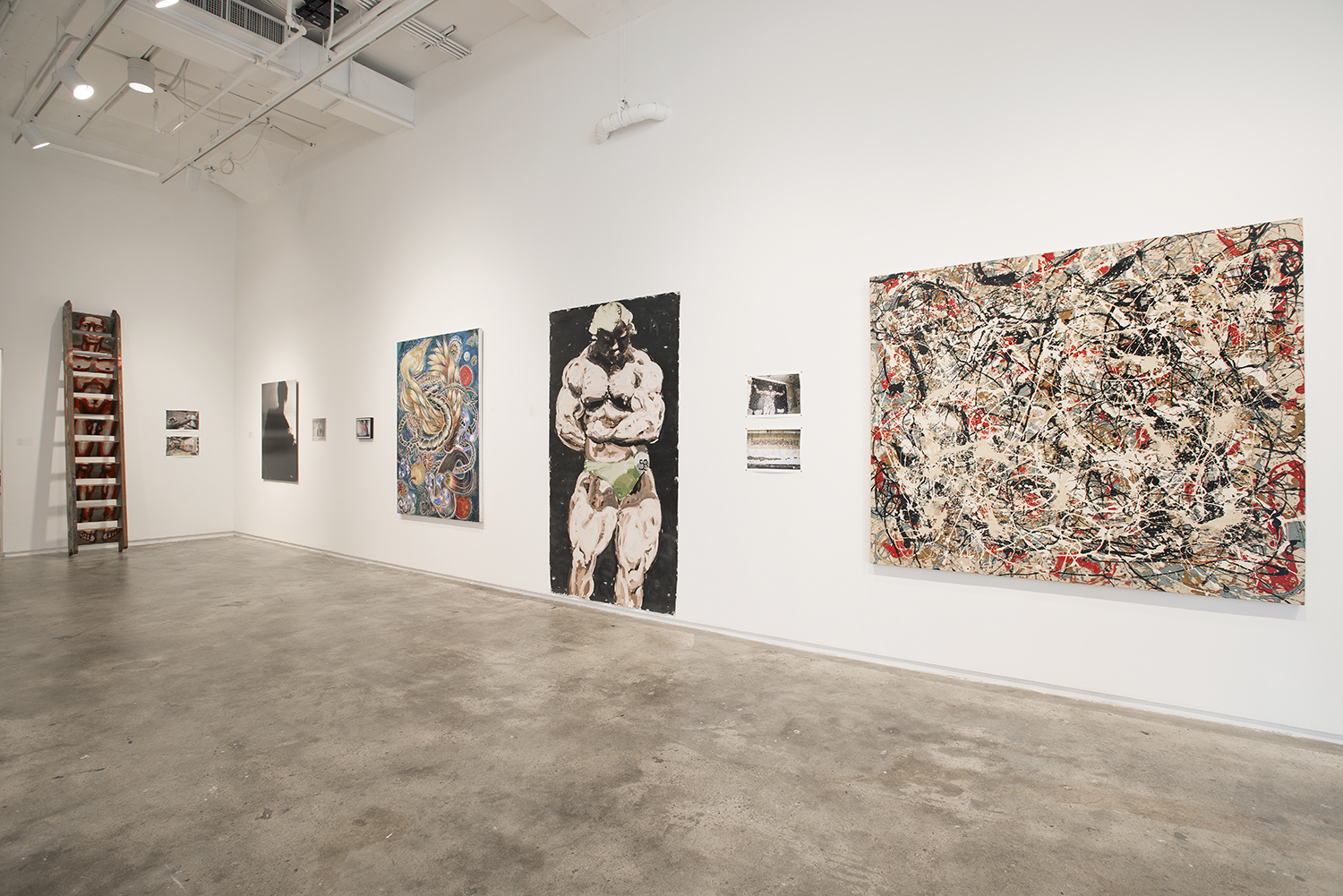
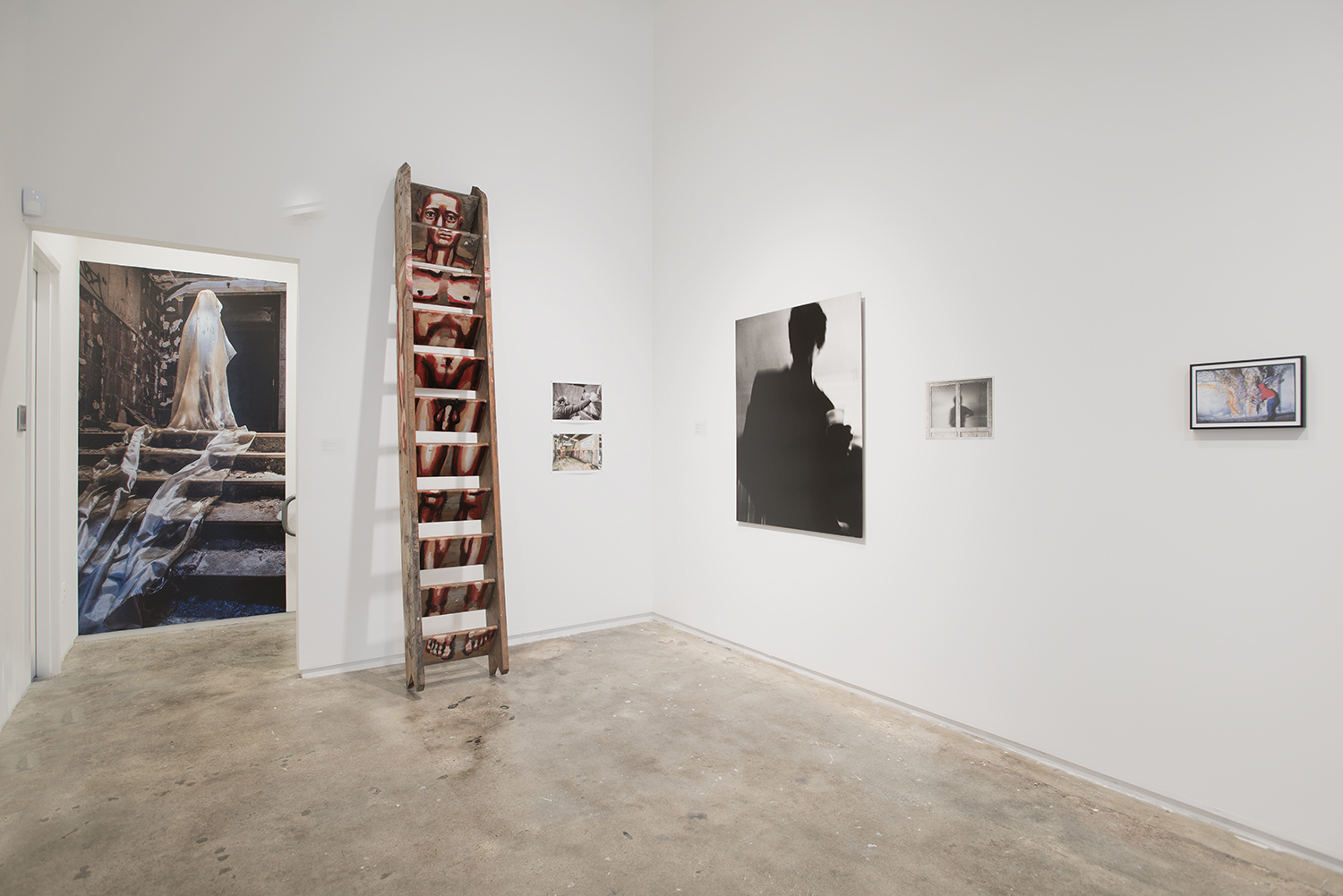
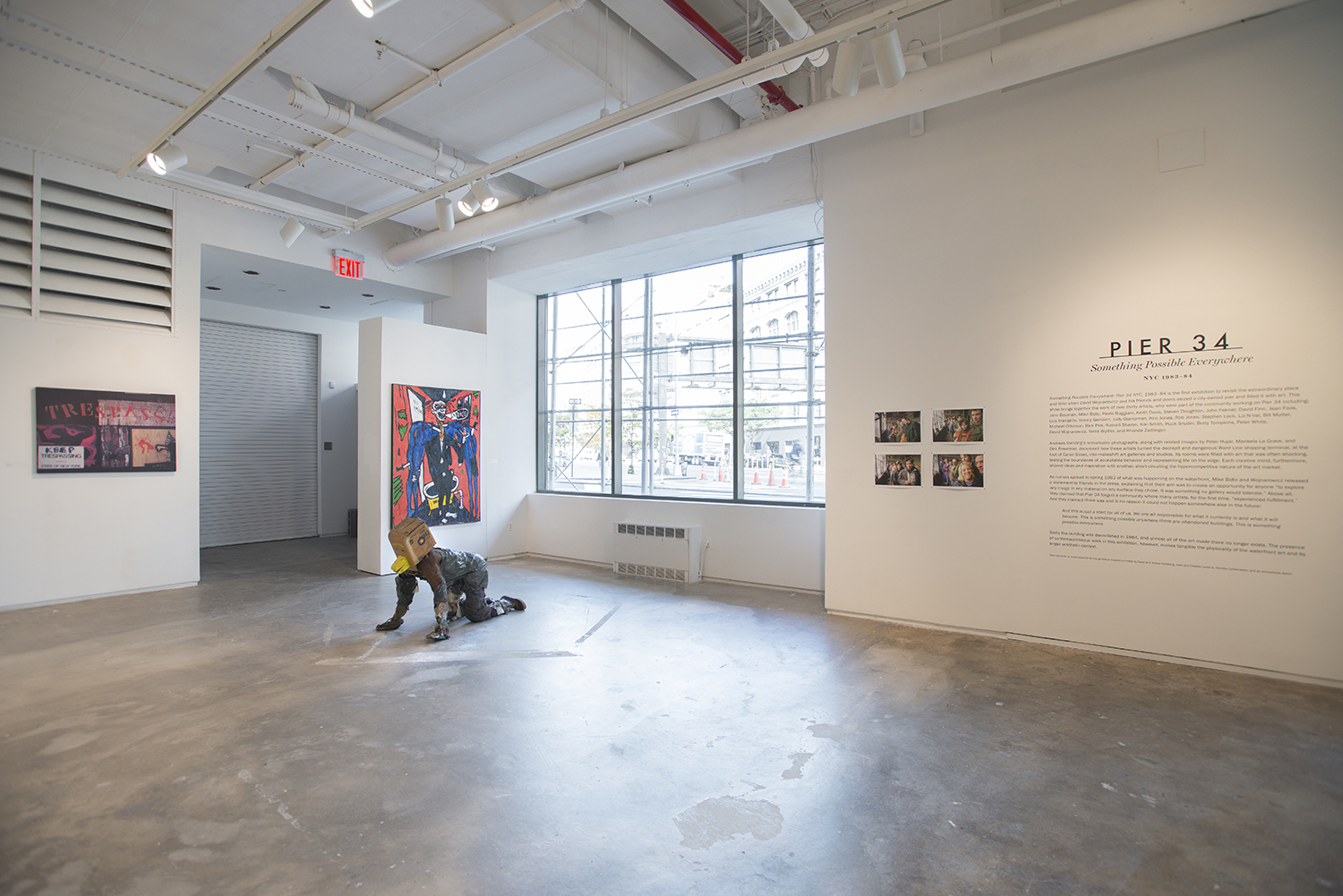

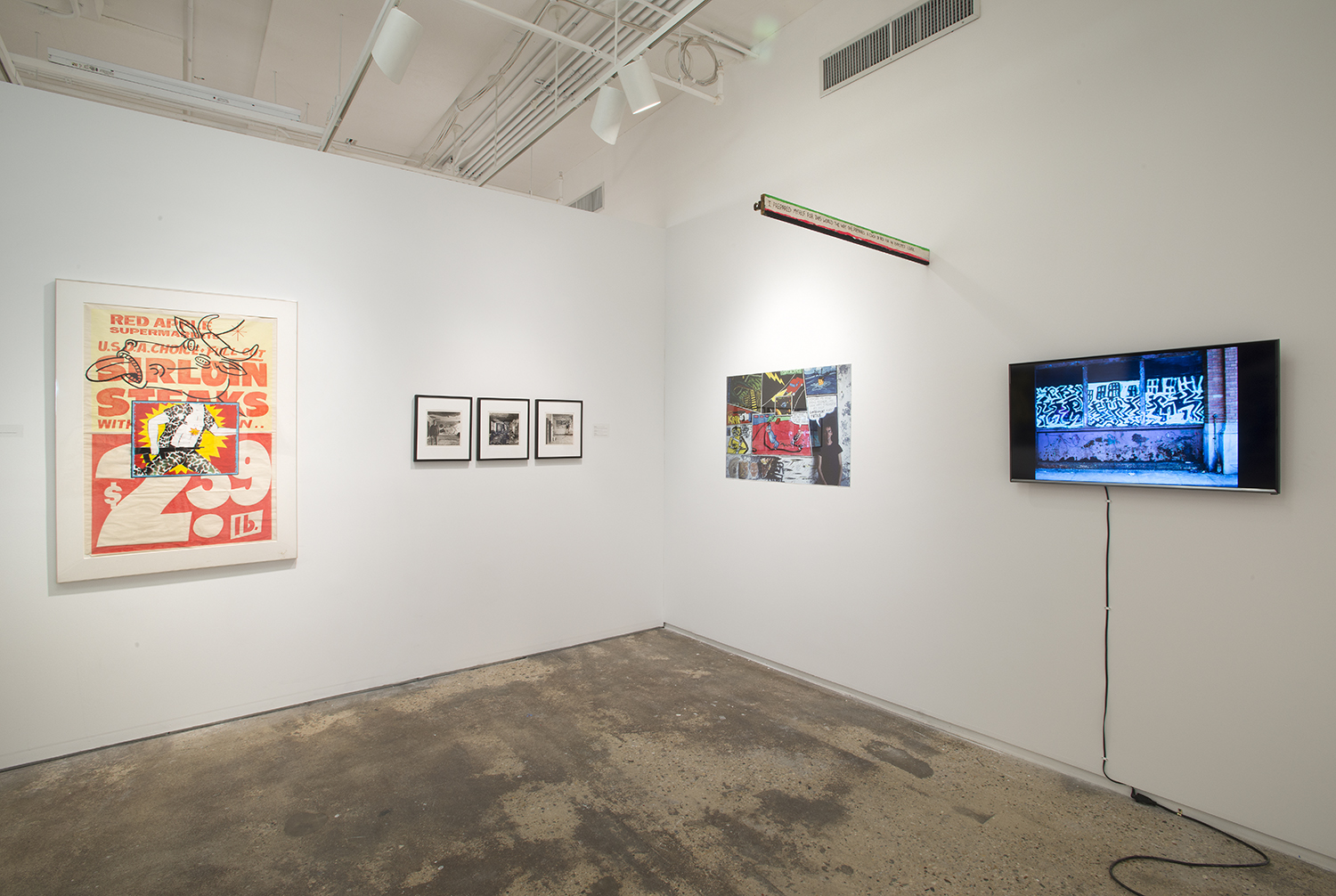
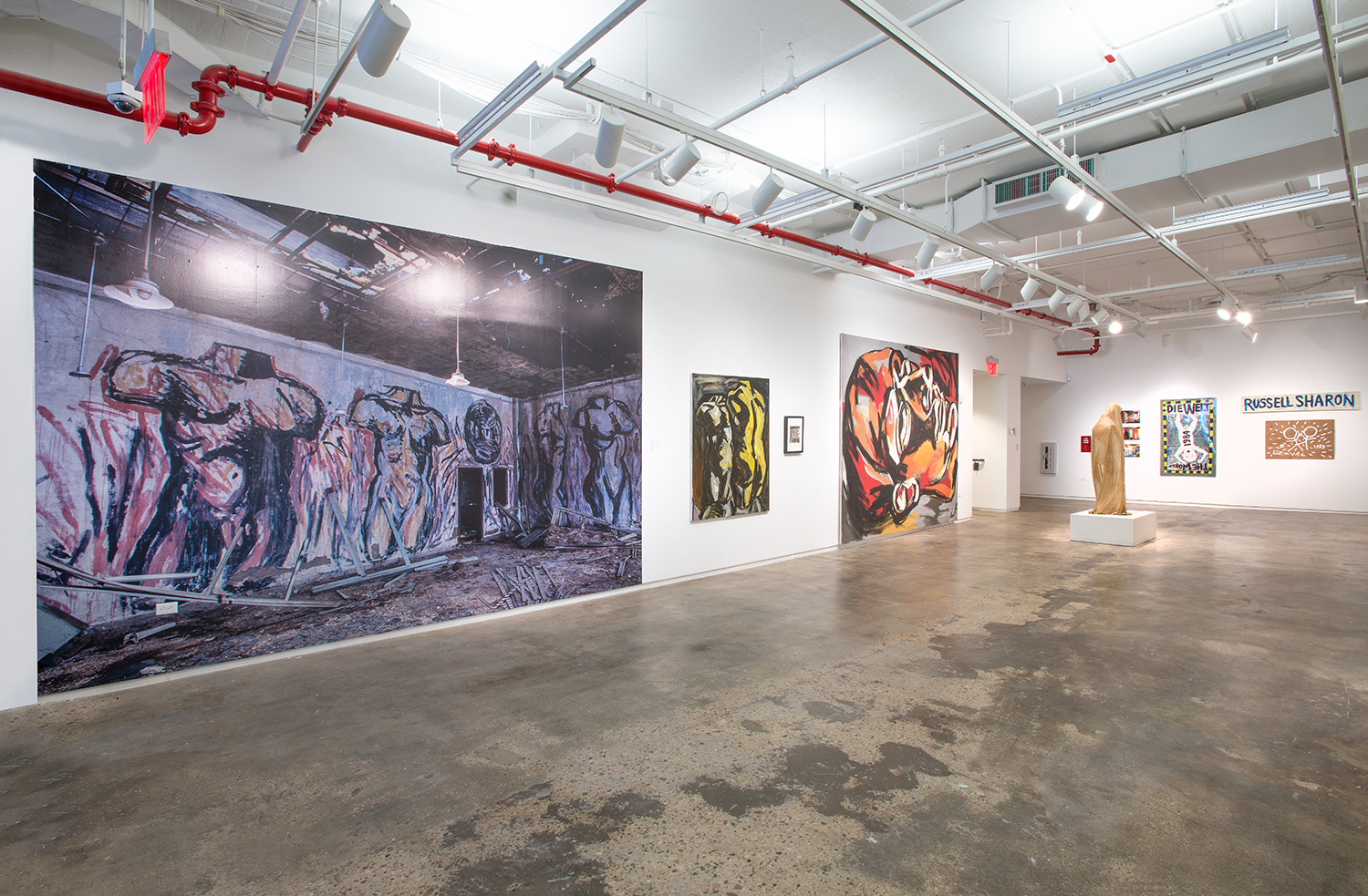
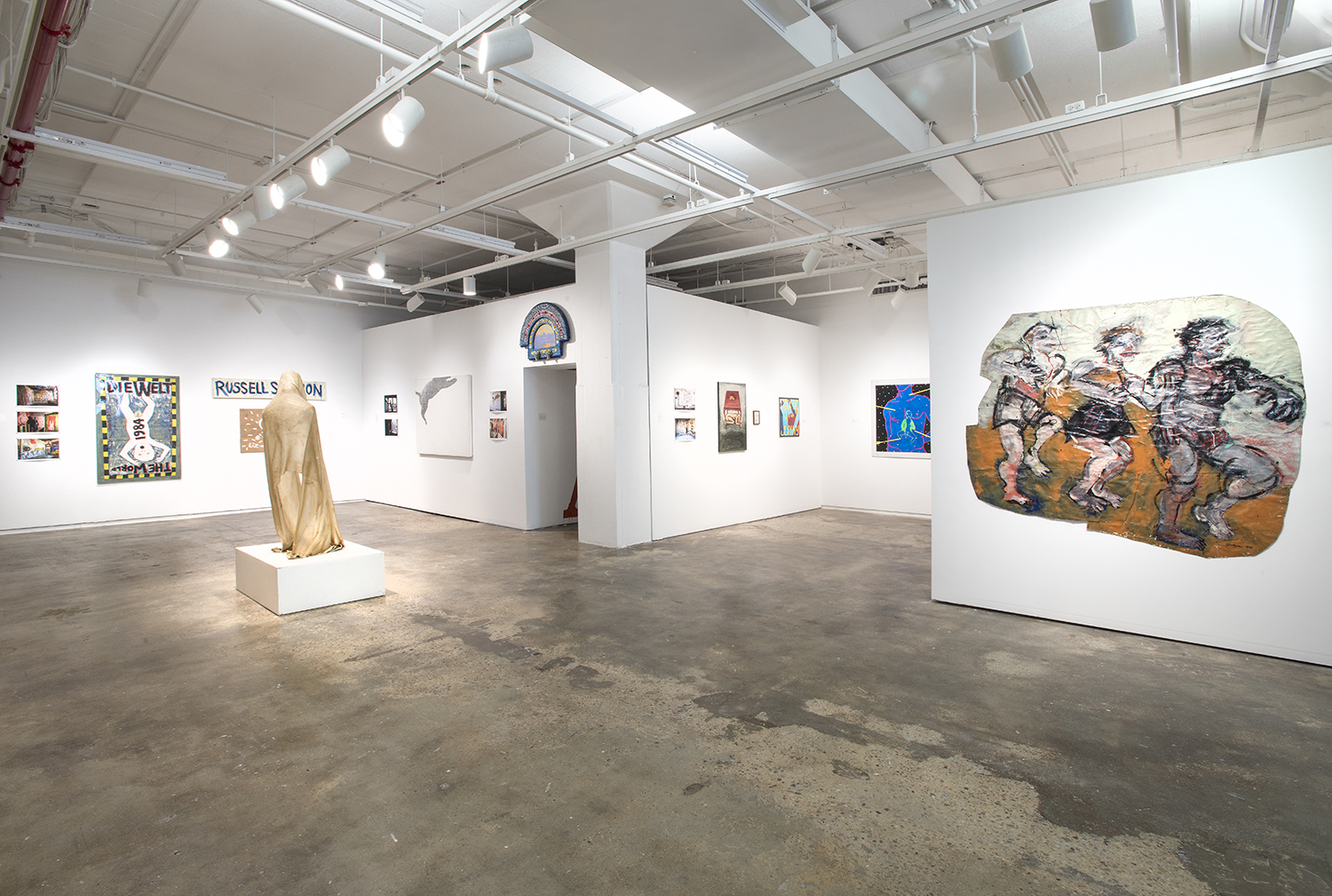
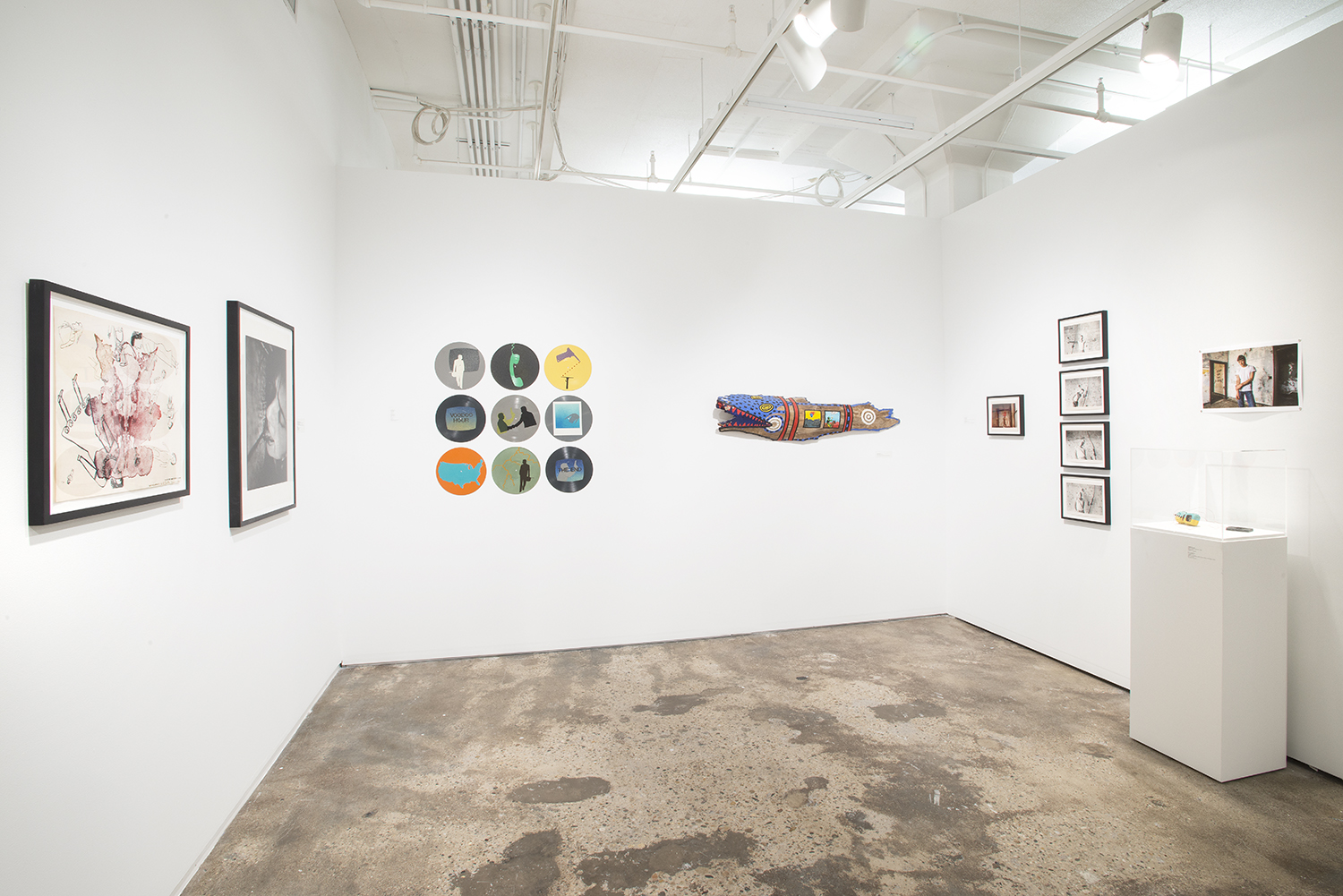
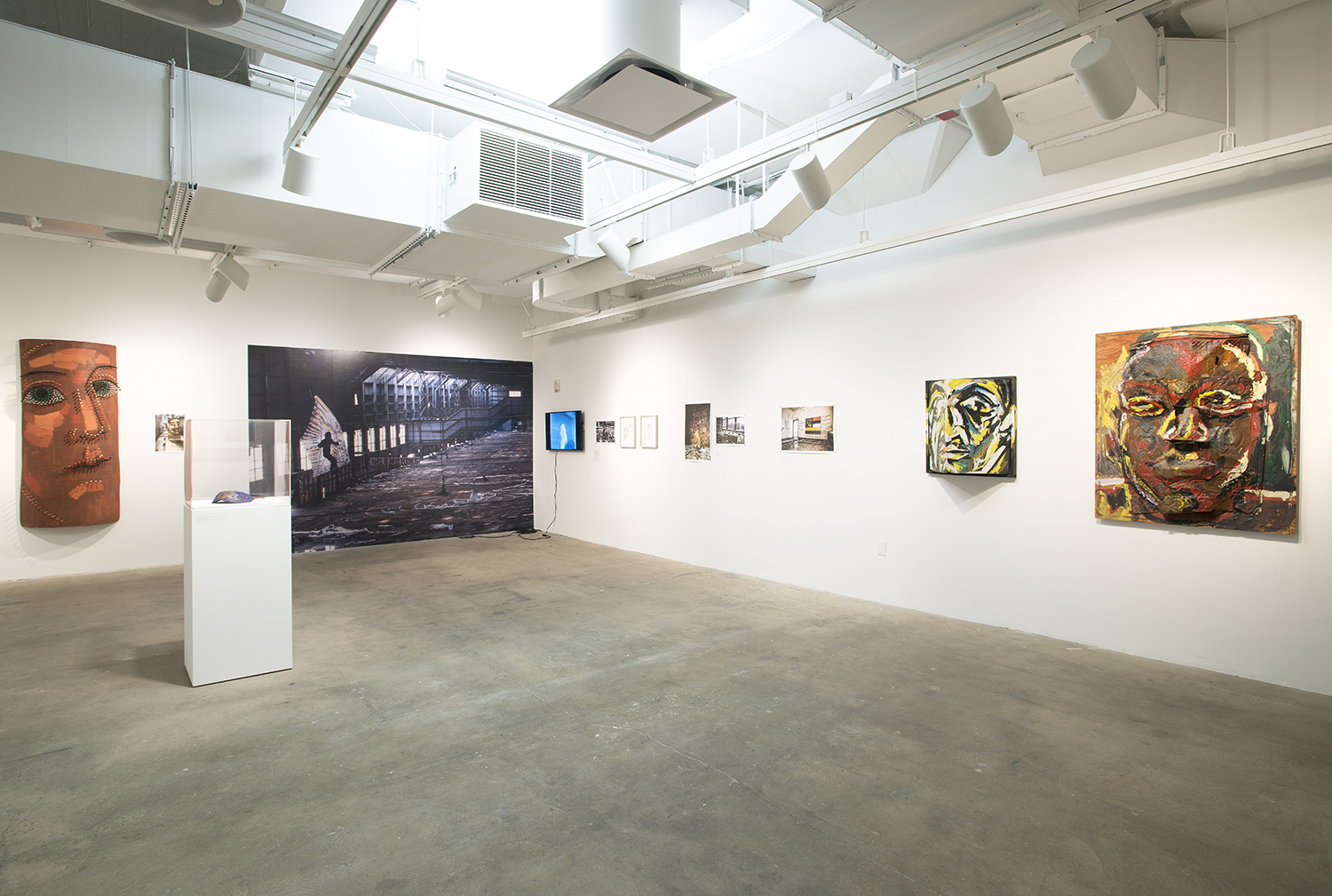
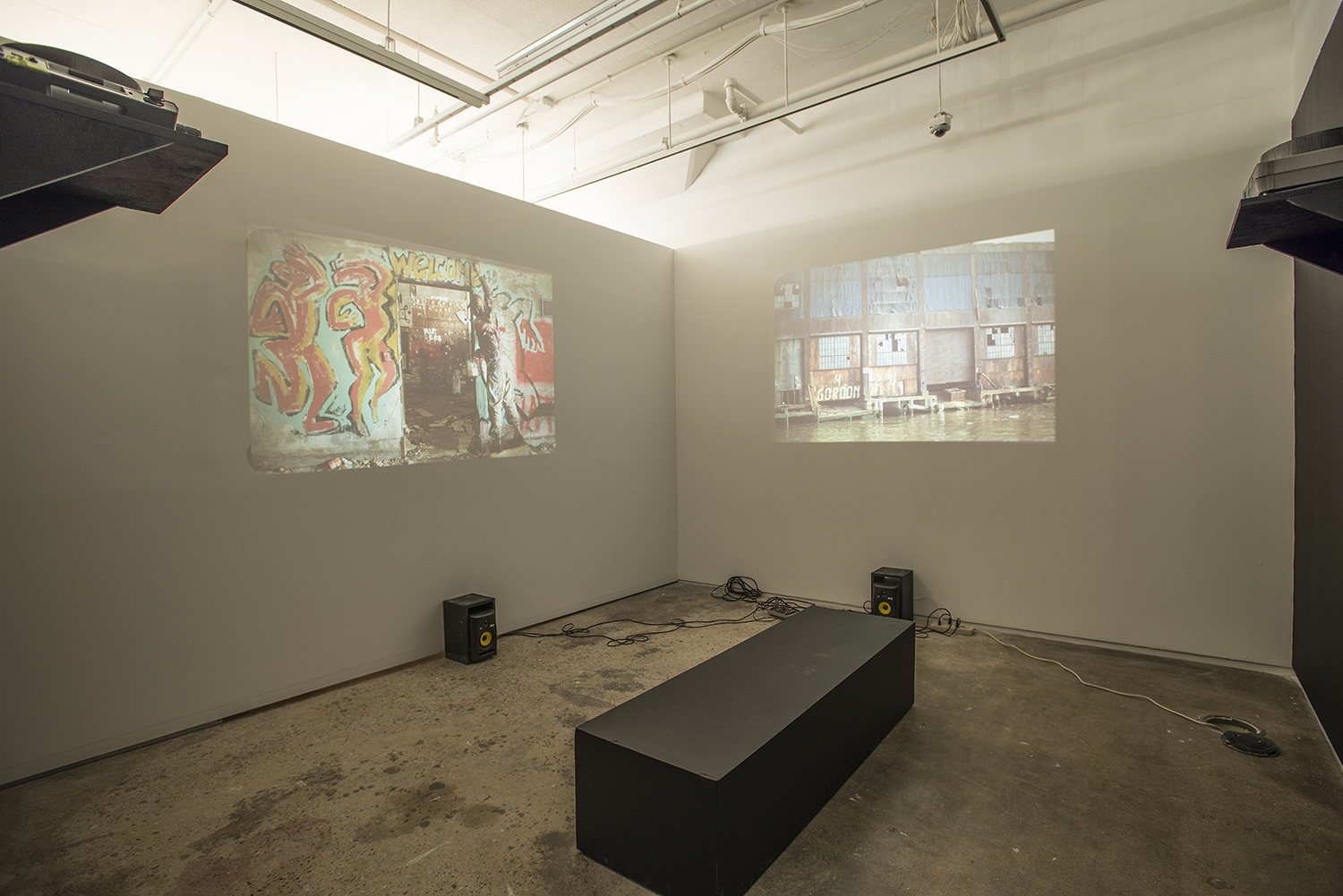

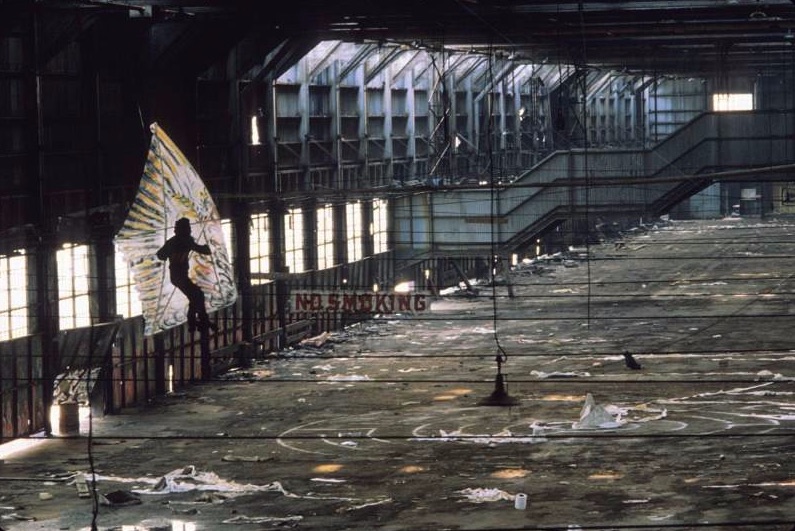
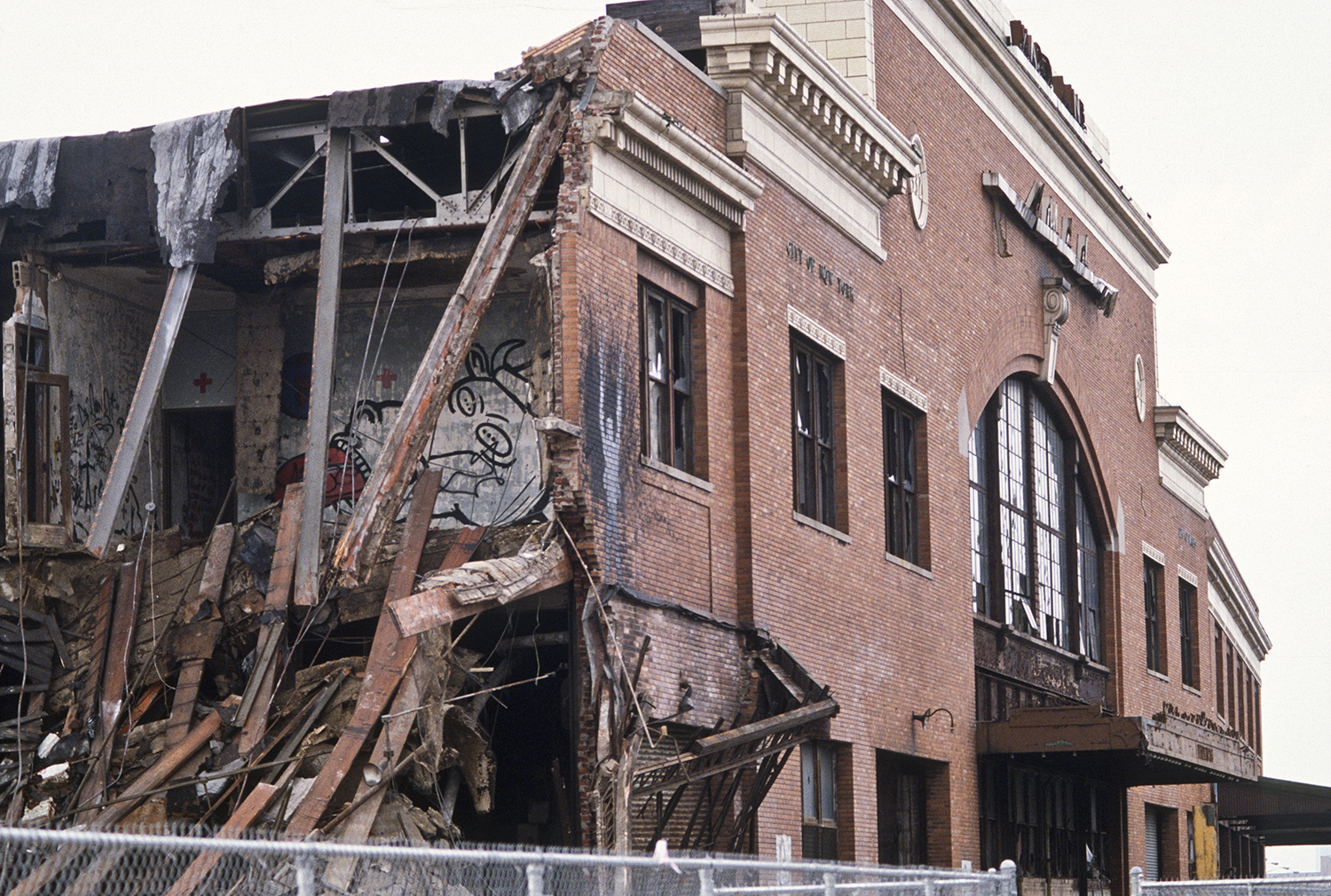
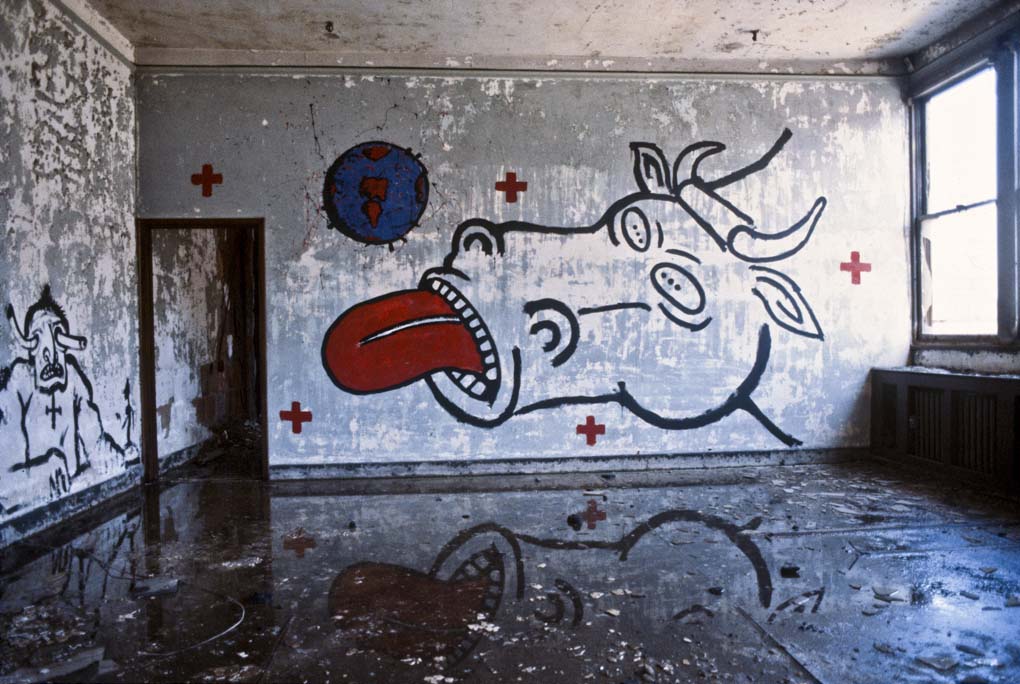
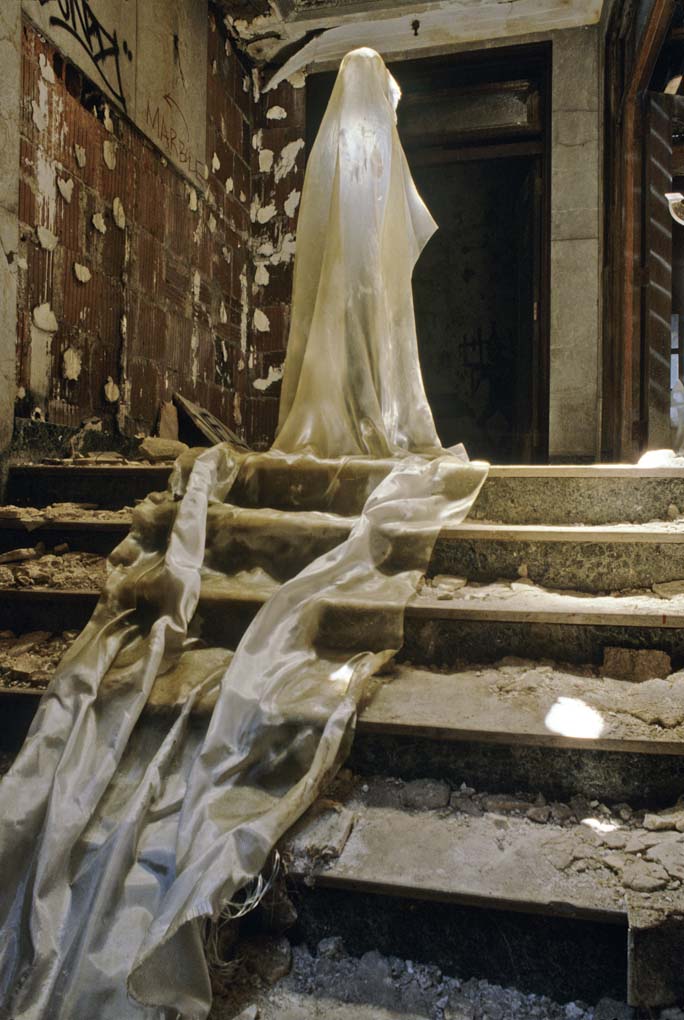
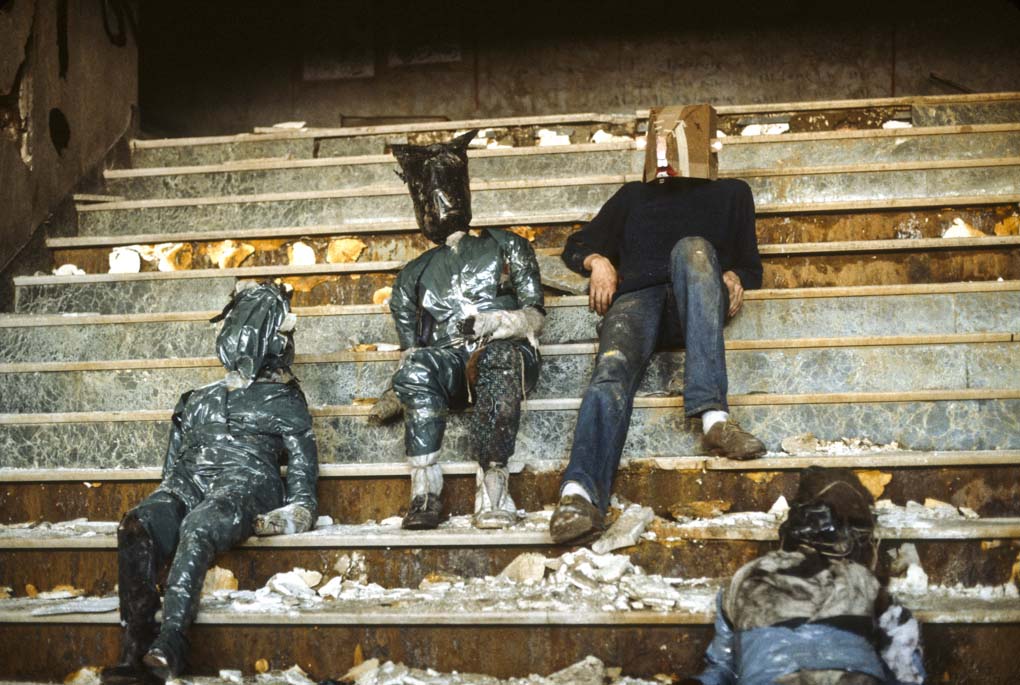
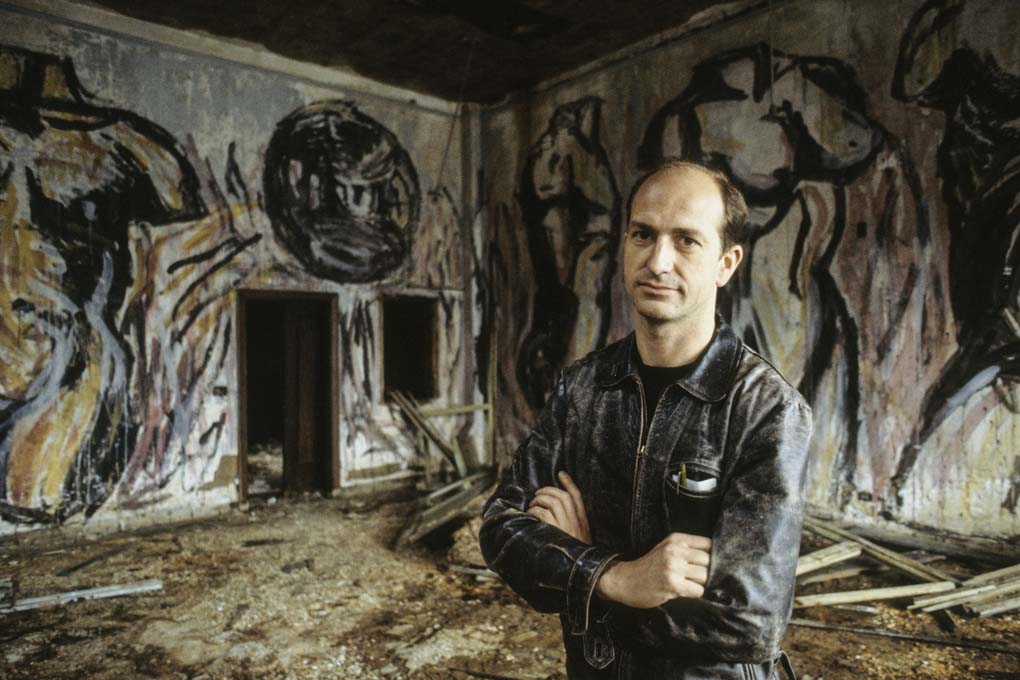
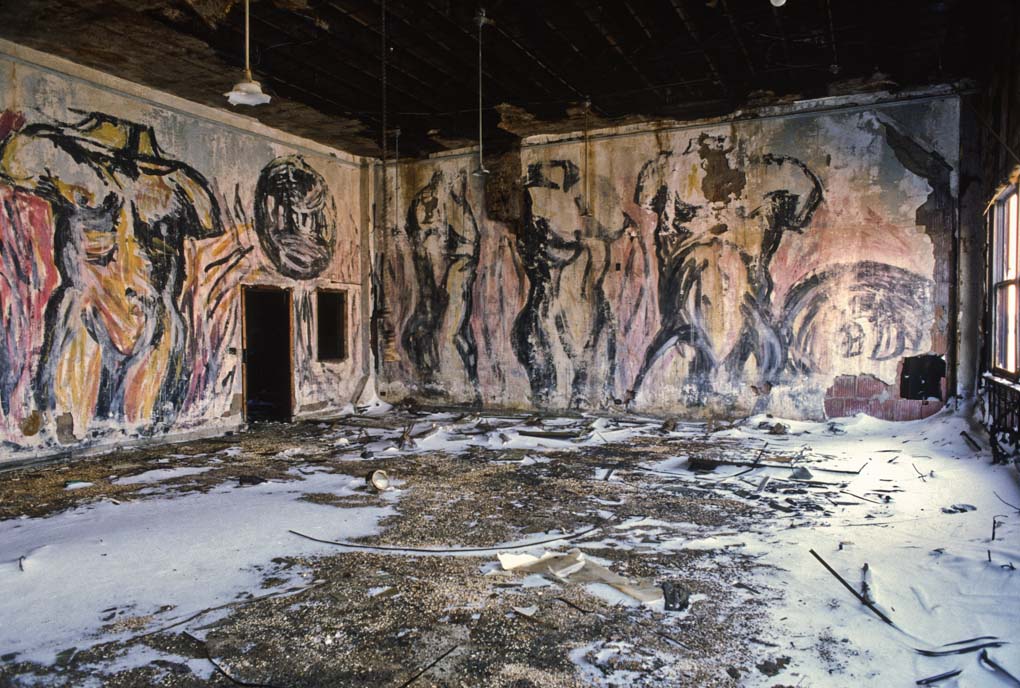
Something Possible Everywhere: Pier 34 NYC, 1983–84
Curated by Jonathan Weinberg
Featuring the photographs of Andreas Sterzing
September 30–November 20, 2016
Opening Reception: Friday, September 30, 7–9pm
205 Hudson Gallery
Hunter College Art Galleries
205 Hudson Street
Entrance on Canal Street between Hudson and Greenwich Streets
New York, NY 10013
Hours: Wednesday–Sunday, 1–6pm
Something Possible Everywhere: Pier 34 NYC, 1983-84 is the first exhibition to revisit the extraordinary time and place when David Wojnarowicz and his friends and peers, including Jane Bauman, Mike Bidlo, Keith Davis, Steve Doughton, John Fekner, David Finn, Jean Foos, Luis Frangella, Valeriy Gerlovin, Judy Glantzman, Alain Jacquet, Kim Jones, Rob Jones, Ruth Kligman, Stephen Lack, Liz-N-Val, Bill Mutter, Michael Ottersen, Rick Prol, Russell Sharon, Kiki Smith, Huck Snyder, Betty Tompkins, and Ruth Zwillinger among many others, effectively seized a city-owned pier and filled it with art. Andreas Sterzing’s remarkable photographs, along with related images by Peter Hujar, Marisela La Grave, and Dirk Rowntree, document how these artists turned the Ward Line shipping terminal at the foot of Canal Street into a series of makeshift art galleries and studios.
Accompanying Sterzing’s photographs are over seventy-five paintings, drawings, and sculptures made by the many artists who worked on the pier. Sadly, the building was demolished and almost all of the art made on the pier no longer exists, but the presence of contemporaneous work in the exhibition makes tangible some of the waterfront art's physicality and its larger aesthetic context.
The numerous artists who worked on Pier 34 crossed generations, from established figures like Alain Jacquet and Ruth Kligman, to emerging artists like Steven Doughton and Rhonda Zwillinger. They utilized a variety of media and styles, from the performance art of Kim Jones and Paolo Buggiani, to the expressionism of Judy Glantzman and Stephen Lack. This diversity and the site-specificity of works by artists like John Fekner and Teres Wydler, challenges the stereotypes of the 1980s art scene as market-driven and conservative with a turn toward easel painting. Indeed, the chief instigators of the Pier 34 experiment, Wojnarowicz and Bidlo, intentionally envisioned the site as anti-commercial.
As rumors spread in the spring of 1983 about what was happening on the waterfront, Bidlo and Wojnarowicz released a statement to friends in the press that explained their resistance to the gallery system and their aim to create an opportunity for anyone “to explore any image in any material on any surface they chose. It was something no gallery would tolerate…” Above all, they claimed that Pier 34 forged a community: “People who lived in this city for years said it was the first time they experienced fulfillment in terms of contact with the art scene and strangers.”
This exhibition is made possible by the generous support provided by Carol and Arthur Goldberg, Joan and Charles Lazarus, Dorothy Lichtenstein, and an anonymous donor.
Press
Art Forum
Art in America
HyperAllergic
New York Times
New Yorker
Catalogue
Issuu (Link)

Buren, Mosset, Parmentier, Toroni
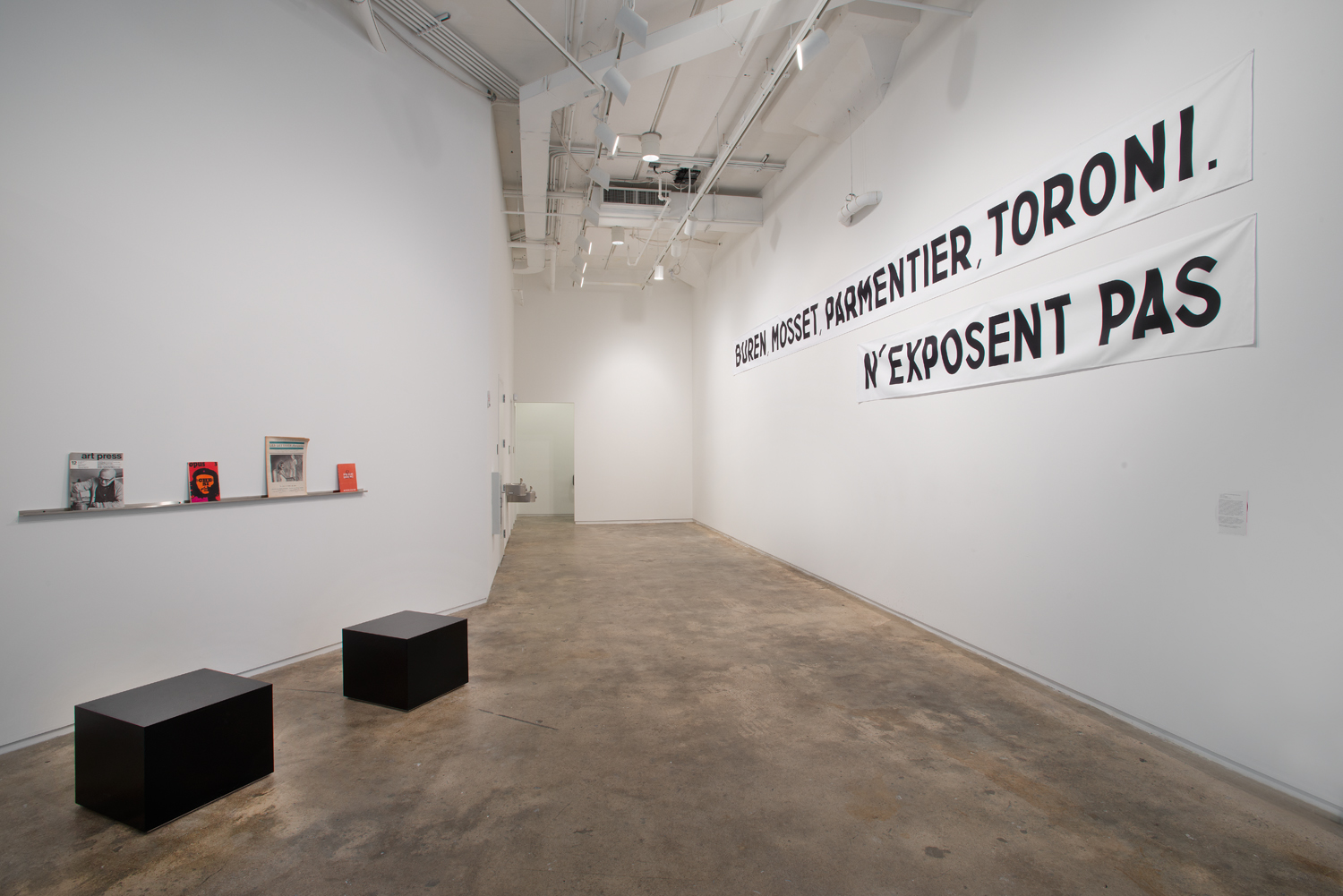
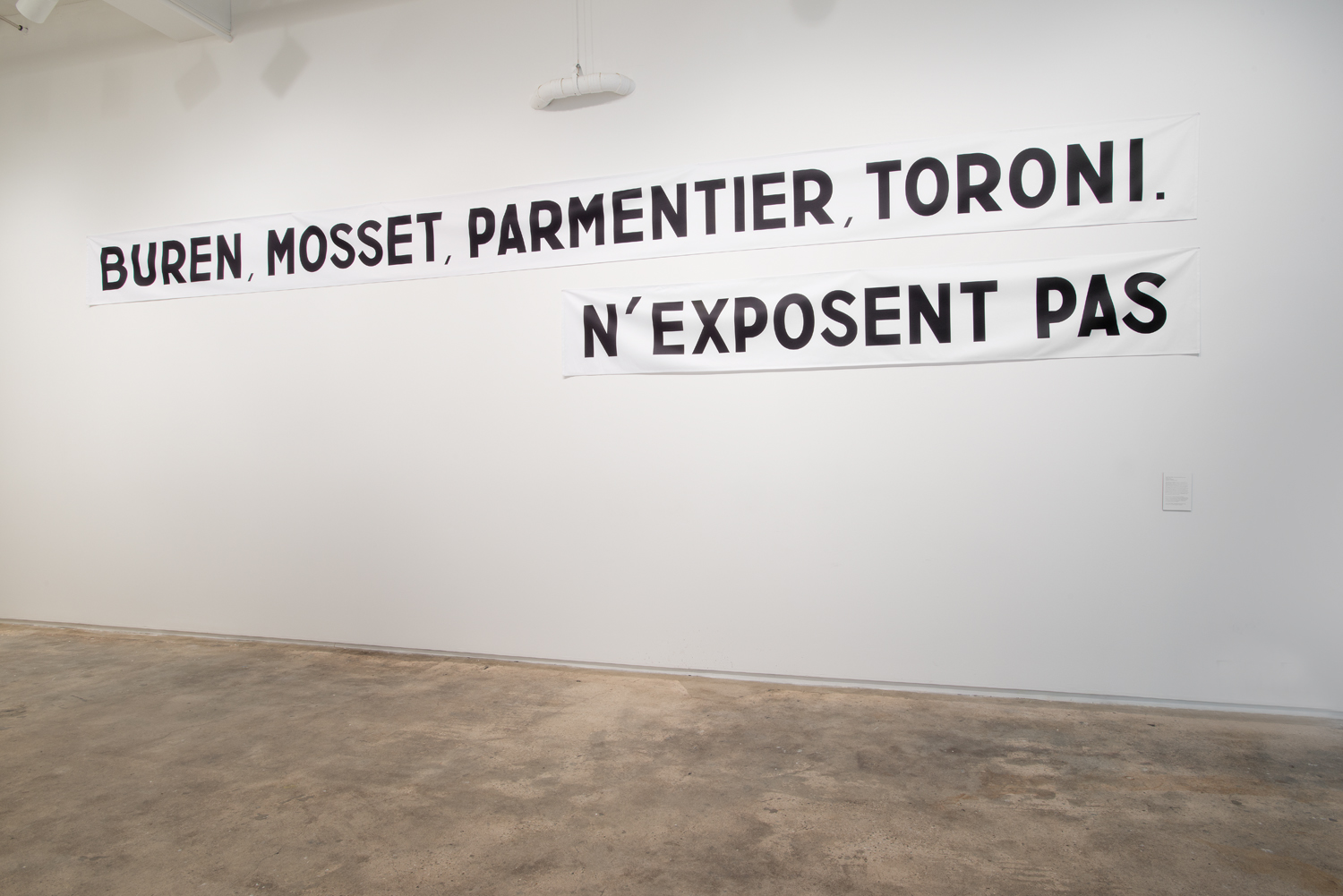
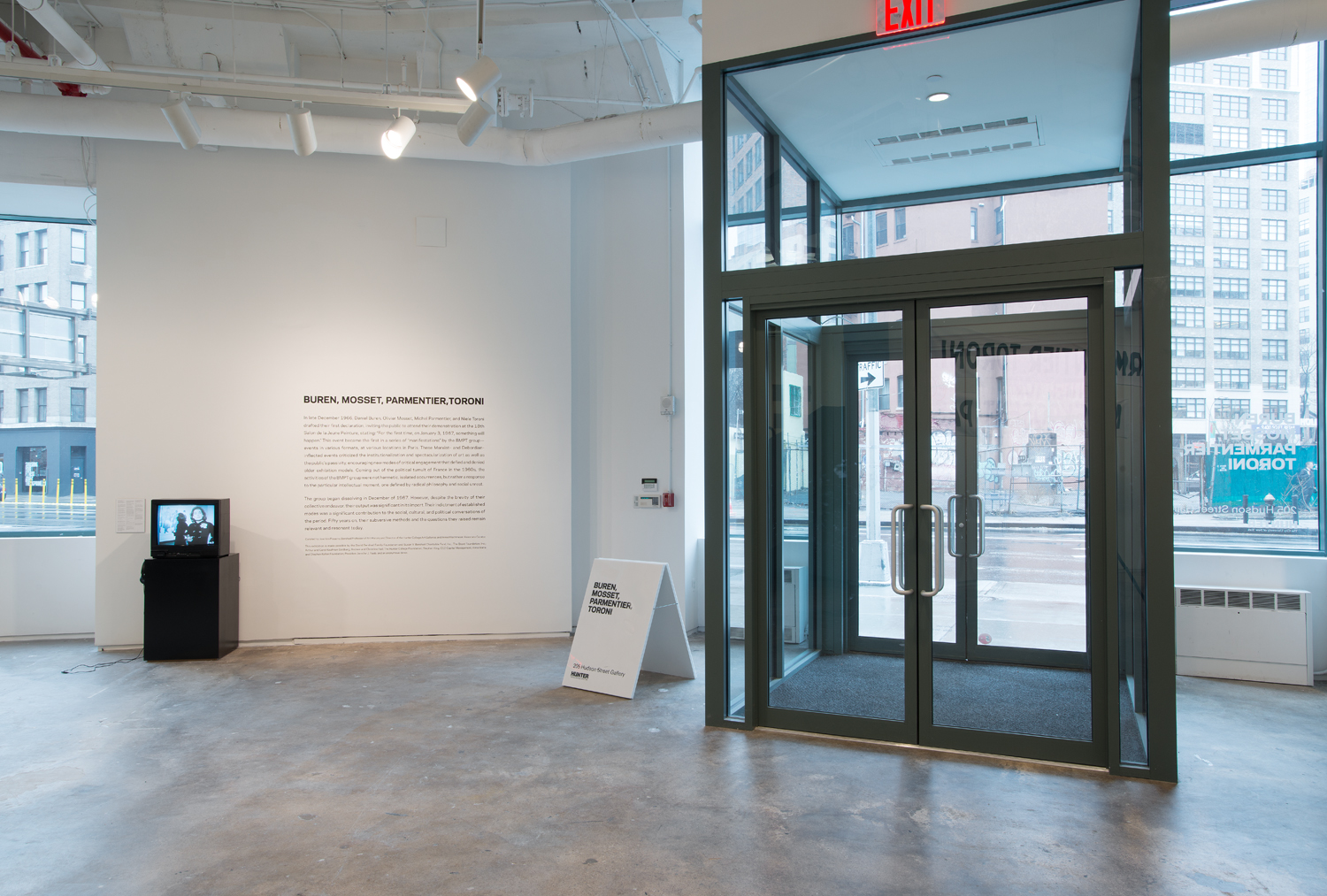
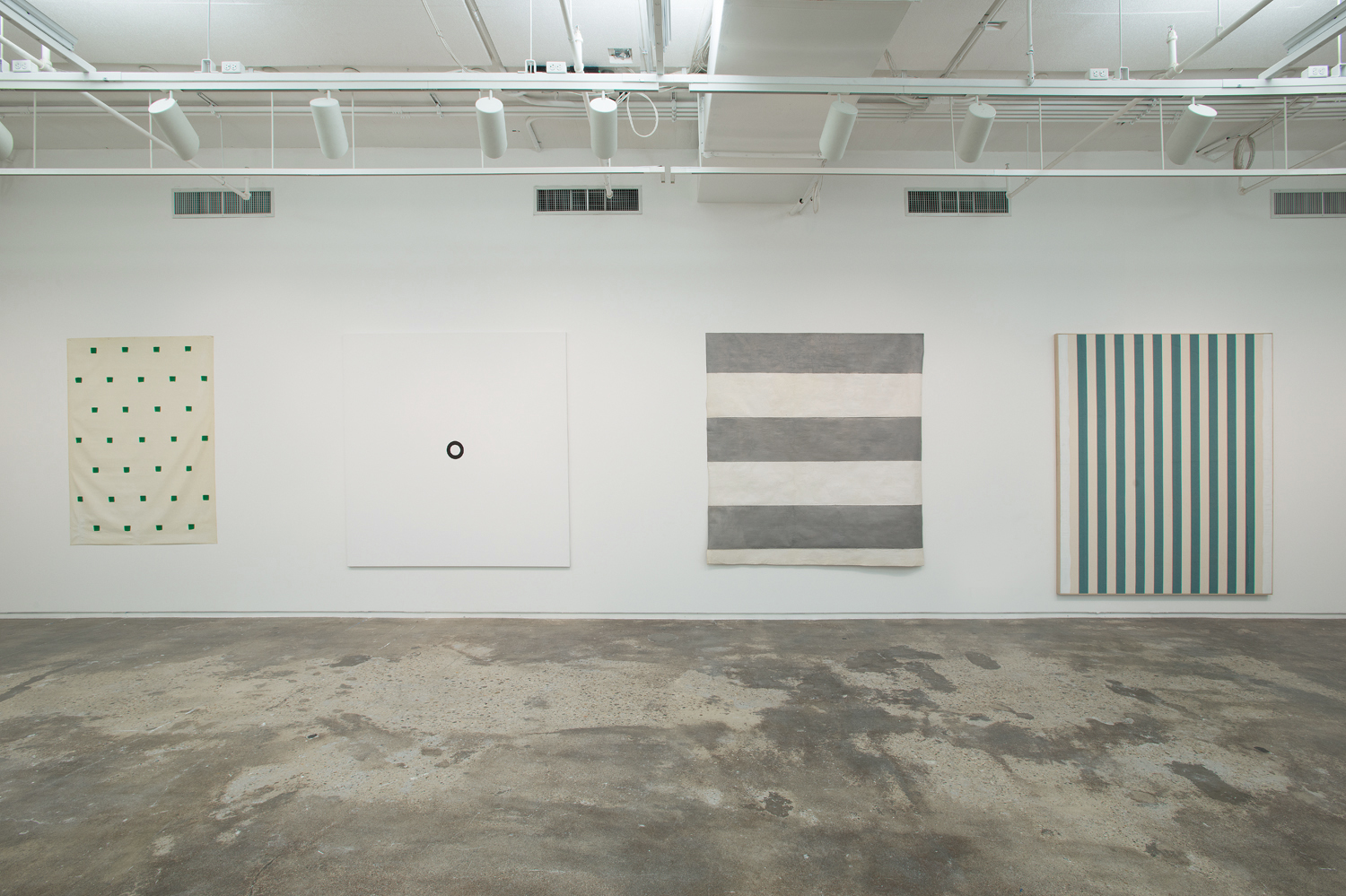
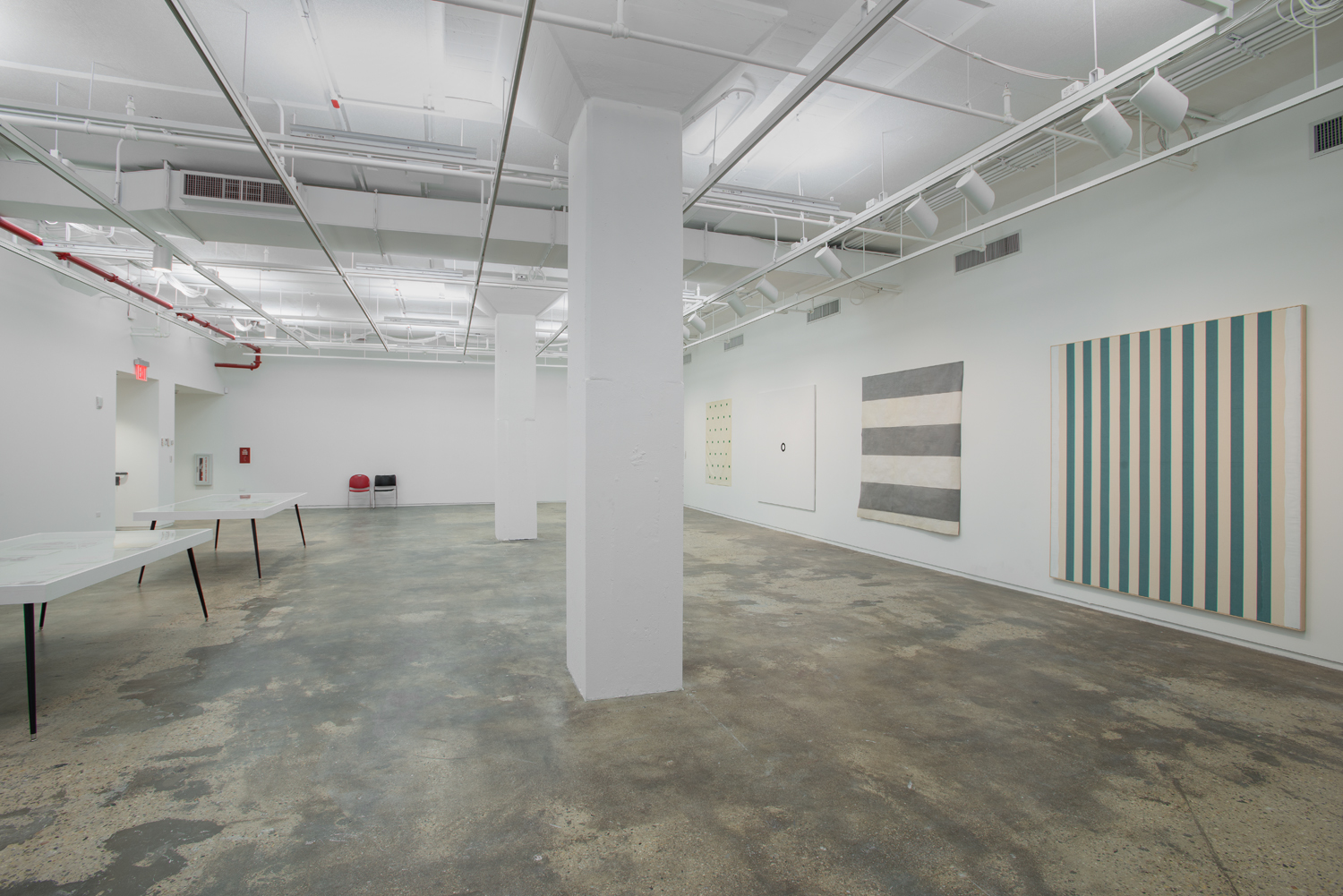
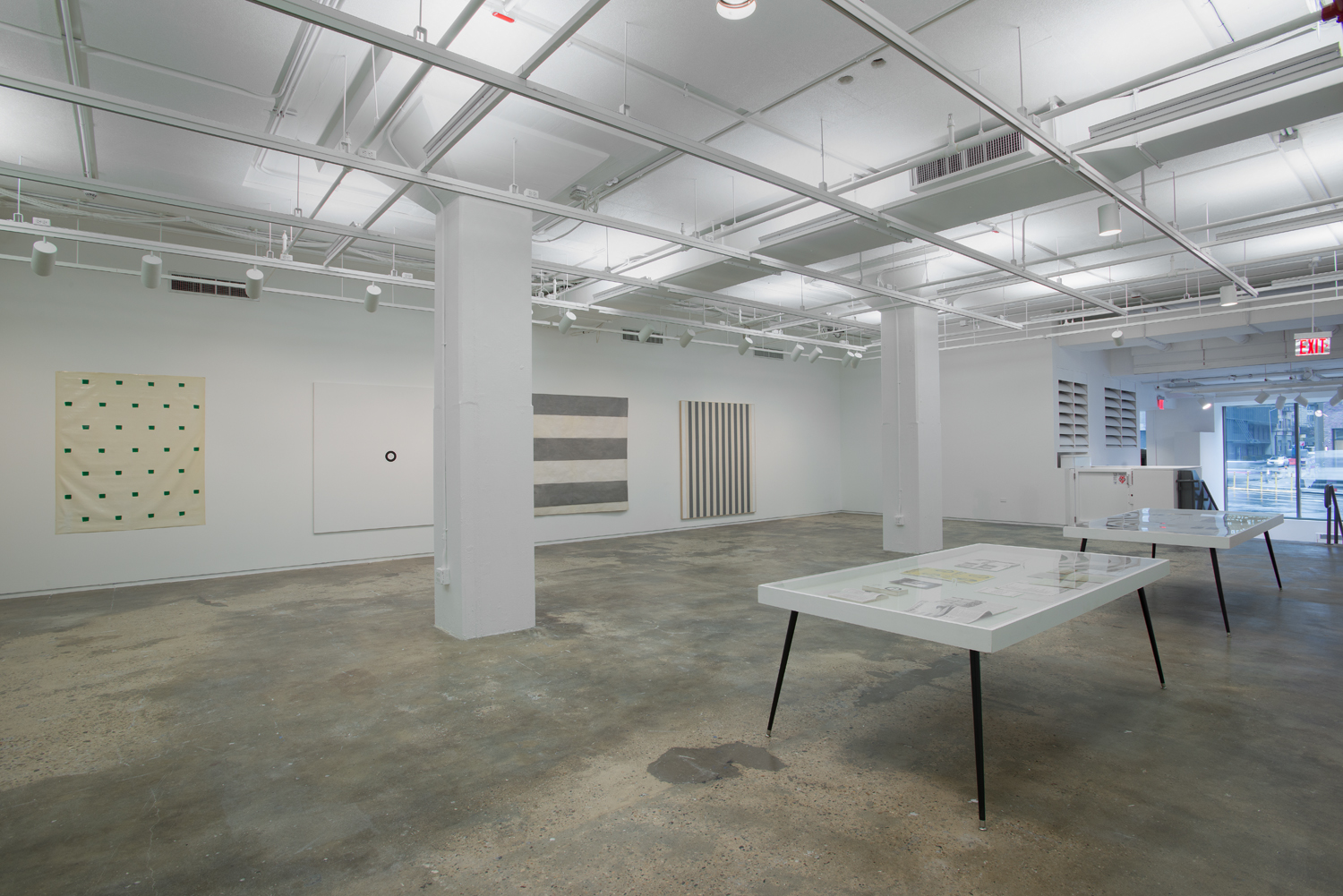

Installation view: Buren, Mosset, Parmentier, Toroni, Hunter College Art Galleries, 2016. Photo by: Bill Orcutt.
Buren, Mosset, Parmentier, Toroni
Curated by Joachim Pissarro and Annie Wischmeyer
February 27–April 10, 2016
Opening Reception: February 26, 6–8pm
205 Hudson Gallery
Hunter College Art Galleries
205 Hudson Street
New York, NY 10013
Hours: Wednesday–Sunday, 1–6pm
This exhibition marks the first critical examination of the significant, albeit brief, work of the BMPT Group, composed of Daniel Buren, Olivier Mosset, Michel Parmentier, and Niele Toroni in 1967.
On Christmas night, 1966, Buren, Mosset, Parmentier and Toroni drafted their first declaration, inviting the public to attend a demonstration at the 18th Salon de la Jeune Peinture, stating, “For the first time, on January 3, 1967, something will happen.” This event became the first in a series of “Manifestations”—events in various formats, at various locations in Paris. These events criticized the institutionalization and spectacularization of art as well as the public’s passivity, encouraging new modes of critical engagement that defied and denied older exhibition models.
Coming out of the political tumult of France in the 1960s, the activities of the group were not hermetic, isolated occurrences, but rather a response to the particular intellectual moment, one defined by radical philosophy and social unrest. While the legacy of each artist has fallen under the rubric of painting, this strict classification ignores the conceptual, political, and performative impetus in deference to medium.
This exhibition seeks to reexamine the BMPT group by placing its work in context with the broader conversations surrounding institutional critique, performance, and the role of painting as a political medium.
The show also includes a work from 2010 by Hugo Pernet, Hugo Schuwer-Boss, and Frediric Sanchez titled “Buren, Mosset, Parmentier, Toroni n’exposent pas”—a contemporary iteration of the BMPT group’s infamous refrain from Manifestation 1.
In conjunction with “Buren, Mosset, Parmentier, Toroni” is “Critical Gestures & Contested Spaces: Art in France in the 1960s,” curated by Hunter College MA and MFA students. Coming out of a dual-semester course, working under the guidance of the HCAG curatorial team, the students conceived and executed the exhibition.
This exhibition is made possible by the David Bershad Family Foundation and Susan V. Bershad Charitable Fund, Inc.; The Brant Foundation, Inc.; Arthur and Carol Kaufman Goldberg; Andrew and Christine Hall; The Hunter College Foundation; Stephen King, C12 Capital Management; Anna Maria and Stephen Kellen Foundation; President Jennifer J. Raab; and an anonymous donor.

Critical Gestures & Contested Spaces: Art & Politics in 1960s France
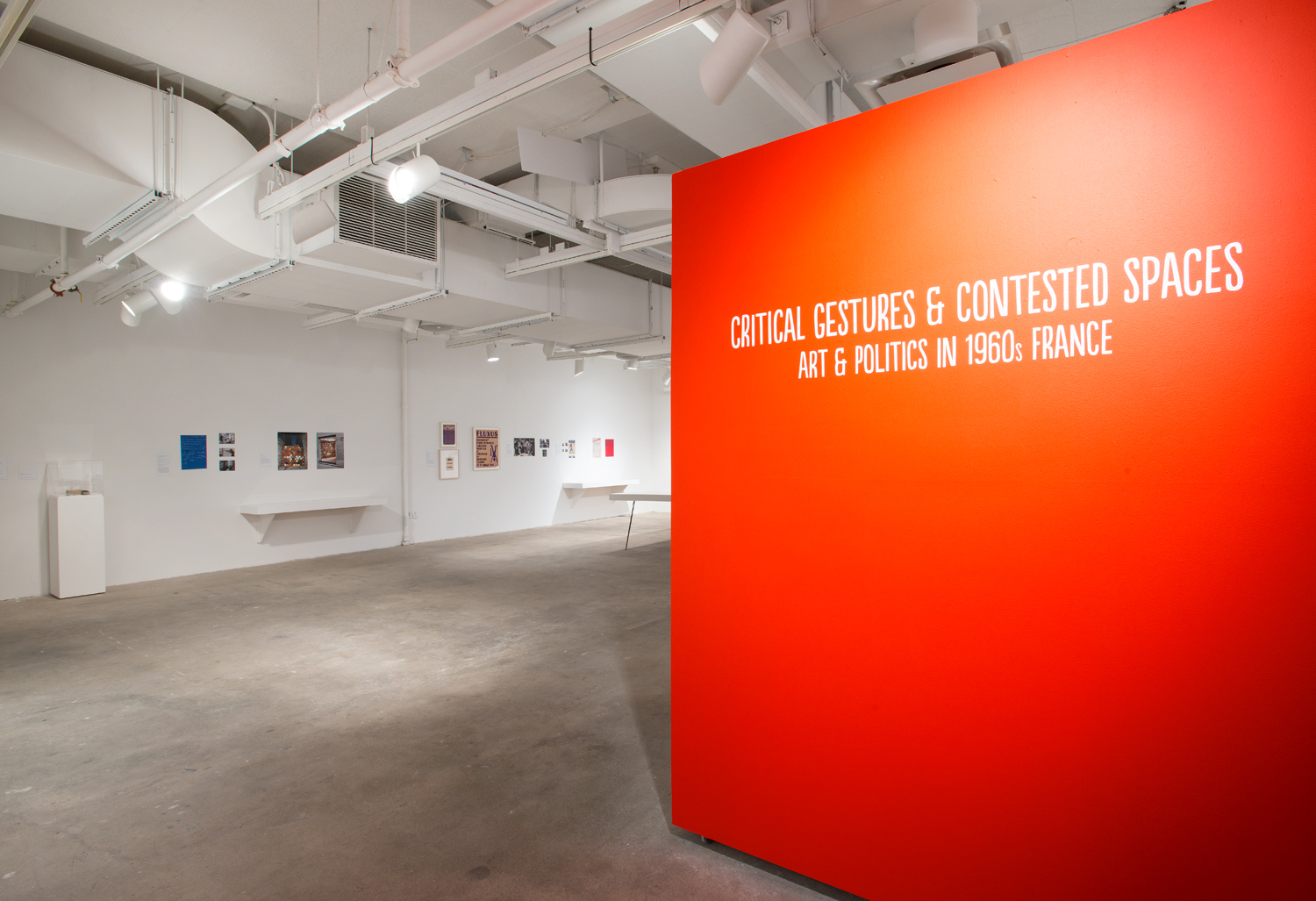
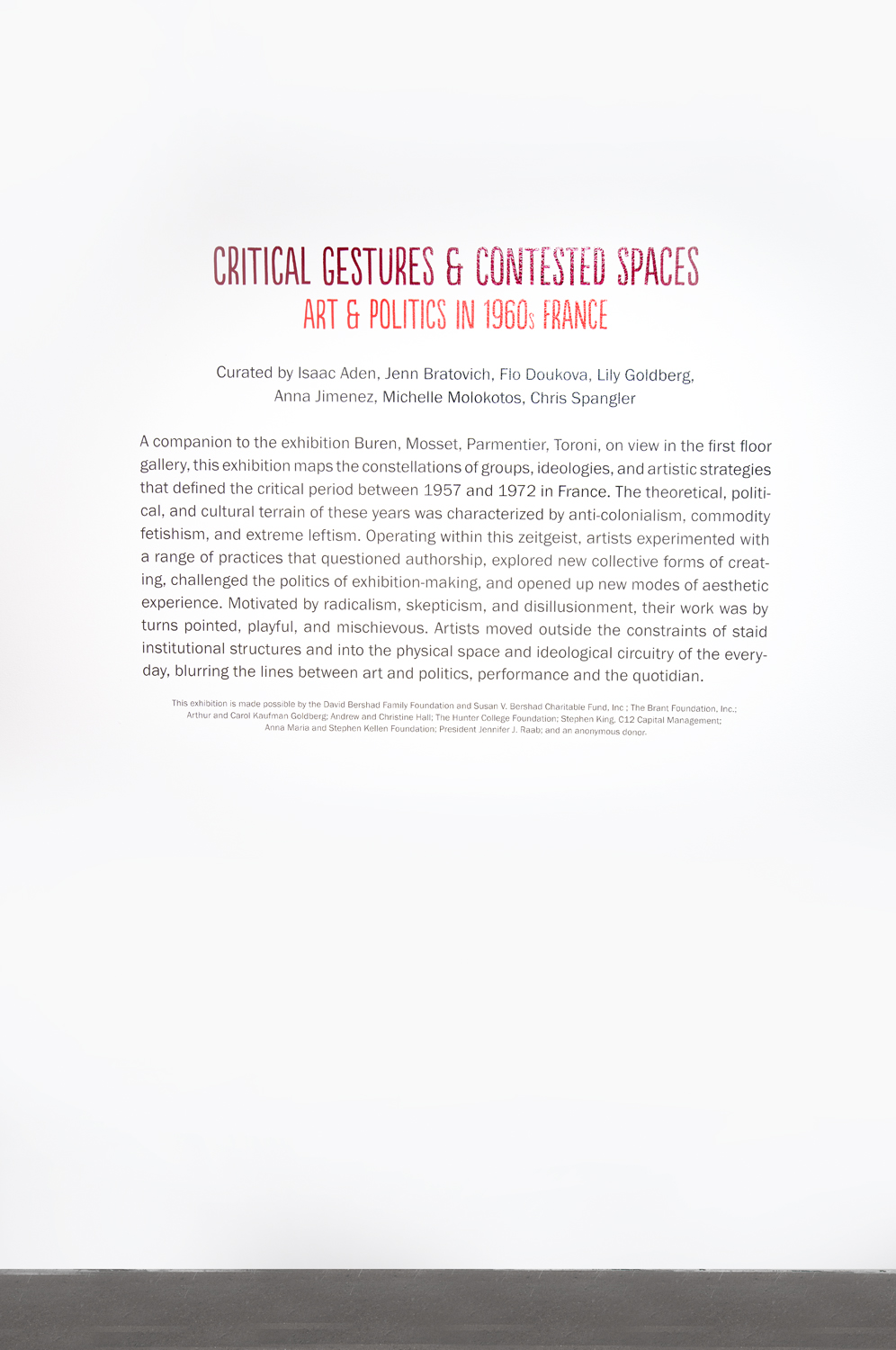
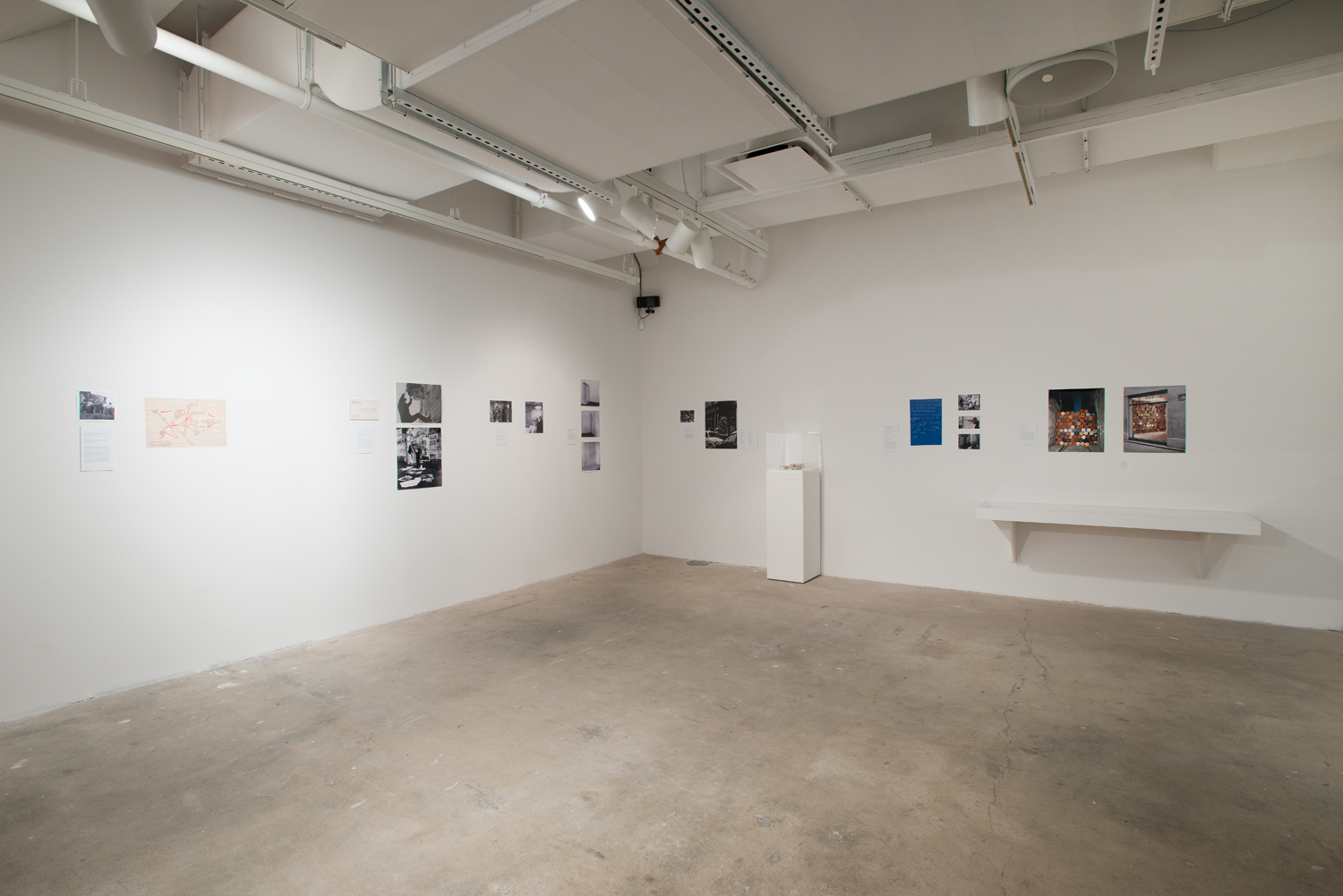


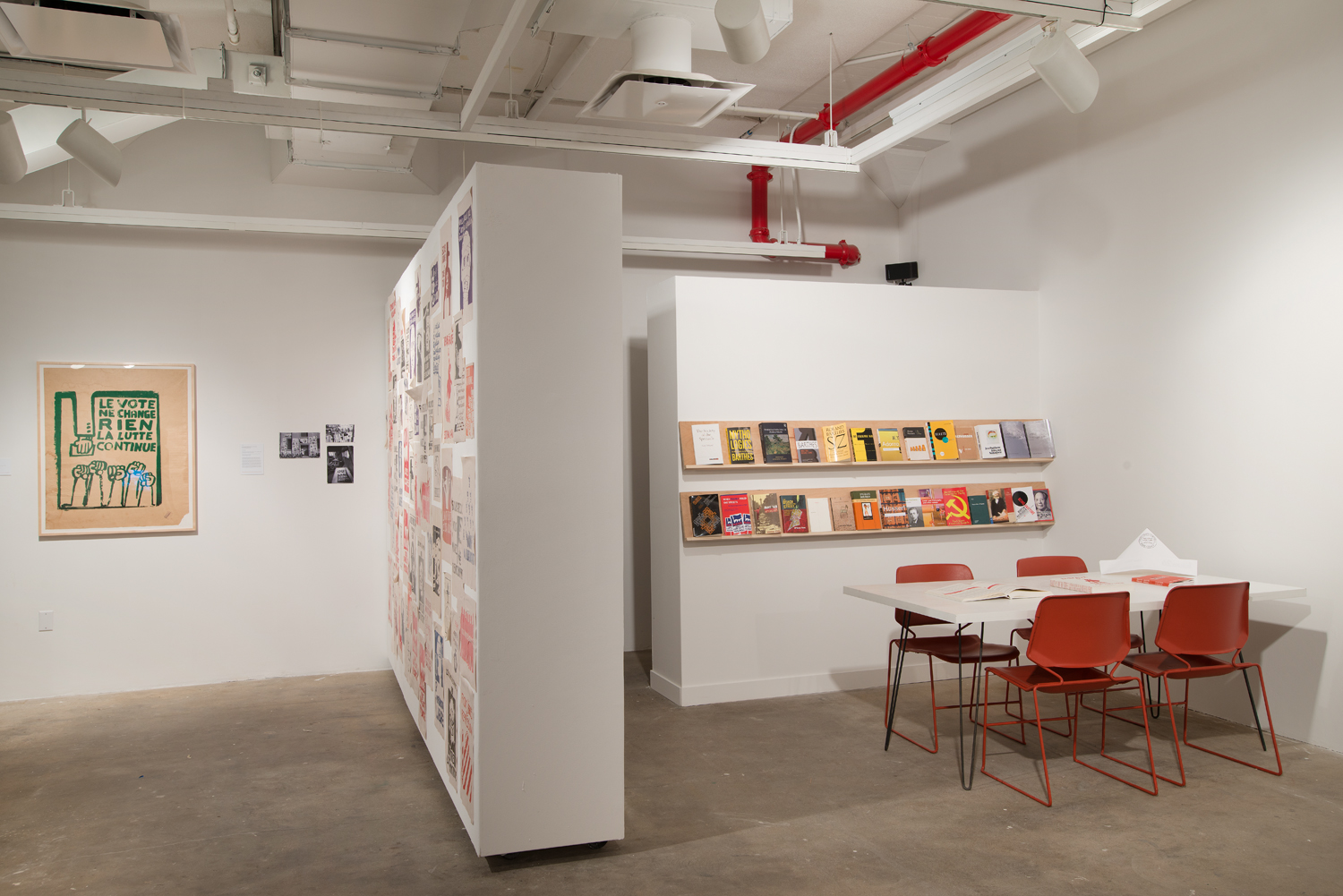
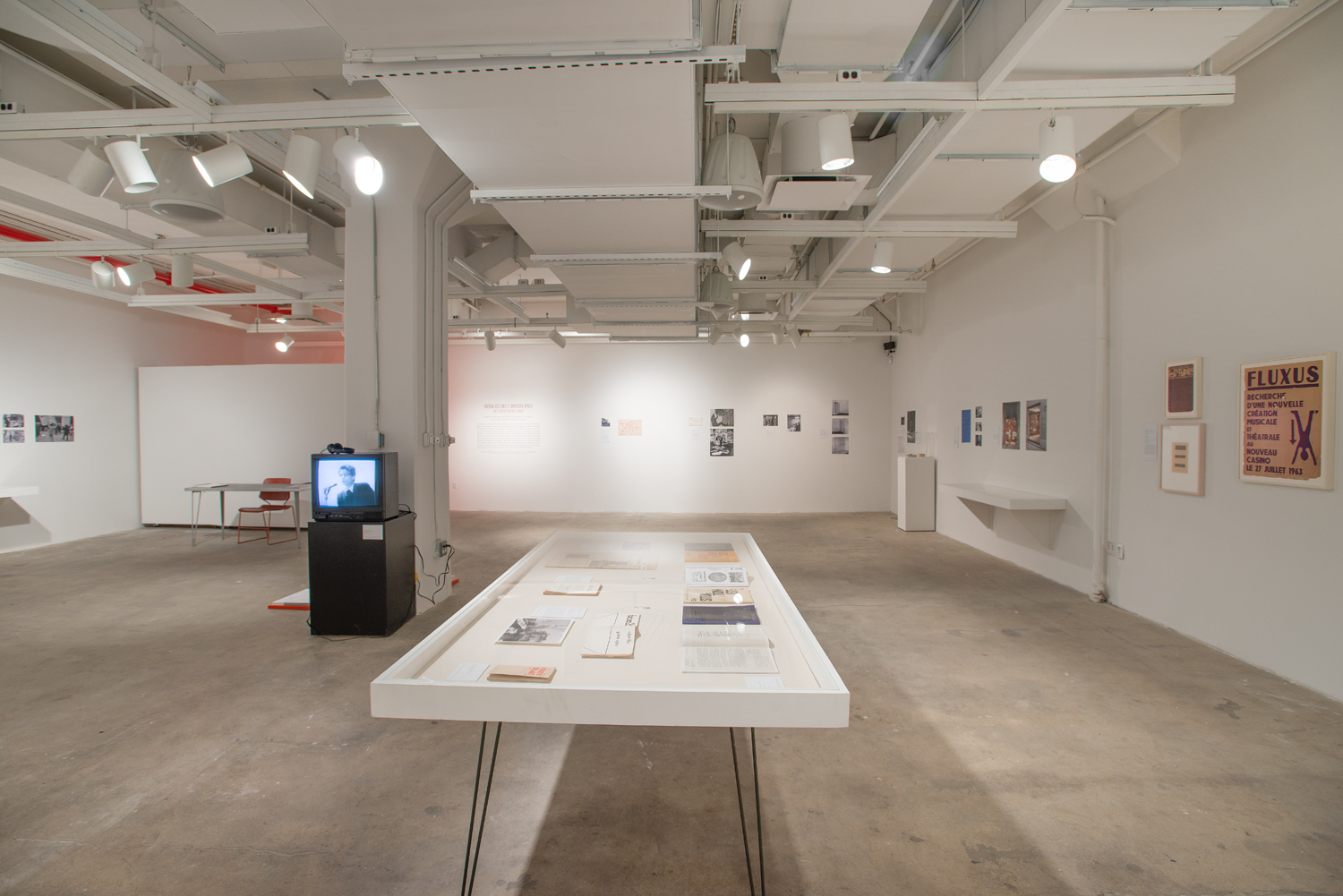
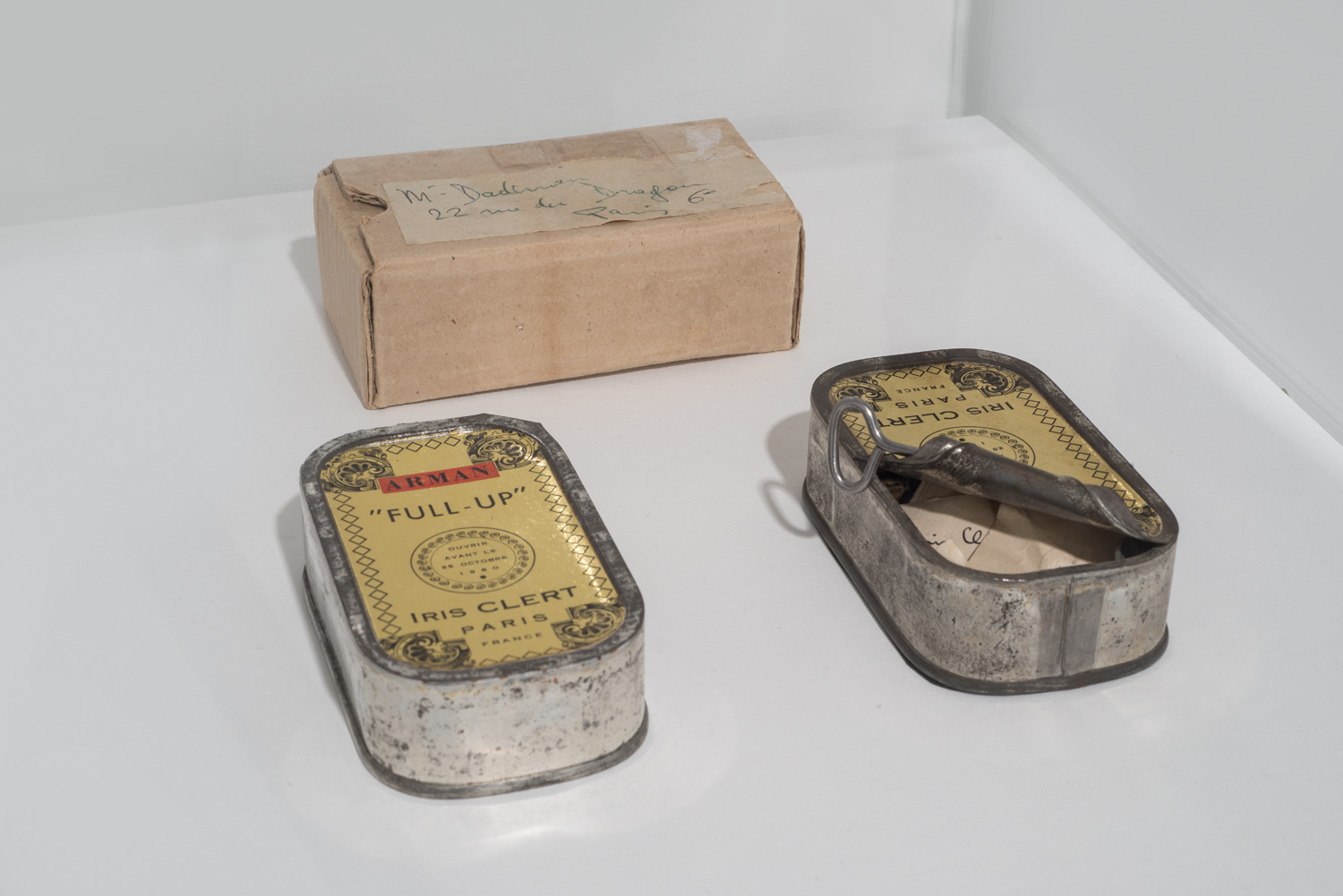
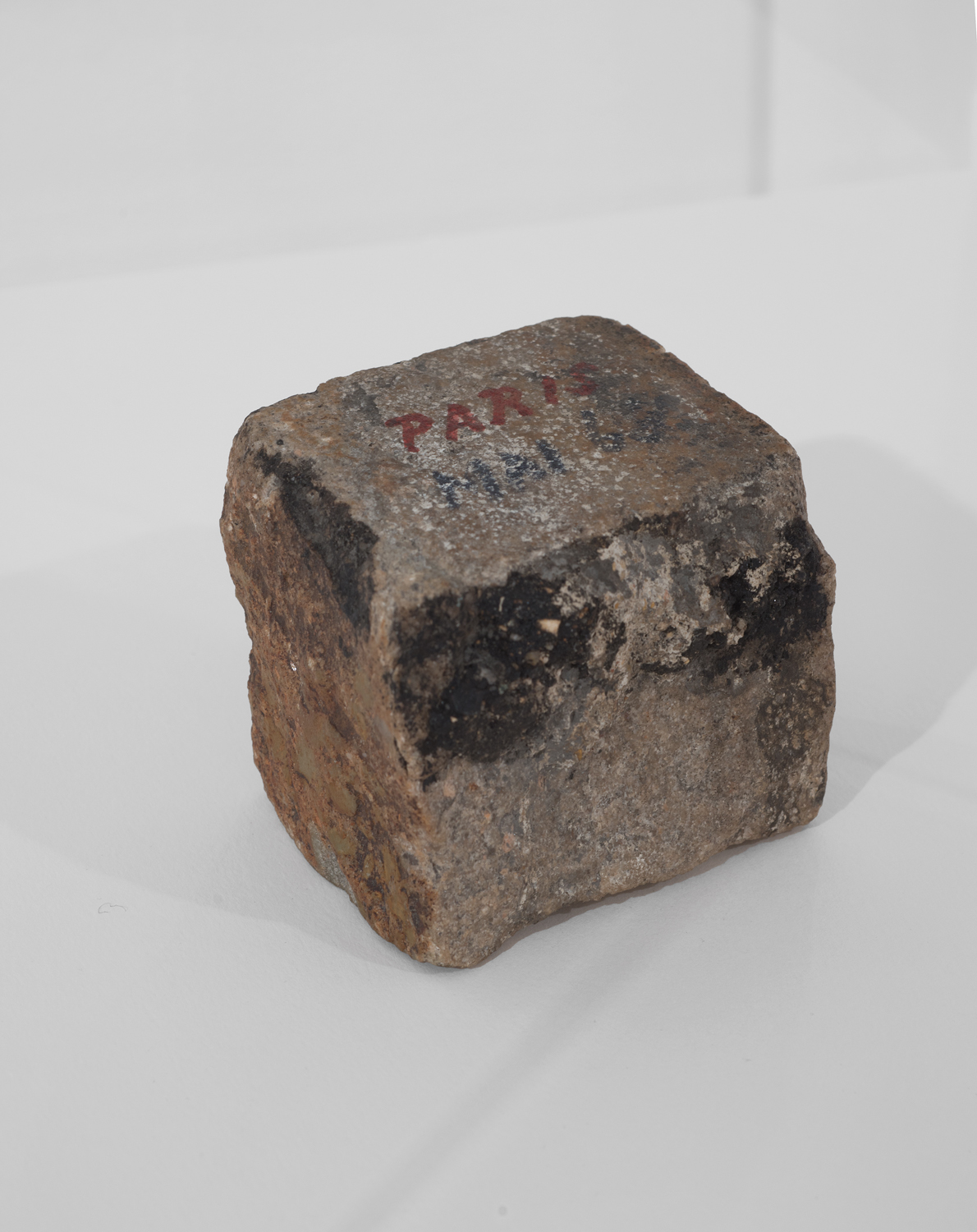

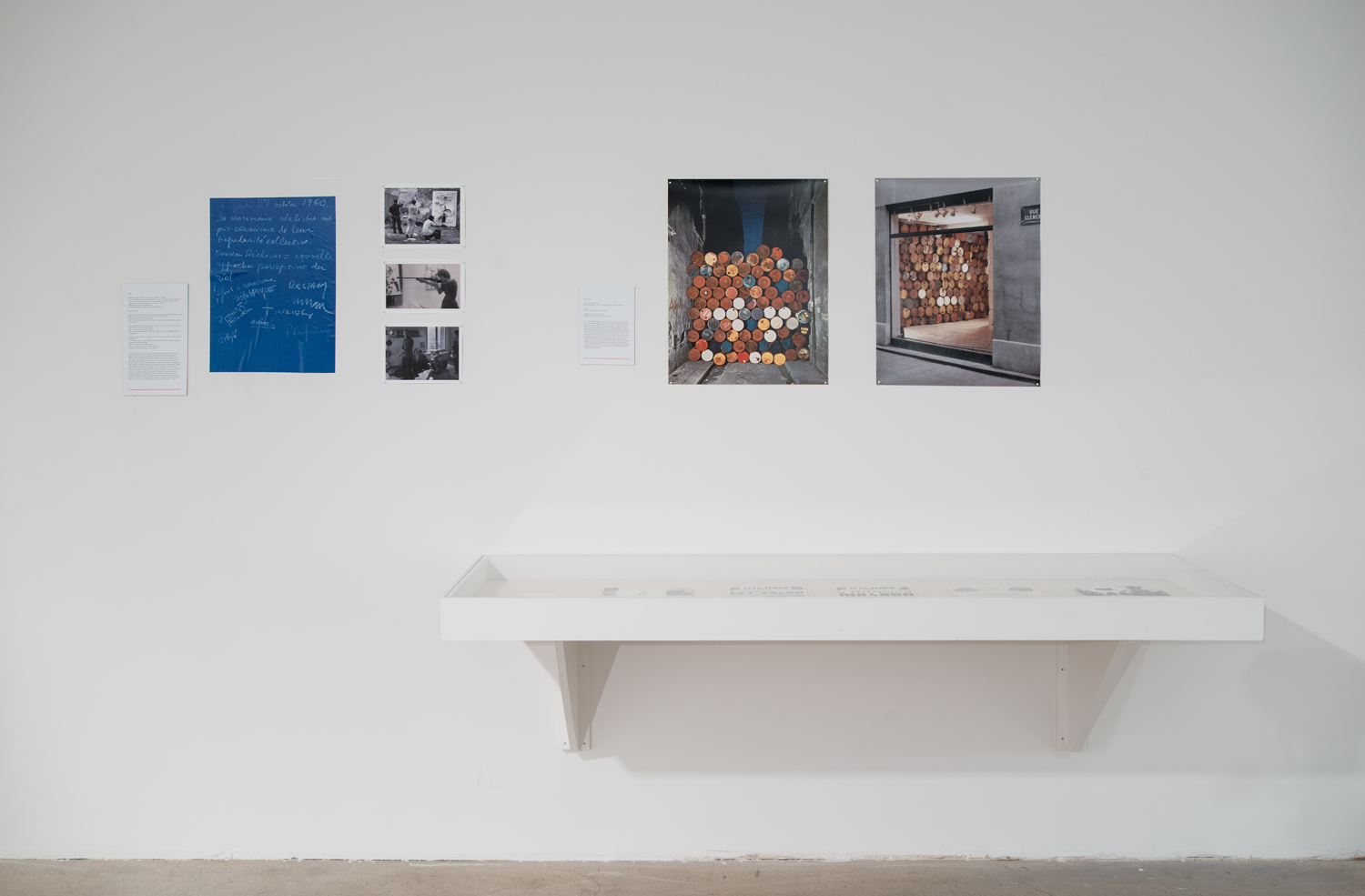

Installation view: Critical Gestures & Contested Spaces: Art and Politics in 1960s France, Hunter College Art Galleries, 2016. Photo by Bill Orcutt.
Critical Gestures & Contested Spaces: Art & Politics in 1960s France
Curated by Hunter College Graduate Students Isaac Aden, Jenn Bratovich, Flo Doukova, Lily Goldberg, Anna Jimenez, Michelle Molokotos, and Chris Spangler
Organized by Joachim Pissarro, Sarah Watson, and Annie Wischmeyer
February 27–April 10, 2016
Opening Reception: February 26, 6–8pm
205 Hudson Gallery
Hunter College Art Galleries
205 Hudson Street
New York, NY 10013
Hours: Wednesday–Sunday, 1–6pm
The theoretical, political, and cultural terrain of 1960s France was characterized by anti-colonialism, commodity fetishism, and extreme leftism. Operating within this zeitgeist, artists experimented with a range of practices that questioned authorship, explored new collective forms of art making, and opened up new modes of aesthetic experience. Motivated by radicalism, skepticism, and disillusionment, their work was by turns pointed, playful, and mischievous. Artists moved outside the constraints of staid institutional structures and into the physical space and ideological circuitry of the everyday, blurring the lines between art and politics, performance and the quotidian.
Critical Gestures and Contested Spaces: Art and Politics in 1960s France examines the broader context of 1960s France by mapping the politics of exhibition-making and of encountering art during this time. Organized in conjunction with Buren, Mosset, Parmentier, Toroni and curated by Joachim Pissarro and Annie Wischmeyer, Critical Gestures developed out of a dual-semester Theory and Criticism/Curatorial Practicum seminar taught by Joachim Pissarro. Working under the guidance of the Hunter College Art Galleries’ curatorial team, the students conceived and executed the exhibition.
This exhibition is made possible by the David Bershad Family Foundation and Susan V. Bershad Charitable Fund, Inc.; The Brant Foundation, Inc.; Arthur and Carol Kaufman Goldberg; Andrew and Christine Hall; The Hunter College Foundation; Stephen King, C12 Capital Management; Anna Maria and Stephen Kellen Foundation; President of Hunter College Jennifer J. Raab; and an anonymous donor.

The Experimental Television Center: A History, Etc...
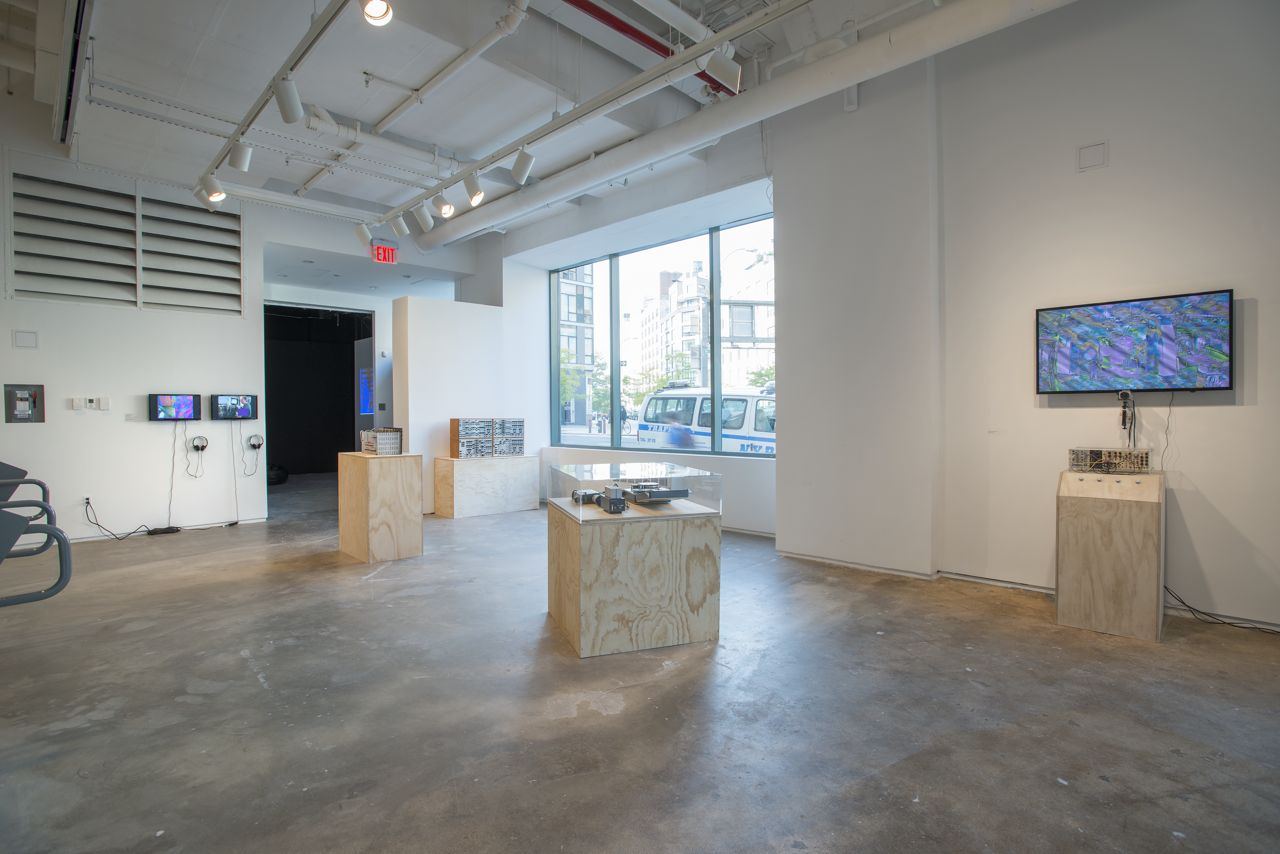

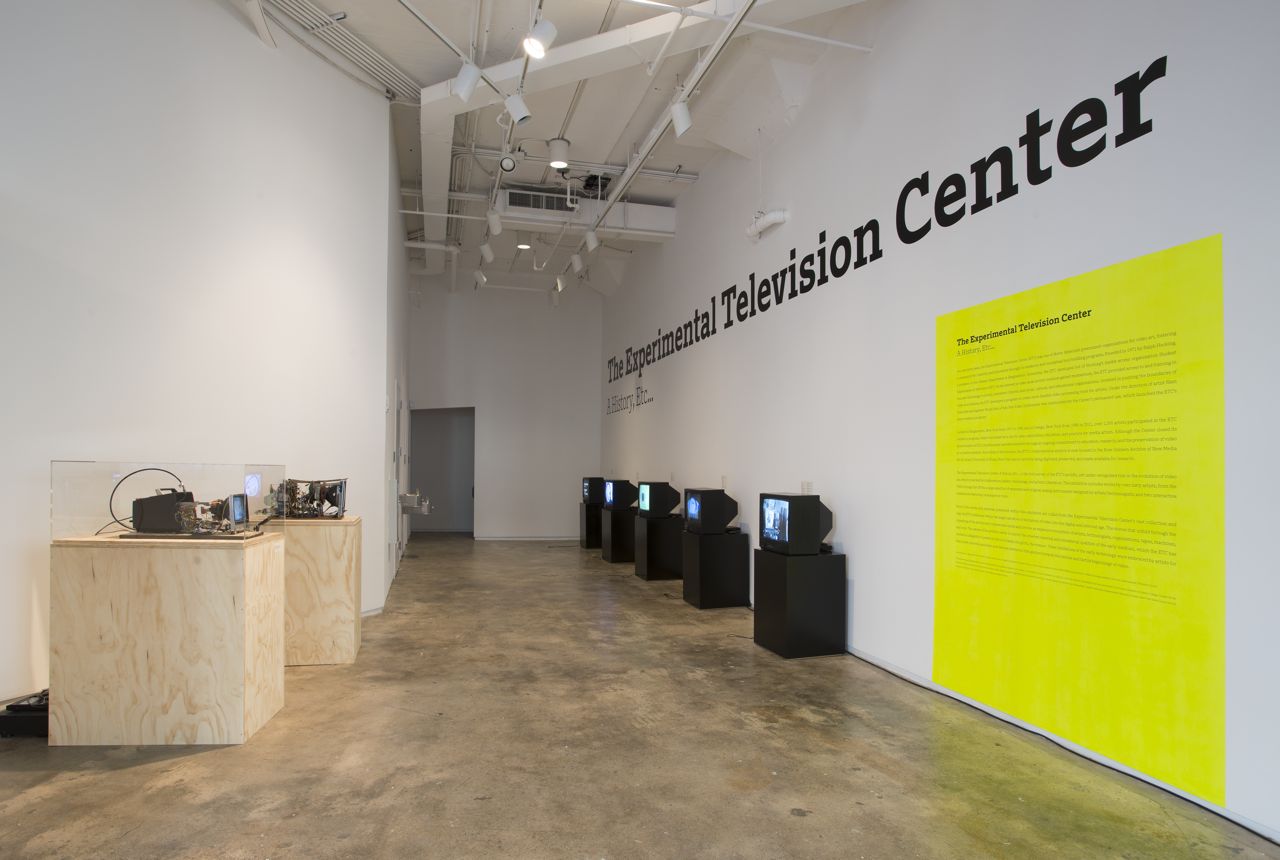
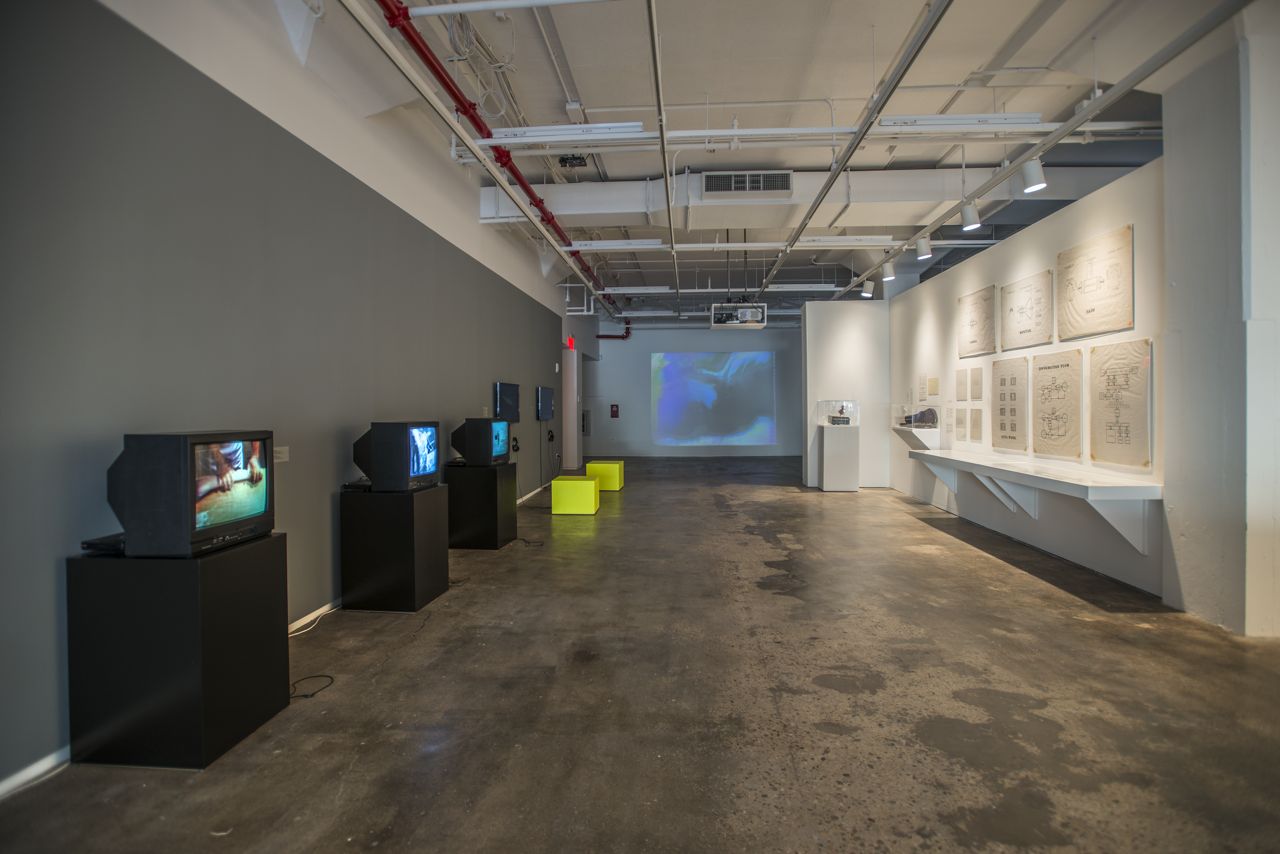
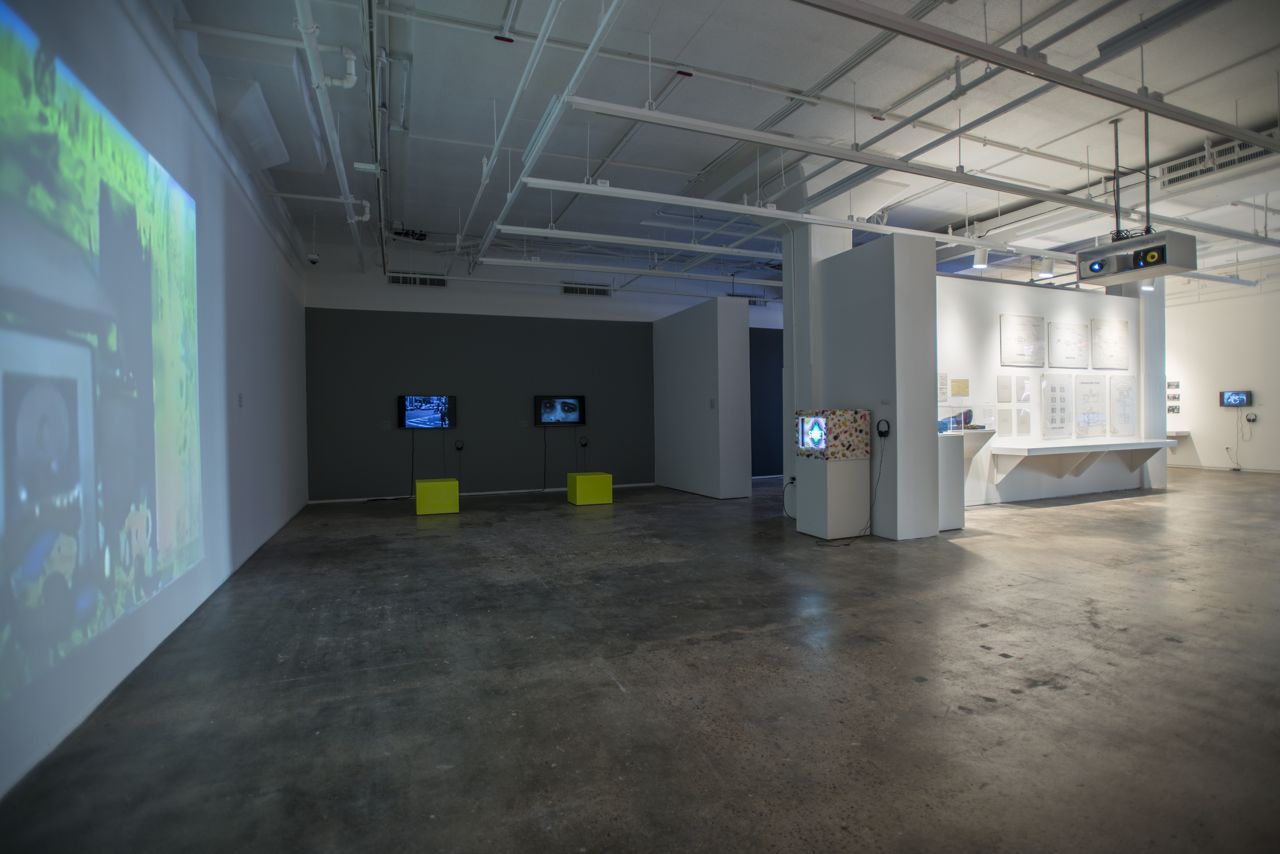

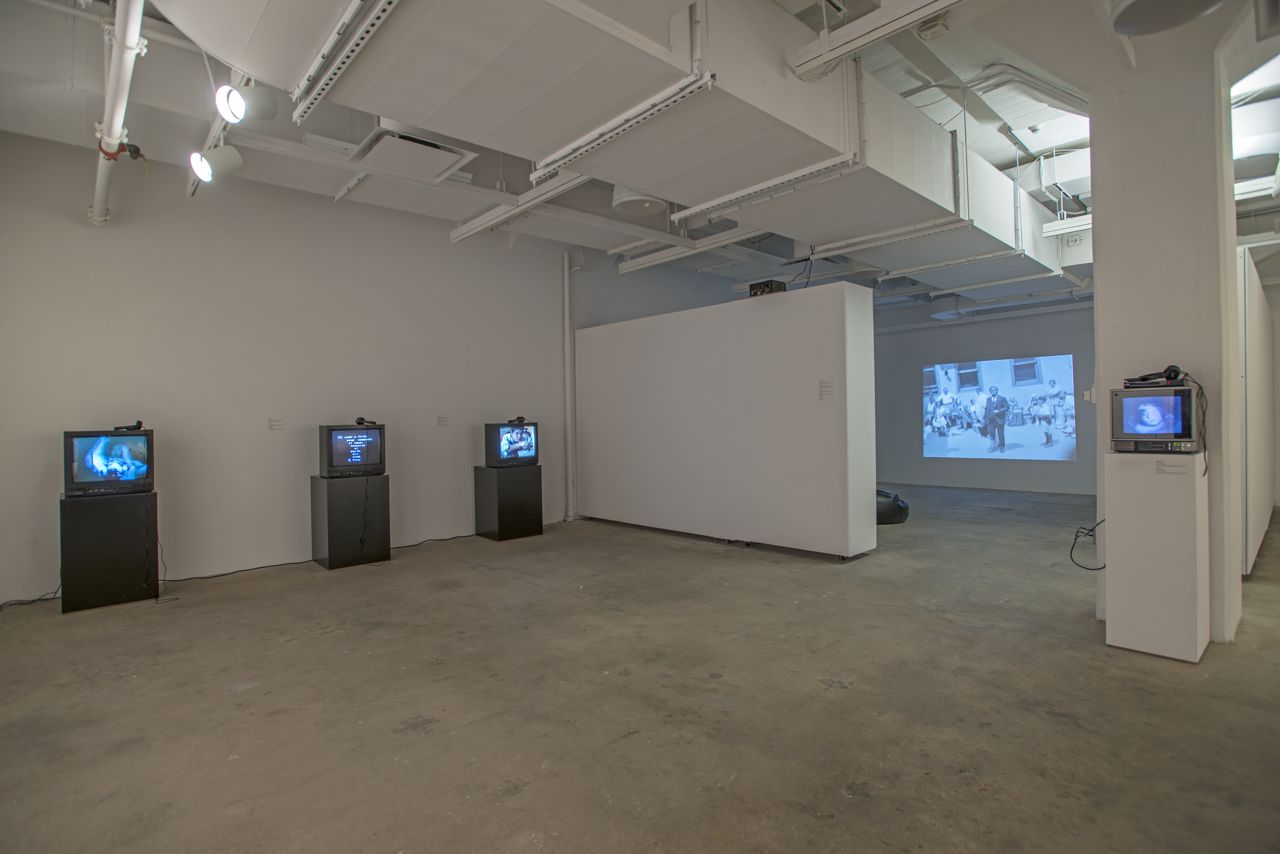
Installation view: The Experimental Television Center: A History, Etc..., Hunter College Art Galleries, 2015. Photo by Bill Orcutt.
The Experimental Television Center: A History, Etc...
Curated by Sarah Watson, Chief Curator of the Hunter College Art Galleries, Timothy Murray, Curator of the Rose Golden Archive of New Media Art, and Sherry Miller Hocking, Assistant Director of the Experimental Television Center.
September 25–November 21, 2015
Opening Reception: September 24, 2015, 7–9pm
205 Hudson Gallery
Hunter College Art Galleries
205 Hudson Street
New York, New York 10013
Hours: Wednesday–Sunday, 1–6pm
For over forty years, the Experimental Television Center was one of North America’s preeminent organizations for video art. The Center fostered a community for creativity and innovation through its residency program and tool building research program. This groundbreaking exhibition documents the important role the Experimental Television Center played in the development of video as an artistic medium. The exhibition presents a virtually invisible, but vitally important, aspect of the history of video art, one marked by collaboration, hacker-technology, and artistic liberation. The Experimental Television Center: A History, ETC... marks the first academic survey of the Center’s prolific, yet under recognized, role in the evolution of video art. Divided into two parts, the show maps the ETC’s history and importance within the larger narrative of the development of video art in New York State, the United States, and beyond. Part I: A History examines the early years of the Experimental Television Center through ephemera, tools, and early works from the late 1960s through the 1970s. Part II: ETC... looks at the growth of the Experimental Television Center from the 1970s through 2000s and its influence on the trajectory of video art into the digital and internet age.
The Experimental Television Center, founded in 1971 by Ralph Hocking, developed out of the media-access organization Student Experiments in Television (SET), which Hocking, a professor at Binghamton University (New York), started on campus in 1969. Established during the advent of portable video tools such as the Sony Portapak, SET provided equipment to community groups, students, artists, and faculty. As the interest in video grew, Hocking recognized the potential that video equipment held for artists. With encouragement from the pioneering video artist Nam June Paik and support from the New York State Council for the Arts, Hocking moved the organization to downtown Binghamton. In 1980, the Center moved to Owego, New York, where it was located until it closed in 2011.
The ETC focused on providing access to and training on this new technology to three major communities: artists; social, cultural, and educational organizations; and interested citizens. Invested in the artistic possibilities of video, the ETC developed a research program to push the boundaries of the medium by creating a more flexible set of processing tools for artists. One of the earliest machines built at the ETC was the Paik/Abe video synthesizer. Under the direction of Nam June Paik and Shuya Abe, the first synthesizer was constructed for the TV Lab at WNET-TV in New York, followed by a second one for permanent placement at the ETC. The arrival of the Paik/Abe synthesizer launched the Center’s artist’s residency program. Some of the earliest artists to participate in the residency were Shigeko Kubota, Nam June Paik, Hollis Frampton, Bill T. Jones, Jackson MacLow, Nicolas Ray, Walter Wright, and Arnie Zane.
For decades, the ETC served as a site for exploration, education, and practice for media artists. From 1971 to 2011, over 1,500 artists participated in their residency program. In addition to the artists listed above, the residency also hosted the artists Irit Batsry, Peer Bode, Nancy Buchanan, Benton Bainbridge, Barbara Buckner, Shalom Gorewitz, Alex Hahn, Barbara Hammer, Gary Hill, LoVid, Kristin Lucas, Darrin Martin, Marisa Olson, and Alan Sondheim, to name just a few.
Although the Center closed its physical space in 2011, the philosophy and ethos of the ETC endures through its ongoing commitment to the education, research and preservation of the media. One of the ETC’s most significant contributions to this work is its comprehensive archive. The archive is now housed at Cornell University, in the Rose Goldsen Archive of New Media Art, where it is being digitized, preserved, and made available for research.
This exhibition is presented by the Hunter College Art Galleries in collaboration with the Rose Goldsen Archive of New Media Art, Cornell Library.
The Experimental Television Center: A History, Etc... is made possible by the generous support of The Hunter Art Exhibition Fund; Foundation To Life, Inc.; The Arts Across the Curriculum Initiative at Hunter College, funded by the Andrew W. Mellon Foundation; the Rose Goldsen Archive of New Media Art and the Digitization and Conservation Services, Cornell Library; Society for the Humanities, Cornell University; the Experimental Television Center; New York State Council for the Humanities; Electronic Arts Intermix; Dave Jones Design; and Signal Culture.

Daniel Barroca: Refusal of the Image

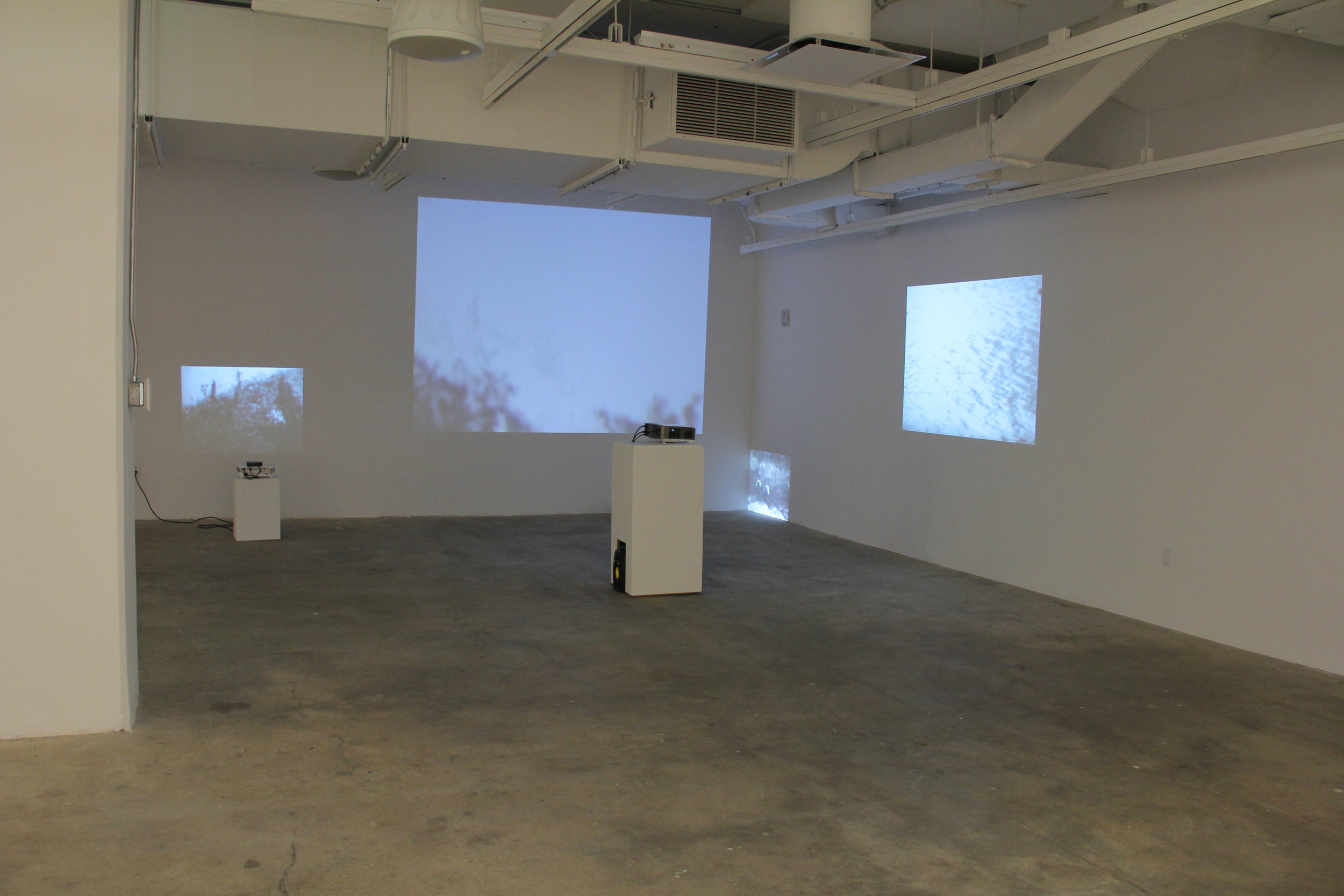
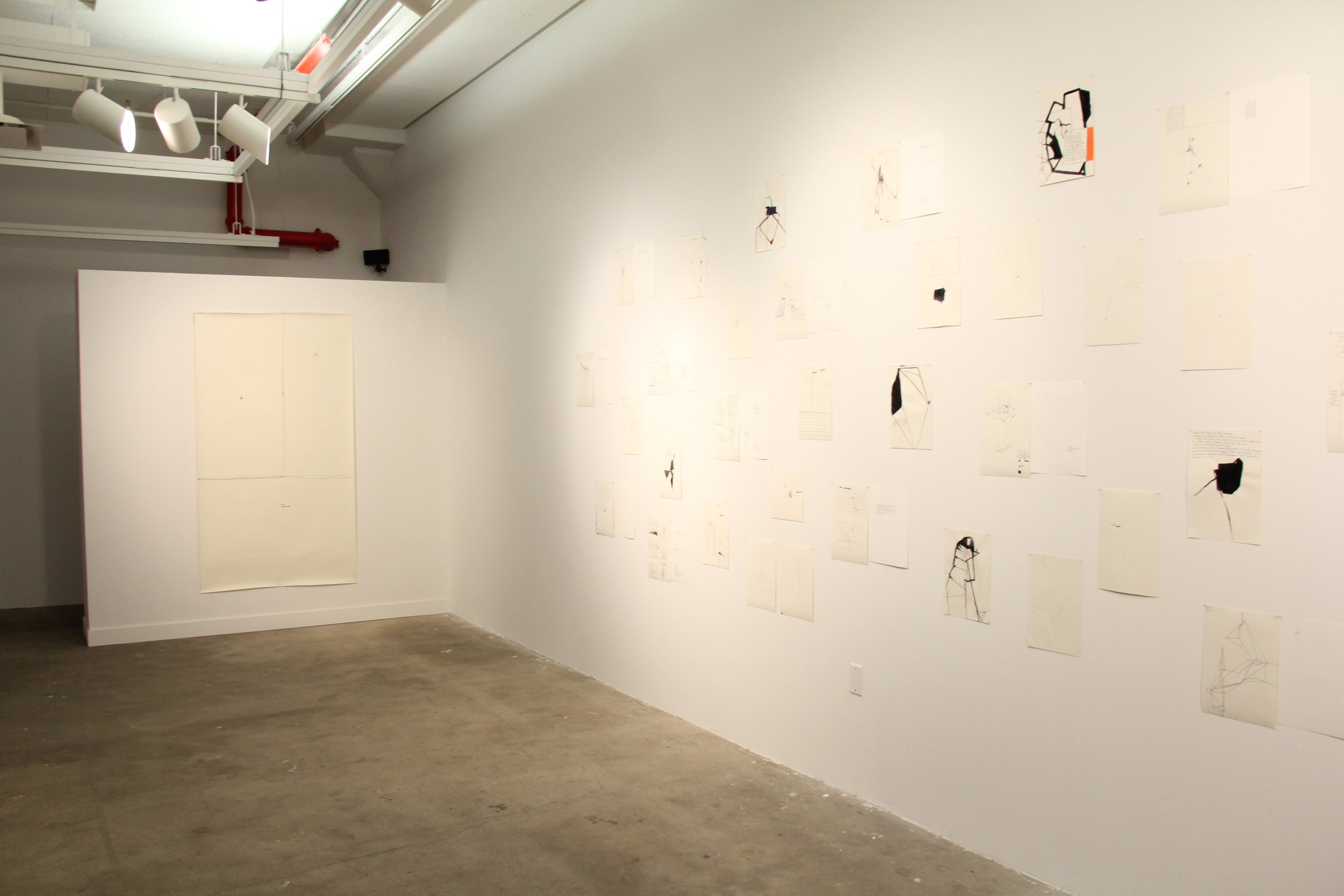
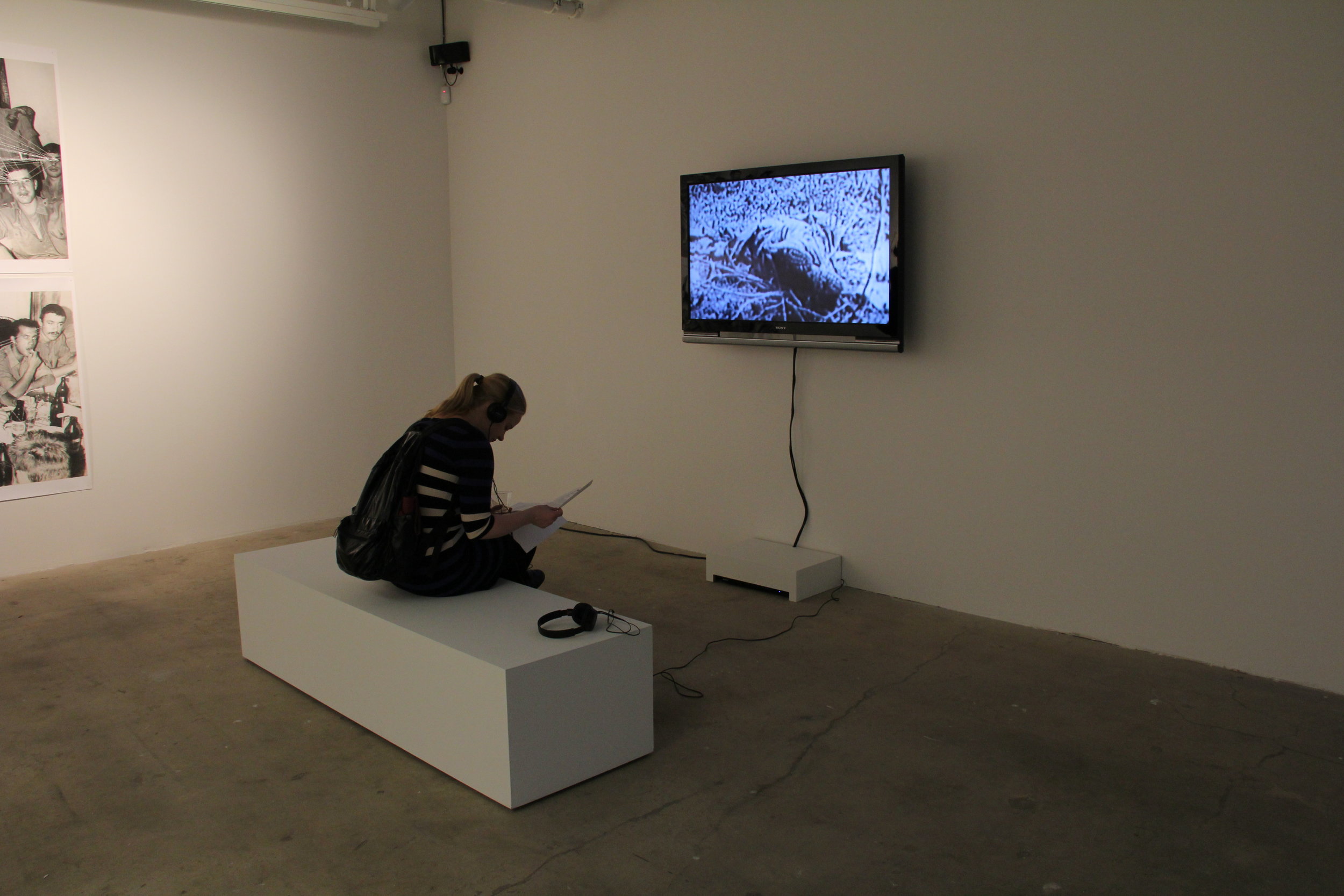

Daniel Barroca: Refusal of the Image
Curated by Hunter College MA candidate Tatiana Mouarbe
July 24–August 22, 2015
Opening Reception: July 23, 6–8pm
205 Hudson Gallery
Hunter College Art Galleries
205 Hudson Street
New York, NY 10013
Hours: Wednesday–Sunday, 1–6pm
In Barroca’s multimedia and interdisciplinary practice, the artist investigates the perceptual and performative qualities of images and their reconstitution over temporal, spatial, and cultural boundaries. Marking the first solo show of Barroca’s work in the United States, Daniel Barroca: Refusal of the Image, examines the artist’s experiments with the instability of images in a series of video, photography, and drawing works from the past fifteen years, including The Sequences of Memory, Silence, and War; …a hazy and confused landscape; Maps of Complicities; Stuck in a Loop: Thoughts and notes on the end of the world; The Destruction of the Destruction; and War Drawing
Much of Barroca’s work with video, photography, drawing, and installation derives from an engagement with the mutable properties of images, their multiple lives and their perceptual transformations over time. Barroca collects and archives images, both found and personal, assembling a repository of historical images to work from and within, in order to locate varying synchronicities inscribed in these diverse selections. Barroca draws from a wide-range of historical and documentary material – photographs, videos, and sound recordings – produced at the time of major epochal events. Dislodging these from their contextual origin through abstraction and collage in his video and drawing works, the artist configures a new, unspecified space for his images. By blurring distinctions between an image’s form and content, a process of structural reworking through multiple mediums, Barroca exposes the shadows of images – those traces of memory, form, and gesture belonging to a timeless realm of collective experience.
In The Sequences of Memory, Silence, and War, a three-part video series, Barroca works with the fragments of found images – selections from a collection of family photographs gathered in flea markets and bookshops, grainy World War I footage, and VHS recordings on the atrocities of the Portuguese Colonial War and World War II – to depict a surreal portrait of humanity and nature, removed from any sense of time, place, or context. Building upon this notion of the disembodied image in his video installation … a hazy and confused landscape, Barocca cuts, reassembles, slows, and loops various sections of Kreta, a WWII-era German propaganda film, into four sequences, to divest the moving images of any ideological or historical identification and disrupt the film’s narrative structure. A more tactile exploration of form and image is initiated in Maps of Complicities, in which Barroca carves out lines of connective tissue atop two photographic prints, culled from his father’s war album, of young soldiers pictured in moments of leisure. This diagrammatic mapping of form continues in Barroca’s Stuck in a Loop: Thoughts and notes on the end of the world and War Drawing. In The Destruction of the Destruction, Barroca draws influence from Jorge Luis Borges’ short story Averroes’s Speech to focus on the mistranslation of texts, images, and ideas and how these distortions are sustained and expanded upon over time. In each work, images enter into a precarious state; Barroca unravels, reassembles, dislocates, and obscures his images in ways that trace their movements, mutations, and transformations across historical and cultural bounds.
Daniel Barroca was born in Lisbon in 1976. He studied painting and visual arts at Centro de Arte e Comunicação Visual (ArCo), Lisbon and earned a degree in visual arts from Escola Superior de Arte e Design (ESAD), Caldas da Rainha in 2001. He was a resident artist at the Künstlerhaus Bethanien in 2008 (Bolsa João Hogan – Calouste Gulbenkian Foundation) and at the Rijksakademie van Beeldende Kunsten with the support of the Dutch Ministry of Education, Culture and Science in 2010 and 2011. Since his first solo show in 2001, the artist’s work has been extensively exhibited by international institutions such as Astrup Fearnley Museet, Oslo; Künstlerhaus Bethanien, Berlin; Museum Abteiberg, Monchengladbach, Germany; Museu Colecção Berardo, Lisbon; Museu de Arte Contemporânea de Serralves, Porto; National Center for Contemporary Art, Moscow; Rijksakademie, Amsterdam; Spanish Academy, Rome; Qbox Gallery, Athens; and Queens Museum, New York. Barroca is currently a resident artist in The Drawing Center’s Open Sessions Program (2014-2015) and is the recipient of a research grant form the Marcelino Botin Foundation with the project A land that is more slippery than stable.

Robert Barry: All the things I know... 1962 to the present


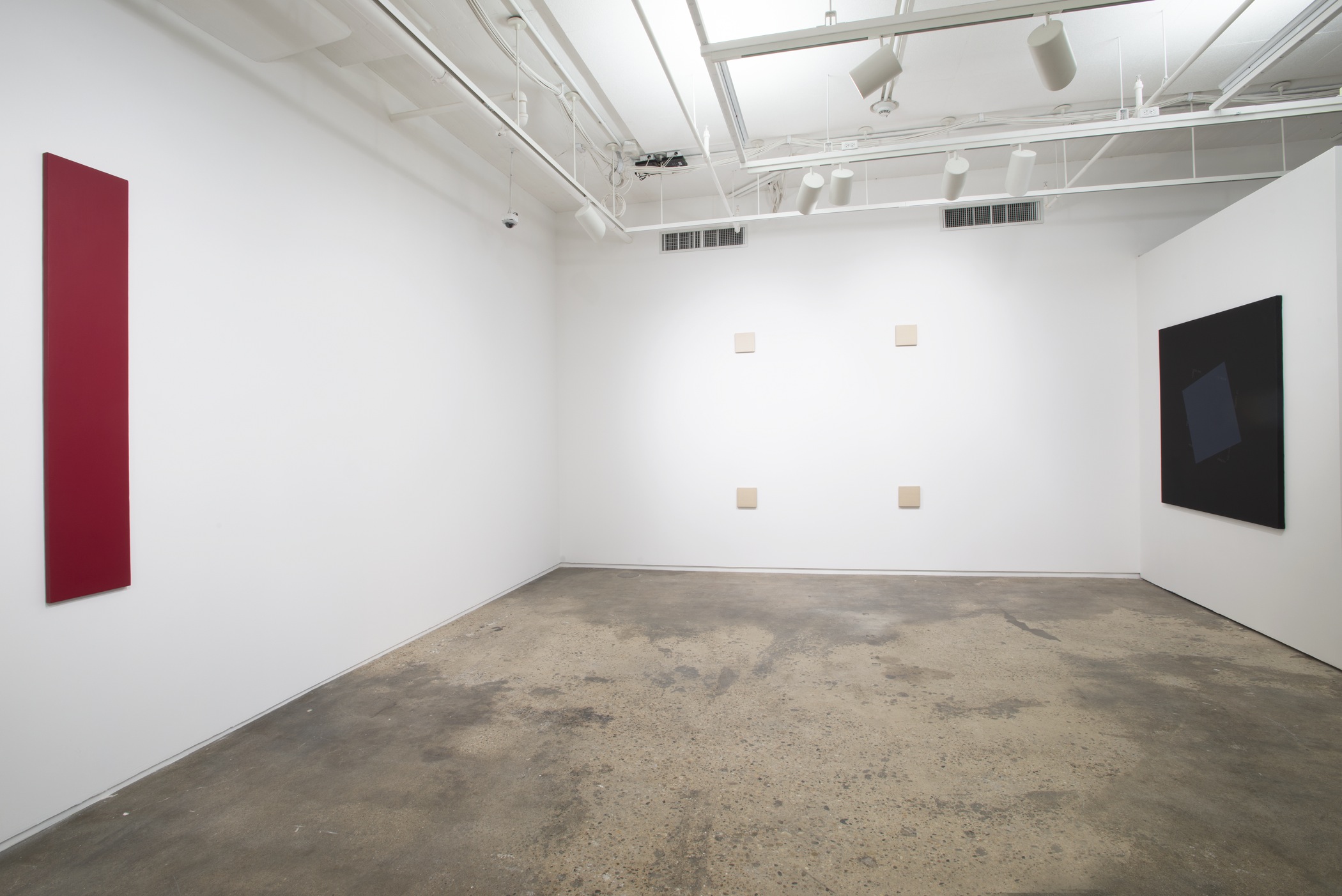
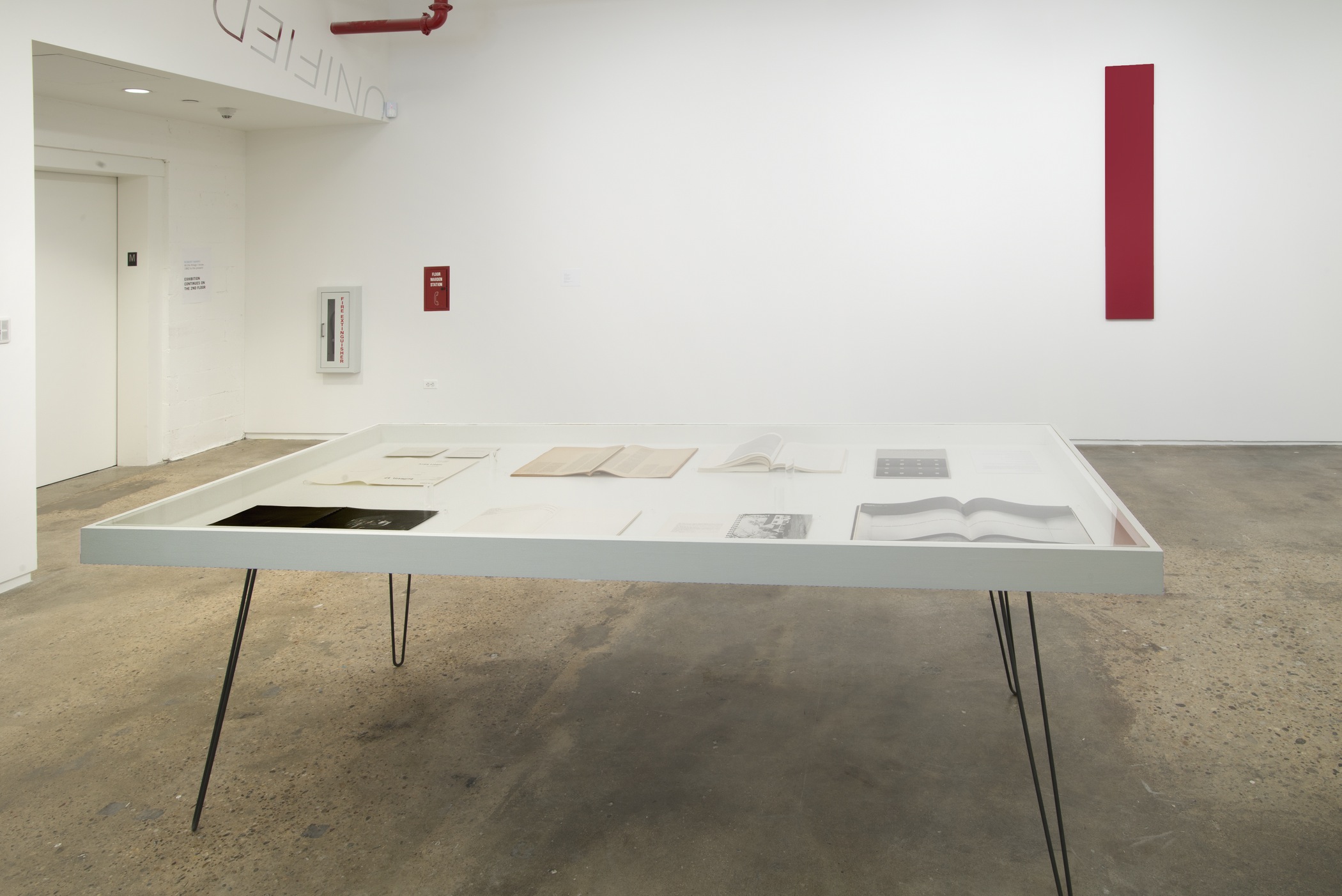
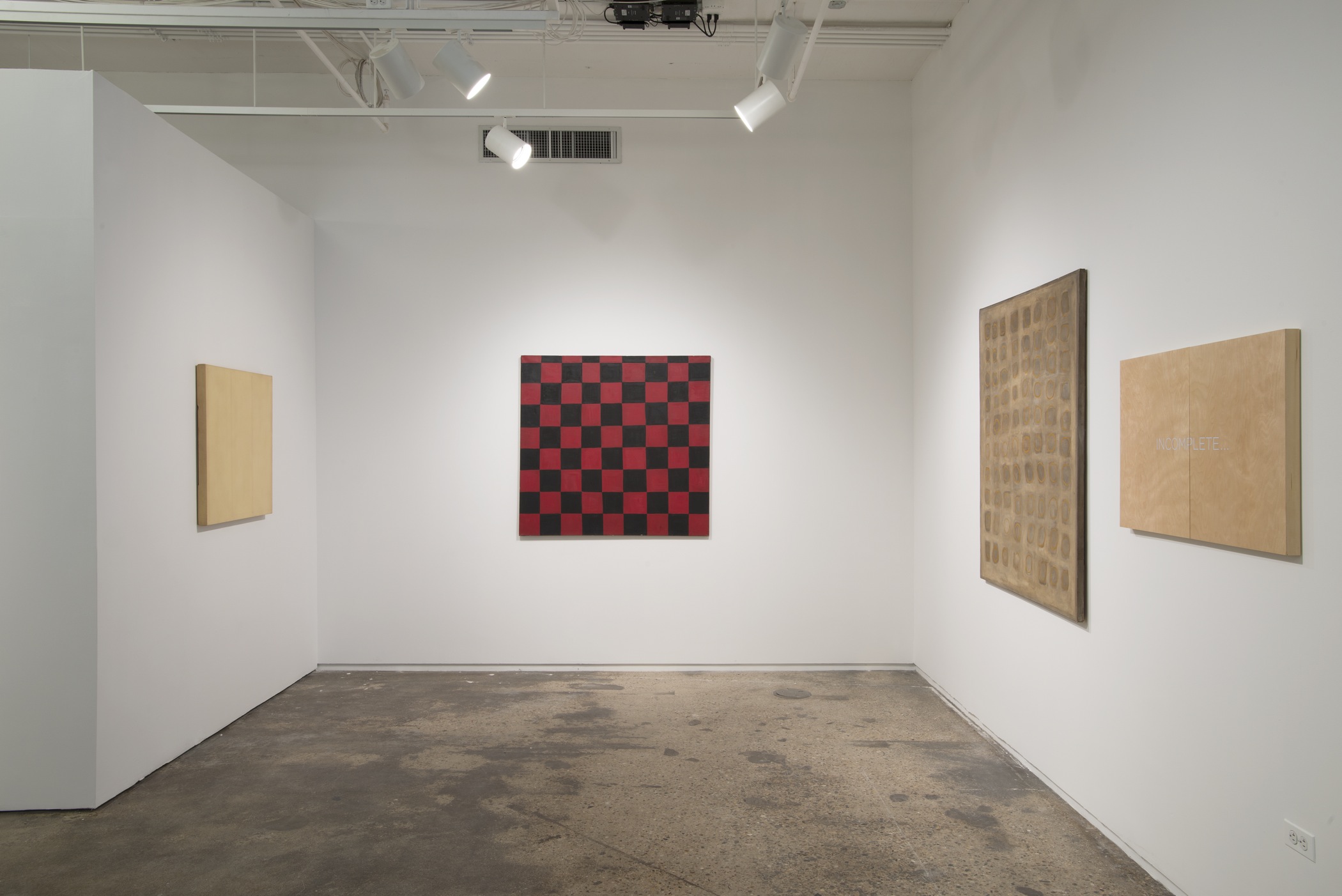
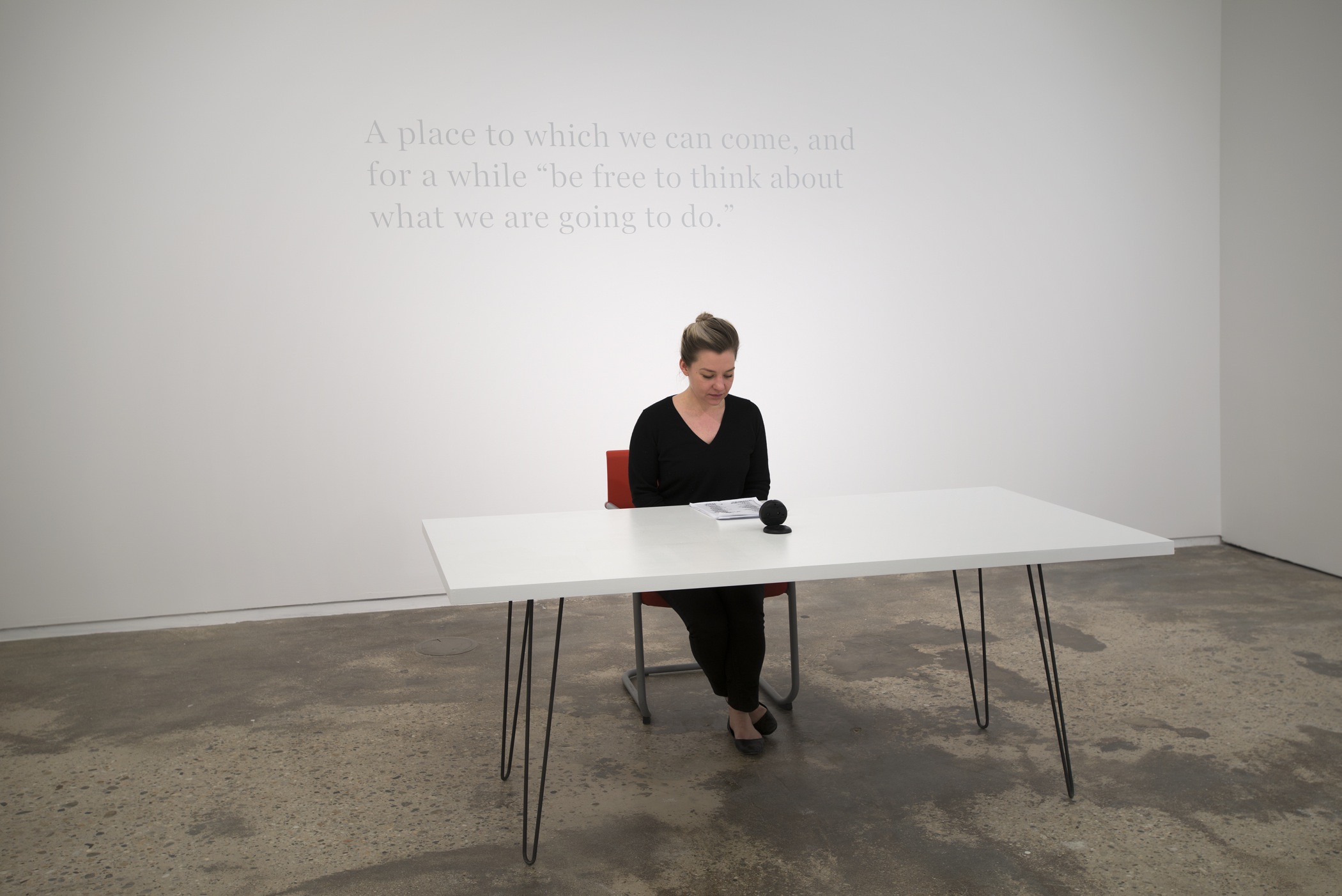
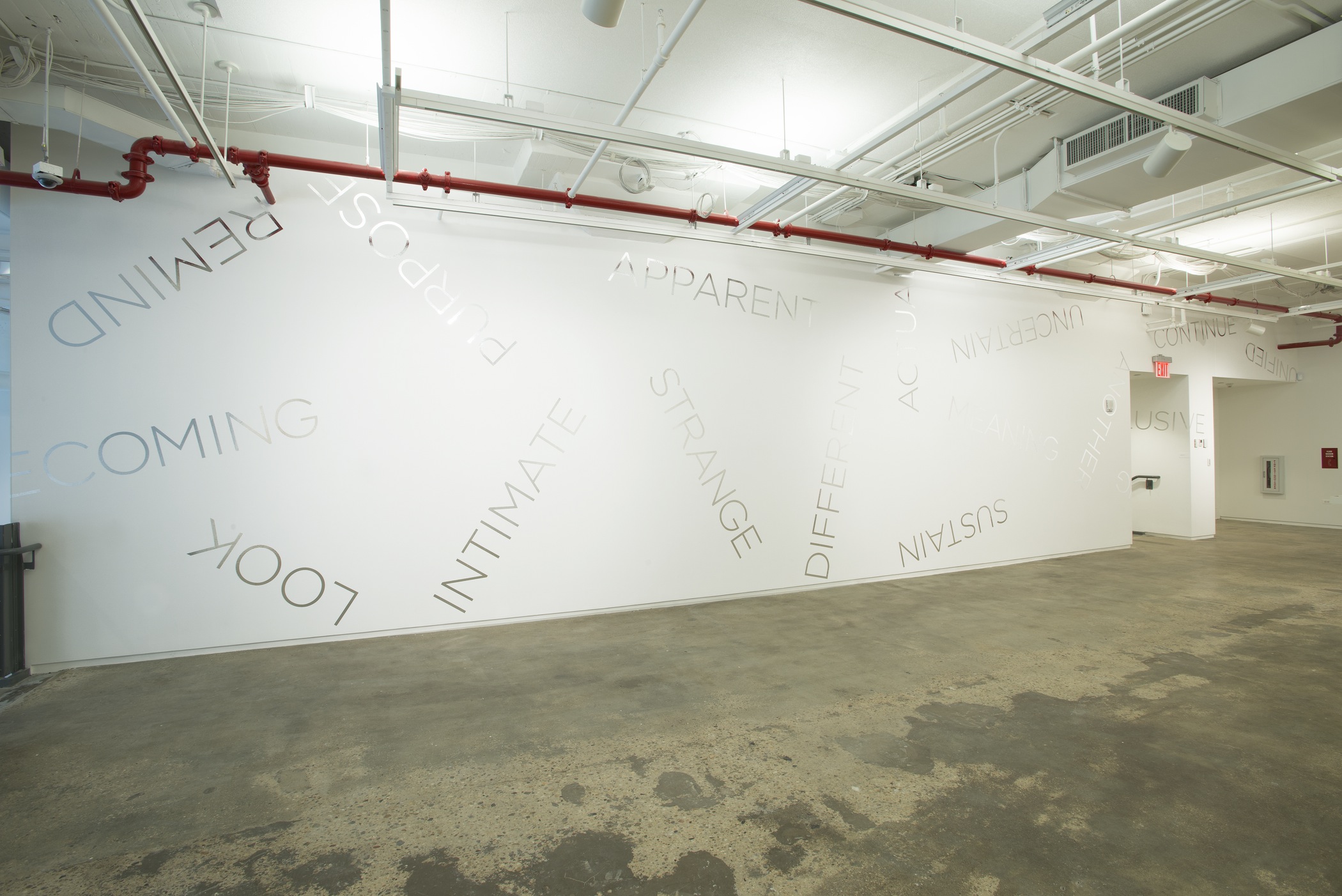
Installation view: Robert Barry: All the things I know... 1962 to the present, Hunter College Art Galleries, 2015. Photo by Bill Orcutt.
Robert Barry: All the things I know... 1962 to the present
Curated by Max Weintraub, Sarah Watson, and Annie Wischmeyer
February 6–April 4, 2015
Opening Reception: February 6, 6–8pm
205 Hudson Gallery
Hunter College Art Galleries
205 Hudson Street
New York, NY 10013
Hours: Wednesday–Sunday, 1–6pm
Robert Barry: All the things I know... 1962 to the present examines the art of Robert Barry (American, born 1936), an artist widely regarded as one of the founders of American Conceptualism. Since the 1960s, Barry has investigated the conditions of art and perception and explored the evocative and communicative properties of words. He has used radio waves, inert gases, and even telepathy to question traditional assumptions about art and expand its possibilities.
Marking the first major solo exhibition of Barry’s work by an academic institution in New York—and the first in the United States in thirty years—Robert Barry: All the things I know... 1962 to the present features works from six decades of the artist’s career. Among the exhibition’s highlights are two new site-specific window and wall pieces and the groundbreaking early works Electromagnetic Energy Field (1968), Closed Gallery (1969), Inert Gas Series: Helium (1969), Marcuse Piece (1972), and Invitation Piece (1972–73). A new variation of a continuing performance piece by Barry Untitled Performance (1972–present) is also included and will be performed for the first time by students. Running for the duration of the exhibition, this performance showcases Barry’s longstanding interest in exploring the temporal dimension of art and continues his history of artistic collaborations with Hunter College students, which began when he taught at the college in the 1960s and 1970s.
In conjunction with Robert Barry: All the things I know... 1962 to the present, Barry will be the spring 2015 Judith Zabar Visiting Artist at Hunter College. The Judith Zabar Visiting Artist Program allows Hunter to bring a series of internationally recognized artists to campus to work directly with students in the Master of Fine Arts (MFA) and Master of Arts (MA) programs, providing students with a unique opportunity to interact with top practitioners in their fields. Barry will engage with students through master classes, critical seminars, workshops, and private tutorials. He will additionally give a public lecture on his work.
Born in 1936, Robert Barry received his BFA and MA from Hunter College, where he also taught from 1964 to 1979. Since his first solo exhibition in 1964, Barry's work has been exhibited extensively throughout the US and internationally. His artwork is included in the permanent collections of The Museum of Modern Art, New York; the Solomon R. Guggenheim Museum, New York; the Musée d’Orsay, Paris; the Hirshhorn Museum and Sculpture Garden, Smithsonian Institution, Washington, D.C.; the Whitney Museum of American Art, New York; the Musée National d’Art Moderne, Centre Georges Pompidou, Paris; the National Gallery of Art, Washington, D.C.; and the Museum of Contemporary Art, Los Angeles, among others. Barry currently lives and works in Teaneck, New Jersey.
This exhibition is made possible by the leadership support of Carol Goldberg, Agnes Gund, and an anonymous donor. We are also grateful to Judy and Stanley Zabar for their support of Robert Barry's residency at Hunter College through the Judith Zabar Visiting Artist Program.
Press
Art in America
Art News
Brooklyn Rail
Podcast
Catalog
Issuu (Link)

Another Place: The C12 Exhibition

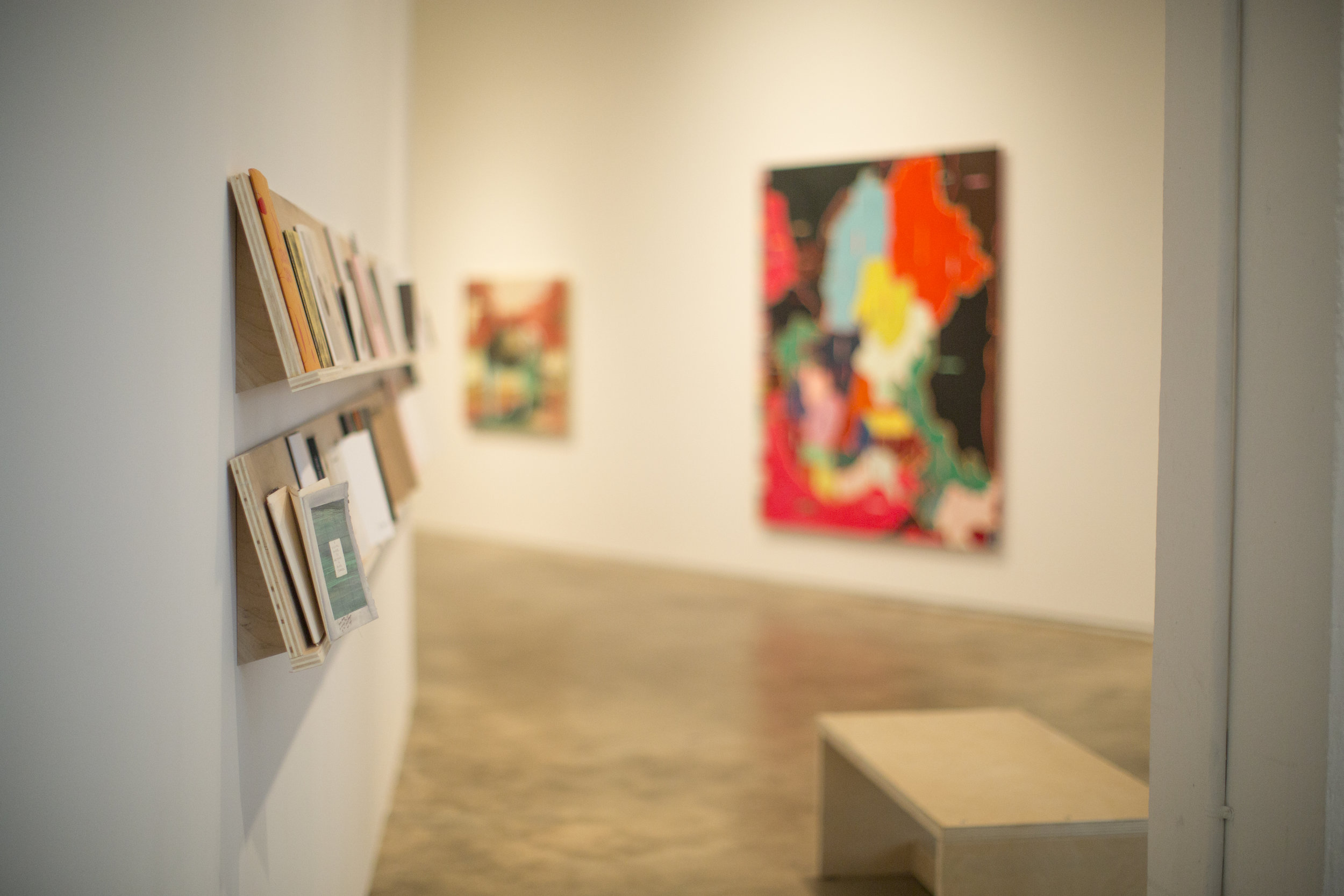
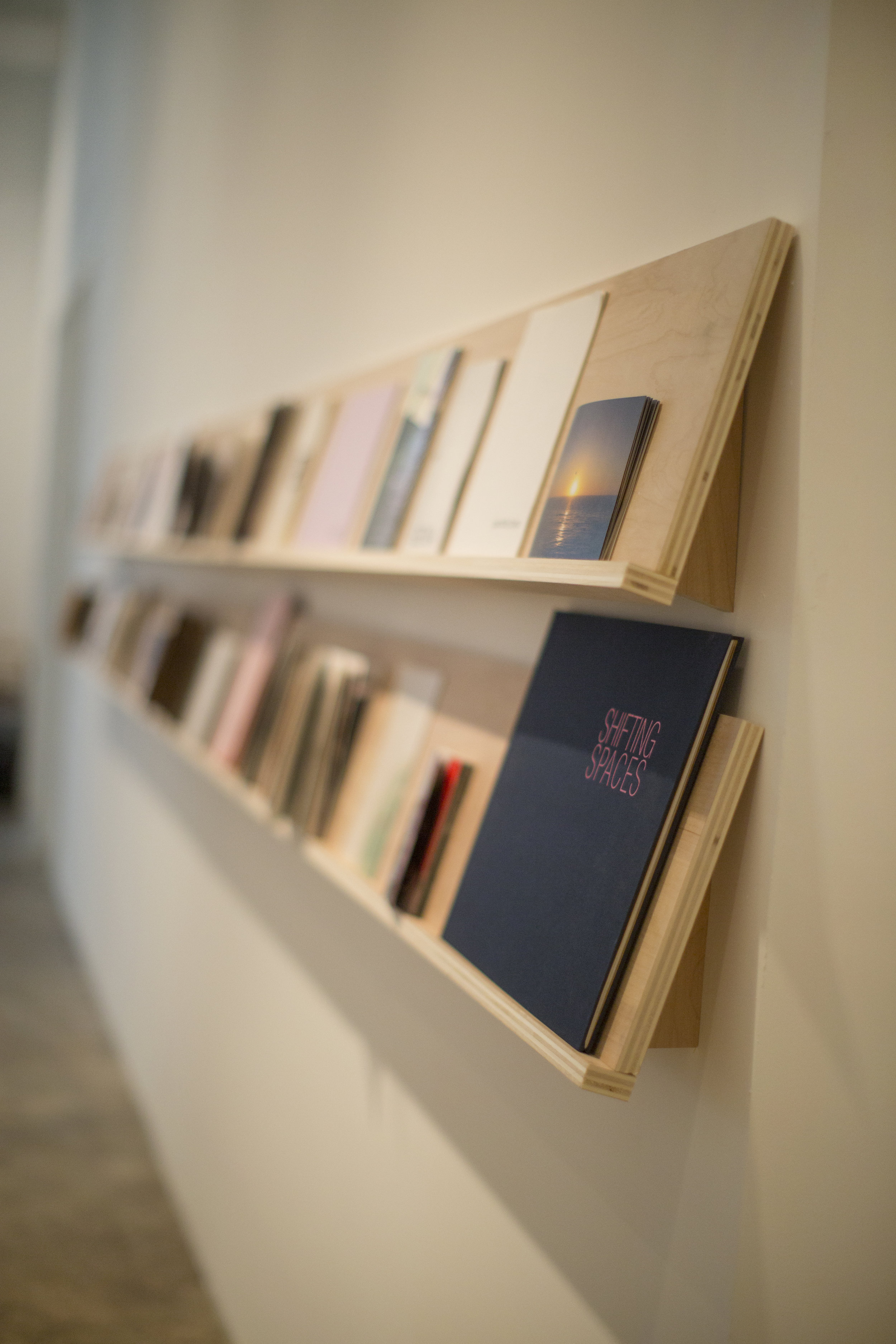
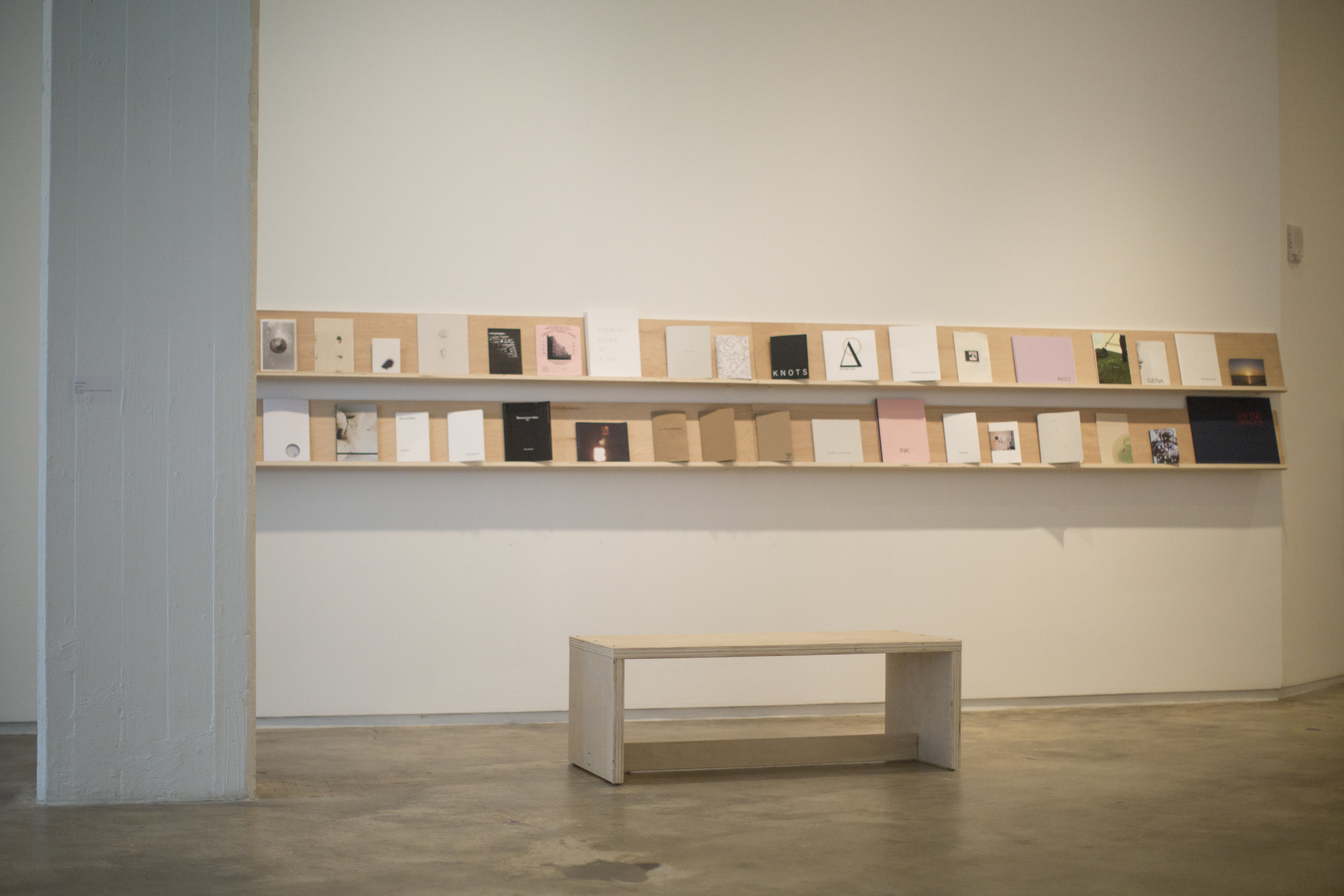
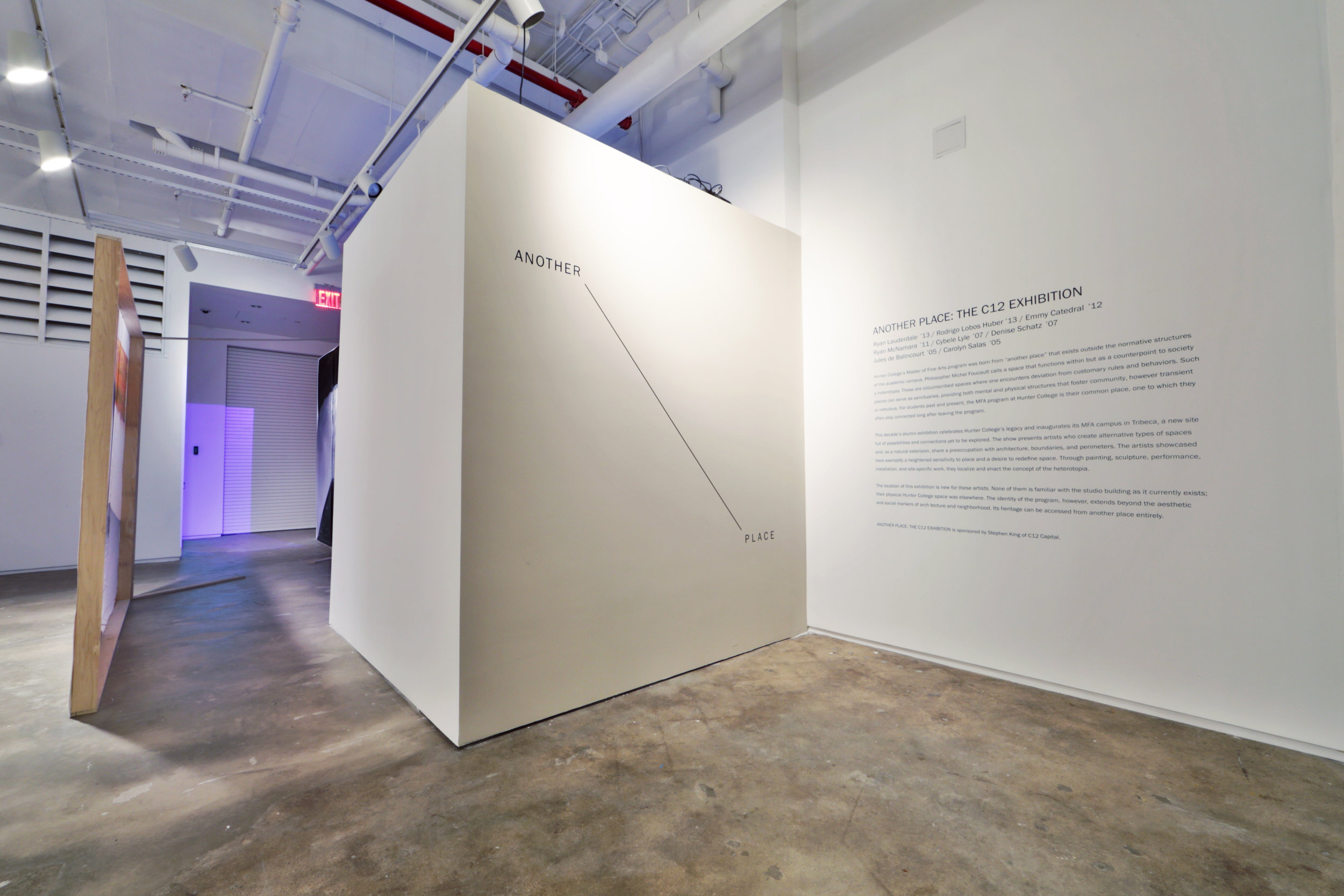

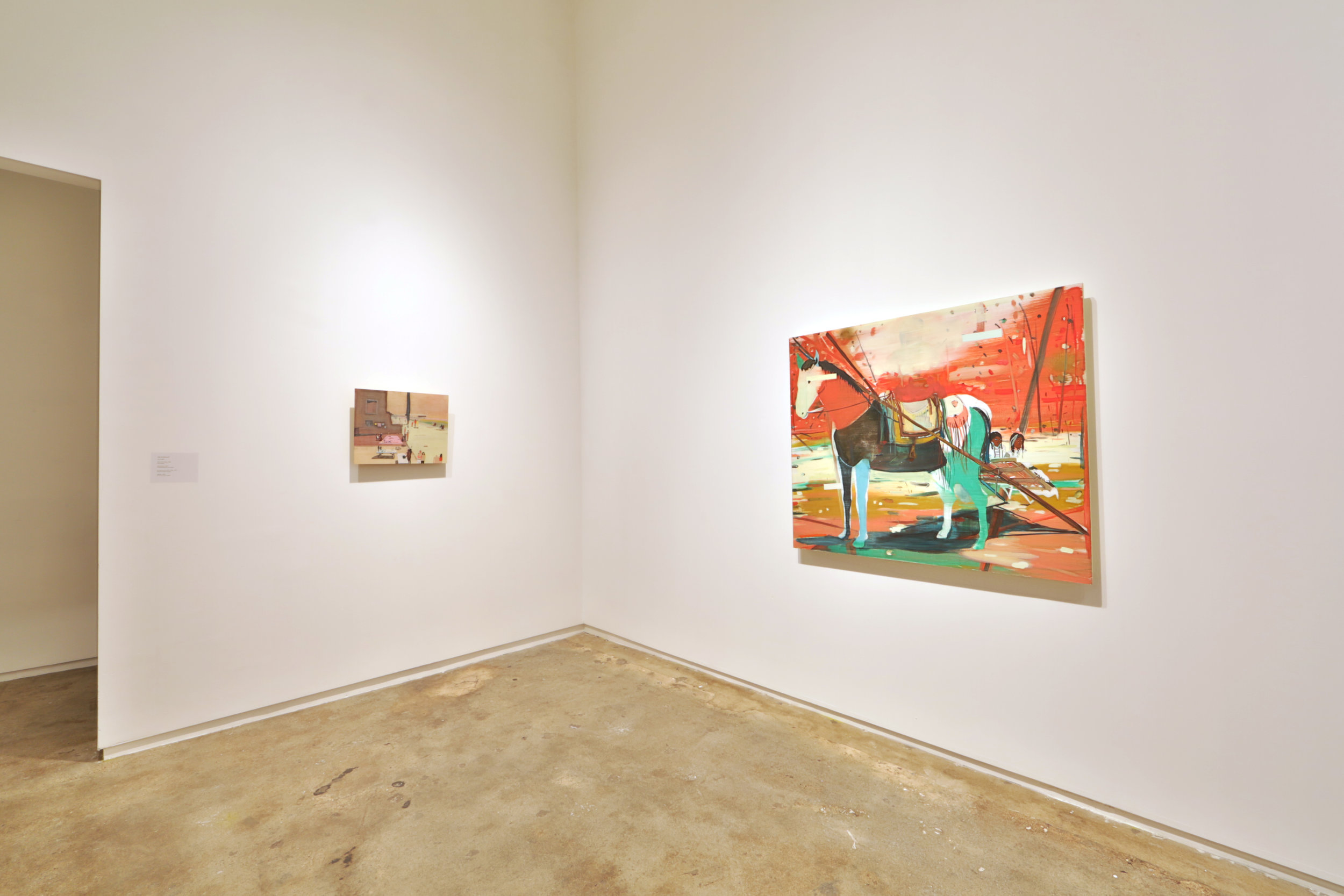

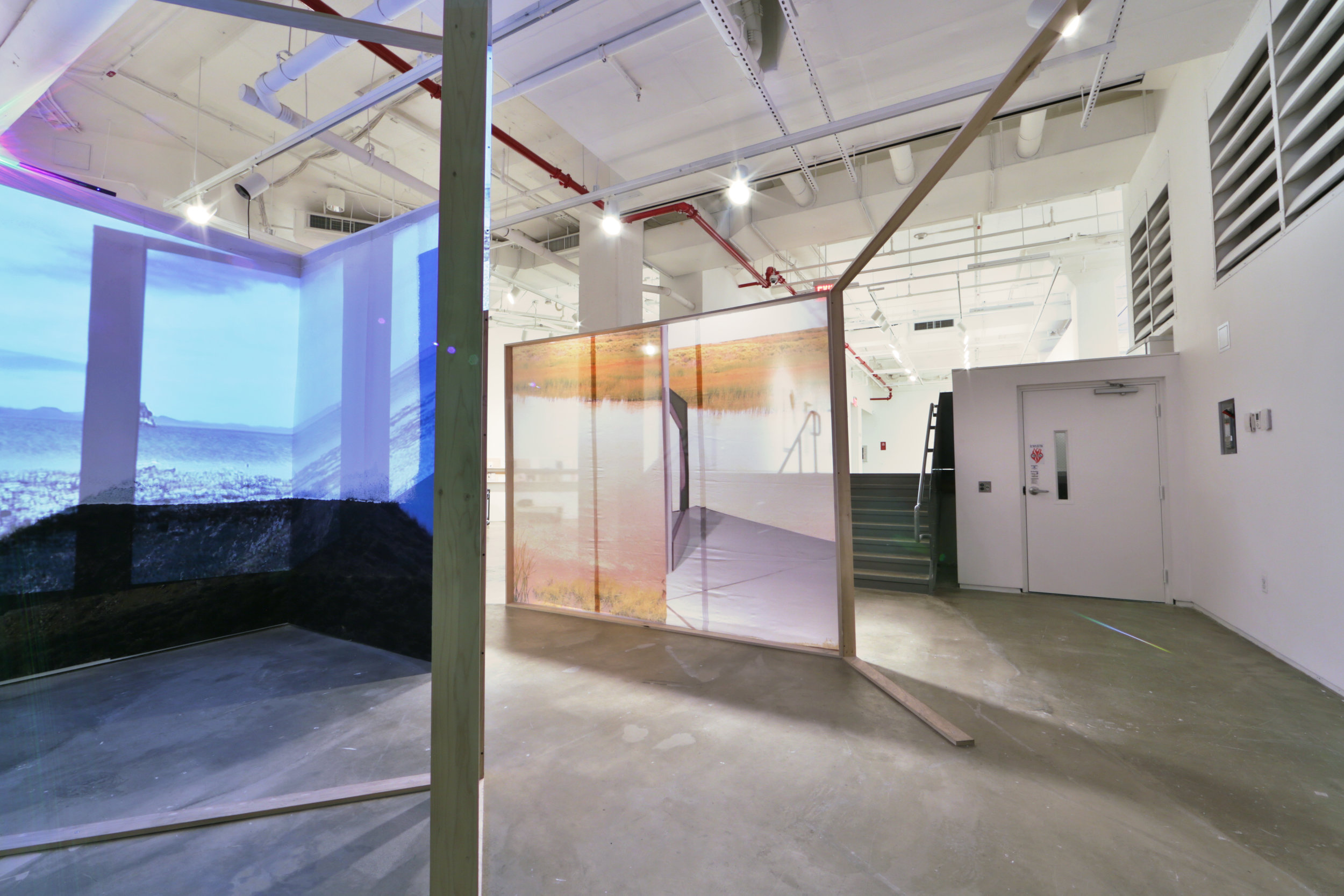
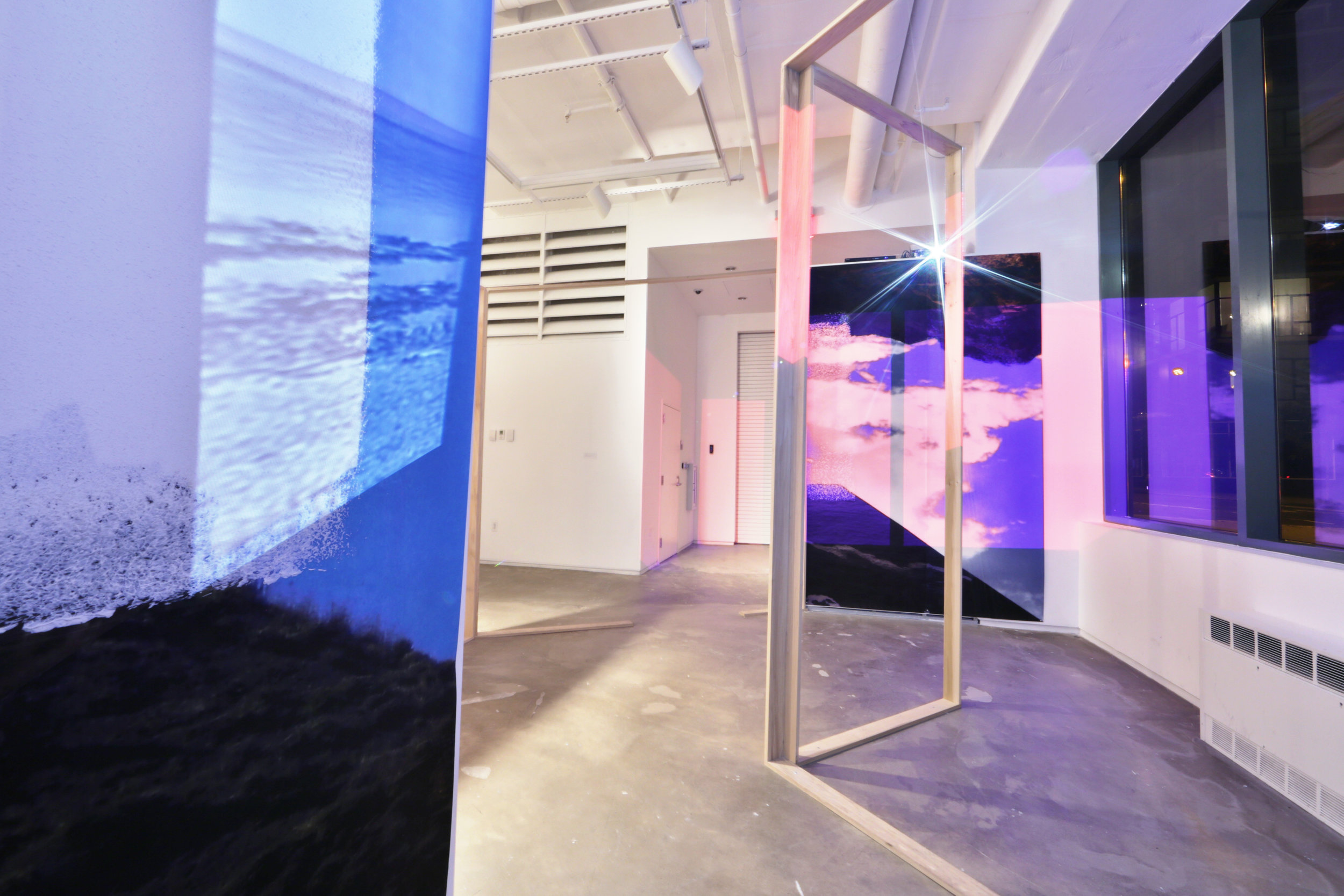
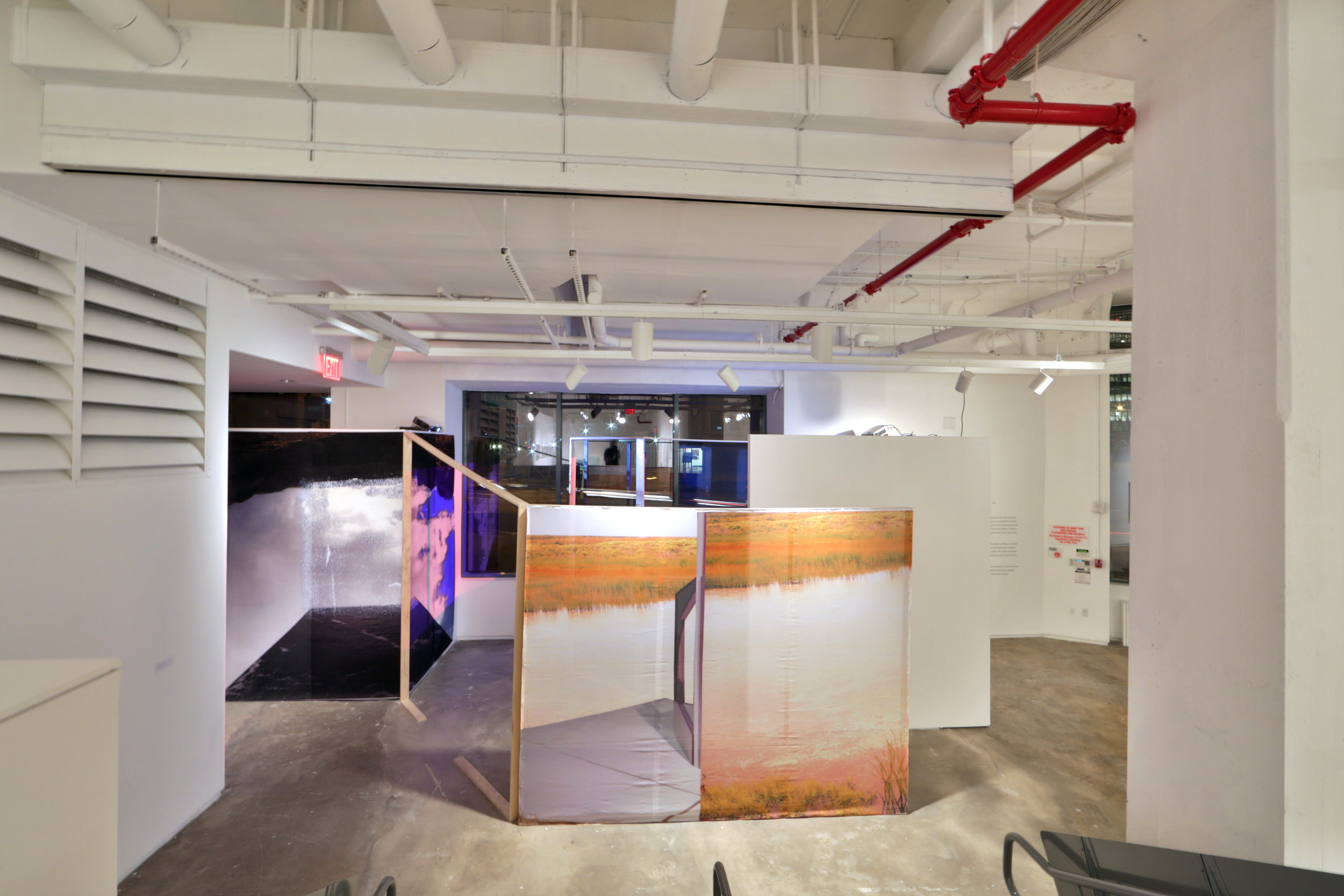

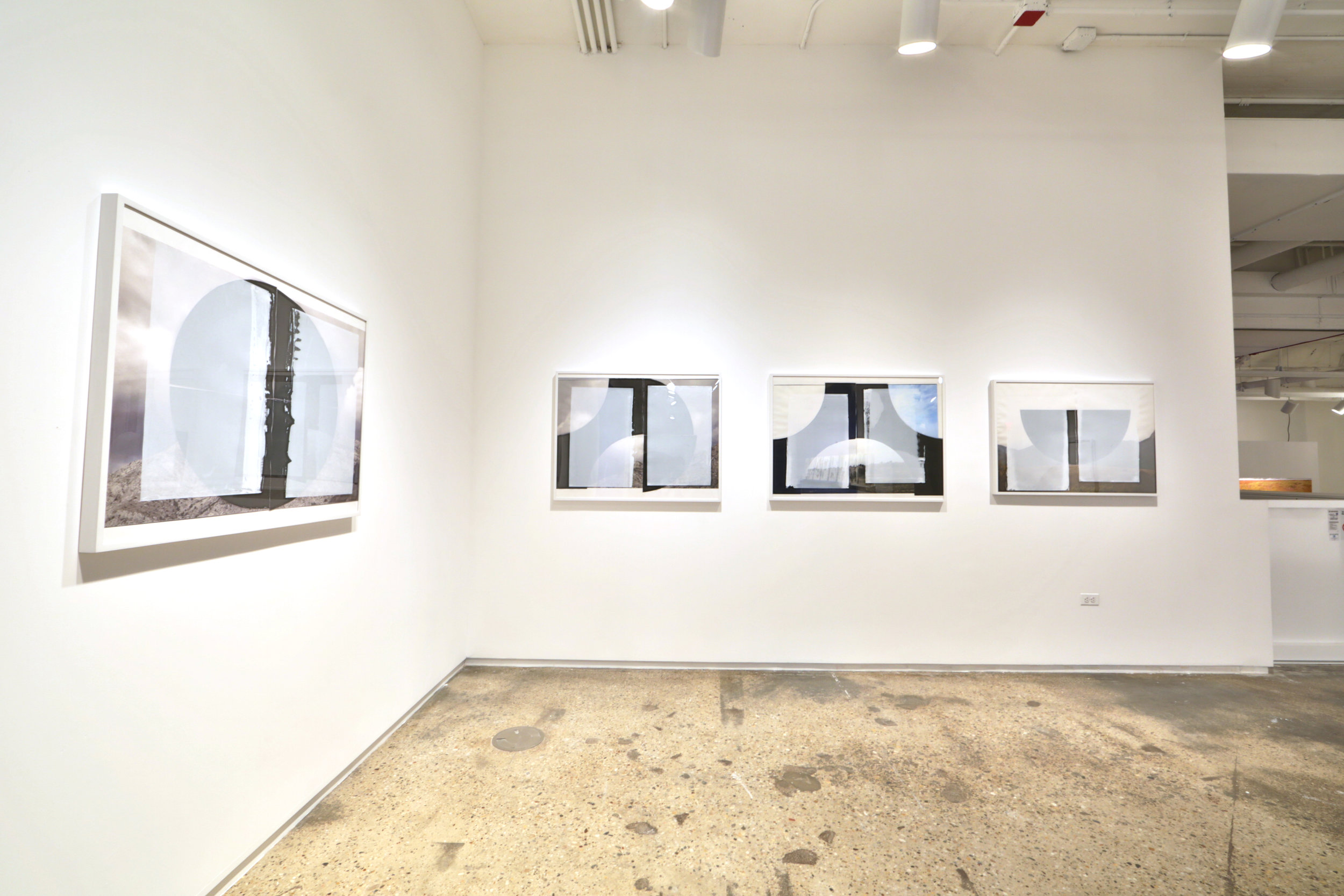
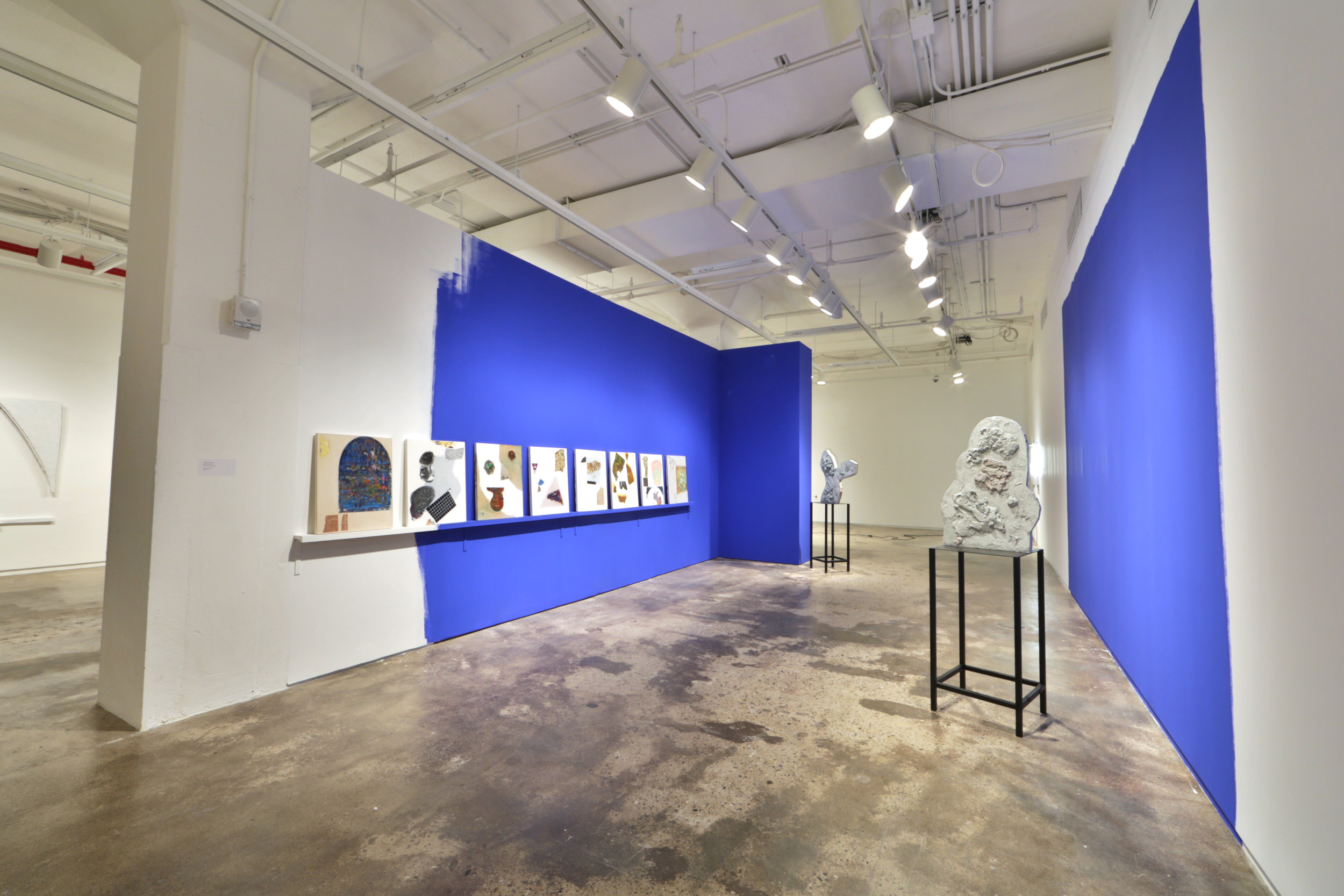
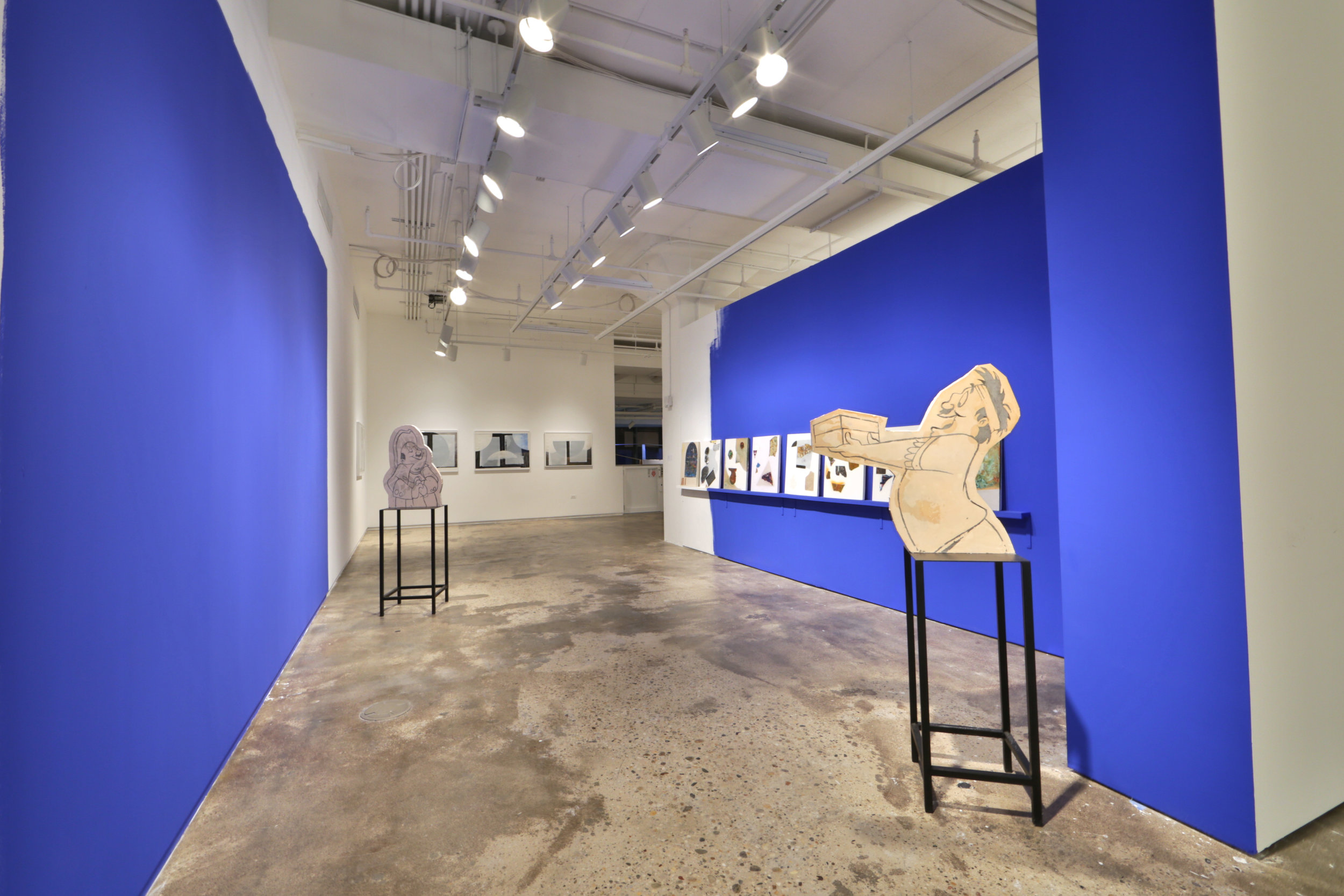
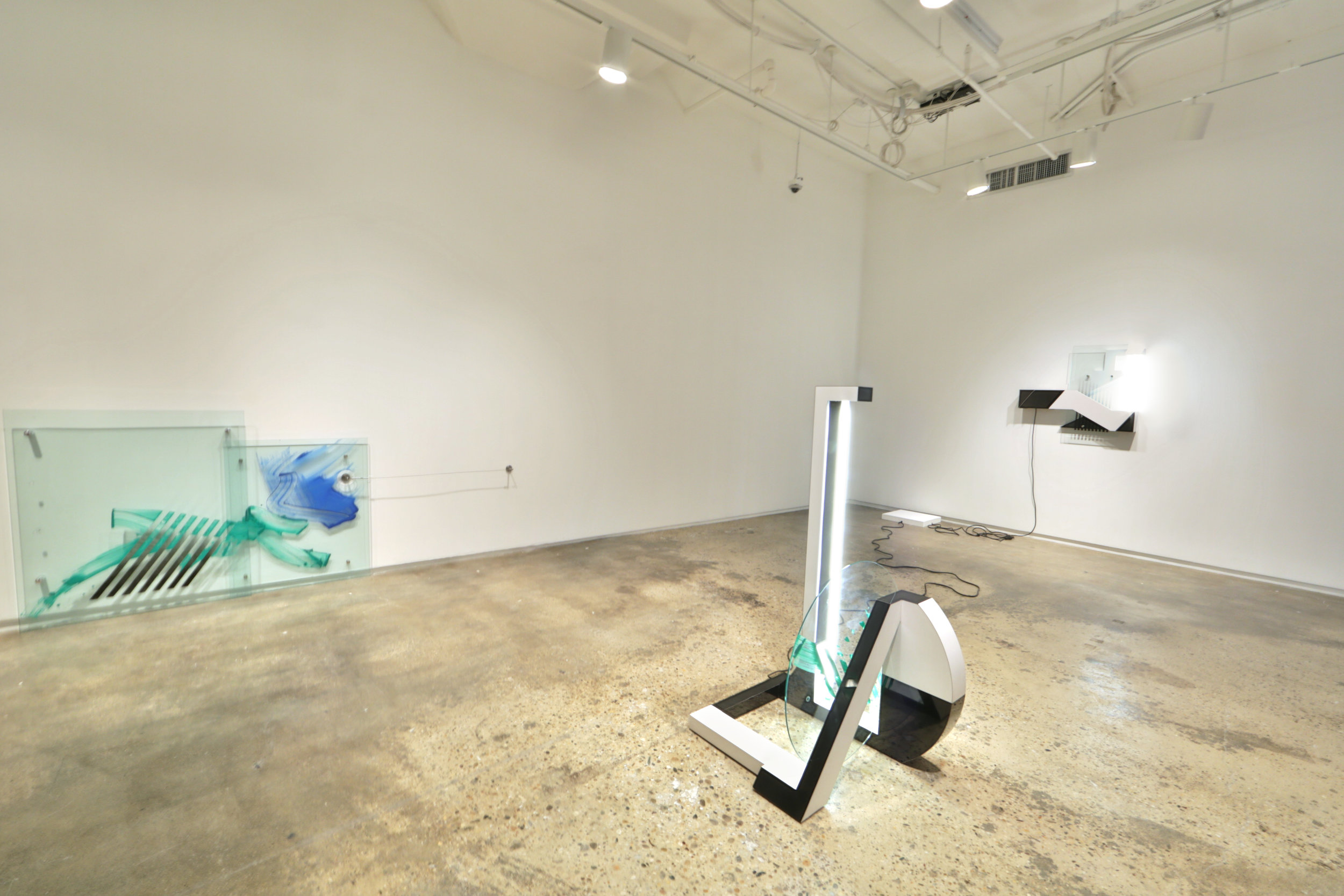
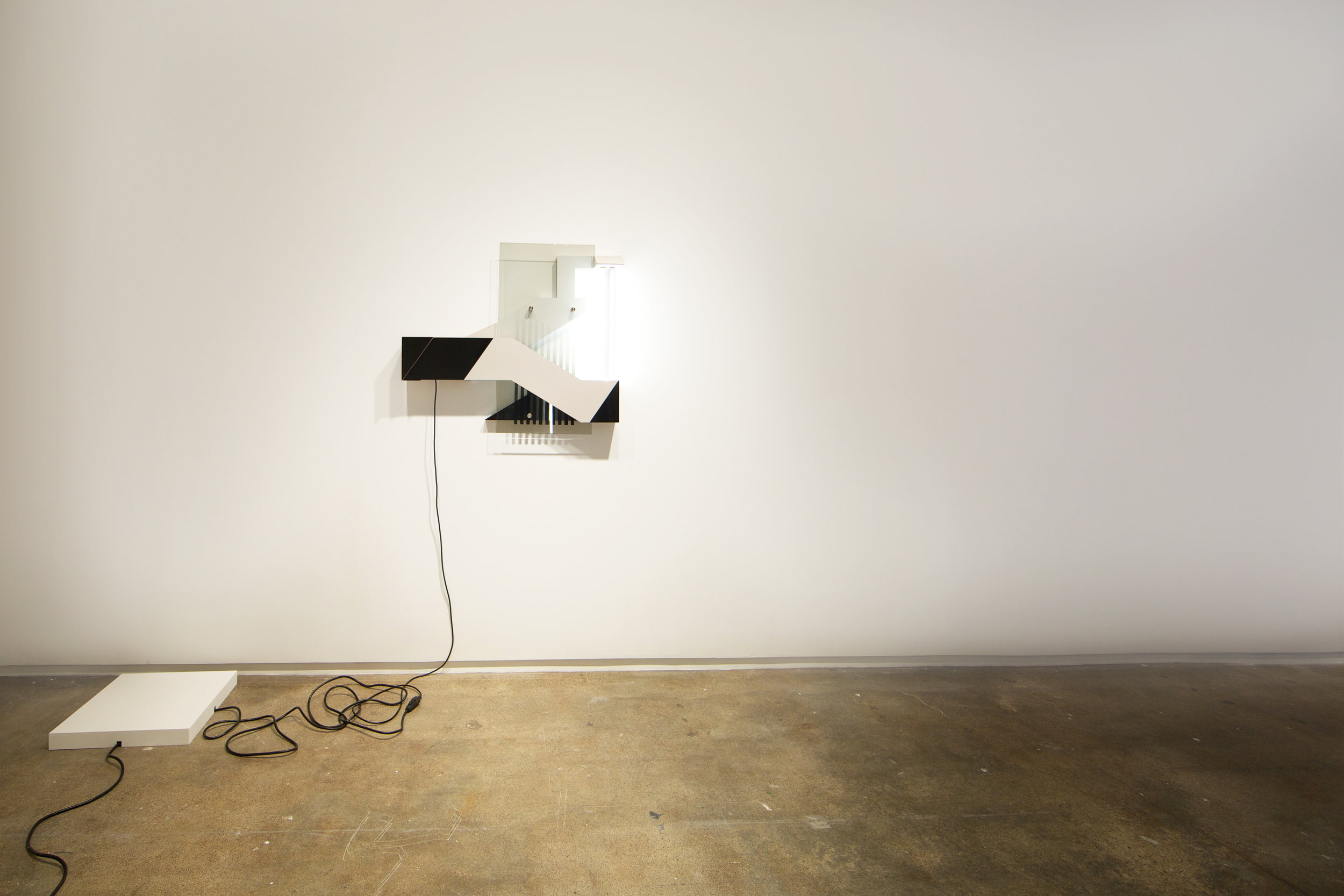
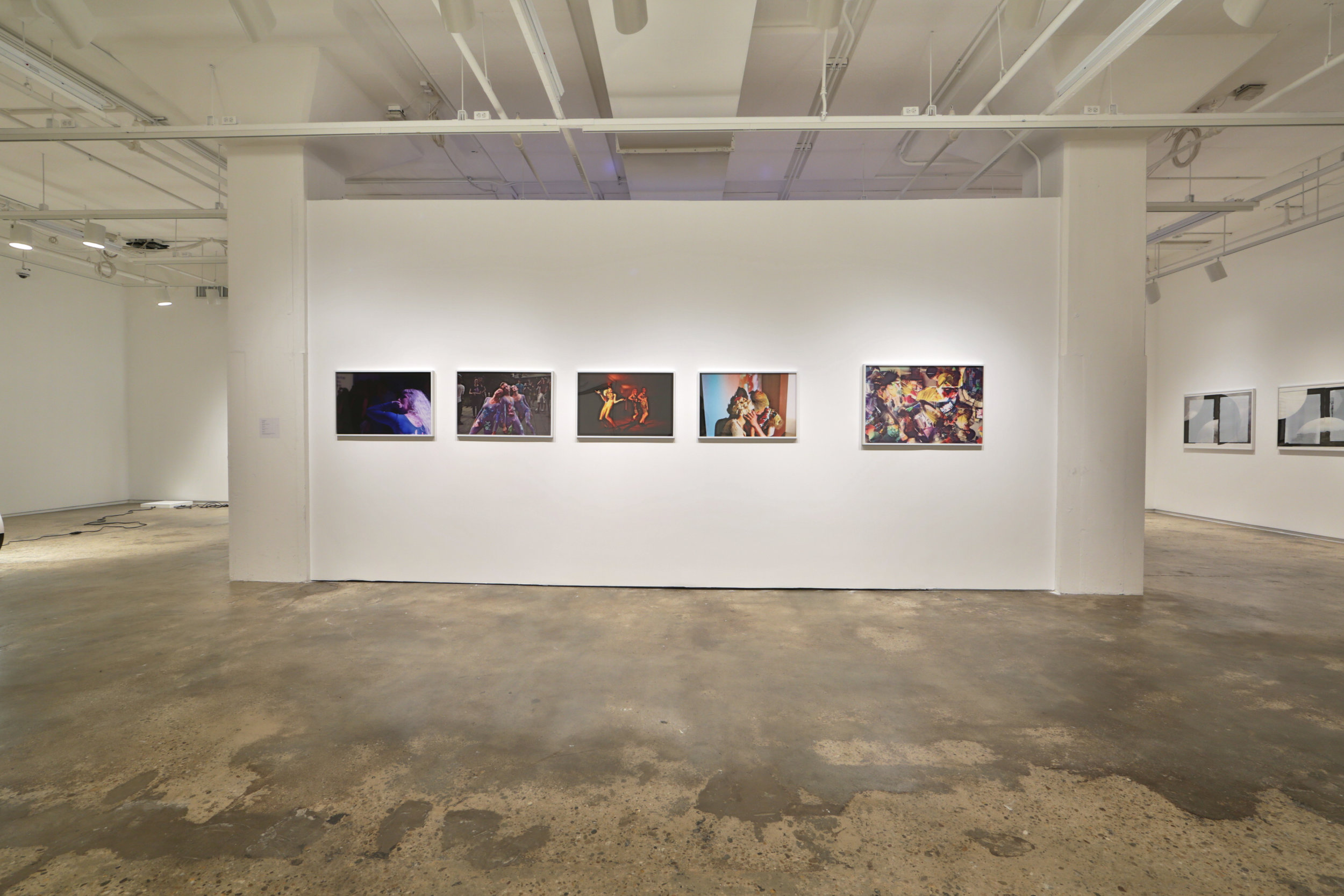
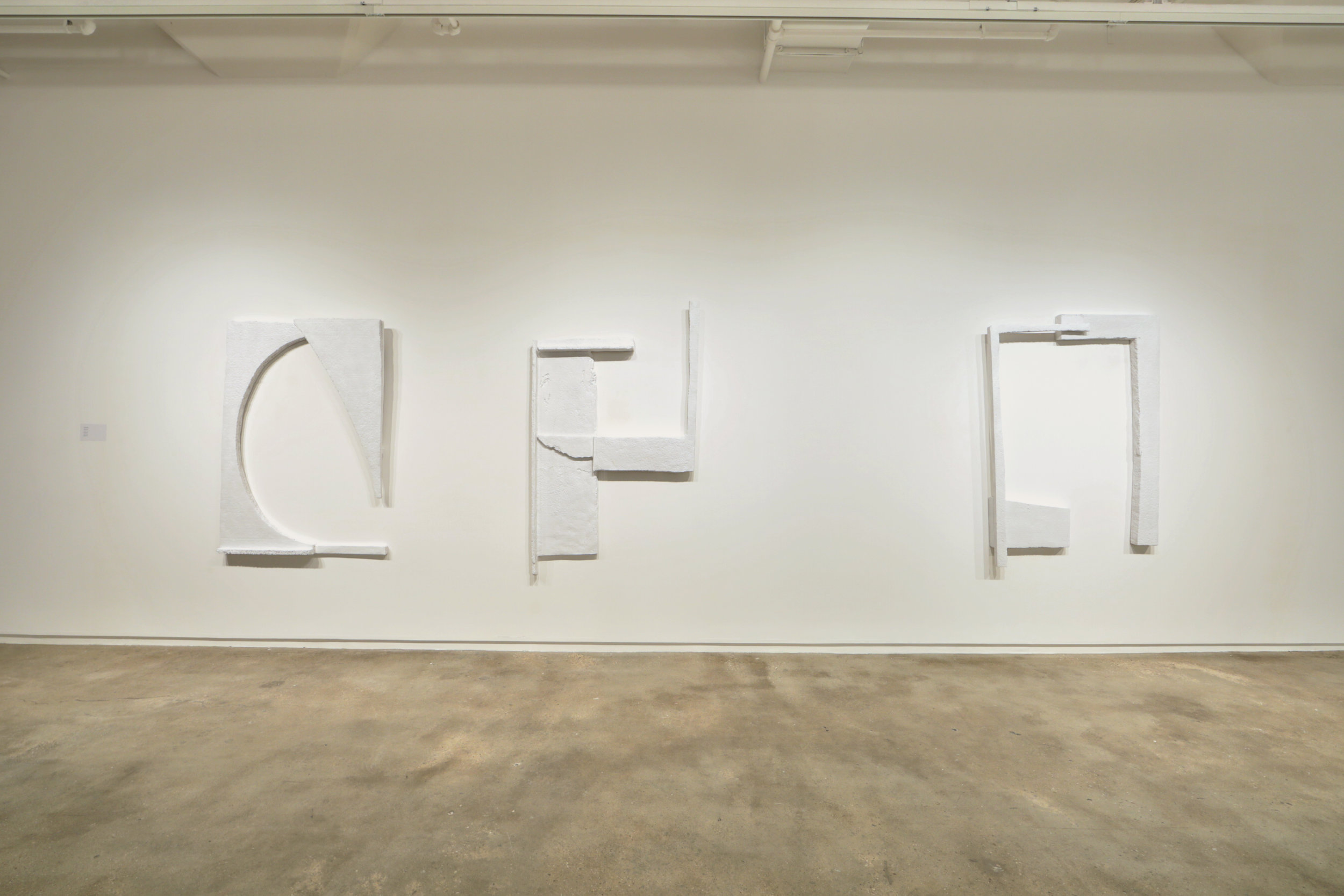
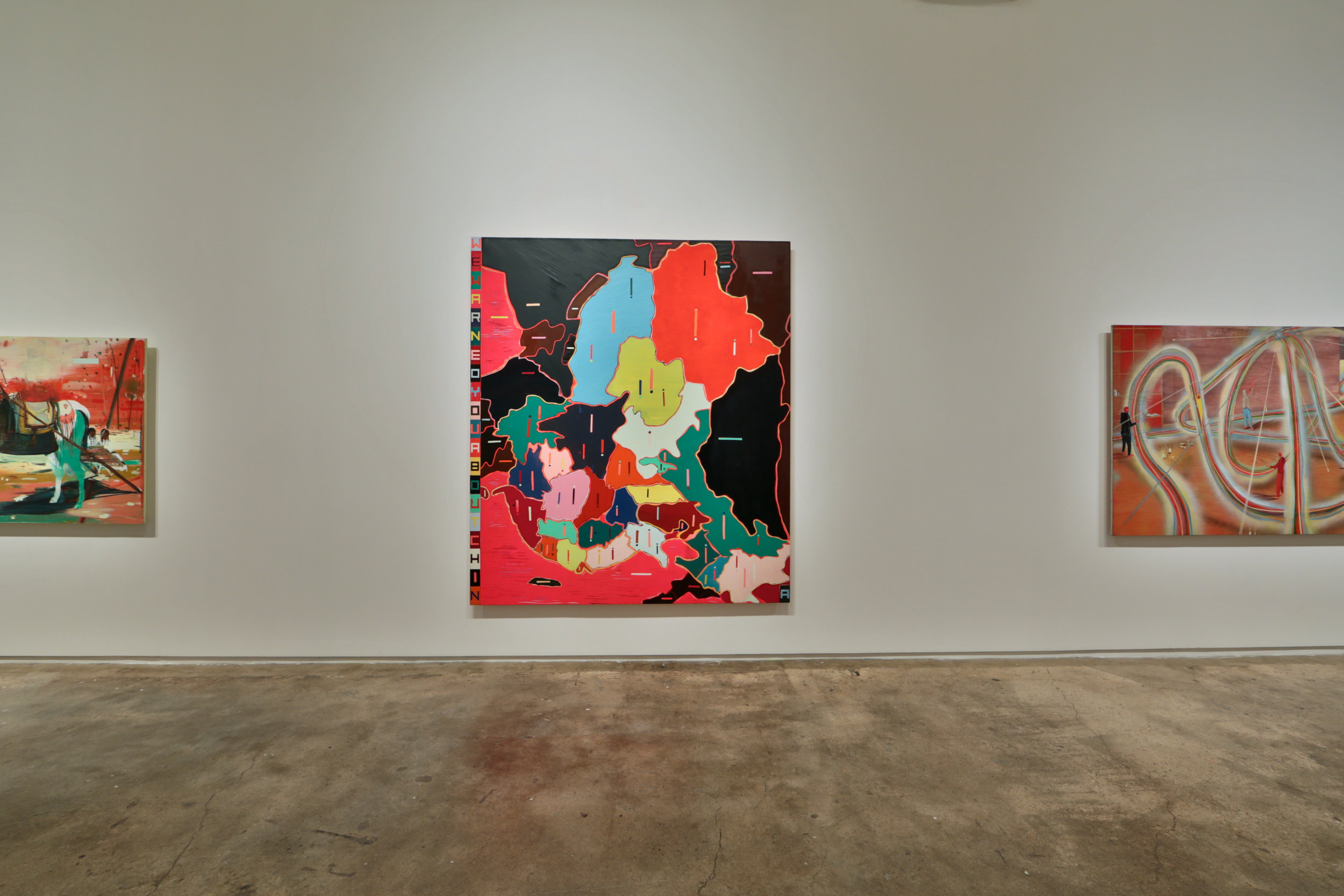
Another Place: The C12 Exhibition
Curated by MA candidates Sophia Alexandrov, Lindsay Aveilhe and Samantha Best
Organized by Sarah Watson and Annie Wischmeyer
September 18–October 18, 2014
Opening reception: September 17, 6–8pm
205 Hudson Gallery
Hunter College Art Galleries
205 Hudson Street
New York, NY 10013
Hours: Wednesday–Sunday, 1–6pm
Another Place: The C12 Exhibition presents the work of eight Hunter College MFA graduates from the past decade whose art practices redefine space: Jules de Balincourt, Emmy Catedral, Ryan Lauderdale, Rodrigo Lobos Huber, Cybele Lyle, Ryan McNamara, Carolyn Salas, and Denise Schatz. Through painting, sculpture, performance, and installation, these artists create alternative places that function within, but as a counterpoint to, society. Philosopher Michel Foucault calls such locales heterotopias—circumscribed areas that deviate from customary rules and behaviors.
As the first curated exhibition at Hunter College’s 205 Hudson Street building, Another Place also commemorates the MFA program’s recent move to Tribeca from 41st Street in Hell’s Kitchen, where the program had been located since 1989. All of the featured artists had studios in the old space, making this show a bridge between the old and the new and serving as a meditation on the power and transmutability of place.
Painter Jules de Balincourt‘s work renders familiar places unfamiliar and also provides a haven in his Bushwick studio for younger artists to experiment, despite an unforgiving economic climate. Cybele Lyle‘s projections onto architecture create queer spaces whose spatial negotiations are fluid and determined by each individual’s encounter with them. Ryan Lauderdale mines the past for abandoned styles and utopian ideals to sublimate into sculpture—constructions that play on the notion of the archive and reify discarded histories. Ryan McNamara‘s performative lecture condenses disparate immersive experiences into a single space and time. Carolyn Salas‘s post-minimalist sculptures playfully delineate the positive and negative planes, concurrently activating and deactivating space for the viewer. Rodrigo Lobos Huber‘s plaster tablets create microcosms out of disparate materials that, once united and flattened, form unlikely constellations. Emmy Catedral‘s “Amateur Astronomers Society of Voorhees” hosts salons and walking tours that examine instances of human success and failure at measuring and ordering the universe. Denise Schatz gives art a permanent place to exist within the pages of her artist books.
An artist book and publication designed by Denise Schatz will provide opportunities for further engagement with each artist’s practice through essays, images, and interviews focusing on their sensitivity to place, both while at Hunter College and since graduation. The exhibition’s public programming incorporates voices from the larger Hunter College MFA alumni community. A reading room installed within the gallery will display alumni’s artist books including Denise Schatz’s Miniature Gardens collection, alumni’s catalogs, and related publications. Another Place will also feature performances and events by Ryan McNamara and Emmy Catedral with Rotem Linial’s “Cinema Balash.”
Another Place is sponsored by Stephen King of C12 Capital.

Vistas Latinas: Archives of a Collective, 1989–2014
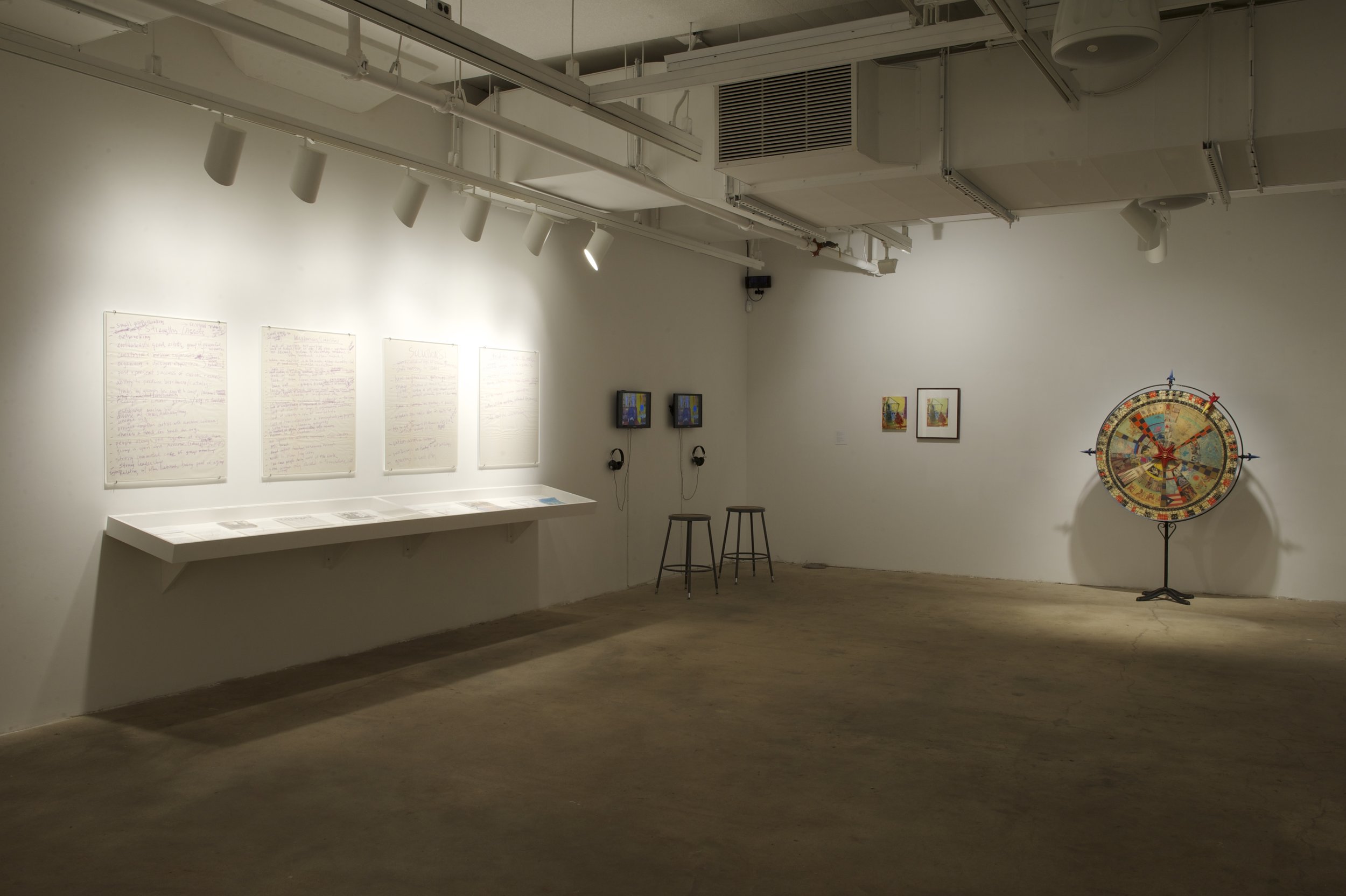
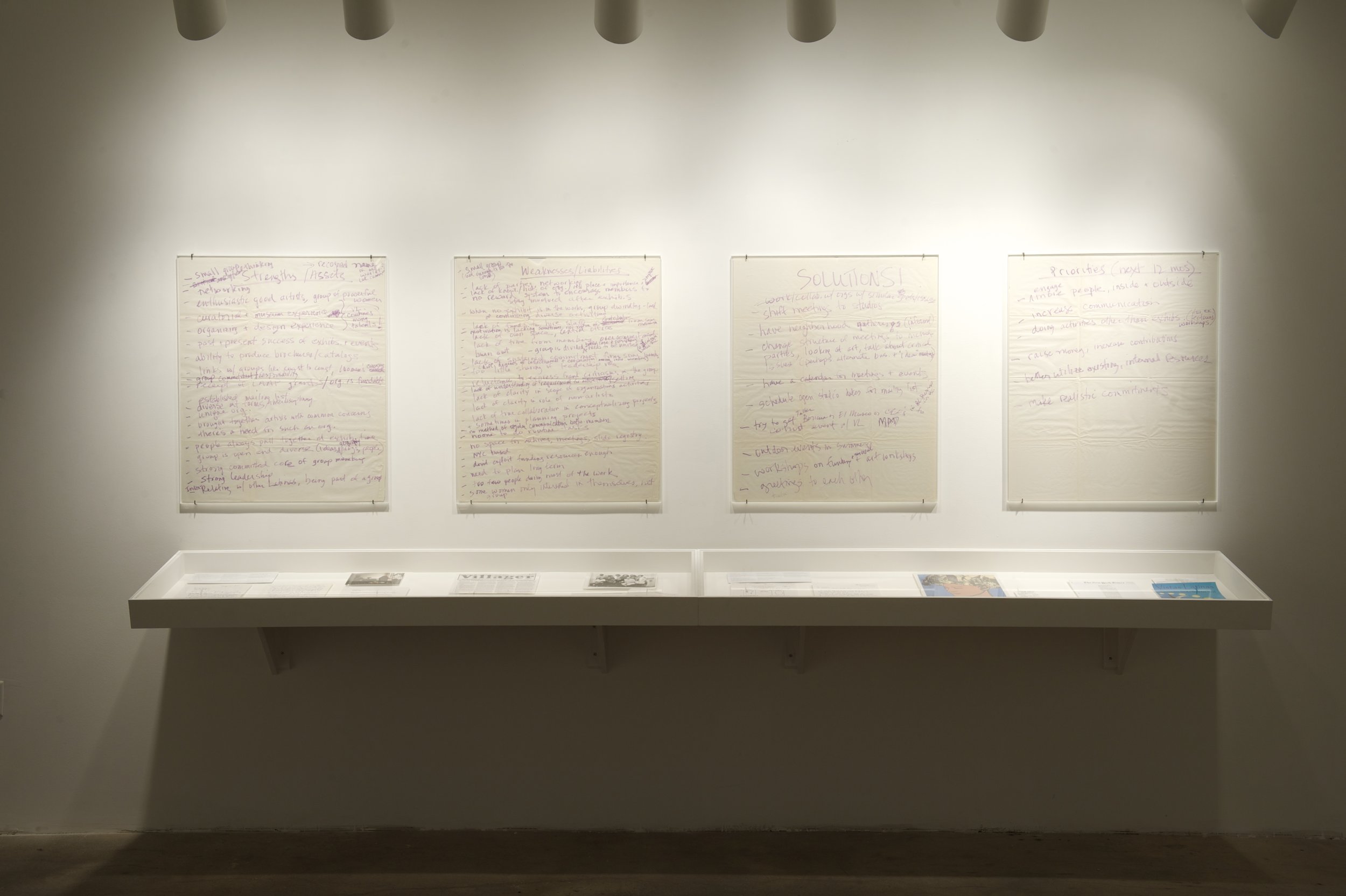
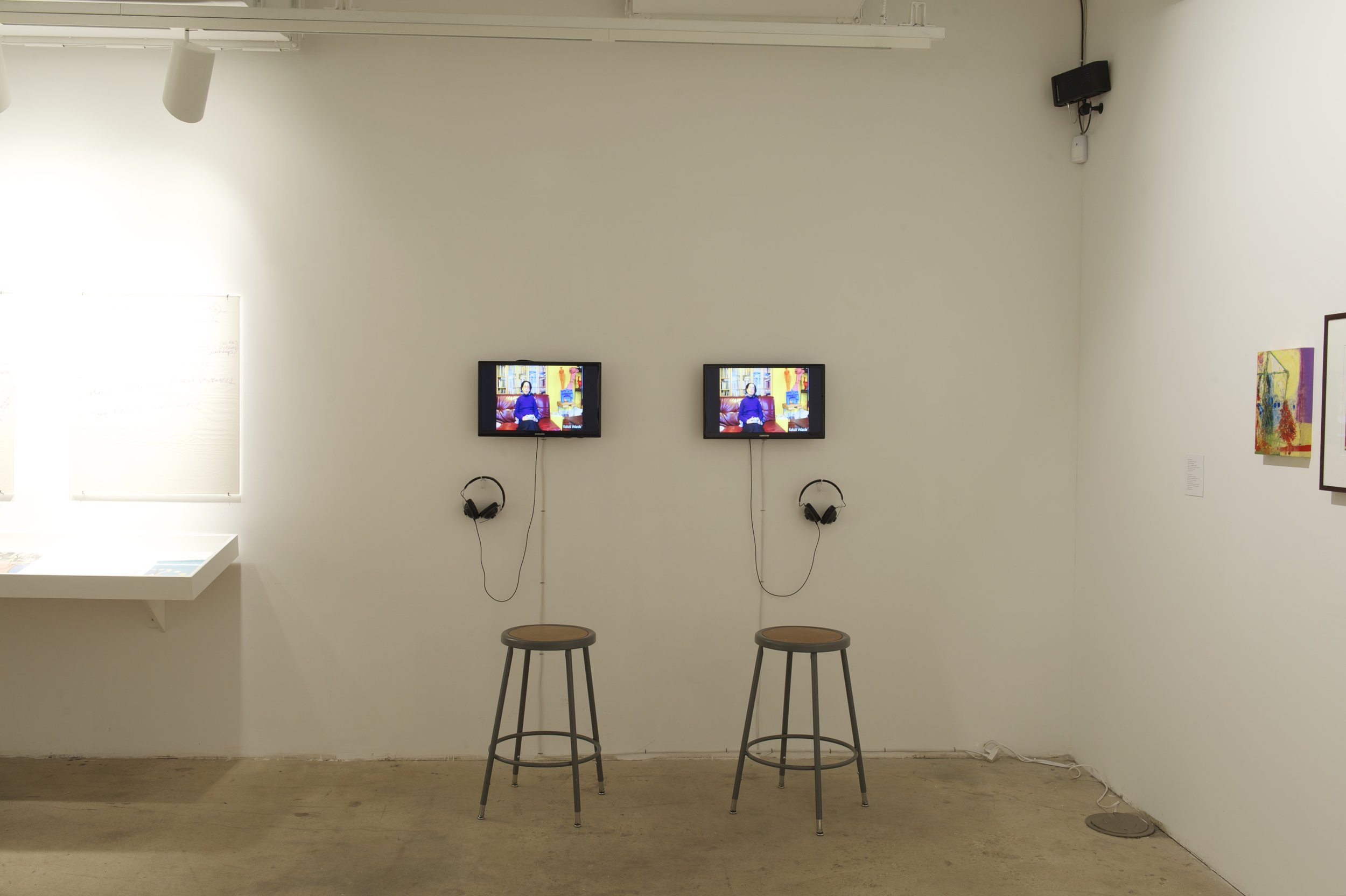
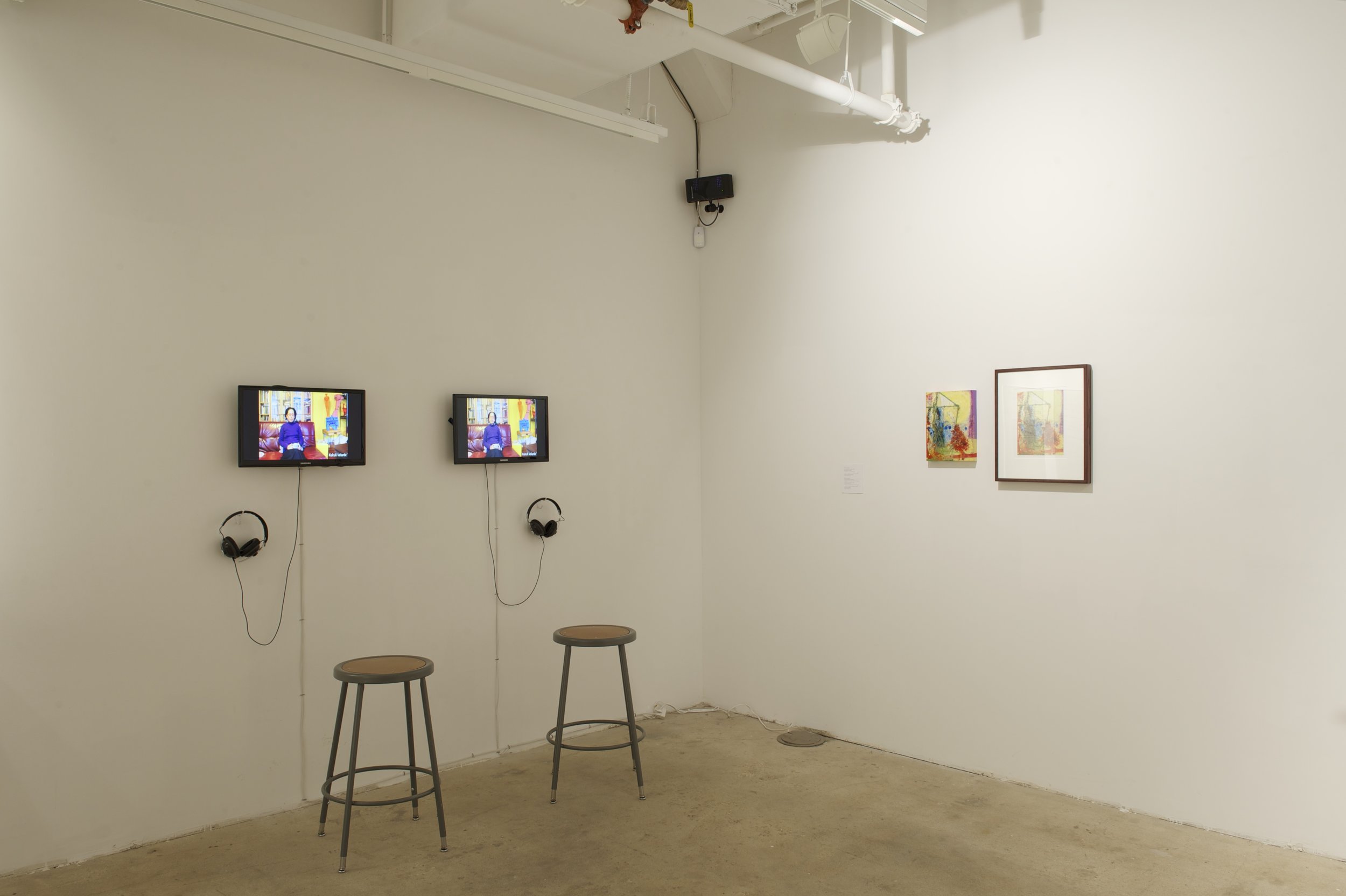
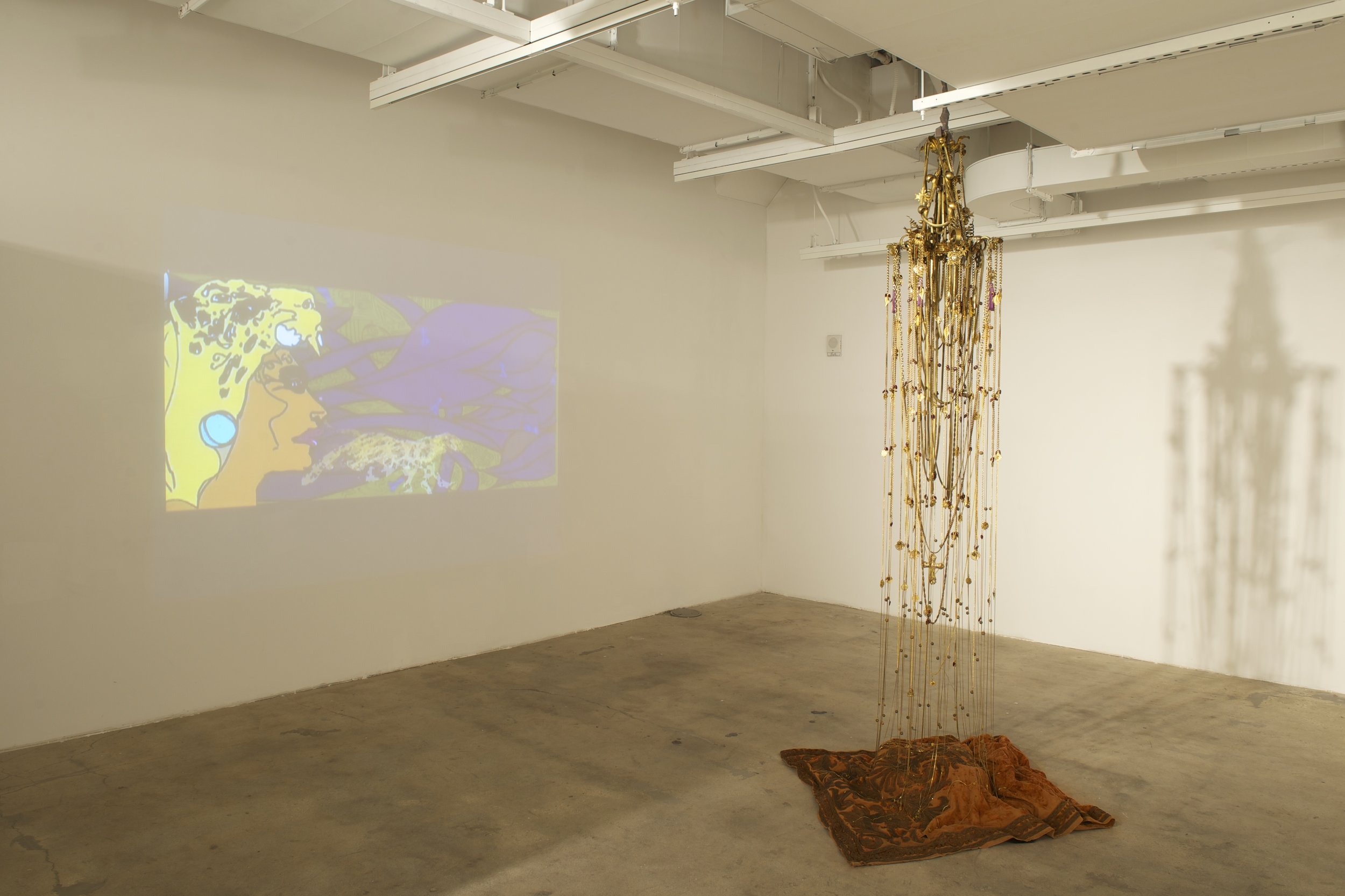

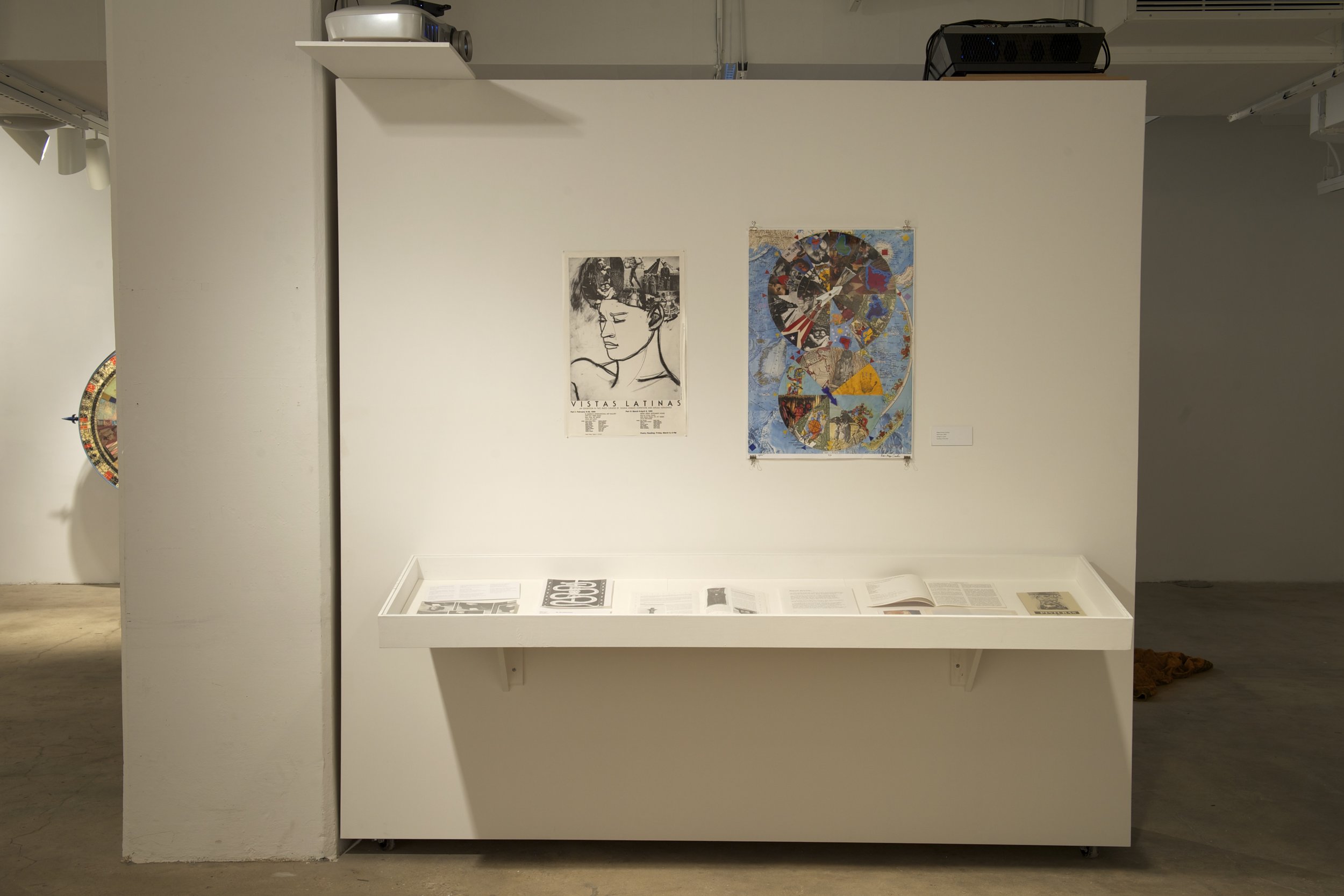
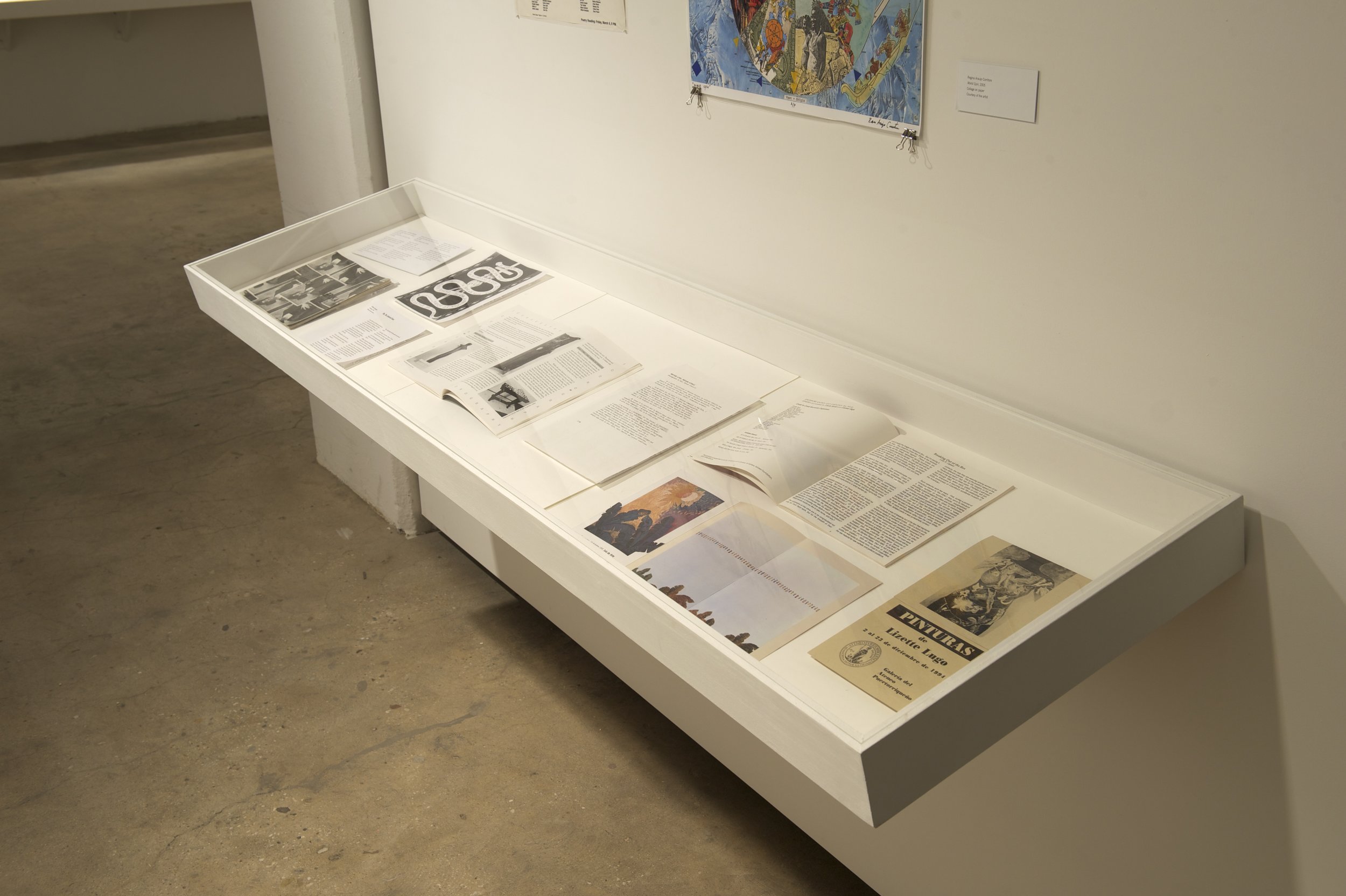
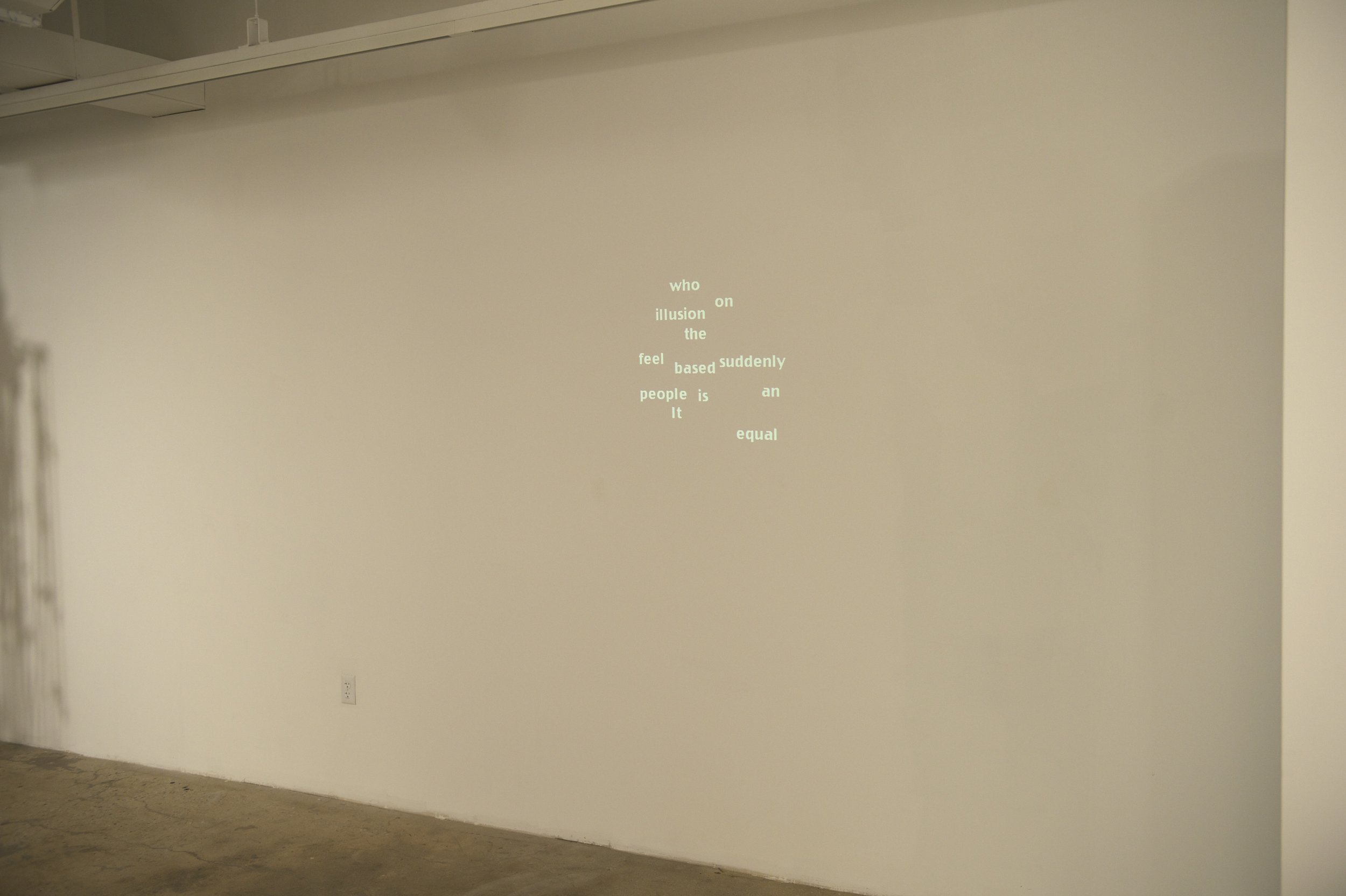

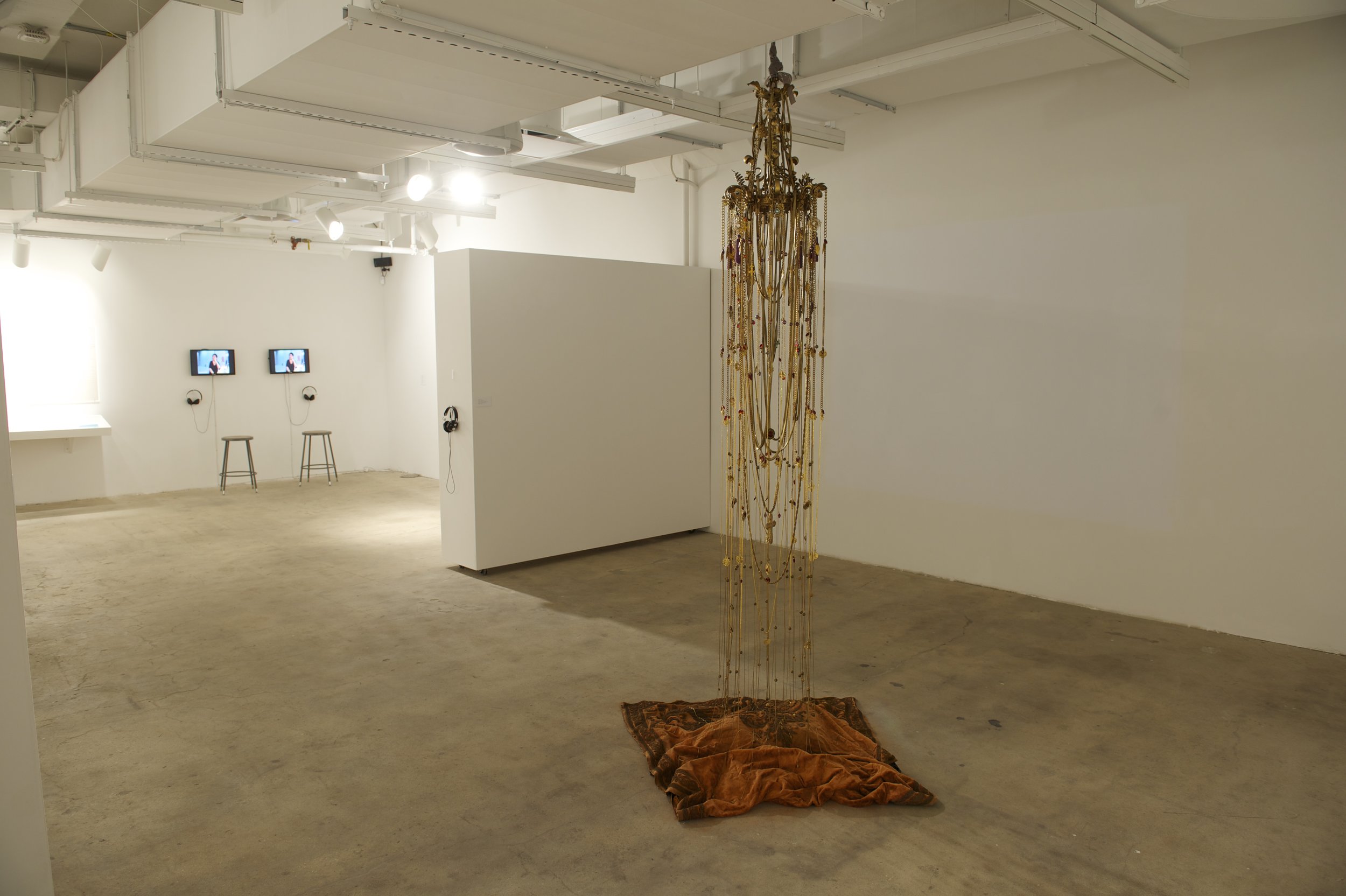
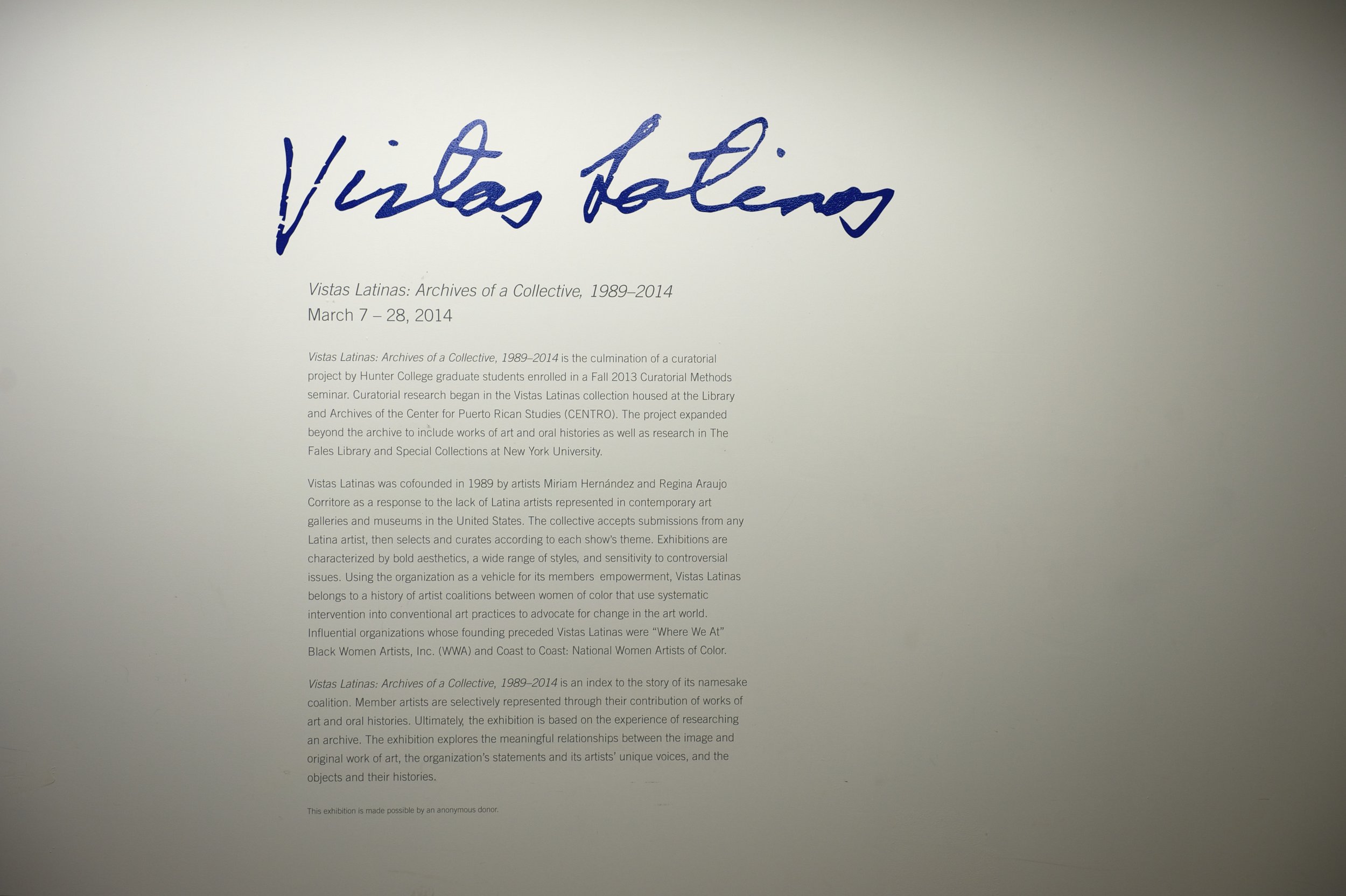
Installation view: Vistas Latinas: Archives of a Collective, 1989–2014, Hunter College Art Galleries, 2014. Photo by Louis Chan.
Vistas Latinas: Archives of a Collective, 1989–2014
Curated by Hunter College Graduate Students: Isaac Aden, Roman Cochet, Alicia Cooper, Christopher Chung, Renzo Ortega, Bahar Pour Tabatabaei and Catalina Viejo Lopez de Roda. Organized by Sarah Watson with Annie Wischmeyer
March 7–28, 2014
Opening Reception: Thursday, March 6, 6–8 pm
205 Hudson Gallery
Hunter College Art Galleries
205 Hudson Street
New York, NY 10013
Hours: Wednesday–Sunday, 1–6pm
Vistas Latinas: Archives of a Collective, 1989–2014 is the culmination of a curatorial project by Hunter College graduate students enrolled in a Fall 2013 Curatorial Methods seminar. Curatorial research began in the Vistas Latinas collection housed at the Library and Archives of the Center for Puerto Rican Studies (CENTRO). The project expanded beyond the archive to include works of art and oral histories, as well as research in The Fales Library and Special Collections at New York University.
Vistas Latinas was cofounded in 1989 by artists Miriam Hernández and Regina Araujo Corritore as a response to the lack of Latina artists represented in contemporary art galleries and museums in the United States. The collective accepts submissions from any Latina artist, then selects and curates according to each show’s theme. Exhibitions are characterized by bold aesthetics, a wide range of styles, and sensitivity to controversial issues. Using the organization as a vehicle for its members’ empowerment, Vistas Latinas belongs to a history of artist coalitions between women of color that use systematic intervention into conventional art practices to advocate for change in the art world. Influential organizations whose founding preceded Vistas Latinas were "Where We At" Black Women Artists, Inc. (WWA) and Coast to Coast: National Women Artists of Color.
Vistas Latinas: Archives of a Collective, 1989–2014 is an index to the story of its namesake coalition. Member artists are selectively represented through their contribution of works of art and oral histories. Ultimately, the exhibition is based on the experience of being in an archive. The exhibition explores the meaningful relationships between the image and original work of art, the organization’s statements and its artists’ unique voices, and the objects and their history.

